Fatimid caliph Stock Photos and Images
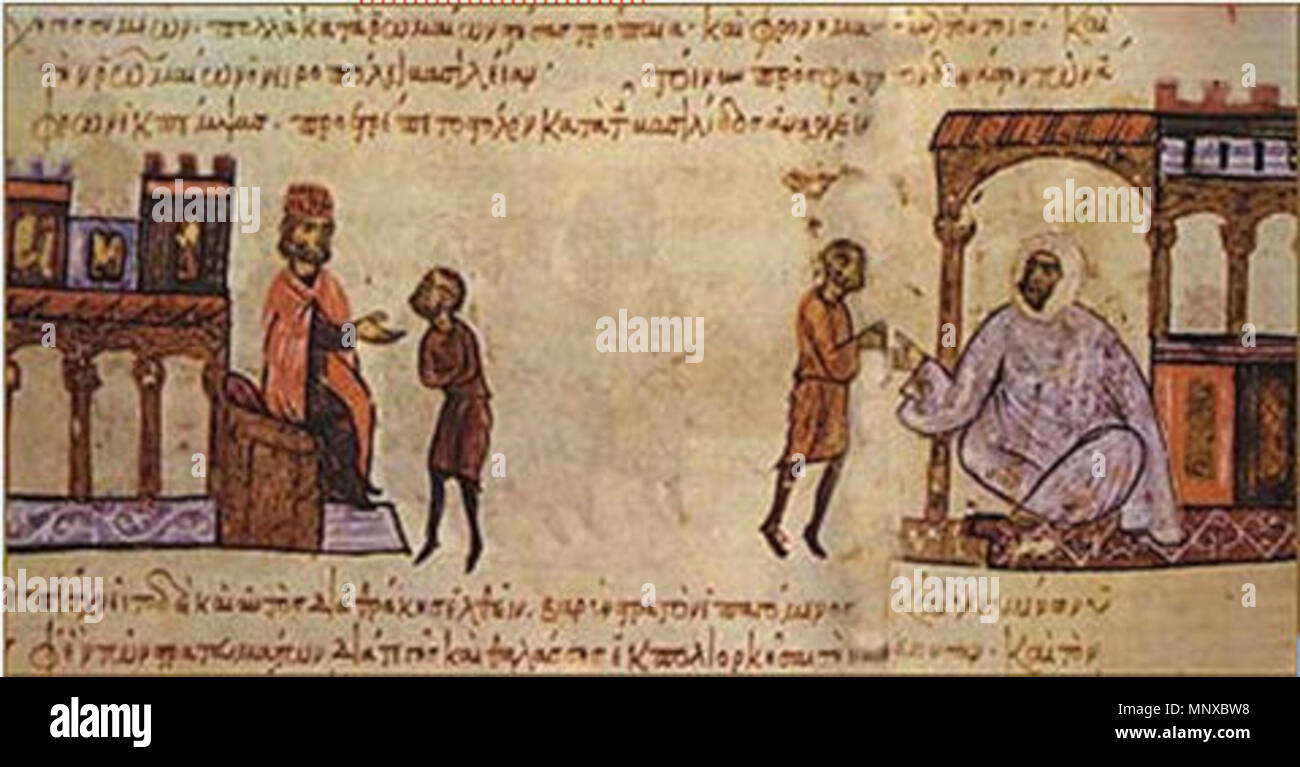 . Simeon I of Bulgaria sending envoys to the Fatimid Caliph Ubayd Allah al-Mahdi. Madrid Skylitzes . Original - 12th century. John Skylitzes 1128 Skylitzes Simeon sending envoys to the Fatimids Stock Photohttps://www.alamy.com/image-license-details/?v=1https://www.alamy.com/simeon-i-of-bulgaria-sending-envoys-to-the-fatimid-caliph-ubayd-allah-al-mahdi-madrid-skylitzes-original-12th-century-john-skylitzes-1128-skylitzes-simeon-sending-envoys-to-the-fatimids-image185591540.html
. Simeon I of Bulgaria sending envoys to the Fatimid Caliph Ubayd Allah al-Mahdi. Madrid Skylitzes . Original - 12th century. John Skylitzes 1128 Skylitzes Simeon sending envoys to the Fatimids Stock Photohttps://www.alamy.com/image-license-details/?v=1https://www.alamy.com/simeon-i-of-bulgaria-sending-envoys-to-the-fatimid-caliph-ubayd-allah-al-mahdi-madrid-skylitzes-original-12th-century-john-skylitzes-1128-skylitzes-simeon-sending-envoys-to-the-fatimids-image185591540.htmlRMMNXBW8–. Simeon I of Bulgaria sending envoys to the Fatimid Caliph Ubayd Allah al-Mahdi. Madrid Skylitzes . Original - 12th century. John Skylitzes 1128 Skylitzes Simeon sending envoys to the Fatimids
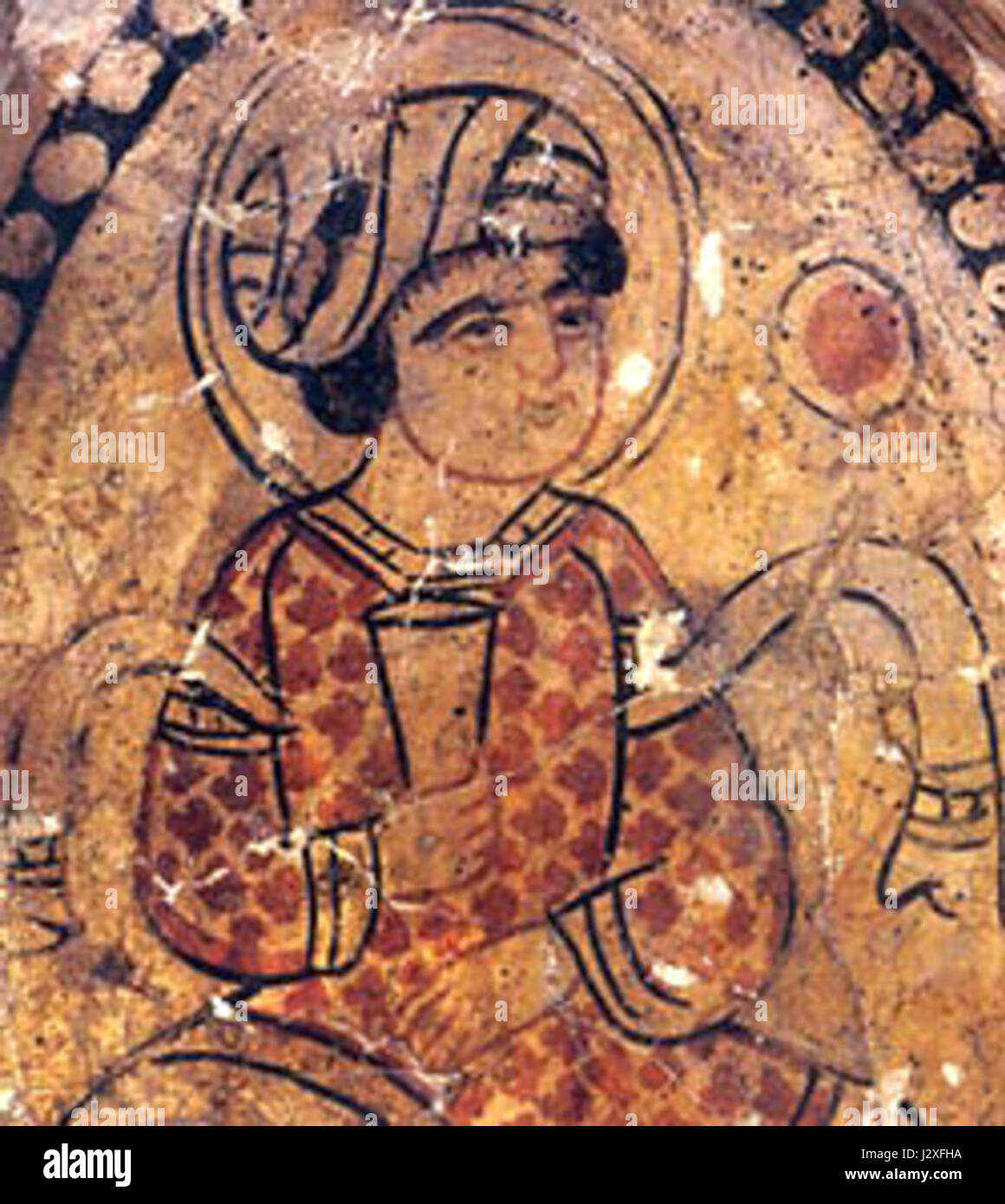 Al-Hakim bi-Amr Allah was the sixth Fatimid caliph who ruled from 996 to 1021. Known for his eccentric and controversial reign, he played a significant role in the political and religious history of the Fatimid dynasty in Egypt. His decisions impacted both governance and religious policies, influencing the dynamics of medieval Islamic power. Stock Photohttps://www.alamy.com/image-license-details/?v=1https://www.alamy.com/stock-photo-al-hakim-bi-amr-allah-was-the-sixth-fatimid-caliph-who-ruled-from-139495254.html
Al-Hakim bi-Amr Allah was the sixth Fatimid caliph who ruled from 996 to 1021. Known for his eccentric and controversial reign, he played a significant role in the political and religious history of the Fatimid dynasty in Egypt. His decisions impacted both governance and religious policies, influencing the dynamics of medieval Islamic power. Stock Photohttps://www.alamy.com/image-license-details/?v=1https://www.alamy.com/stock-photo-al-hakim-bi-amr-allah-was-the-sixth-fatimid-caliph-who-ruled-from-139495254.htmlRMJ2XFHA–Al-Hakim bi-Amr Allah was the sixth Fatimid caliph who ruled from 996 to 1021. Known for his eccentric and controversial reign, he played a significant role in the political and religious history of the Fatimid dynasty in Egypt. His decisions impacted both governance and religious policies, influencing the dynamics of medieval Islamic power.
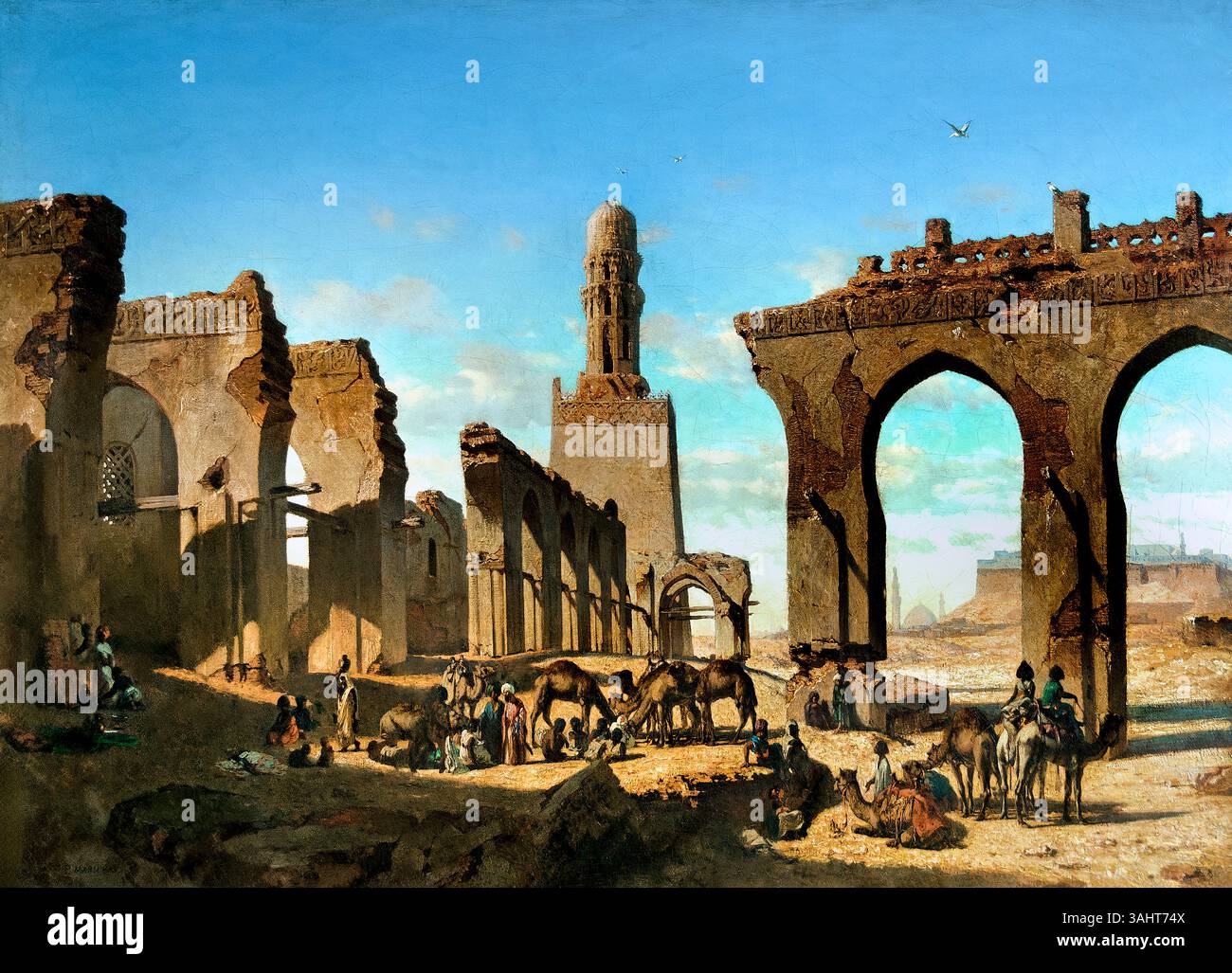 Ruins of the Mosque of the Caliph Hakim in Cairo - Ruines de la mosquée du khalife Hakem au Caire by Prosper MARILHAT1811-1847, Louvre Paris, Fine Art Museum, France, ( Mosque of al-Hakim bi-Amr Allah is the fourth oldest mosque in Egypt, and the second largest after the Mosque of ibn Tulun. The construction of the mosque was begun by al-Hakim’s father, the Fatimid Caliph al-Aziz bi Allah in 380 AH/990 AD, ) Stock Photohttps://www.alamy.com/image-license-details/?v=1https://www.alamy.com/ruins-of-the-mosque-of-the-caliph-hakim-in-cairo-ruines-de-la-mosque-du-khalife-hakem-au-caire-by-prosper-marilhat1811-1847-louvre-paris-fine-art-museum-france-mosque-of-al-hakim-bi-amr-allah-is-the-fourth-oldest-mosque-in-egypt-and-the-second-largest-after-the-mosque-of-ibn-tulun-the-construction-of-the-mosque-was-begun-by-al-hakims-father-the-fatimid-caliph-al-aziz-bi-allah-in-380-ah990-ad-image664975610.html
Ruins of the Mosque of the Caliph Hakim in Cairo - Ruines de la mosquée du khalife Hakem au Caire by Prosper MARILHAT1811-1847, Louvre Paris, Fine Art Museum, France, ( Mosque of al-Hakim bi-Amr Allah is the fourth oldest mosque in Egypt, and the second largest after the Mosque of ibn Tulun. The construction of the mosque was begun by al-Hakim’s father, the Fatimid Caliph al-Aziz bi Allah in 380 AH/990 AD, ) Stock Photohttps://www.alamy.com/image-license-details/?v=1https://www.alamy.com/ruins-of-the-mosque-of-the-caliph-hakim-in-cairo-ruines-de-la-mosque-du-khalife-hakem-au-caire-by-prosper-marilhat1811-1847-louvre-paris-fine-art-museum-france-mosque-of-al-hakim-bi-amr-allah-is-the-fourth-oldest-mosque-in-egypt-and-the-second-largest-after-the-mosque-of-ibn-tulun-the-construction-of-the-mosque-was-begun-by-al-hakims-father-the-fatimid-caliph-al-aziz-bi-allah-in-380-ah990-ad-image664975610.htmlRM3AHT74X–Ruins of the Mosque of the Caliph Hakim in Cairo - Ruines de la mosquée du khalife Hakem au Caire by Prosper MARILHAT1811-1847, Louvre Paris, Fine Art Museum, France, ( Mosque of al-Hakim bi-Amr Allah is the fourth oldest mosque in Egypt, and the second largest after the Mosque of ibn Tulun. The construction of the mosque was begun by al-Hakim’s father, the Fatimid Caliph al-Aziz bi Allah in 380 AH/990 AD, )
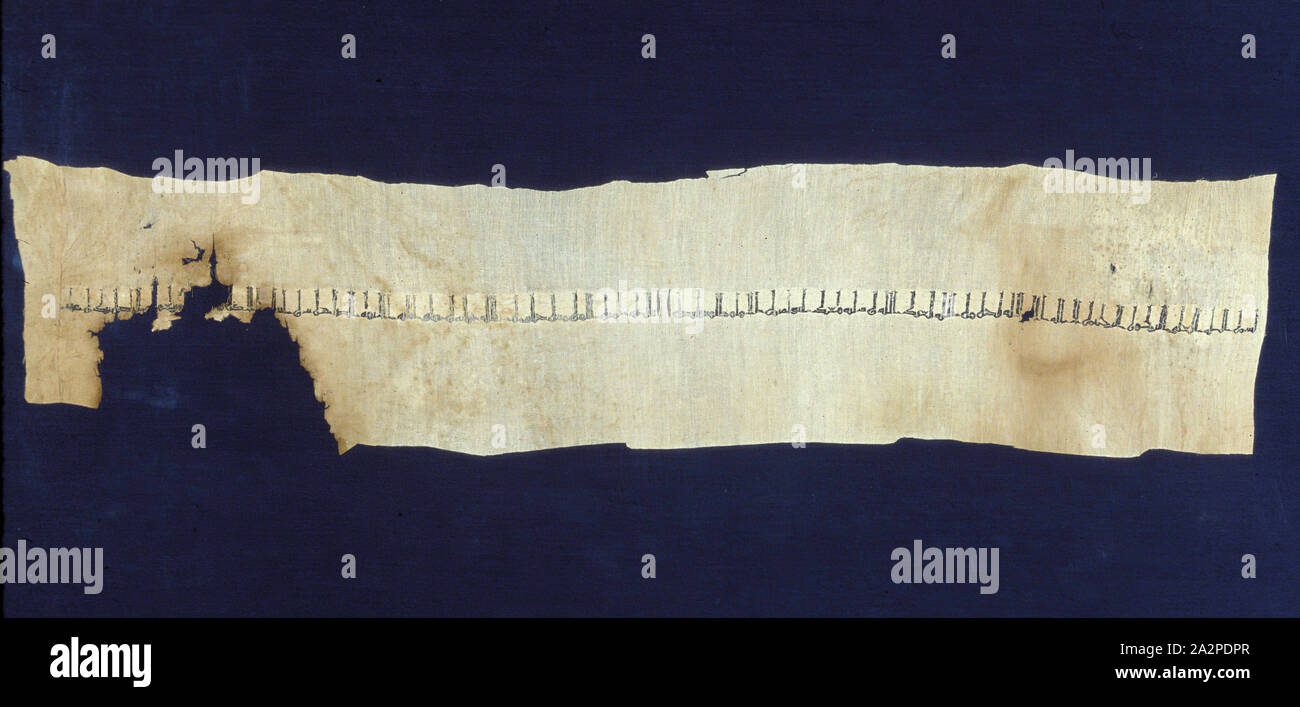 Islamic, Egyptian, Fragment of a Tiraz Textile Made for the Fatimid Caliph al-Mustansir bi'llah, 1035/1094, Linen and silk threads, 10 1/2 x 46 1/8 in Stock Photohttps://www.alamy.com/image-license-details/?v=1https://www.alamy.com/islamic-egyptian-fragment-of-a-tiraz-textile-made-for-the-fatimid-caliph-al-mustansir-billah-10351094-linen-and-silk-threads-10-12-x-46-18-in-image328720079.html
Islamic, Egyptian, Fragment of a Tiraz Textile Made for the Fatimid Caliph al-Mustansir bi'llah, 1035/1094, Linen and silk threads, 10 1/2 x 46 1/8 in Stock Photohttps://www.alamy.com/image-license-details/?v=1https://www.alamy.com/islamic-egyptian-fragment-of-a-tiraz-textile-made-for-the-fatimid-caliph-al-mustansir-billah-10351094-linen-and-silk-threads-10-12-x-46-18-in-image328720079.htmlRM2A2PDPR–Islamic, Egyptian, Fragment of a Tiraz Textile Made for the Fatimid Caliph al-Mustansir bi'llah, 1035/1094, Linen and silk threads, 10 1/2 x 46 1/8 in
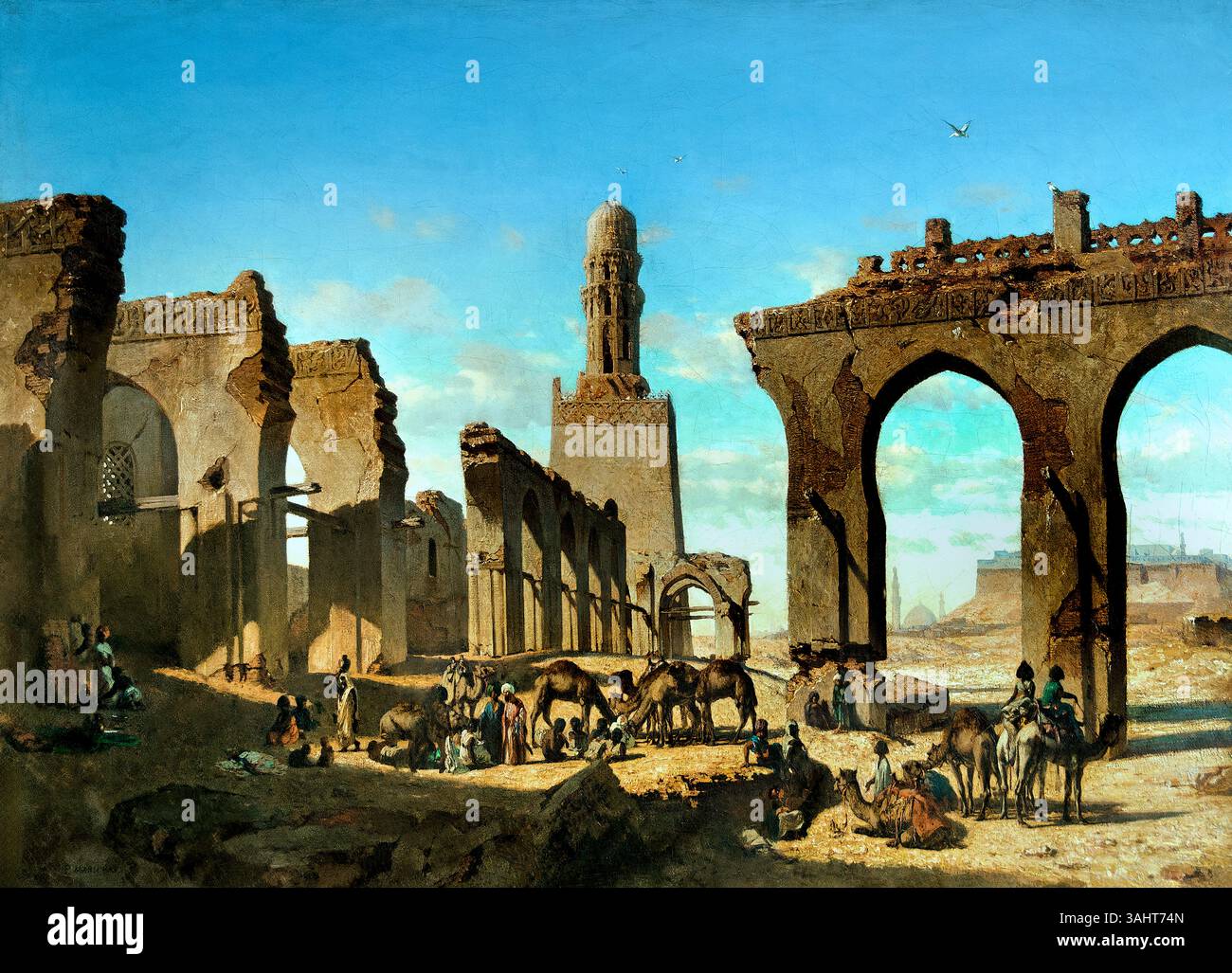 Ruins of the Mosque of the Caliph Hakim in Cairo - Ruines de la mosquée du khalife Hakem au Caire by Prosper MARILHAT1811-1847, Louvre Paris, Fine Art Museum, France, ( Mosque of al-Hakim bi-Amr Allah is the fourth oldest mosque in Egypt, and the second largest after the Mosque of ibn Tulun. The construction of the mosque was begun by al-Hakim’s father, the Fatimid Caliph al-Aziz bi Allah in 380 AH/990 AD, ) Stock Photohttps://www.alamy.com/image-license-details/?v=1https://www.alamy.com/ruins-of-the-mosque-of-the-caliph-hakim-in-cairo-ruines-de-la-mosque-du-khalife-hakem-au-caire-by-prosper-marilhat1811-1847-louvre-paris-fine-art-museum-france-mosque-of-al-hakim-bi-amr-allah-is-the-fourth-oldest-mosque-in-egypt-and-the-second-largest-after-the-mosque-of-ibn-tulun-the-construction-of-the-mosque-was-begun-by-al-hakims-father-the-fatimid-caliph-al-aziz-bi-allah-in-380-ah990-ad-image664975605.html
Ruins of the Mosque of the Caliph Hakim in Cairo - Ruines de la mosquée du khalife Hakem au Caire by Prosper MARILHAT1811-1847, Louvre Paris, Fine Art Museum, France, ( Mosque of al-Hakim bi-Amr Allah is the fourth oldest mosque in Egypt, and the second largest after the Mosque of ibn Tulun. The construction of the mosque was begun by al-Hakim’s father, the Fatimid Caliph al-Aziz bi Allah in 380 AH/990 AD, ) Stock Photohttps://www.alamy.com/image-license-details/?v=1https://www.alamy.com/ruins-of-the-mosque-of-the-caliph-hakim-in-cairo-ruines-de-la-mosque-du-khalife-hakem-au-caire-by-prosper-marilhat1811-1847-louvre-paris-fine-art-museum-france-mosque-of-al-hakim-bi-amr-allah-is-the-fourth-oldest-mosque-in-egypt-and-the-second-largest-after-the-mosque-of-ibn-tulun-the-construction-of-the-mosque-was-begun-by-al-hakims-father-the-fatimid-caliph-al-aziz-bi-allah-in-380-ah990-ad-image664975605.htmlRM3AHT74N–Ruins of the Mosque of the Caliph Hakim in Cairo - Ruines de la mosquée du khalife Hakem au Caire by Prosper MARILHAT1811-1847, Louvre Paris, Fine Art Museum, France, ( Mosque of al-Hakim bi-Amr Allah is the fourth oldest mosque in Egypt, and the second largest after the Mosque of ibn Tulun. The construction of the mosque was begun by al-Hakim’s father, the Fatimid Caliph al-Aziz bi Allah in 380 AH/990 AD, )
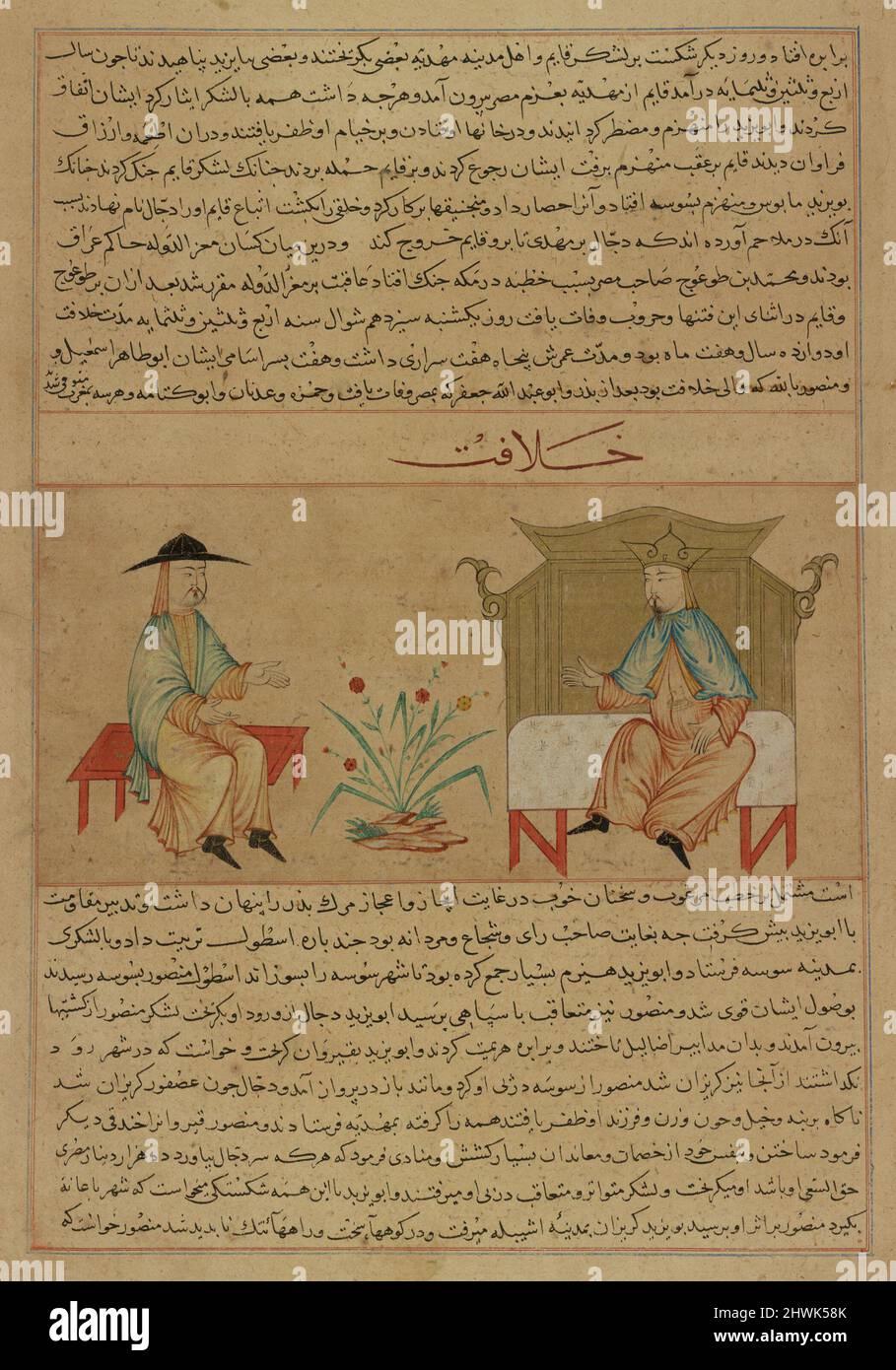 Mansur, Fatimid Caliph of Egypt, from a manuscript of Hafiz-i Abru’s Majma’ al-tawarikh Stock Photohttps://www.alamy.com/image-license-details/?v=1https://www.alamy.com/mansur-fatimid-caliph-of-egypt-from-a-manuscript-of-hafiz-i-abrus-majmaal-tawarikh-image463257219.html
Mansur, Fatimid Caliph of Egypt, from a manuscript of Hafiz-i Abru’s Majma’ al-tawarikh Stock Photohttps://www.alamy.com/image-license-details/?v=1https://www.alamy.com/mansur-fatimid-caliph-of-egypt-from-a-manuscript-of-hafiz-i-abrus-majmaal-tawarikh-image463257219.htmlRM2HWK58K–Mansur, Fatimid Caliph of Egypt, from a manuscript of Hafiz-i Abru’s Majma’ al-tawarikh
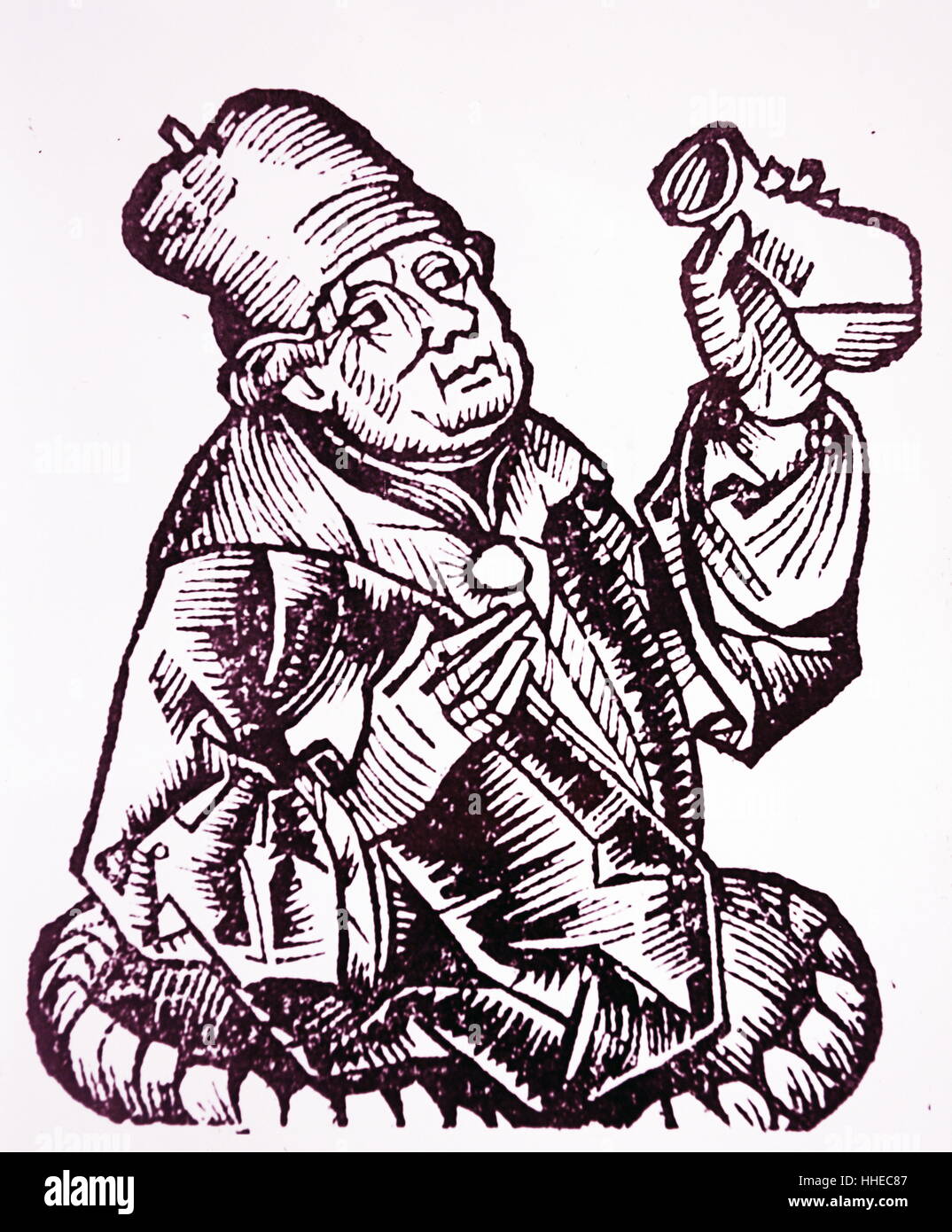 Masawaih al-Mardini (Yahy? ibn Masawaih al-Mardini; known as Mesue the Younger) was a Syrian physician. He was born in Mardin, Upper Mesopotamia. After working in Baghdad, he entered to the service of the Fatimid caliph Al-Hakim bi-Amr Allah. He died in 1015 in Cairo at the age of ninety Stock Photohttps://www.alamy.com/image-license-details/?v=1https://www.alamy.com/stock-photo-masawaih-al-mardini-yahy-ibn-masawaih-al-mardini-known-as-mesue-the-131238695.html
Masawaih al-Mardini (Yahy? ibn Masawaih al-Mardini; known as Mesue the Younger) was a Syrian physician. He was born in Mardin, Upper Mesopotamia. After working in Baghdad, he entered to the service of the Fatimid caliph Al-Hakim bi-Amr Allah. He died in 1015 in Cairo at the age of ninety Stock Photohttps://www.alamy.com/image-license-details/?v=1https://www.alamy.com/stock-photo-masawaih-al-mardini-yahy-ibn-masawaih-al-mardini-known-as-mesue-the-131238695.htmlRMHHEC87–Masawaih al-Mardini (Yahy? ibn Masawaih al-Mardini; known as Mesue the Younger) was a Syrian physician. He was born in Mardin, Upper Mesopotamia. After working in Baghdad, he entered to the service of the Fatimid caliph Al-Hakim bi-Amr Allah. He died in 1015 in Cairo at the age of ninety
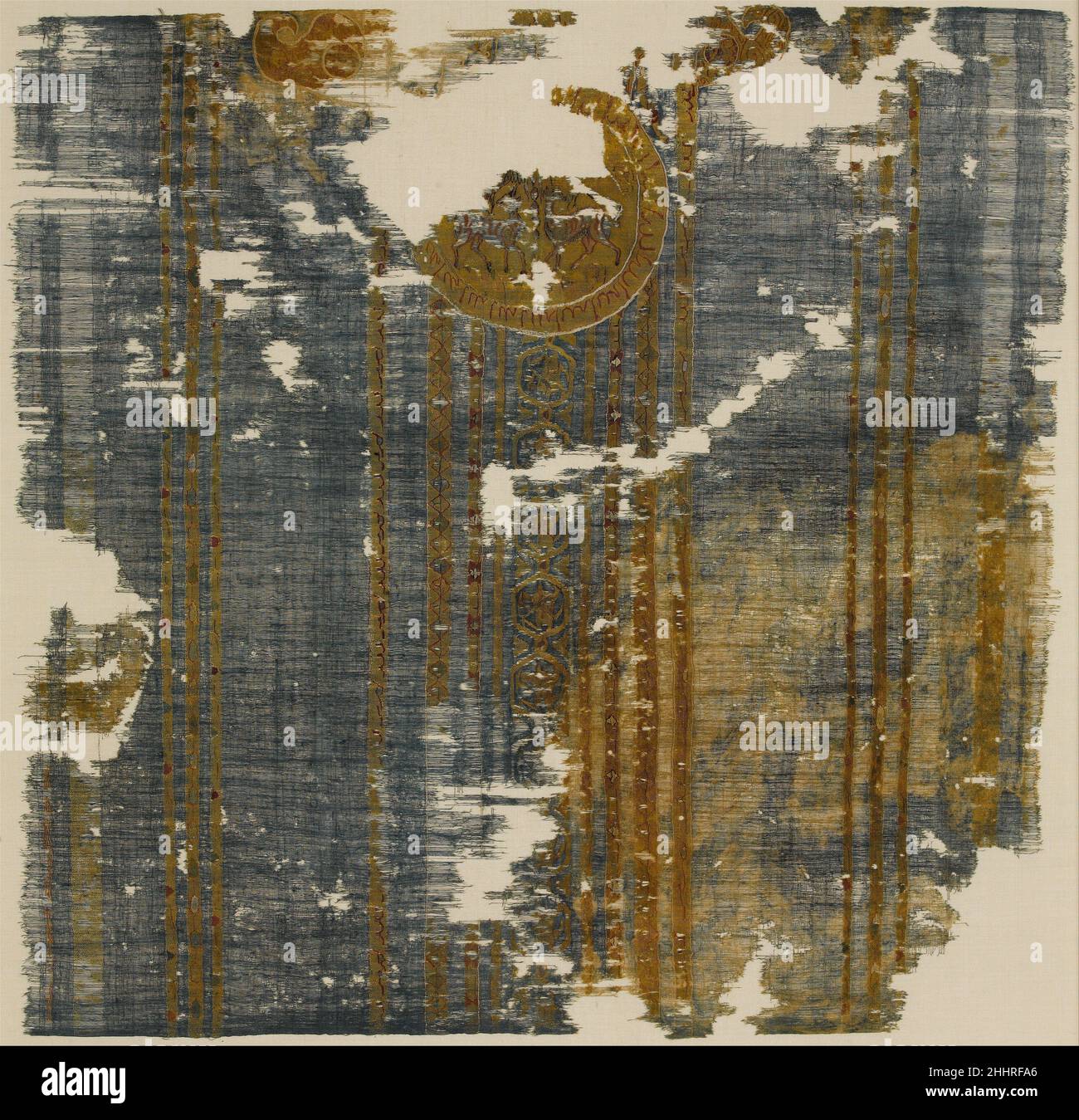 Part of a Garment 1094–1101 The inscription woven into this piece, along with evidence from fragments of the same textile preserved in other collections, attribute this tiraz to the royal factories at Damietta in the Nile Delta during the reign of the Fatimid caliph al?Musta'li (r. 1094–1101). This fragment probably formed part of a cloak. The large medallion bears two birds of prey attacking gazelles, below which interlaced cartouches frame winged sphinxes.. Part of a Garment. 1094–1101. Linen, silk; plain weave, tapestry weave. Attributed to Egypt, Damietta. Textiles-Woven Stock Photohttps://www.alamy.com/image-license-details/?v=1https://www.alamy.com/part-of-a-garment-10941101-the-inscription-woven-into-this-piece-along-with-evidence-from-fragments-of-the-same-textile-preserved-in-other-collections-attribute-this-tiraz-to-the-royal-factories-at-damietta-in-the-nile-delta-during-the-reign-of-the-fatimid-caliph-almustali-r-10941101-this-fragment-probably-formed-part-of-a-cloak-the-large-medallion-bears-two-birds-of-prey-attacking-gazelles-below-which-interlaced-cartouches-frame-winged-sphinxes-part-of-a-garment-10941101-linen-silk-plain-weave-tapestry-weave-attributed-to-egypt-damietta-textiles-woven-image458435662.html
Part of a Garment 1094–1101 The inscription woven into this piece, along with evidence from fragments of the same textile preserved in other collections, attribute this tiraz to the royal factories at Damietta in the Nile Delta during the reign of the Fatimid caliph al?Musta'li (r. 1094–1101). This fragment probably formed part of a cloak. The large medallion bears two birds of prey attacking gazelles, below which interlaced cartouches frame winged sphinxes.. Part of a Garment. 1094–1101. Linen, silk; plain weave, tapestry weave. Attributed to Egypt, Damietta. Textiles-Woven Stock Photohttps://www.alamy.com/image-license-details/?v=1https://www.alamy.com/part-of-a-garment-10941101-the-inscription-woven-into-this-piece-along-with-evidence-from-fragments-of-the-same-textile-preserved-in-other-collections-attribute-this-tiraz-to-the-royal-factories-at-damietta-in-the-nile-delta-during-the-reign-of-the-fatimid-caliph-almustali-r-10941101-this-fragment-probably-formed-part-of-a-cloak-the-large-medallion-bears-two-birds-of-prey-attacking-gazelles-below-which-interlaced-cartouches-frame-winged-sphinxes-part-of-a-garment-10941101-linen-silk-plain-weave-tapestry-weave-attributed-to-egypt-damietta-textiles-woven-image458435662.htmlRM2HHRFA6–Part of a Garment 1094–1101 The inscription woven into this piece, along with evidence from fragments of the same textile preserved in other collections, attribute this tiraz to the royal factories at Damietta in the Nile Delta during the reign of the Fatimid caliph al?Musta'li (r. 1094–1101). This fragment probably formed part of a cloak. The large medallion bears two birds of prey attacking gazelles, below which interlaced cartouches frame winged sphinxes.. Part of a Garment. 1094–1101. Linen, silk; plain weave, tapestry weave. Attributed to Egypt, Damietta. Textiles-Woven
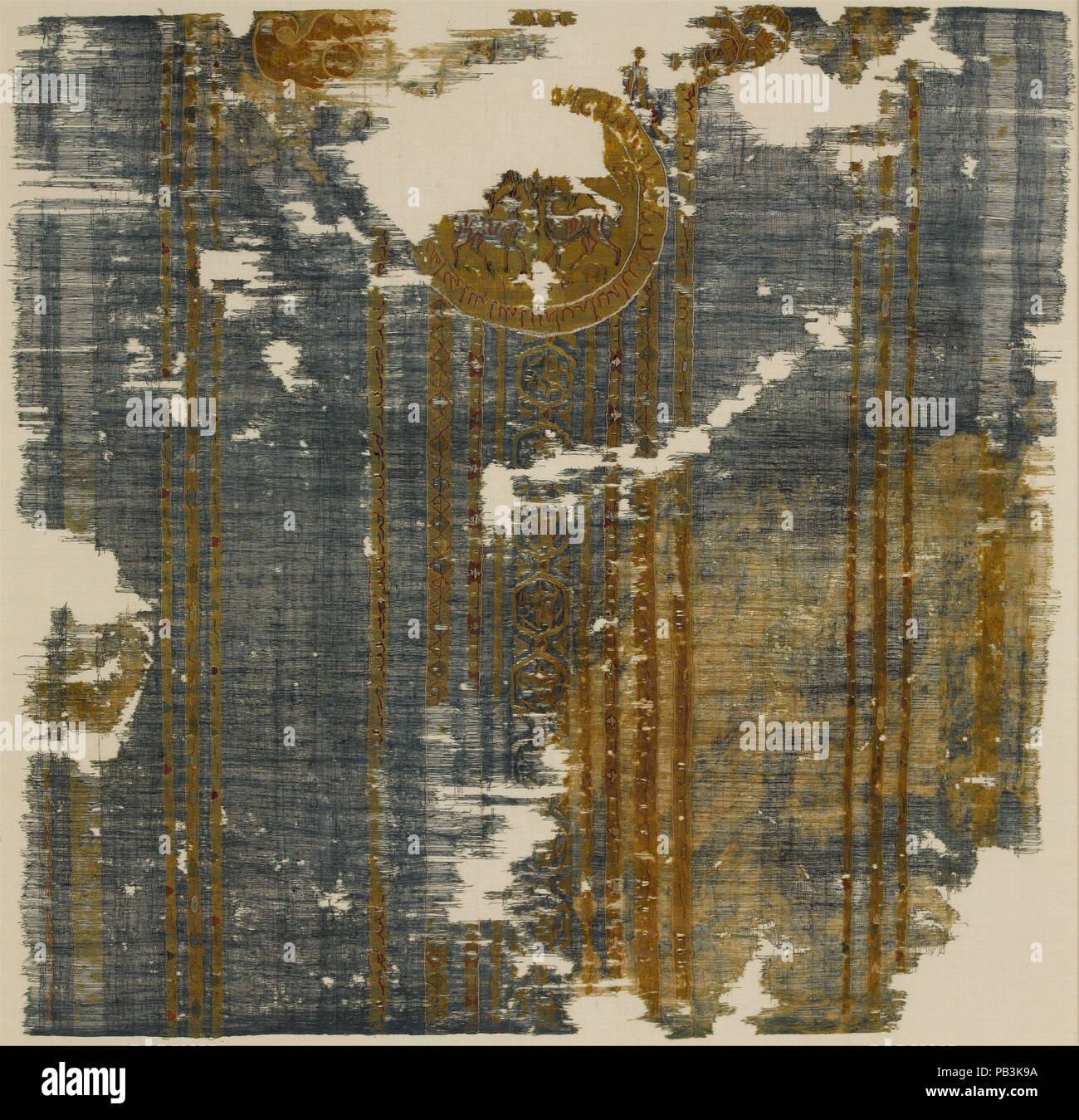 Part of a Garment. Dimensions: Textile: L. 28 1/2 in. (72.4 cm) W. 29 1/2 in. (74.9 cm) Mount: L. 34 3/4 in. (88.3 cm) W. 35 in. (88.9 cm) D. 1 in. (2.5 cm) Wt. 21 lbs. (9.5 kg). Date: 1094-1101. The inscription woven into this piece, along with evidence from fragments of the same textile preserved in other collections, attribute this tiraz to the royal factories at Damietta in the Nile Delta during the reign of the Fatimid caliph al-Musta'li (r. 1094-1101). This fragment probably formed part of a cloak. The large medallion bears two birds of prey attacking gazelles, below which interla Stock Photohttps://www.alamy.com/image-license-details/?v=1https://www.alamy.com/part-of-a-garment-dimensions-textile-l-28-12-in-724-cm-w-29-12-in-749-cm-mount-l-34-34-in-883-cm-w-35-in-889-cm-d-1-in-25-cm-wt-21-lbs-95-kg-date-1094-1101-the-inscription-woven-into-this-piece-along-with-evidence-from-fragments-of-the-same-textile-preserved-in-other-collections-attribute-this-tiraz-to-the-royal-factories-at-damietta-in-the-nile-delta-during-the-reign-of-the-fatimid-caliph-al-mustali-r-1094-1101-this-fragment-probably-formed-part-of-a-cloak-the-large-medallion-bears-two-birds-of-prey-attacking-gazelles-below-which-interla-image213366646.html
Part of a Garment. Dimensions: Textile: L. 28 1/2 in. (72.4 cm) W. 29 1/2 in. (74.9 cm) Mount: L. 34 3/4 in. (88.3 cm) W. 35 in. (88.9 cm) D. 1 in. (2.5 cm) Wt. 21 lbs. (9.5 kg). Date: 1094-1101. The inscription woven into this piece, along with evidence from fragments of the same textile preserved in other collections, attribute this tiraz to the royal factories at Damietta in the Nile Delta during the reign of the Fatimid caliph al-Musta'li (r. 1094-1101). This fragment probably formed part of a cloak. The large medallion bears two birds of prey attacking gazelles, below which interla Stock Photohttps://www.alamy.com/image-license-details/?v=1https://www.alamy.com/part-of-a-garment-dimensions-textile-l-28-12-in-724-cm-w-29-12-in-749-cm-mount-l-34-34-in-883-cm-w-35-in-889-cm-d-1-in-25-cm-wt-21-lbs-95-kg-date-1094-1101-the-inscription-woven-into-this-piece-along-with-evidence-from-fragments-of-the-same-textile-preserved-in-other-collections-attribute-this-tiraz-to-the-royal-factories-at-damietta-in-the-nile-delta-during-the-reign-of-the-fatimid-caliph-al-mustali-r-1094-1101-this-fragment-probably-formed-part-of-a-cloak-the-large-medallion-bears-two-birds-of-prey-attacking-gazelles-below-which-interla-image213366646.htmlRMPB3K9A–Part of a Garment. Dimensions: Textile: L. 28 1/2 in. (72.4 cm) W. 29 1/2 in. (74.9 cm) Mount: L. 34 3/4 in. (88.3 cm) W. 35 in. (88.9 cm) D. 1 in. (2.5 cm) Wt. 21 lbs. (9.5 kg). Date: 1094-1101. The inscription woven into this piece, along with evidence from fragments of the same textile preserved in other collections, attribute this tiraz to the royal factories at Damietta in the Nile Delta during the reign of the Fatimid caliph al-Musta'li (r. 1094-1101). This fragment probably formed part of a cloak. The large medallion bears two birds of prey attacking gazelles, below which interla
![Tiraz Textile Fragment late 10th century The manufacture of this undated tiraz textile can be definitively linked to the last quarter of the tenth century, specifically to the reign of the fifth Fatimid Caliph, al-‘Aziz bi’llah (r. 975–996). Covering the entire field, the tapestry-woven Arabic inscription in kufic script reads, 'In the name of God, the Merciful, the Beneficent, Victory [is from God. .] al-Mansūr, the Imam al-‘Aziz bi’llah, Commander [of the Faithful].' Under al-‘Aziz bi’llah, Egypt's economy prospered and the Fatimid dynasty's territory reached its furthest extent. This fortun Stock Photo Tiraz Textile Fragment late 10th century The manufacture of this undated tiraz textile can be definitively linked to the last quarter of the tenth century, specifically to the reign of the fifth Fatimid Caliph, al-‘Aziz bi’llah (r. 975–996). Covering the entire field, the tapestry-woven Arabic inscription in kufic script reads, 'In the name of God, the Merciful, the Beneficent, Victory [is from God. .] al-Mansūr, the Imam al-‘Aziz bi’llah, Commander [of the Faithful].' Under al-‘Aziz bi’llah, Egypt's economy prospered and the Fatimid dynasty's territory reached its furthest extent. This fortun Stock Photo](https://c8.alamy.com/comp/2HH7G1B/tiraz-textile-fragment-late-10th-century-the-manufacture-of-this-undated-tiraz-textile-can-be-definitively-linked-to-the-last-quarter-of-the-tenth-century-specifically-to-the-reign-of-the-fifth-fatimid-caliph-al-aziz-billah-r-975996-covering-the-entire-field-the-tapestry-woven-arabic-inscription-in-kufic-script-reads-in-the-name-of-god-the-merciful-the-beneficent-victory-is-from-god-al-mansr-the-imam-al-aziz-billah-commander-of-the-faithful-under-al-aziz-billah-egypts-economy-prospered-and-the-fatimid-dynastys-territory-reached-its-furthest-extent-this-fortun-2HH7G1B.jpg) Tiraz Textile Fragment late 10th century The manufacture of this undated tiraz textile can be definitively linked to the last quarter of the tenth century, specifically to the reign of the fifth Fatimid Caliph, al-‘Aziz bi’llah (r. 975–996). Covering the entire field, the tapestry-woven Arabic inscription in kufic script reads, 'In the name of God, the Merciful, the Beneficent, Victory [is from God. .] al-Mansūr, the Imam al-‘Aziz bi’llah, Commander [of the Faithful].' Under al-‘Aziz bi’llah, Egypt's economy prospered and the Fatimid dynasty's territory reached its furthest extent. This fortun Stock Photohttps://www.alamy.com/image-license-details/?v=1https://www.alamy.com/tiraz-textile-fragment-late-10th-century-the-manufacture-of-this-undated-tiraz-textile-can-be-definitively-linked-to-the-last-quarter-of-the-tenth-century-specifically-to-the-reign-of-the-fifth-fatimid-caliph-al-aziz-billah-r-975996-covering-the-entire-field-the-tapestry-woven-arabic-inscription-in-kufic-script-reads-in-the-name-of-god-the-merciful-the-beneficent-victory-is-from-god-al-mansr-the-imam-al-aziz-billah-commander-of-the-faithful-under-al-aziz-billah-egypts-economy-prospered-and-the-fatimid-dynastys-territory-reached-its-furthest-extent-this-fortun-image458084967.html
Tiraz Textile Fragment late 10th century The manufacture of this undated tiraz textile can be definitively linked to the last quarter of the tenth century, specifically to the reign of the fifth Fatimid Caliph, al-‘Aziz bi’llah (r. 975–996). Covering the entire field, the tapestry-woven Arabic inscription in kufic script reads, 'In the name of God, the Merciful, the Beneficent, Victory [is from God. .] al-Mansūr, the Imam al-‘Aziz bi’llah, Commander [of the Faithful].' Under al-‘Aziz bi’llah, Egypt's economy prospered and the Fatimid dynasty's territory reached its furthest extent. This fortun Stock Photohttps://www.alamy.com/image-license-details/?v=1https://www.alamy.com/tiraz-textile-fragment-late-10th-century-the-manufacture-of-this-undated-tiraz-textile-can-be-definitively-linked-to-the-last-quarter-of-the-tenth-century-specifically-to-the-reign-of-the-fifth-fatimid-caliph-al-aziz-billah-r-975996-covering-the-entire-field-the-tapestry-woven-arabic-inscription-in-kufic-script-reads-in-the-name-of-god-the-merciful-the-beneficent-victory-is-from-god-al-mansr-the-imam-al-aziz-billah-commander-of-the-faithful-under-al-aziz-billah-egypts-economy-prospered-and-the-fatimid-dynastys-territory-reached-its-furthest-extent-this-fortun-image458084967.htmlRM2HH7G1B–Tiraz Textile Fragment late 10th century The manufacture of this undated tiraz textile can be definitively linked to the last quarter of the tenth century, specifically to the reign of the fifth Fatimid Caliph, al-‘Aziz bi’llah (r. 975–996). Covering the entire field, the tapestry-woven Arabic inscription in kufic script reads, 'In the name of God, the Merciful, the Beneficent, Victory [is from God. .] al-Mansūr, the Imam al-‘Aziz bi’llah, Commander [of the Faithful].' Under al-‘Aziz bi’llah, Egypt's economy prospered and the Fatimid dynasty's territory reached its furthest extent. This fortun
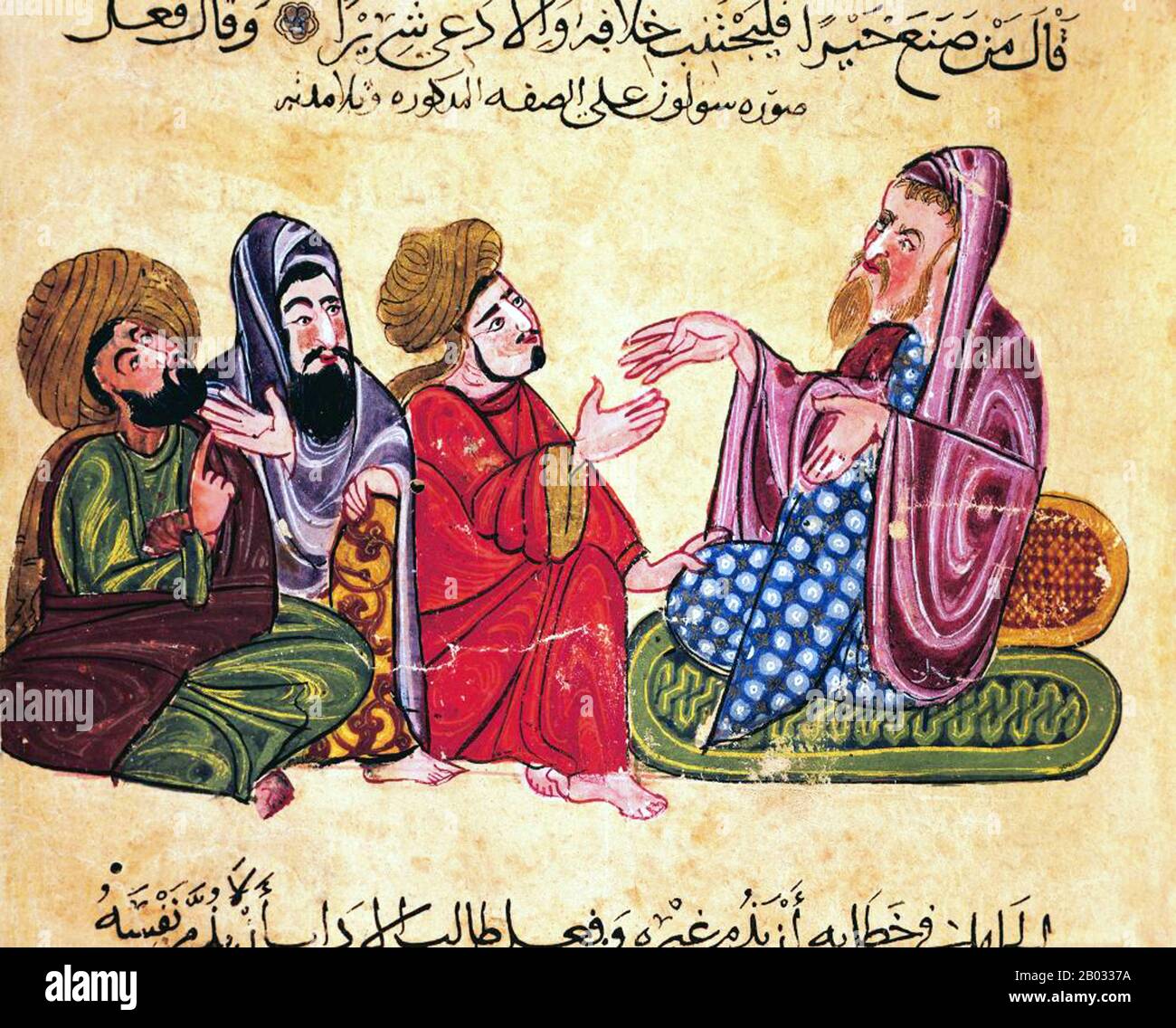 Al-Mubashshir ibn Fatik was a scholar and patron of the Fatimid court in Cairo in the middle of the eleventh century. He studied medicine, astronomy, and history, and composed a lost History of the Fatimid Caliph al-Mustanṣir (r. 1036–1094). His only book to have survived, The Choicest Maxims and Best Sayings, gives 20 biographies of some of the main Semitic, Greek, and Egyptian figures of wisdom and prophecy. An important part of the biographical and gnomological materials may be compared with similar fragments attested in Greek literature. The Choicest Maxims was a medieval success, transla Stock Photohttps://www.alamy.com/image-license-details/?v=1https://www.alamy.com/al-mubashshir-ibn-fatik-was-a-scholar-and-patron-of-the-fatimid-court-in-cairo-in-the-middle-of-the-eleventh-century-he-studied-medicine-astronomy-and-history-and-composed-a-lost-history-of-the-fatimid-caliph-al-mustanir-r-10361094-his-only-book-to-have-survived-the-choicest-maxims-and-best-sayings-gives-20-biographies-of-some-of-the-main-semitic-greek-and-egyptian-figures-of-wisdom-and-prophecy-an-important-part-of-the-biographical-and-gnomological-materials-may-be-compared-with-similar-fragments-attested-in-greek-literature-the-choicest-maxims-was-a-medieval-success-transla-image344275774.html
Al-Mubashshir ibn Fatik was a scholar and patron of the Fatimid court in Cairo in the middle of the eleventh century. He studied medicine, astronomy, and history, and composed a lost History of the Fatimid Caliph al-Mustanṣir (r. 1036–1094). His only book to have survived, The Choicest Maxims and Best Sayings, gives 20 biographies of some of the main Semitic, Greek, and Egyptian figures of wisdom and prophecy. An important part of the biographical and gnomological materials may be compared with similar fragments attested in Greek literature. The Choicest Maxims was a medieval success, transla Stock Photohttps://www.alamy.com/image-license-details/?v=1https://www.alamy.com/al-mubashshir-ibn-fatik-was-a-scholar-and-patron-of-the-fatimid-court-in-cairo-in-the-middle-of-the-eleventh-century-he-studied-medicine-astronomy-and-history-and-composed-a-lost-history-of-the-fatimid-caliph-al-mustanir-r-10361094-his-only-book-to-have-survived-the-choicest-maxims-and-best-sayings-gives-20-biographies-of-some-of-the-main-semitic-greek-and-egyptian-figures-of-wisdom-and-prophecy-an-important-part-of-the-biographical-and-gnomological-materials-may-be-compared-with-similar-fragments-attested-in-greek-literature-the-choicest-maxims-was-a-medieval-success-transla-image344275774.htmlRM2B0337A–Al-Mubashshir ibn Fatik was a scholar and patron of the Fatimid court in Cairo in the middle of the eleventh century. He studied medicine, astronomy, and history, and composed a lost History of the Fatimid Caliph al-Mustanṣir (r. 1036–1094). His only book to have survived, The Choicest Maxims and Best Sayings, gives 20 biographies of some of the main Semitic, Greek, and Egyptian figures of wisdom and prophecy. An important part of the biographical and gnomological materials may be compared with similar fragments attested in Greek literature. The Choicest Maxims was a medieval success, transla
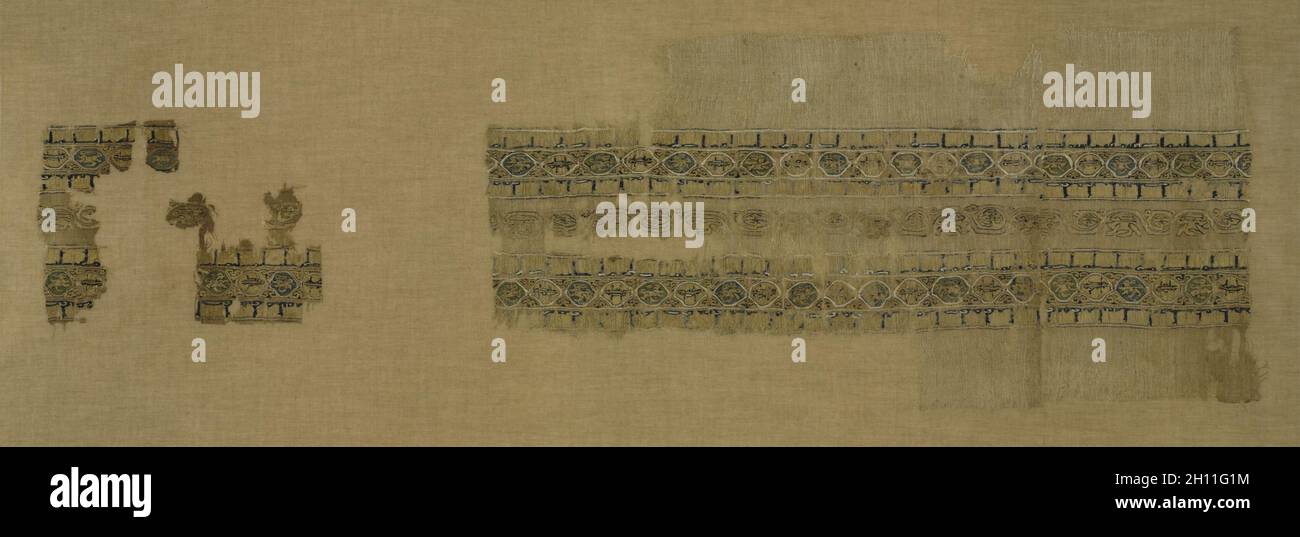 Tiraz with gold, 1094 - 1101. Egypt, Fatimid period, reign of Caliph al-Musta‘lī, 1094–1101. Plain weave with inwoven tapestry weave: linen, silk, and gold filé; overall: 21.6 x 55.6 cm (8 1/2 x 21 7/8 in.). Stock Photohttps://www.alamy.com/image-license-details/?v=1https://www.alamy.com/tiraz-with-gold-1094-1101-egypt-fatimid-period-reign-of-caliph-al-mustal-10941101-plain-weave-with-inwoven-tapestry-weave-linen-silk-and-gold-fil-overall-216-x-556-cm-8-12-x-21-78-in-image448118768.html
Tiraz with gold, 1094 - 1101. Egypt, Fatimid period, reign of Caliph al-Musta‘lī, 1094–1101. Plain weave with inwoven tapestry weave: linen, silk, and gold filé; overall: 21.6 x 55.6 cm (8 1/2 x 21 7/8 in.). Stock Photohttps://www.alamy.com/image-license-details/?v=1https://www.alamy.com/tiraz-with-gold-1094-1101-egypt-fatimid-period-reign-of-caliph-al-mustal-10941101-plain-weave-with-inwoven-tapestry-weave-linen-silk-and-gold-fil-overall-216-x-556-cm-8-12-x-21-78-in-image448118768.htmlRM2H11G1M–Tiraz with gold, 1094 - 1101. Egypt, Fatimid period, reign of Caliph al-Musta‘lī, 1094–1101. Plain weave with inwoven tapestry weave: linen, silk, and gold filé; overall: 21.6 x 55.6 cm (8 1/2 x 21 7/8 in.).
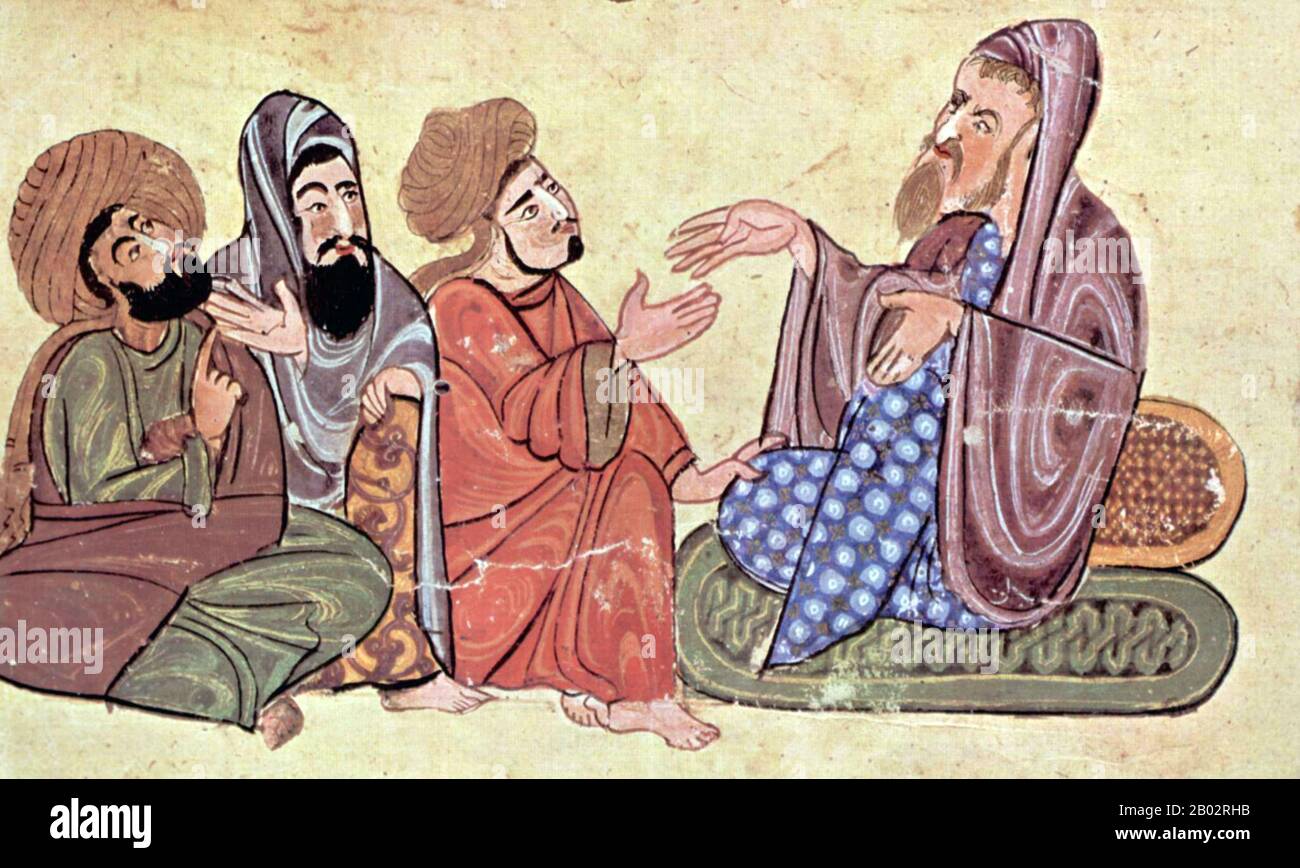 Al-Mubashshir ibn Fātik was a scholar and patron of the Fatimid court in Cairo in the middle of the eleventh century. He studied medicine, astronomy, and history, and composed a lost History of the Fatimid Caliph al-Mustanṣir (r. 1036–1094). His only book to have survived, The Choicest Maxims and Best Sayings (Kitāb mukhtār al-ḥikam wa-maḥasin al-kalim or al-kilam), gives 20 biographies of some of the main Semitic, Greek, and Egyptian figures of wisdom and prophecy. An important part of the biographical and gnomological materials may be compared with similar fragments attested in Greek litera Stock Photohttps://www.alamy.com/image-license-details/?v=1https://www.alamy.com/al-mubashshir-ibn-ftik-was-a-scholar-and-patron-of-the-fatimid-court-in-cairo-in-the-middle-of-the-eleventh-century-he-studied-medicine-astronomy-and-history-and-composed-a-lost-history-of-the-fatimid-caliph-al-mustanir-r-10361094-his-only-book-to-have-survived-the-choicest-maxims-and-best-sayings-kitb-mukhtr-al-ikam-wa-maasin-al-kalim-or-al-kilam-gives-20-biographies-of-some-of-the-main-semitic-greek-and-egyptian-figures-of-wisdom-and-prophecy-an-important-part-of-the-biographical-and-gnomological-materials-may-be-compared-with-similar-fragments-attested-in-greek-litera-image344269783.html
Al-Mubashshir ibn Fātik was a scholar and patron of the Fatimid court in Cairo in the middle of the eleventh century. He studied medicine, astronomy, and history, and composed a lost History of the Fatimid Caliph al-Mustanṣir (r. 1036–1094). His only book to have survived, The Choicest Maxims and Best Sayings (Kitāb mukhtār al-ḥikam wa-maḥasin al-kalim or al-kilam), gives 20 biographies of some of the main Semitic, Greek, and Egyptian figures of wisdom and prophecy. An important part of the biographical and gnomological materials may be compared with similar fragments attested in Greek litera Stock Photohttps://www.alamy.com/image-license-details/?v=1https://www.alamy.com/al-mubashshir-ibn-ftik-was-a-scholar-and-patron-of-the-fatimid-court-in-cairo-in-the-middle-of-the-eleventh-century-he-studied-medicine-astronomy-and-history-and-composed-a-lost-history-of-the-fatimid-caliph-al-mustanir-r-10361094-his-only-book-to-have-survived-the-choicest-maxims-and-best-sayings-kitb-mukhtr-al-ikam-wa-maasin-al-kalim-or-al-kilam-gives-20-biographies-of-some-of-the-main-semitic-greek-and-egyptian-figures-of-wisdom-and-prophecy-an-important-part-of-the-biographical-and-gnomological-materials-may-be-compared-with-similar-fragments-attested-in-greek-litera-image344269783.htmlRM2B02RHB–Al-Mubashshir ibn Fātik was a scholar and patron of the Fatimid court in Cairo in the middle of the eleventh century. He studied medicine, astronomy, and history, and composed a lost History of the Fatimid Caliph al-Mustanṣir (r. 1036–1094). His only book to have survived, The Choicest Maxims and Best Sayings (Kitāb mukhtār al-ḥikam wa-maḥasin al-kalim or al-kilam), gives 20 biographies of some of the main Semitic, Greek, and Egyptian figures of wisdom and prophecy. An important part of the biographical and gnomological materials may be compared with similar fragments attested in Greek litera
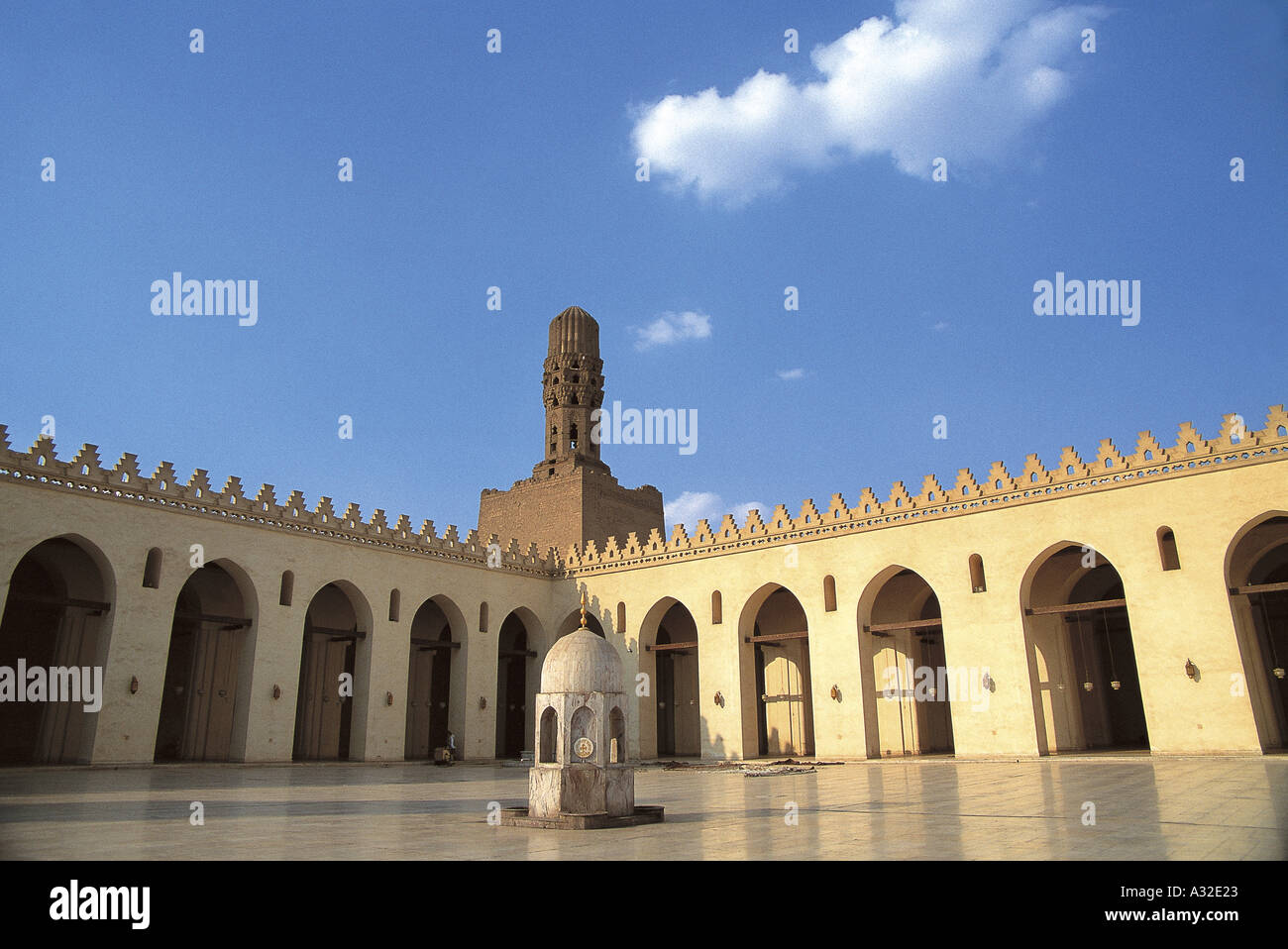 Courtyard of the Hakim Mosque named after Al-Hakim bi-Amr Allah, the sixth Fatimid caliph and 16th Ismaili Imam Stock Photohttps://www.alamy.com/image-license-details/?v=1https://www.alamy.com/courtyard-of-the-hakim-mosque-named-after-al-hakim-bi-amr-allah-the-image208419.html
Courtyard of the Hakim Mosque named after Al-Hakim bi-Amr Allah, the sixth Fatimid caliph and 16th Ismaili Imam Stock Photohttps://www.alamy.com/image-license-details/?v=1https://www.alamy.com/courtyard-of-the-hakim-mosque-named-after-al-hakim-bi-amr-allah-the-image208419.htmlRMA32E23–Courtyard of the Hakim Mosque named after Al-Hakim bi-Amr Allah, the sixth Fatimid caliph and 16th Ismaili Imam
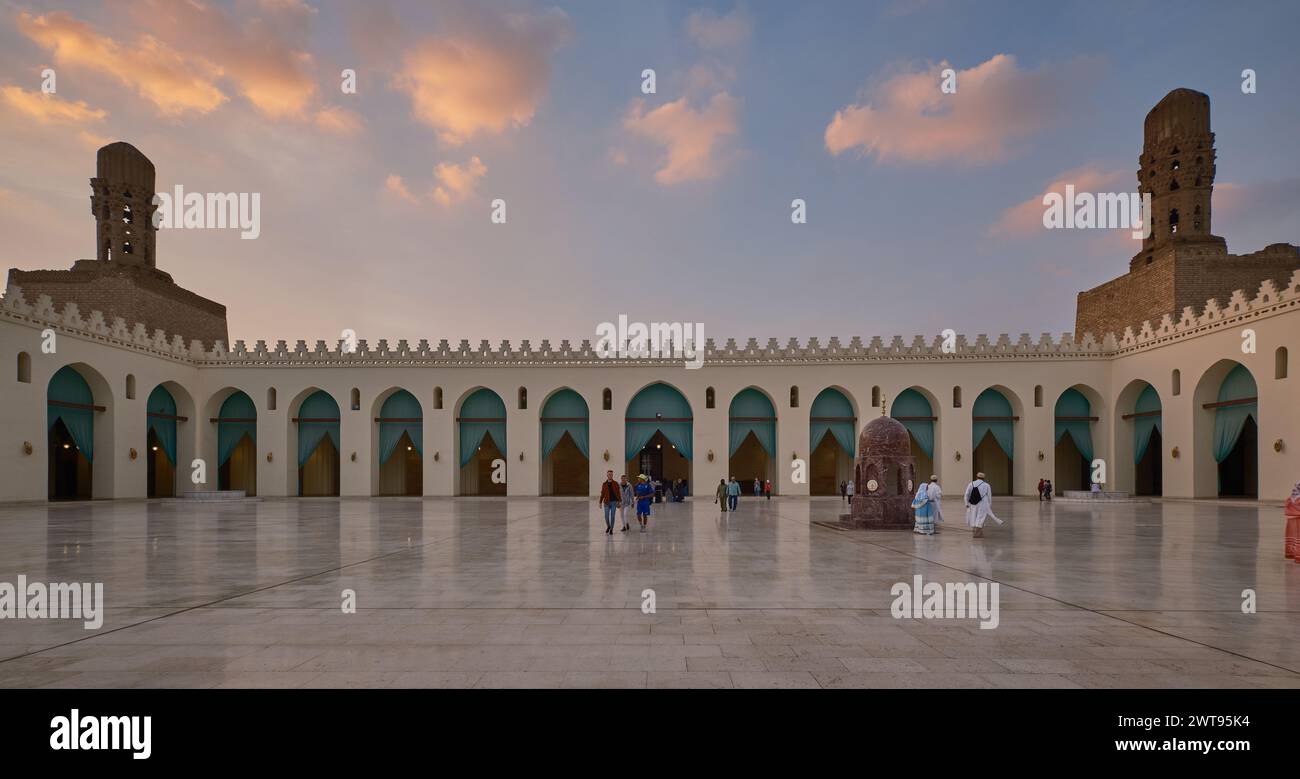 The al-Hakim Mosque, al-Anwar, is a historic mosque in Cairo, Egypt named after Al-Hakim bi-Amr Allah, the sixth Fatimid caliph and 16th Ismaili Imam. Stock Photohttps://www.alamy.com/image-license-details/?v=1https://www.alamy.com/the-al-hakim-mosque-al-anwar-is-a-historic-mosque-in-cairo-egypt-named-after-al-hakim-bi-amr-allah-the-sixth-fatimid-caliph-and-16th-ismaili-imam-image600106280.html
The al-Hakim Mosque, al-Anwar, is a historic mosque in Cairo, Egypt named after Al-Hakim bi-Amr Allah, the sixth Fatimid caliph and 16th Ismaili Imam. Stock Photohttps://www.alamy.com/image-license-details/?v=1https://www.alamy.com/the-al-hakim-mosque-al-anwar-is-a-historic-mosque-in-cairo-egypt-named-after-al-hakim-bi-amr-allah-the-sixth-fatimid-caliph-and-16th-ismaili-imam-image600106280.htmlRF2WT95K4–The al-Hakim Mosque, al-Anwar, is a historic mosque in Cairo, Egypt named after Al-Hakim bi-Amr Allah, the sixth Fatimid caliph and 16th Ismaili Imam.
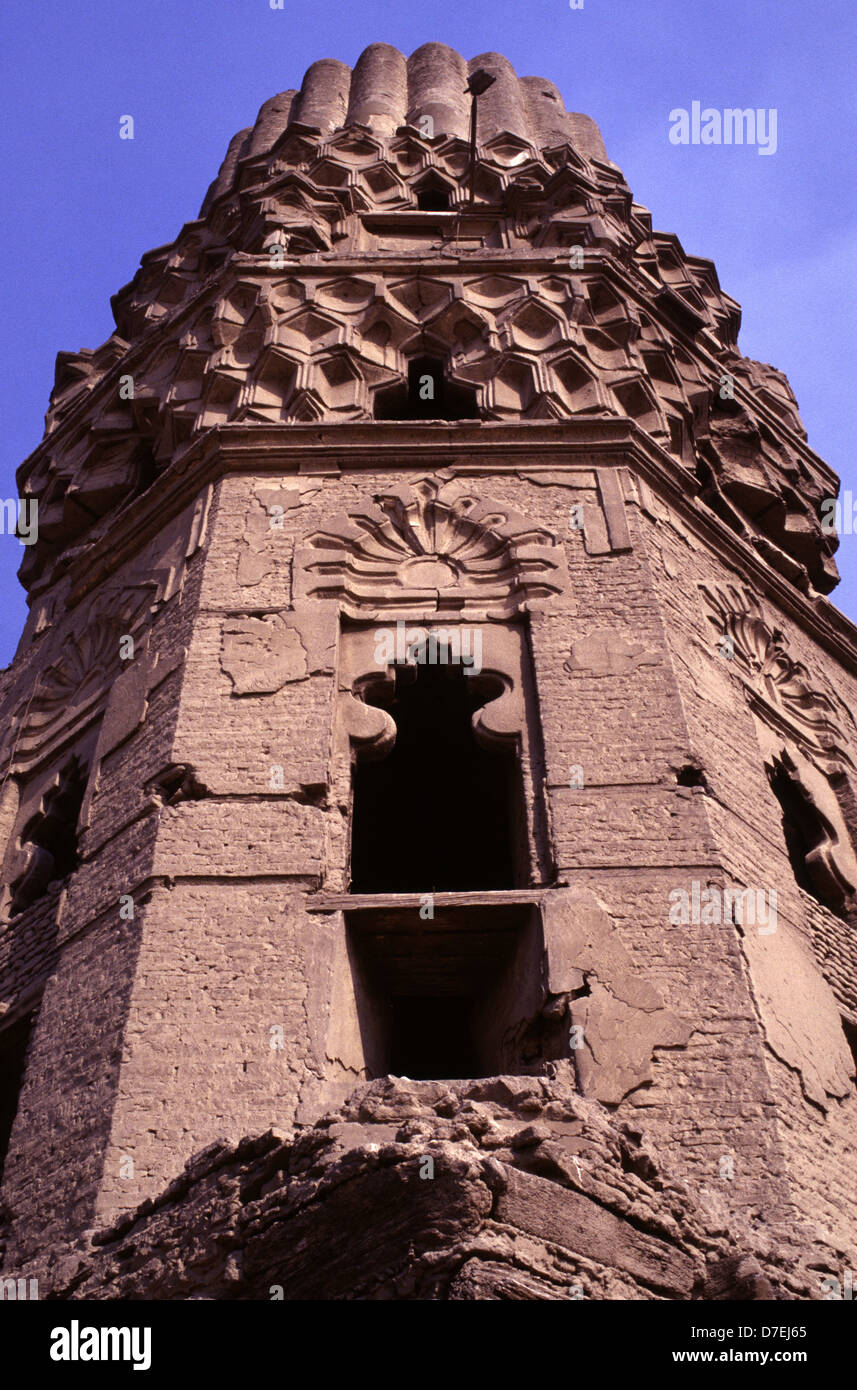 Fatimid style of the minaret of Al Hakim mosque nicknamed al-Anwar named after Al-Hakim bi-Amr Allah (985–1021), the sixth Fatimid caliph and 16th Ismaili Imam located in Islamic Cairo Egypt Stock Photohttps://www.alamy.com/image-license-details/?v=1https://www.alamy.com/stock-photo-fatimid-style-of-the-minaret-of-al-hakim-mosque-nicknamed-al-anwar-56255309.html
Fatimid style of the minaret of Al Hakim mosque nicknamed al-Anwar named after Al-Hakim bi-Amr Allah (985–1021), the sixth Fatimid caliph and 16th Ismaili Imam located in Islamic Cairo Egypt Stock Photohttps://www.alamy.com/image-license-details/?v=1https://www.alamy.com/stock-photo-fatimid-style-of-the-minaret-of-al-hakim-mosque-nicknamed-al-anwar-56255309.htmlRMD7EJ65–Fatimid style of the minaret of Al Hakim mosque nicknamed al-Anwar named after Al-Hakim bi-Amr Allah (985–1021), the sixth Fatimid caliph and 16th Ismaili Imam located in Islamic Cairo Egypt
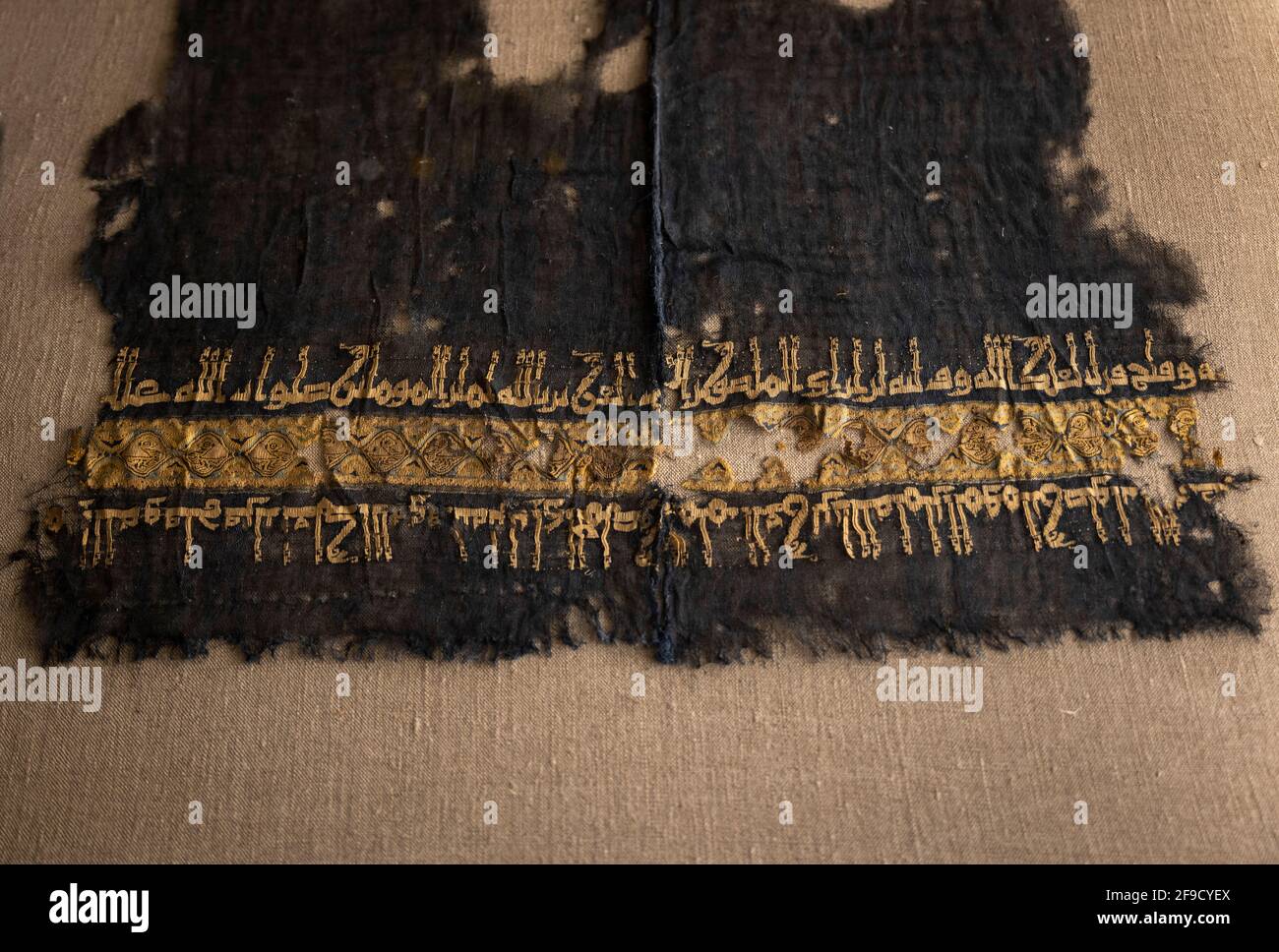 Fatimid textile in the name of the caliph al-Aziz Billah, linen and silk, National Museum of Egyptian Civilization, Cairo, Egypt Stock Photohttps://www.alamy.com/image-license-details/?v=1https://www.alamy.com/fatimid-textile-in-the-name-of-the-caliph-al-aziz-billah-linen-and-silk-national-museum-of-egyptian-civilization-cairo-egypt-image418865746.html
Fatimid textile in the name of the caliph al-Aziz Billah, linen and silk, National Museum of Egyptian Civilization, Cairo, Egypt Stock Photohttps://www.alamy.com/image-license-details/?v=1https://www.alamy.com/fatimid-textile-in-the-name-of-the-caliph-al-aziz-billah-linen-and-silk-national-museum-of-egyptian-civilization-cairo-egypt-image418865746.htmlRM2F9CYEX–Fatimid textile in the name of the caliph al-Aziz Billah, linen and silk, National Museum of Egyptian Civilization, Cairo, Egypt
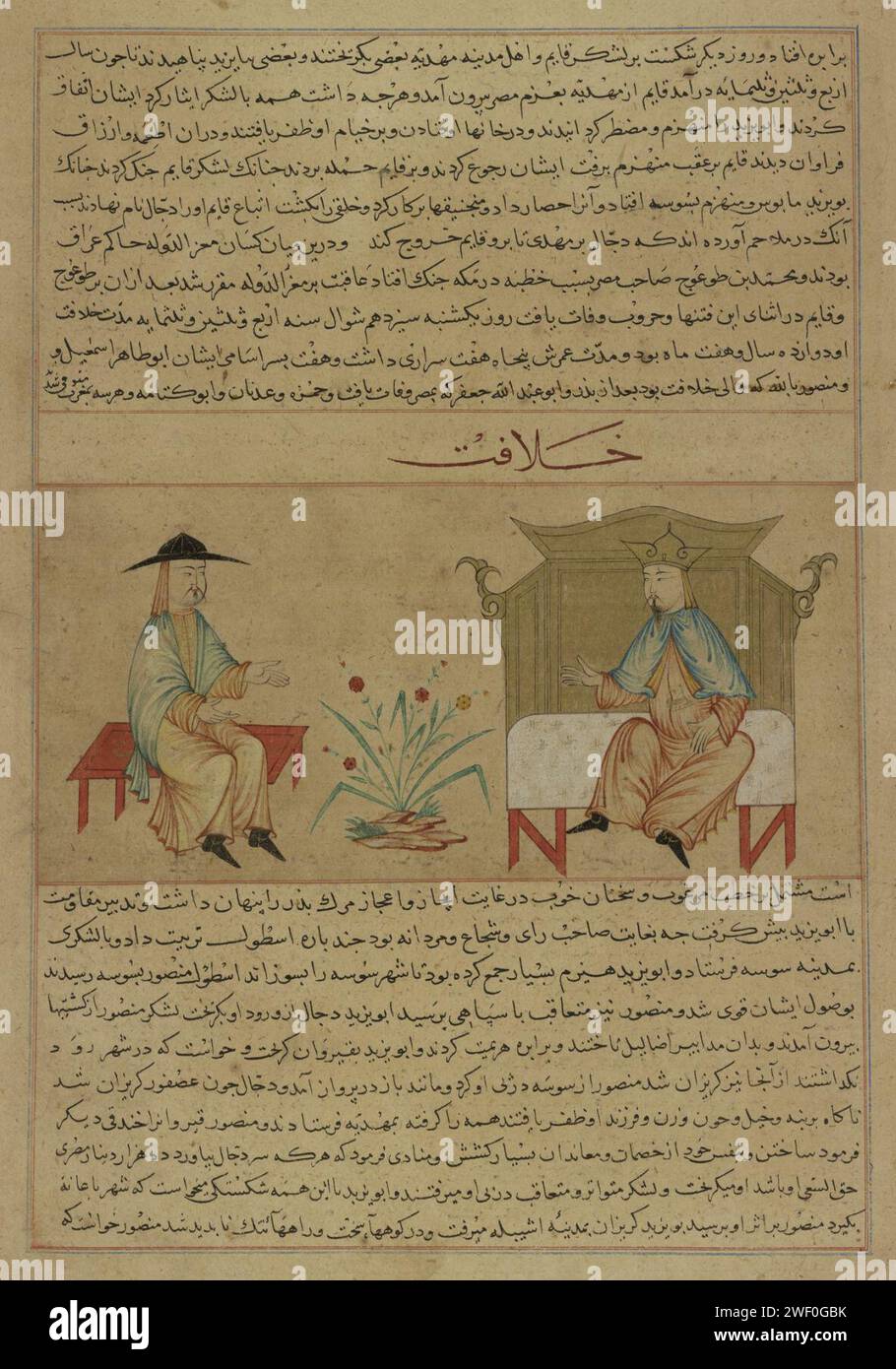 Anonymous - Mansur, Fatimid Caliph of Egypt, from a manuscript of Hafiz-i Abru’s Majma’ al-tawarikh - 1983.94.3 Stock Photohttps://www.alamy.com/image-license-details/?v=1https://www.alamy.com/anonymous-mansur-fatimid-caliph-of-egypt-from-a-manuscript-of-hafiz-i-abrus-majma-al-tawarikh-1983943-image594385223.html
Anonymous - Mansur, Fatimid Caliph of Egypt, from a manuscript of Hafiz-i Abru’s Majma’ al-tawarikh - 1983.94.3 Stock Photohttps://www.alamy.com/image-license-details/?v=1https://www.alamy.com/anonymous-mansur-fatimid-caliph-of-egypt-from-a-manuscript-of-hafiz-i-abrus-majma-al-tawarikh-1983943-image594385223.htmlRM2WF0GBK–Anonymous - Mansur, Fatimid Caliph of Egypt, from a manuscript of Hafiz-i Abru’s Majma’ al-tawarikh - 1983.94.3
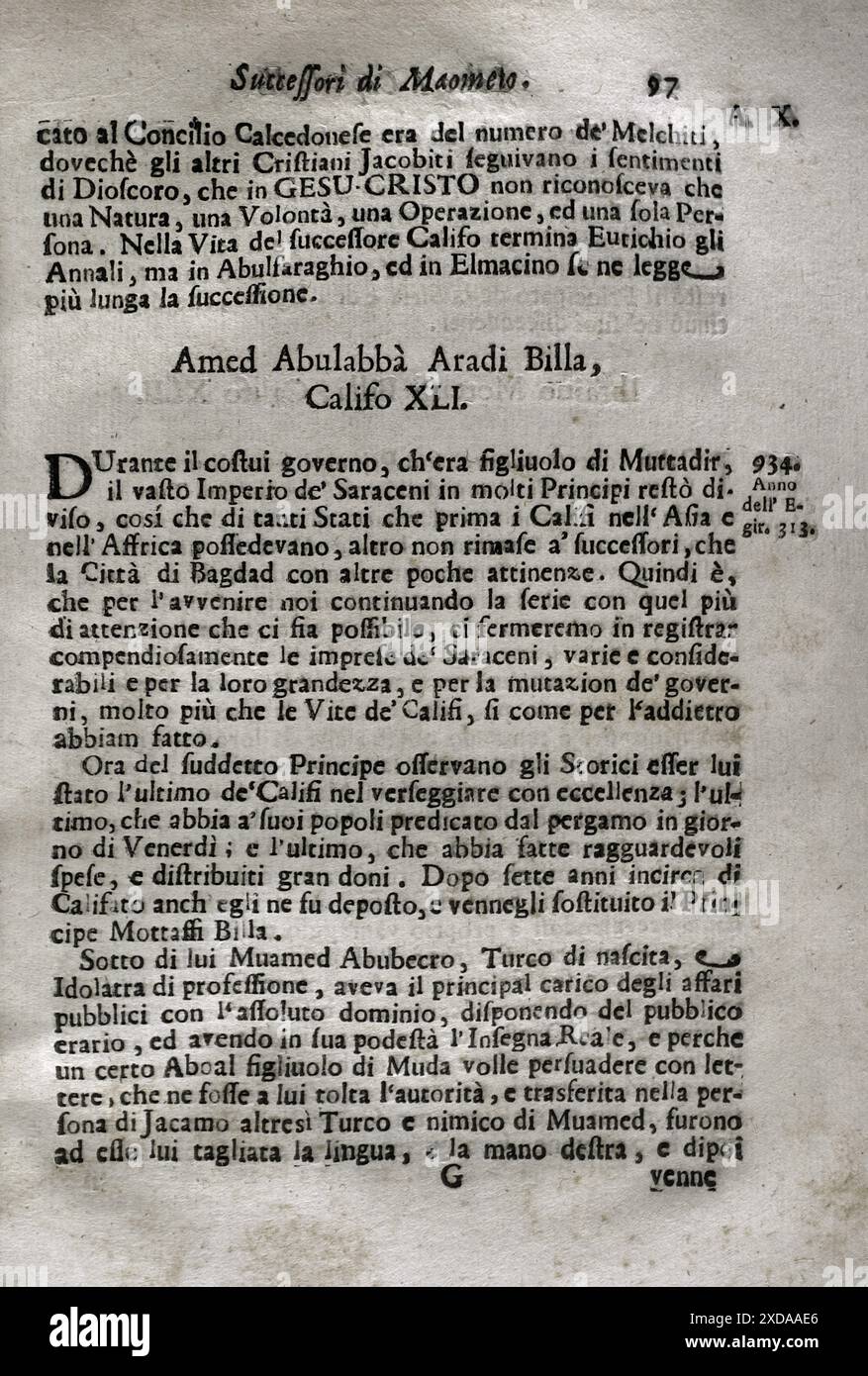 'Mappamondo Istorico'. Volume VI. Part I. It comprises the life of the Mohammedan caliphs and the Ottoman emperors, from 571 to 1566. al-Mahdi Billah (Abd Allah al-Mahdi Billah) (873-934). Imam-Caliph (909-934). By Father Antonio Foresti (1625-1692), of the Society of Jesus. Venice and Parma, 1710. Stock Photohttps://www.alamy.com/image-license-details/?v=1https://www.alamy.com/mappamondo-istorico-volume-vi-part-i-it-comprises-the-life-of-the-mohammedan-caliphs-and-the-ottoman-emperors-from-571-to-1566-al-mahdi-billah-abd-allah-al-mahdi-billah-873-934-imam-caliph-909-934-by-father-antonio-foresti-1625-1692-of-the-society-of-jesus-venice-and-parma-1710-image610581166.html
'Mappamondo Istorico'. Volume VI. Part I. It comprises the life of the Mohammedan caliphs and the Ottoman emperors, from 571 to 1566. al-Mahdi Billah (Abd Allah al-Mahdi Billah) (873-934). Imam-Caliph (909-934). By Father Antonio Foresti (1625-1692), of the Society of Jesus. Venice and Parma, 1710. Stock Photohttps://www.alamy.com/image-license-details/?v=1https://www.alamy.com/mappamondo-istorico-volume-vi-part-i-it-comprises-the-life-of-the-mohammedan-caliphs-and-the-ottoman-emperors-from-571-to-1566-al-mahdi-billah-abd-allah-al-mahdi-billah-873-934-imam-caliph-909-934-by-father-antonio-foresti-1625-1692-of-the-society-of-jesus-venice-and-parma-1710-image610581166.htmlRM2XDAAE6–'Mappamondo Istorico'. Volume VI. Part I. It comprises the life of the Mohammedan caliphs and the Ottoman emperors, from 571 to 1566. al-Mahdi Billah (Abd Allah al-Mahdi Billah) (873-934). Imam-Caliph (909-934). By Father Antonio Foresti (1625-1692), of the Society of Jesus. Venice and Parma, 1710.
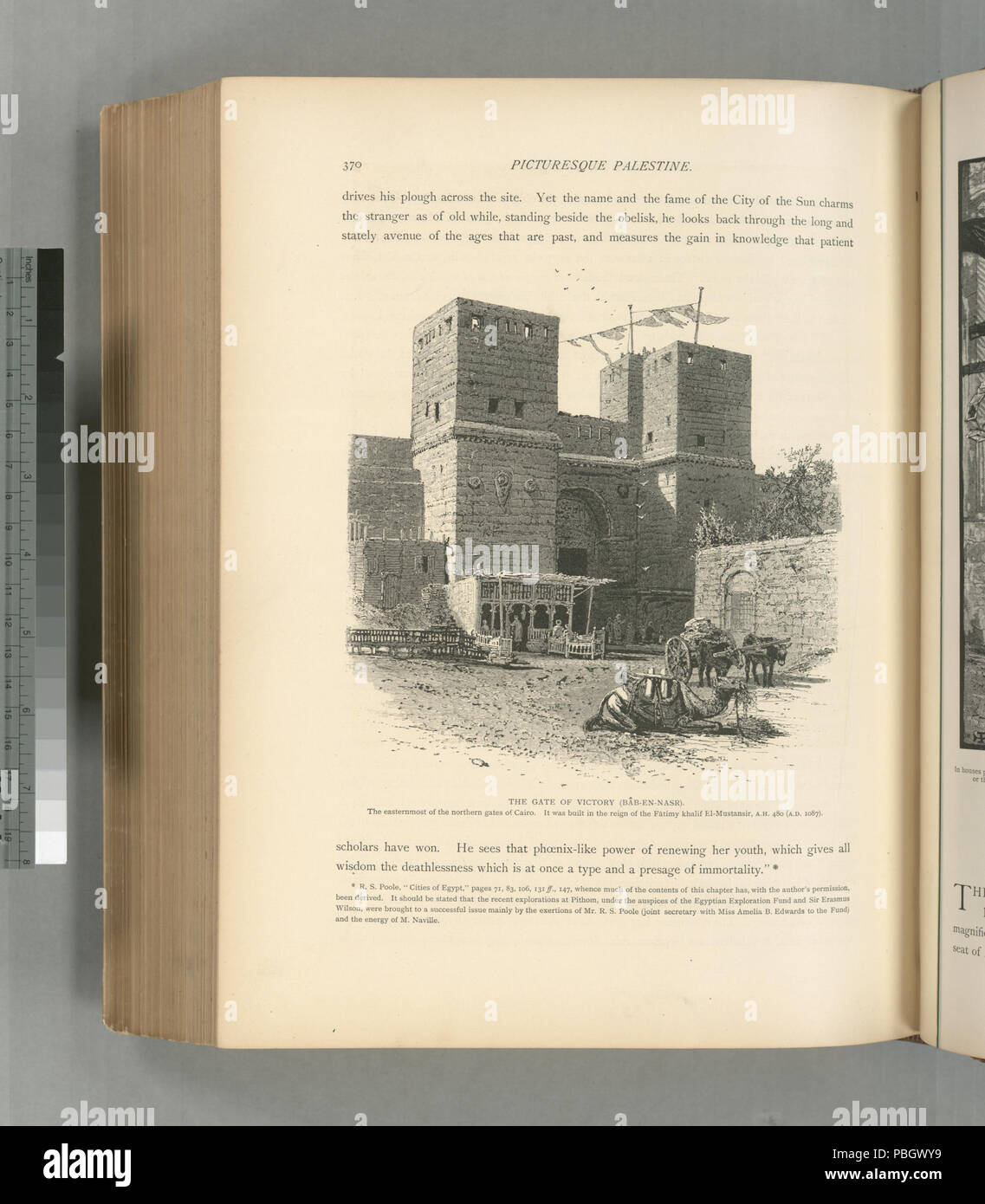 1636 The gate of victory. (Bâb-en-Nasr). The easternmost of the northern gates of Cairo. It was built in the reign of the Fâtimy khalif El-Mustansir, A.H. 480 (A.D. 1087) (NYPL b10607452-80798) Stock Photohttps://www.alamy.com/image-license-details/?v=1https://www.alamy.com/1636-the-gate-of-victory-bb-en-nasr-the-easternmost-of-the-northern-gates-of-cairo-it-was-built-in-the-reign-of-the-ftimy-khalif-el-mustansir-ah-480-ad-1087-nypl-b10607452-80798-image213657229.html
1636 The gate of victory. (Bâb-en-Nasr). The easternmost of the northern gates of Cairo. It was built in the reign of the Fâtimy khalif El-Mustansir, A.H. 480 (A.D. 1087) (NYPL b10607452-80798) Stock Photohttps://www.alamy.com/image-license-details/?v=1https://www.alamy.com/1636-the-gate-of-victory-bb-en-nasr-the-easternmost-of-the-northern-gates-of-cairo-it-was-built-in-the-reign-of-the-ftimy-khalif-el-mustansir-ah-480-ad-1087-nypl-b10607452-80798-image213657229.htmlRMPBGWY9–1636 The gate of victory. (Bâb-en-Nasr). The easternmost of the northern gates of Cairo. It was built in the reign of the Fâtimy khalif El-Mustansir, A.H. 480 (A.D. 1087) (NYPL b10607452-80798)
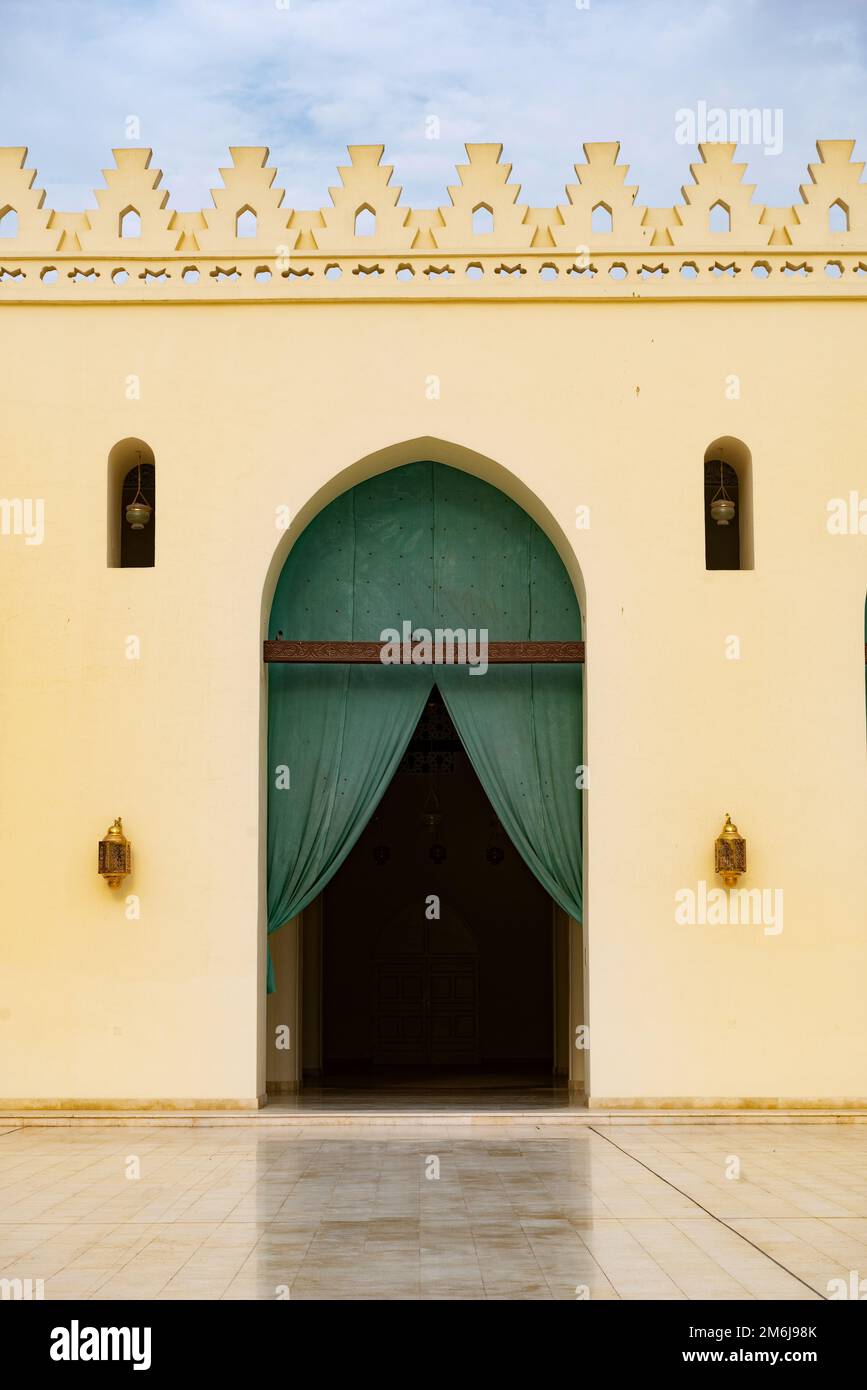 Arched doorway to the prayer hall of historic Mosque of al-Hakim, also known as Al-Anwar, named after Al-Hakim bi-Amr Allah. Just inside the Fatimid g Stock Photohttps://www.alamy.com/image-license-details/?v=1https://www.alamy.com/arched-doorway-to-the-prayer-hall-of-historic-mosque-of-al-hakim-also-known-as-al-anwar-named-after-al-hakim-bi-amr-allah-just-inside-the-fatimid-g-image503191043.html
Arched doorway to the prayer hall of historic Mosque of al-Hakim, also known as Al-Anwar, named after Al-Hakim bi-Amr Allah. Just inside the Fatimid g Stock Photohttps://www.alamy.com/image-license-details/?v=1https://www.alamy.com/arched-doorway-to-the-prayer-hall-of-historic-mosque-of-al-hakim-also-known-as-al-anwar-named-after-al-hakim-bi-amr-allah-just-inside-the-fatimid-g-image503191043.htmlRM2M6J98K–Arched doorway to the prayer hall of historic Mosque of al-Hakim, also known as Al-Anwar, named after Al-Hakim bi-Amr Allah. Just inside the Fatimid g
![The story of Cairo . 25-128, 150.Wardan, 36.Wards [Katai].Watermiils, the Seven, 42, 217.Watson, Colonel C. M., 223.Wekala (hostelry), 265-267.Well in Citadel, 179.Wine, 98, 99, 102, 140, 207.Women, 4, 11, 18-20, 117, 121, 122,140, 141, 144, i59> 160, 198,201, 202, 212, 215.Wood-work, 281-285, 310. 339 General Index Y. Yanis, Fatimid vezir, 154.Yazury, el-, Fatimid vezir, 122, 146-148.Yelbugha, Mamluk emir, 160.Yenbu, port of Mekka, 263.Yeshbek, Mamluk emir, palace, 270.Yeshkur, hill, 65, 75, 78, 90.Yunus, mosque, 258, 259. Zafir, ez-, Fatimid caliph, 158 ; mosque, 159.?ahir, ez-, Fatimid c Stock Photo The story of Cairo . 25-128, 150.Wardan, 36.Wards [Katai].Watermiils, the Seven, 42, 217.Watson, Colonel C. M., 223.Wekala (hostelry), 265-267.Well in Citadel, 179.Wine, 98, 99, 102, 140, 207.Women, 4, 11, 18-20, 117, 121, 122,140, 141, 144, i59> 160, 198,201, 202, 212, 215.Wood-work, 281-285, 310. 339 General Index Y. Yanis, Fatimid vezir, 154.Yazury, el-, Fatimid vezir, 122, 146-148.Yelbugha, Mamluk emir, 160.Yenbu, port of Mekka, 263.Yeshbek, Mamluk emir, palace, 270.Yeshkur, hill, 65, 75, 78, 90.Yunus, mosque, 258, 259. Zafir, ez-, Fatimid caliph, 158 ; mosque, 159.?ahir, ez-, Fatimid c Stock Photo](https://c8.alamy.com/comp/2AM0362/the-story-of-cairo-25-128-150wardan-36wards-katai-watermiils-the-seven-42-217watson-colonel-c-m-223wekala-hostelry-265-267well-in-citadel-179wine-98-99-102-140-207women-4-11-18-20-117-121-122140-141-144-i59gt-160-198201-202-212-215wood-work-281-285-310-339-general-index-y-yanis-fatimid-vezir-154yazury-el-fatimid-vezir-122-146-148yelbugha-mamluk-emir-160yenbu-port-of-mekka-263yeshbek-mamluk-emir-palace-270yeshkur-hill-65-75-78-90yunus-mosque-258-259-zafir-ez-fatimid-caliph-158-mosque-159ahir-ez-fatimid-c-2AM0362.jpg) The story of Cairo . 25-128, 150.Wardan, 36.Wards [Katai].Watermiils, the Seven, 42, 217.Watson, Colonel C. M., 223.Wekala (hostelry), 265-267.Well in Citadel, 179.Wine, 98, 99, 102, 140, 207.Women, 4, 11, 18-20, 117, 121, 122,140, 141, 144, i59> 160, 198,201, 202, 212, 215.Wood-work, 281-285, 310. 339 General Index Y. Yanis, Fatimid vezir, 154.Yazury, el-, Fatimid vezir, 122, 146-148.Yelbugha, Mamluk emir, 160.Yenbu, port of Mekka, 263.Yeshbek, Mamluk emir, palace, 270.Yeshkur, hill, 65, 75, 78, 90.Yunus, mosque, 258, 259. Zafir, ez-, Fatimid caliph, 158 ; mosque, 159.?ahir, ez-, Fatimid c Stock Photohttps://www.alamy.com/image-license-details/?v=1https://www.alamy.com/the-story-of-cairo-25-128-150wardan-36wards-katai-watermiils-the-seven-42-217watson-colonel-c-m-223wekala-hostelry-265-267well-in-citadel-179wine-98-99-102-140-207women-4-11-18-20-117-121-122140-141-144-i59gt-160-198201-202-212-215wood-work-281-285-310-339-general-index-y-yanis-fatimid-vezir-154yazury-el-fatimid-vezir-122-146-148yelbugha-mamluk-emir-160yenbu-port-of-mekka-263yeshbek-mamluk-emir-palace-270yeshkur-hill-65-75-78-90yunus-mosque-258-259-zafir-ez-fatimid-caliph-158-mosque-159ahir-ez-fatimid-c-image339292634.html
The story of Cairo . 25-128, 150.Wardan, 36.Wards [Katai].Watermiils, the Seven, 42, 217.Watson, Colonel C. M., 223.Wekala (hostelry), 265-267.Well in Citadel, 179.Wine, 98, 99, 102, 140, 207.Women, 4, 11, 18-20, 117, 121, 122,140, 141, 144, i59> 160, 198,201, 202, 212, 215.Wood-work, 281-285, 310. 339 General Index Y. Yanis, Fatimid vezir, 154.Yazury, el-, Fatimid vezir, 122, 146-148.Yelbugha, Mamluk emir, 160.Yenbu, port of Mekka, 263.Yeshbek, Mamluk emir, palace, 270.Yeshkur, hill, 65, 75, 78, 90.Yunus, mosque, 258, 259. Zafir, ez-, Fatimid caliph, 158 ; mosque, 159.?ahir, ez-, Fatimid c Stock Photohttps://www.alamy.com/image-license-details/?v=1https://www.alamy.com/the-story-of-cairo-25-128-150wardan-36wards-katai-watermiils-the-seven-42-217watson-colonel-c-m-223wekala-hostelry-265-267well-in-citadel-179wine-98-99-102-140-207women-4-11-18-20-117-121-122140-141-144-i59gt-160-198201-202-212-215wood-work-281-285-310-339-general-index-y-yanis-fatimid-vezir-154yazury-el-fatimid-vezir-122-146-148yelbugha-mamluk-emir-160yenbu-port-of-mekka-263yeshbek-mamluk-emir-palace-270yeshkur-hill-65-75-78-90yunus-mosque-258-259-zafir-ez-fatimid-caliph-158-mosque-159ahir-ez-fatimid-c-image339292634.htmlRM2AM0362–The story of Cairo . 25-128, 150.Wardan, 36.Wards [Katai].Watermiils, the Seven, 42, 217.Watson, Colonel C. M., 223.Wekala (hostelry), 265-267.Well in Citadel, 179.Wine, 98, 99, 102, 140, 207.Women, 4, 11, 18-20, 117, 121, 122,140, 141, 144, i59> 160, 198,201, 202, 212, 215.Wood-work, 281-285, 310. 339 General Index Y. Yanis, Fatimid vezir, 154.Yazury, el-, Fatimid vezir, 122, 146-148.Yelbugha, Mamluk emir, 160.Yenbu, port of Mekka, 263.Yeshbek, Mamluk emir, palace, 270.Yeshkur, hill, 65, 75, 78, 90.Yunus, mosque, 258, 259. Zafir, ez-, Fatimid caliph, 158 ; mosque, 159.?ahir, ez-, Fatimid c
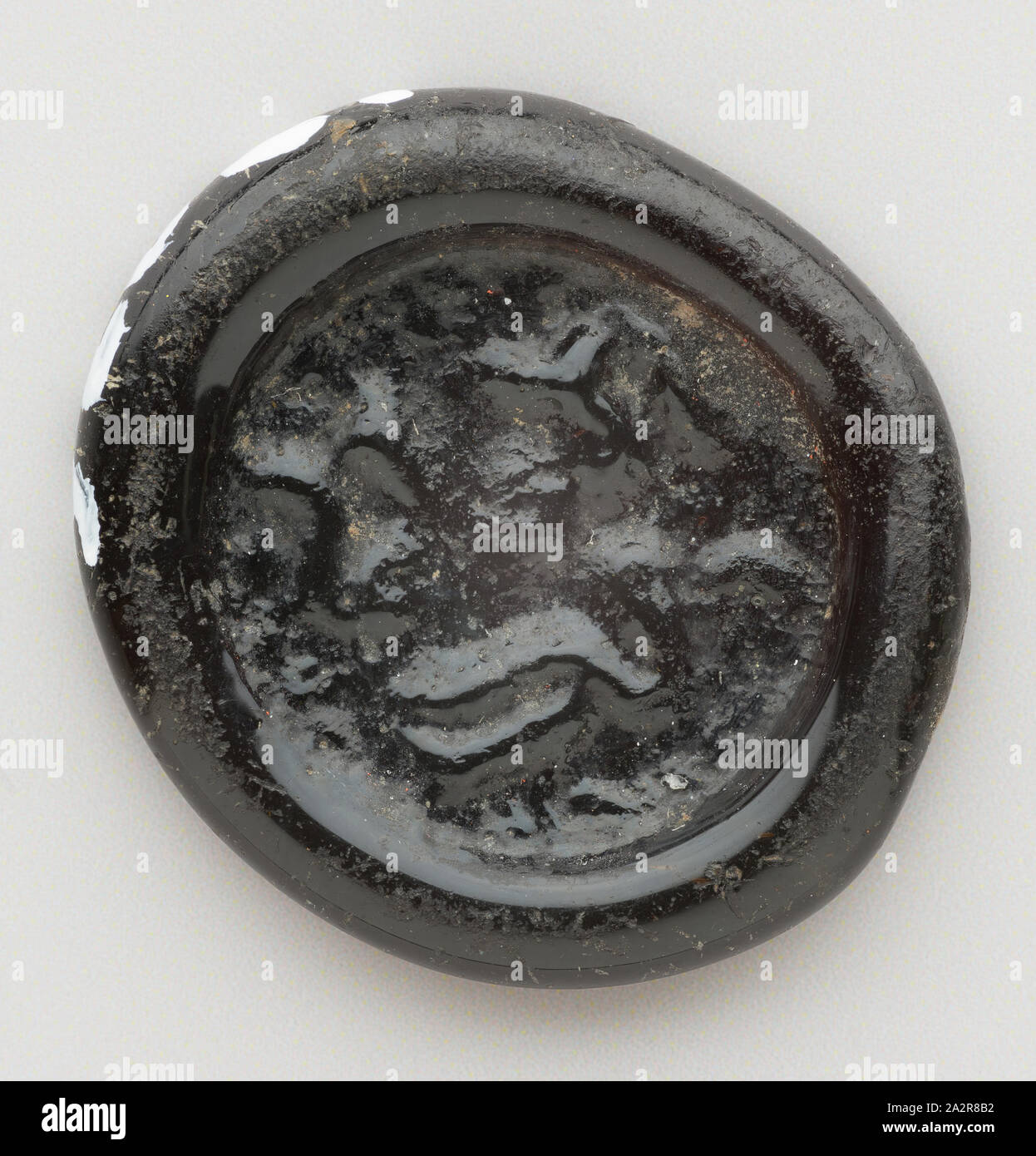 Islamic, Egyptian, Quarter Dirham Coin Weight from the Reign of the Fatimid Caliph al-Mustansir, 1036/1094, Glass, 1/16 x 9/16 in. diam. ( .15 x 1.42 cm Stock Photohttps://www.alamy.com/image-license-details/?v=1https://www.alamy.com/islamic-egyptian-quarter-dirham-coin-weight-from-the-reign-of-the-fatimid-caliph-al-mustansir-10361094-glass-116-x-916-in-diam-15-x-142-cm-image328737782.html
Islamic, Egyptian, Quarter Dirham Coin Weight from the Reign of the Fatimid Caliph al-Mustansir, 1036/1094, Glass, 1/16 x 9/16 in. diam. ( .15 x 1.42 cm Stock Photohttps://www.alamy.com/image-license-details/?v=1https://www.alamy.com/islamic-egyptian-quarter-dirham-coin-weight-from-the-reign-of-the-fatimid-caliph-al-mustansir-10361094-glass-116-x-916-in-diam-15-x-142-cm-image328737782.htmlRM2A2R8B2–Islamic, Egyptian, Quarter Dirham Coin Weight from the Reign of the Fatimid Caliph al-Mustansir, 1036/1094, Glass, 1/16 x 9/16 in. diam. ( .15 x 1.42 cm
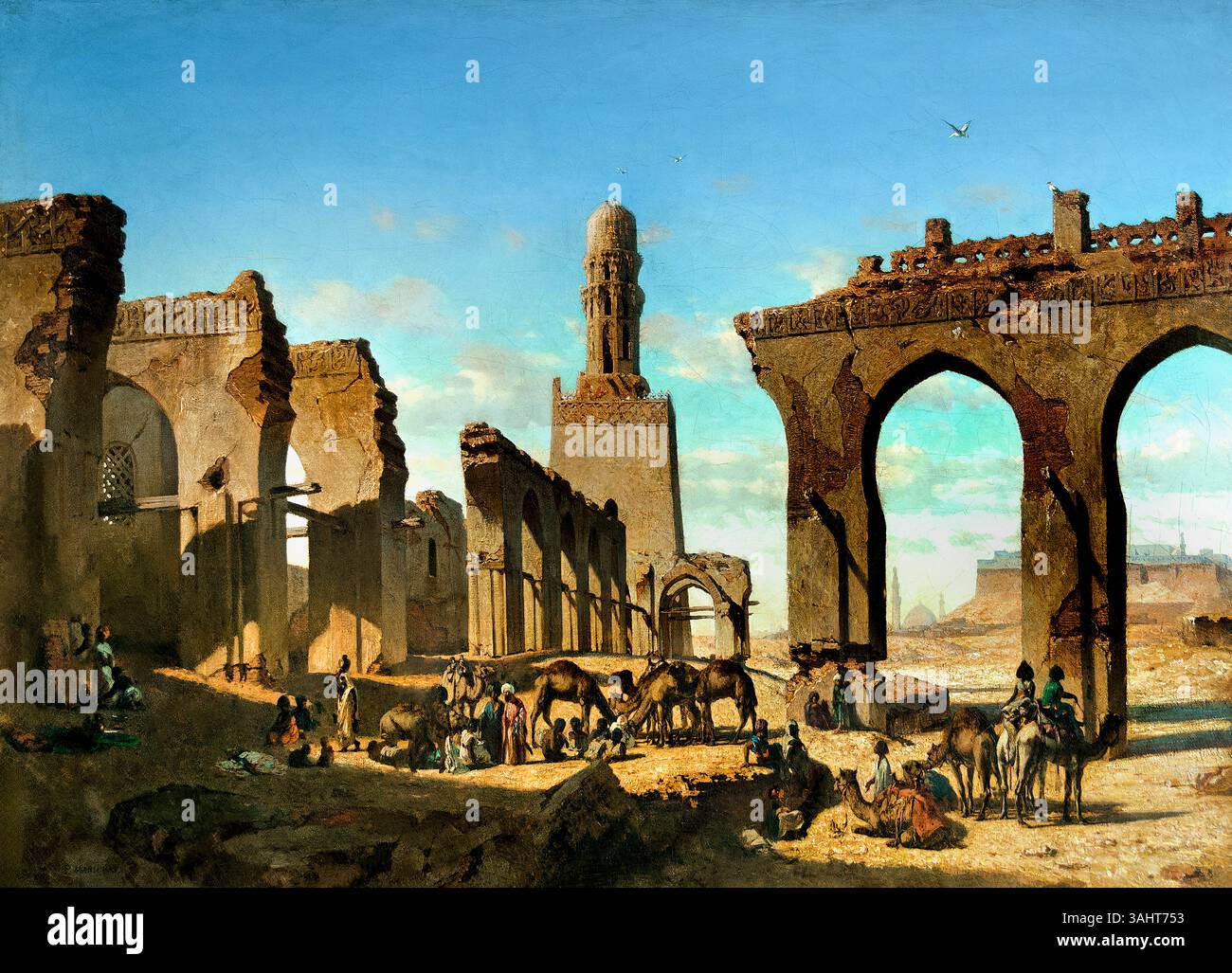 Ruins of the Mosque of the Caliph Hakim in Cairo - Ruines de la mosquée du khalife Hakem au Caire by Prosper MARILHAT1811-1847, Louvre Paris, Fine Art Museum, France, ( Mosque of al-Hakim bi-Amr Allah is the fourth oldest mosque in Egypt, and the second largest after the Mosque of ibn Tulun. The construction of the mosque was begun by al-Hakim’s father, the Fatimid Caliph al-Aziz bi Allah in 380 AH/990 AD, ) Stock Photohttps://www.alamy.com/image-license-details/?v=1https://www.alamy.com/ruins-of-the-mosque-of-the-caliph-hakim-in-cairo-ruines-de-la-mosque-du-khalife-hakem-au-caire-by-prosper-marilhat1811-1847-louvre-paris-fine-art-museum-france-mosque-of-al-hakim-bi-amr-allah-is-the-fourth-oldest-mosque-in-egypt-and-the-second-largest-after-the-mosque-of-ibn-tulun-the-construction-of-the-mosque-was-begun-by-al-hakims-father-the-fatimid-caliph-al-aziz-bi-allah-in-380-ah990-ad-image664975615.html
Ruins of the Mosque of the Caliph Hakim in Cairo - Ruines de la mosquée du khalife Hakem au Caire by Prosper MARILHAT1811-1847, Louvre Paris, Fine Art Museum, France, ( Mosque of al-Hakim bi-Amr Allah is the fourth oldest mosque in Egypt, and the second largest after the Mosque of ibn Tulun. The construction of the mosque was begun by al-Hakim’s father, the Fatimid Caliph al-Aziz bi Allah in 380 AH/990 AD, ) Stock Photohttps://www.alamy.com/image-license-details/?v=1https://www.alamy.com/ruins-of-the-mosque-of-the-caliph-hakim-in-cairo-ruines-de-la-mosque-du-khalife-hakem-au-caire-by-prosper-marilhat1811-1847-louvre-paris-fine-art-museum-france-mosque-of-al-hakim-bi-amr-allah-is-the-fourth-oldest-mosque-in-egypt-and-the-second-largest-after-the-mosque-of-ibn-tulun-the-construction-of-the-mosque-was-begun-by-al-hakims-father-the-fatimid-caliph-al-aziz-bi-allah-in-380-ah990-ad-image664975615.htmlRM3AHT753–Ruins of the Mosque of the Caliph Hakim in Cairo - Ruines de la mosquée du khalife Hakem au Caire by Prosper MARILHAT1811-1847, Louvre Paris, Fine Art Museum, France, ( Mosque of al-Hakim bi-Amr Allah is the fourth oldest mosque in Egypt, and the second largest after the Mosque of ibn Tulun. The construction of the mosque was begun by al-Hakim’s father, the Fatimid Caliph al-Aziz bi Allah in 380 AH/990 AD, )
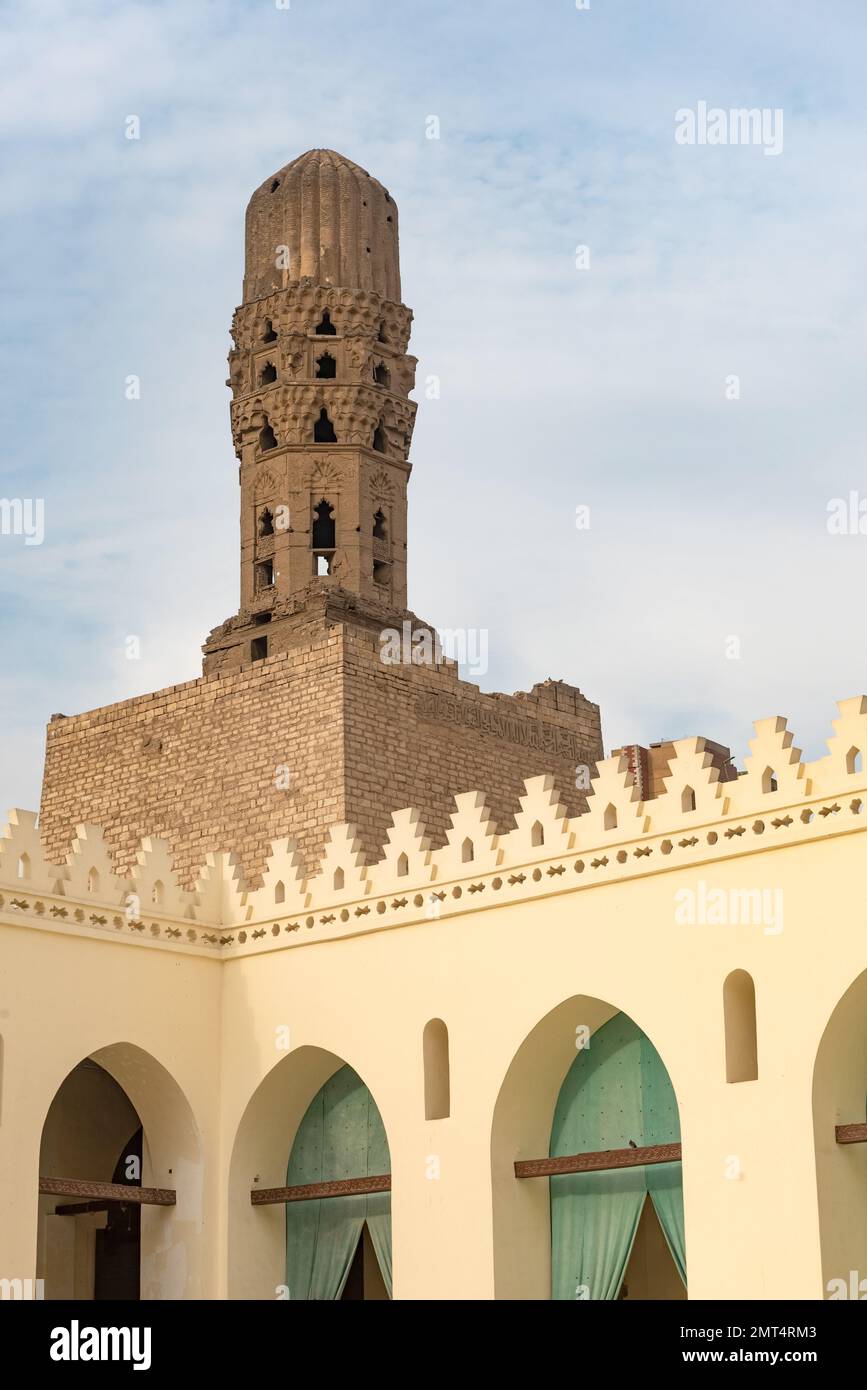 Cairo, Egypt. November 27th 2022 Minaret of historic Mosque of al-Hakim, known as Al-Anwar, named after Al-Hakim bi-Amr Allah. Inside the Fatimid gate Stock Photohttps://www.alamy.com/image-license-details/?v=1https://www.alamy.com/cairo-egypt-november-27th-2022-minaret-of-historic-mosque-of-al-hakim-known-as-al-anwar-named-after-al-hakim-bi-amr-allah-inside-the-fatimid-gate-image513958819.html
Cairo, Egypt. November 27th 2022 Minaret of historic Mosque of al-Hakim, known as Al-Anwar, named after Al-Hakim bi-Amr Allah. Inside the Fatimid gate Stock Photohttps://www.alamy.com/image-license-details/?v=1https://www.alamy.com/cairo-egypt-november-27th-2022-minaret-of-historic-mosque-of-al-hakim-known-as-al-anwar-named-after-al-hakim-bi-amr-allah-inside-the-fatimid-gate-image513958819.htmlRM2MT4RM3–Cairo, Egypt. November 27th 2022 Minaret of historic Mosque of al-Hakim, known as Al-Anwar, named after Al-Hakim bi-Amr Allah. Inside the Fatimid gate
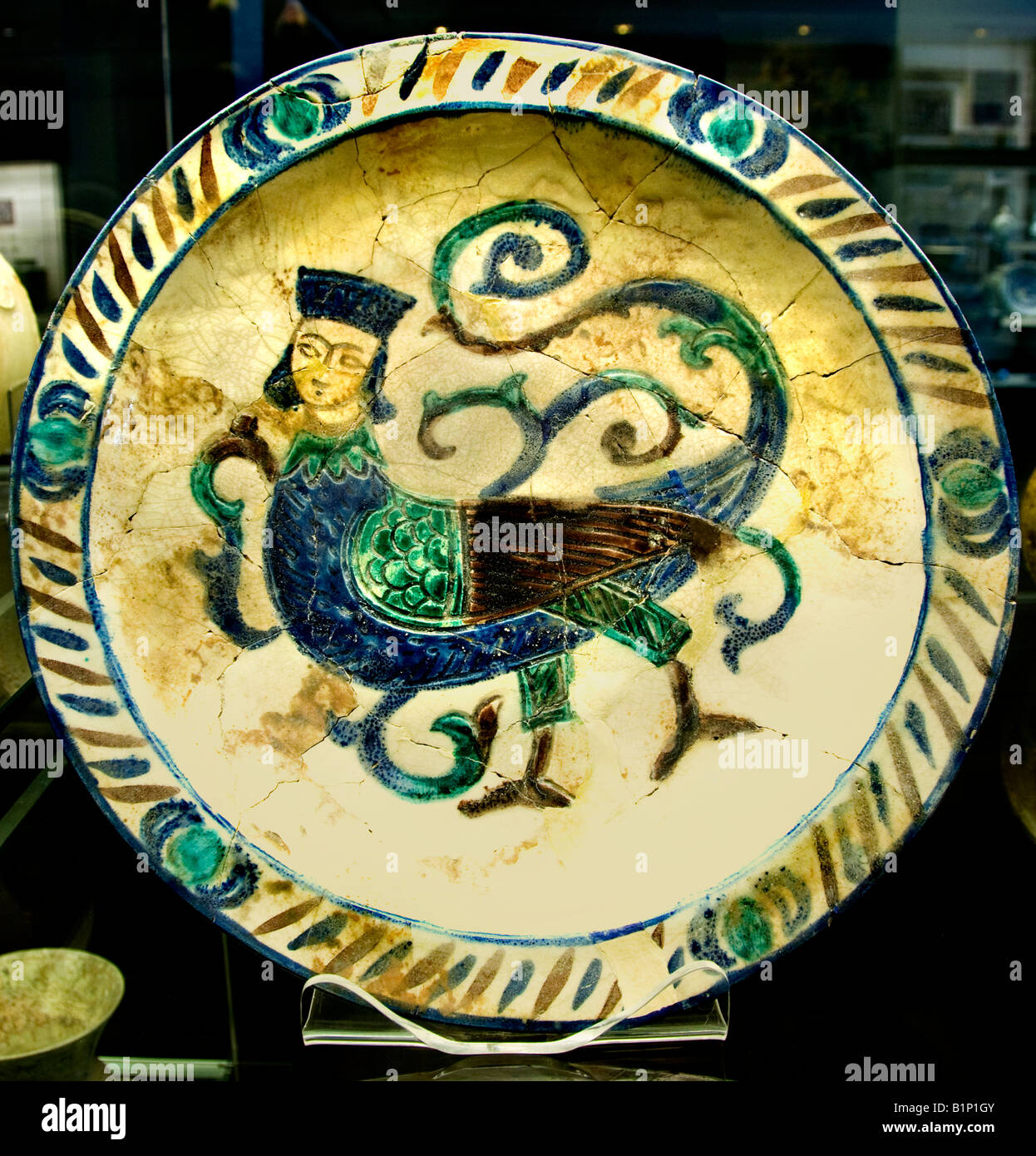 Ceramic northern Syria twelfth century AD 1171 AD Fatimid Egypt Iran Kashan Stock Photohttps://www.alamy.com/image-license-details/?v=1https://www.alamy.com/stock-photo-ceramic-northern-syria-twelfth-century-ad-1171-ad-fatimid-egypt-iran-18309227.html
Ceramic northern Syria twelfth century AD 1171 AD Fatimid Egypt Iran Kashan Stock Photohttps://www.alamy.com/image-license-details/?v=1https://www.alamy.com/stock-photo-ceramic-northern-syria-twelfth-century-ad-1171-ad-fatimid-egypt-iran-18309227.htmlRMB1P1GY–Ceramic northern Syria twelfth century AD 1171 AD Fatimid Egypt Iran Kashan
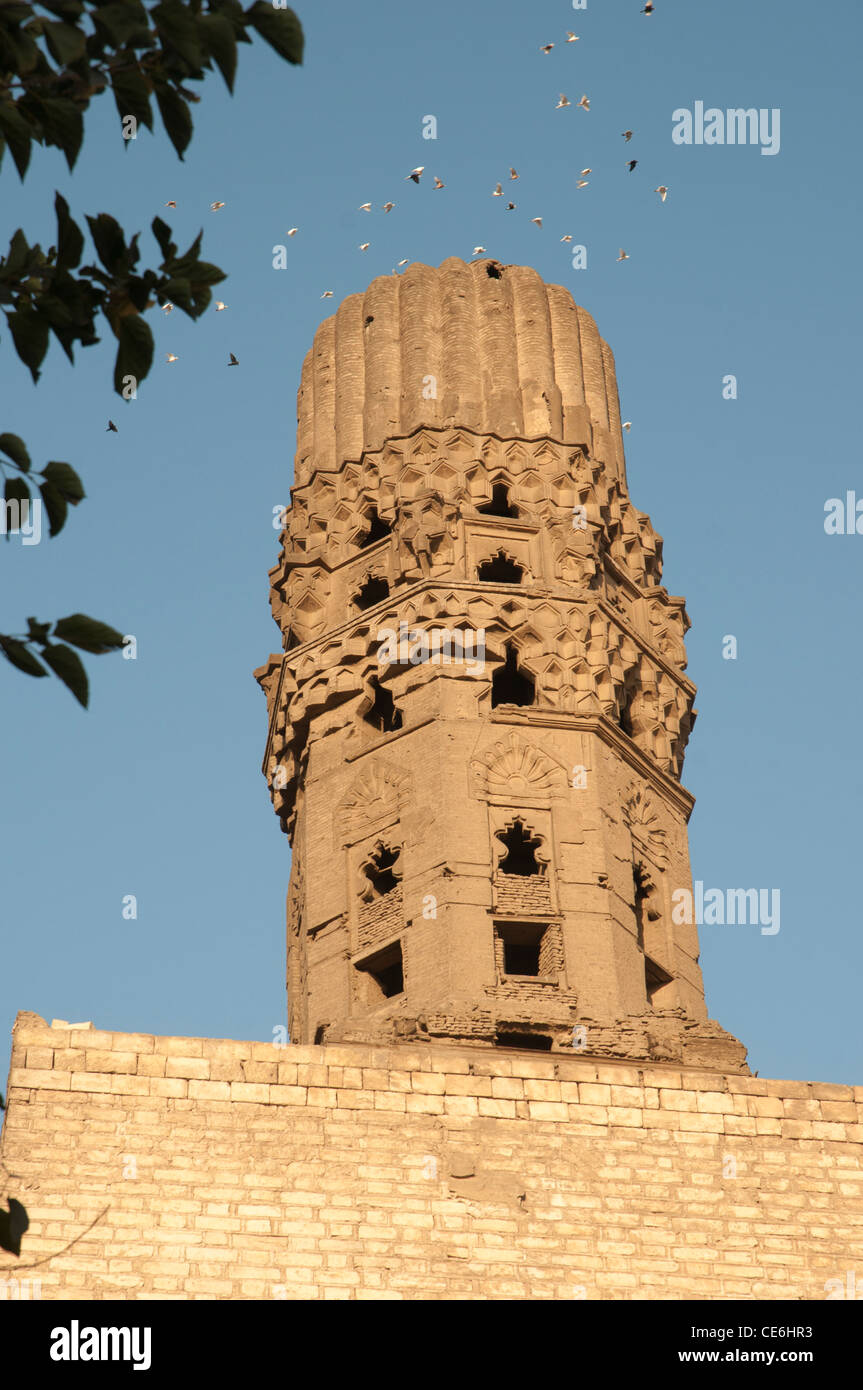 Al Hakim Mosque at the old city wall, Cairo Stock Photohttps://www.alamy.com/image-license-details/?v=1https://www.alamy.com/stock-photo-al-hakim-mosque-at-the-old-city-wall-cairo-43171607.html
Al Hakim Mosque at the old city wall, Cairo Stock Photohttps://www.alamy.com/image-license-details/?v=1https://www.alamy.com/stock-photo-al-hakim-mosque-at-the-old-city-wall-cairo-43171607.htmlRFCE6HR3–Al Hakim Mosque at the old city wall, Cairo
![Tiraz Textile Fragment. Dimensions: Textile: H. 9 1/4 in. (23.5 cm) W. 14 1/2 in. (36.8 cm) Mount: H. 14 in. (35.6 cm) W. 19 in. (48.3 cm). Date: late 10th century. The manufacture of this undated tiraz textile can be definitively linked to the last quarter of the tenth century, specifically to the reign of the fifth Fatimid Caliph, al-'Aziz bi'llah (r. 975-996). Covering the entire field, the tapestry-woven Arabic inscription in kufic script reads, 'In the name of God, the Merciful, the Beneficent, Victory [is from God . . .] Al-Mansur, the Imam al-'Aziz bi'llah, Commander [of the Faith Stock Photo Tiraz Textile Fragment. Dimensions: Textile: H. 9 1/4 in. (23.5 cm) W. 14 1/2 in. (36.8 cm) Mount: H. 14 in. (35.6 cm) W. 19 in. (48.3 cm). Date: late 10th century. The manufacture of this undated tiraz textile can be definitively linked to the last quarter of the tenth century, specifically to the reign of the fifth Fatimid Caliph, al-'Aziz bi'llah (r. 975-996). Covering the entire field, the tapestry-woven Arabic inscription in kufic script reads, 'In the name of God, the Merciful, the Beneficent, Victory [is from God . . .] Al-Mansur, the Imam al-'Aziz bi'llah, Commander [of the Faith Stock Photo](https://c8.alamy.com/comp/PAPH85/tiraz-textile-fragment-dimensions-textile-h-9-14-in-235-cm-w-14-12-in-368-cm-mount-h-14-in-356-cm-w-19-in-483-cm-date-late-10th-century-the-manufacture-of-this-undated-tiraz-textile-can-be-definitively-linked-to-the-last-quarter-of-the-tenth-century-specifically-to-the-reign-of-the-fifth-fatimid-caliph-al-aziz-billah-r-975-996-covering-the-entire-field-the-tapestry-woven-arabic-inscription-in-kufic-script-reads-in-the-name-of-god-the-merciful-the-beneficent-victory-is-from-god-al-mansur-the-imam-al-aziz-billah-commander-of-the-faith-PAPH85.jpg) Tiraz Textile Fragment. Dimensions: Textile: H. 9 1/4 in. (23.5 cm) W. 14 1/2 in. (36.8 cm) Mount: H. 14 in. (35.6 cm) W. 19 in. (48.3 cm). Date: late 10th century. The manufacture of this undated tiraz textile can be definitively linked to the last quarter of the tenth century, specifically to the reign of the fifth Fatimid Caliph, al-'Aziz bi'llah (r. 975-996). Covering the entire field, the tapestry-woven Arabic inscription in kufic script reads, 'In the name of God, the Merciful, the Beneficent, Victory [is from God . . .] Al-Mansur, the Imam al-'Aziz bi'llah, Commander [of the Faith Stock Photohttps://www.alamy.com/image-license-details/?v=1https://www.alamy.com/tiraz-textile-fragment-dimensions-textile-h-9-14-in-235-cm-w-14-12-in-368-cm-mount-h-14-in-356-cm-w-19-in-483-cm-date-late-10th-century-the-manufacture-of-this-undated-tiraz-textile-can-be-definitively-linked-to-the-last-quarter-of-the-tenth-century-specifically-to-the-reign-of-the-fifth-fatimid-caliph-al-aziz-billah-r-975-996-covering-the-entire-field-the-tapestry-woven-arabic-inscription-in-kufic-script-reads-in-the-name-of-god-the-merciful-the-beneficent-victory-is-from-god-al-mansur-the-imam-al-aziz-billah-commander-of-the-faith-image213167477.html
Tiraz Textile Fragment. Dimensions: Textile: H. 9 1/4 in. (23.5 cm) W. 14 1/2 in. (36.8 cm) Mount: H. 14 in. (35.6 cm) W. 19 in. (48.3 cm). Date: late 10th century. The manufacture of this undated tiraz textile can be definitively linked to the last quarter of the tenth century, specifically to the reign of the fifth Fatimid Caliph, al-'Aziz bi'llah (r. 975-996). Covering the entire field, the tapestry-woven Arabic inscription in kufic script reads, 'In the name of God, the Merciful, the Beneficent, Victory [is from God . . .] Al-Mansur, the Imam al-'Aziz bi'llah, Commander [of the Faith Stock Photohttps://www.alamy.com/image-license-details/?v=1https://www.alamy.com/tiraz-textile-fragment-dimensions-textile-h-9-14-in-235-cm-w-14-12-in-368-cm-mount-h-14-in-356-cm-w-19-in-483-cm-date-late-10th-century-the-manufacture-of-this-undated-tiraz-textile-can-be-definitively-linked-to-the-last-quarter-of-the-tenth-century-specifically-to-the-reign-of-the-fifth-fatimid-caliph-al-aziz-billah-r-975-996-covering-the-entire-field-the-tapestry-woven-arabic-inscription-in-kufic-script-reads-in-the-name-of-god-the-merciful-the-beneficent-victory-is-from-god-al-mansur-the-imam-al-aziz-billah-commander-of-the-faith-image213167477.htmlRMPAPH85–Tiraz Textile Fragment. Dimensions: Textile: H. 9 1/4 in. (23.5 cm) W. 14 1/2 in. (36.8 cm) Mount: H. 14 in. (35.6 cm) W. 19 in. (48.3 cm). Date: late 10th century. The manufacture of this undated tiraz textile can be definitively linked to the last quarter of the tenth century, specifically to the reign of the fifth Fatimid Caliph, al-'Aziz bi'llah (r. 975-996). Covering the entire field, the tapestry-woven Arabic inscription in kufic script reads, 'In the name of God, the Merciful, the Beneficent, Victory [is from God . . .] Al-Mansur, the Imam al-'Aziz bi'llah, Commander [of the Faith
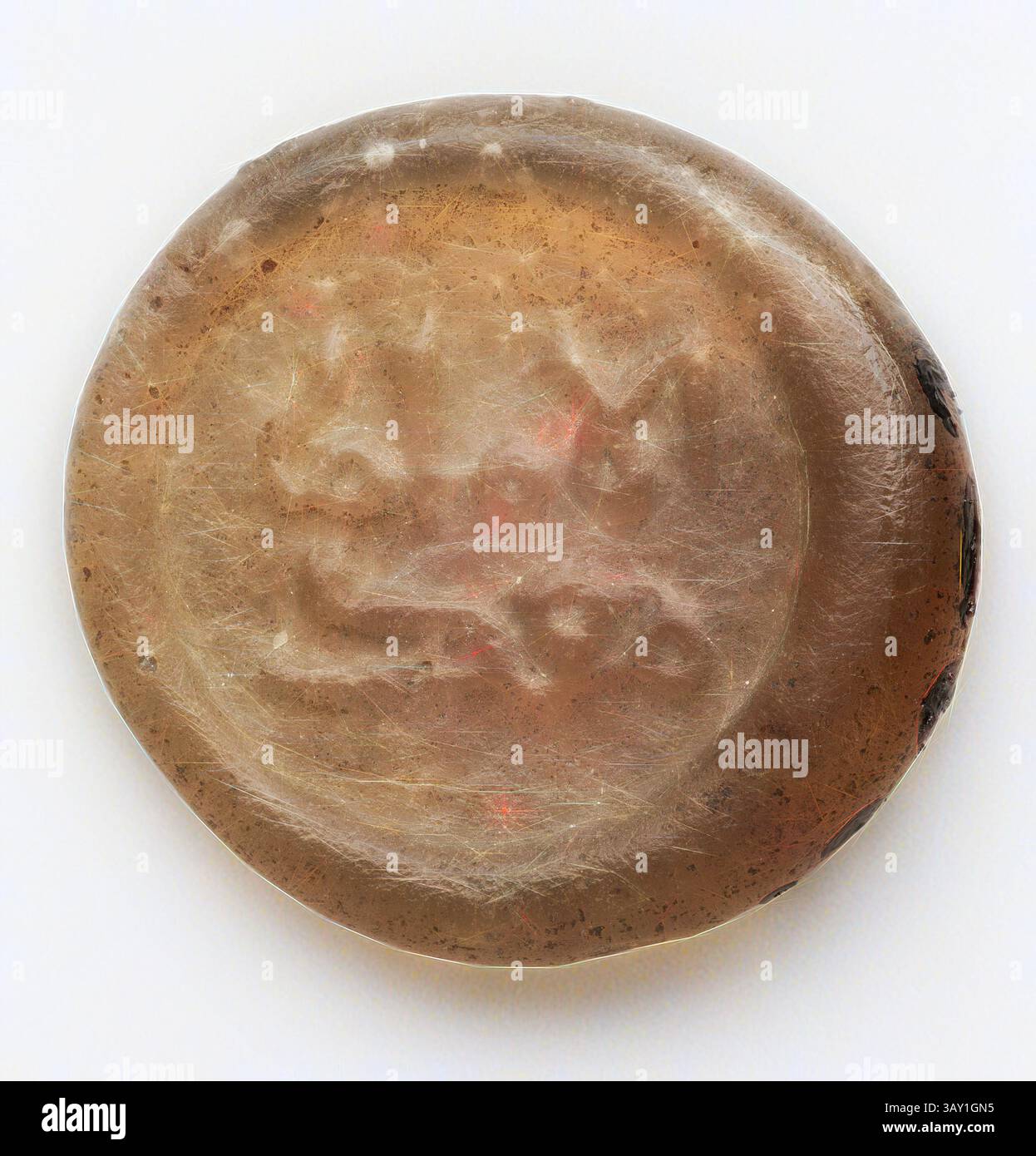 An oval-shaped seal featuring an engraved design, characterized by its smooth surface and subtle translucence. The intricate patterns suggest cultural or historical significance, likely used for imprinting on materials., Islamic, Egyptian, Quarter Dirham Coin Weight from the Reign of the Fatimid Caliph al-Mustansir, 1036/1094, Glass, 1/8 x 9/16 in. diam. ( .32 x 1.42 cm), Classic art with a modern twist reimagined by Artotop Stock Photohttps://www.alamy.com/image-license-details/?v=1https://www.alamy.com/an-oval-shaped-seal-featuring-an-engraved-design-characterized-by-its-smooth-surface-and-subtle-translucence-the-intricate-patterns-suggest-cultural-or-historical-significance-likely-used-for-imprinting-on-materials-islamic-egyptian-quarter-dirham-coin-weight-from-the-reign-of-the-fatimid-caliph-al-mustansir-10361094-glass-18-x-916-in-diam-32-x-142-cm-classic-art-with-a-modern-twist-reimagined-by-artotop-image670624785.html
An oval-shaped seal featuring an engraved design, characterized by its smooth surface and subtle translucence. The intricate patterns suggest cultural or historical significance, likely used for imprinting on materials., Islamic, Egyptian, Quarter Dirham Coin Weight from the Reign of the Fatimid Caliph al-Mustansir, 1036/1094, Glass, 1/8 x 9/16 in. diam. ( .32 x 1.42 cm), Classic art with a modern twist reimagined by Artotop Stock Photohttps://www.alamy.com/image-license-details/?v=1https://www.alamy.com/an-oval-shaped-seal-featuring-an-engraved-design-characterized-by-its-smooth-surface-and-subtle-translucence-the-intricate-patterns-suggest-cultural-or-historical-significance-likely-used-for-imprinting-on-materials-islamic-egyptian-quarter-dirham-coin-weight-from-the-reign-of-the-fatimid-caliph-al-mustansir-10361094-glass-18-x-916-in-diam-32-x-142-cm-classic-art-with-a-modern-twist-reimagined-by-artotop-image670624785.htmlRM3AY1GN5–An oval-shaped seal featuring an engraved design, characterized by its smooth surface and subtle translucence. The intricate patterns suggest cultural or historical significance, likely used for imprinting on materials., Islamic, Egyptian, Quarter Dirham Coin Weight from the Reign of the Fatimid Caliph al-Mustansir, 1036/1094, Glass, 1/8 x 9/16 in. diam. ( .32 x 1.42 cm), Classic art with a modern twist reimagined by Artotop
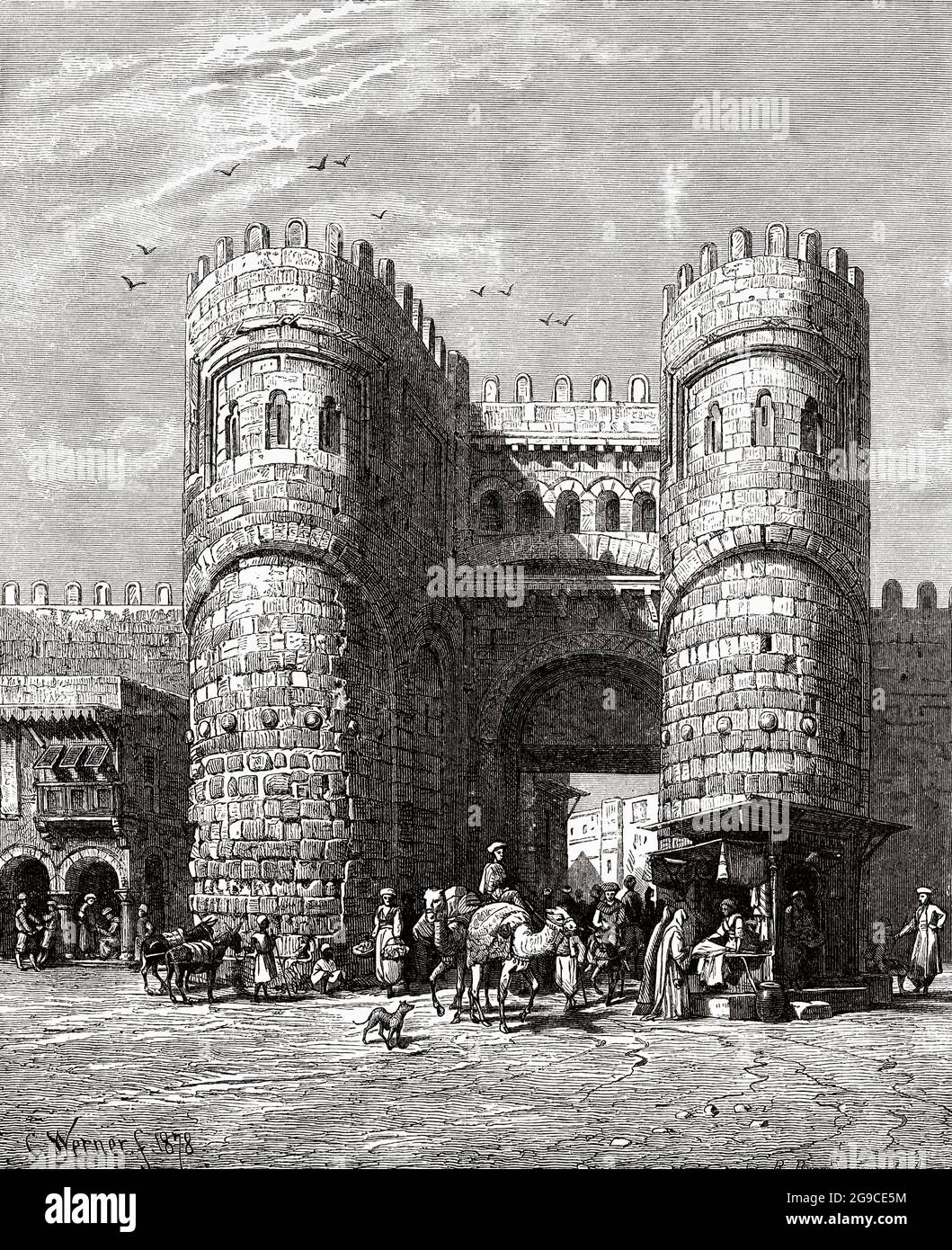 Bab al Futuh gate (Conquest Gate) is one of three remaining gates in the walls of the old city of Cairo, Egypt. It was finished in the year 1087 and faces north. The gate was part of fortification built by Vizier Badr al-Jamali of Fatimid Imam/caliph Mustansir. Egypt, North Africa. Old 19th century engraved illustration from El Mundo Ilustrado 1879 Stock Photohttps://www.alamy.com/image-license-details/?v=1https://www.alamy.com/bab-al-futuh-gate-conquest-gate-is-one-of-three-remaining-gates-in-the-walls-of-the-old-city-of-cairo-egypt-it-was-finished-in-the-year-1087-and-faces-north-the-gate-was-part-of-fortification-built-by-vizier-badr-al-jamali-of-fatimid-imamcaliph-mustansir-egypt-north-africa-old-19th-century-engraved-illustration-from-el-mundo-ilustrado-1879-image436065664.html
Bab al Futuh gate (Conquest Gate) is one of three remaining gates in the walls of the old city of Cairo, Egypt. It was finished in the year 1087 and faces north. The gate was part of fortification built by Vizier Badr al-Jamali of Fatimid Imam/caliph Mustansir. Egypt, North Africa. Old 19th century engraved illustration from El Mundo Ilustrado 1879 Stock Photohttps://www.alamy.com/image-license-details/?v=1https://www.alamy.com/bab-al-futuh-gate-conquest-gate-is-one-of-three-remaining-gates-in-the-walls-of-the-old-city-of-cairo-egypt-it-was-finished-in-the-year-1087-and-faces-north-the-gate-was-part-of-fortification-built-by-vizier-badr-al-jamali-of-fatimid-imamcaliph-mustansir-egypt-north-africa-old-19th-century-engraved-illustration-from-el-mundo-ilustrado-1879-image436065664.htmlRM2G9CE5M–Bab al Futuh gate (Conquest Gate) is one of three remaining gates in the walls of the old city of Cairo, Egypt. It was finished in the year 1087 and faces north. The gate was part of fortification built by Vizier Badr al-Jamali of Fatimid Imam/caliph Mustansir. Egypt, North Africa. Old 19th century engraved illustration from El Mundo Ilustrado 1879
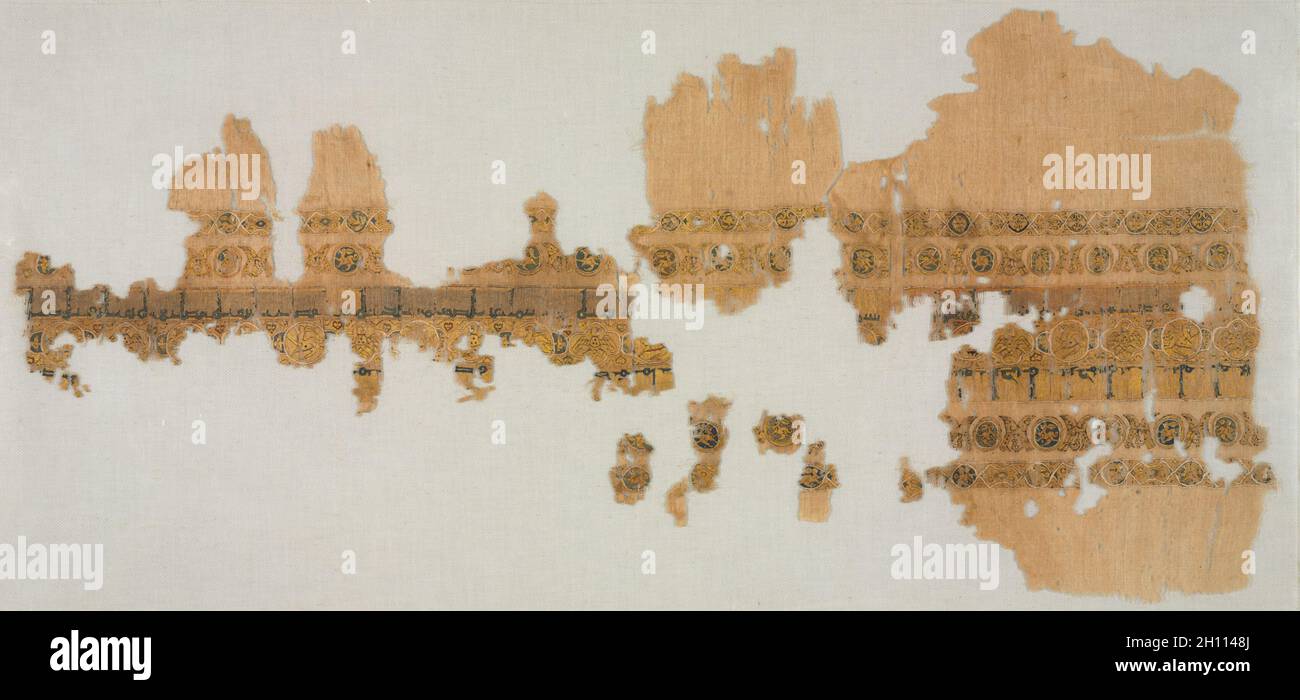 Tiraz with gold, 1094-1101. Egypt, Fatimid period, reign of Caliph al-Musta‘lī, 1094–1101. Plain weave with inwoven tapestry weave: linen, silk, and gold filé; overall: 36.8 x 91.4 cm (14 1/2 x 36 in.); mounted: 55.2 x 106.7 cm (21 3/4 x 42 in.). Stock Photohttps://www.alamy.com/image-license-details/?v=1https://www.alamy.com/tiraz-with-gold-1094-1101-egypt-fatimid-period-reign-of-caliph-al-mustal-10941101-plain-weave-with-inwoven-tapestry-weave-linen-silk-and-gold-fil-overall-368-x-914-cm-14-12-x-36-in-mounted-552-x-1067-cm-21-34-x-42-in-image448109554.html
Tiraz with gold, 1094-1101. Egypt, Fatimid period, reign of Caliph al-Musta‘lī, 1094–1101. Plain weave with inwoven tapestry weave: linen, silk, and gold filé; overall: 36.8 x 91.4 cm (14 1/2 x 36 in.); mounted: 55.2 x 106.7 cm (21 3/4 x 42 in.). Stock Photohttps://www.alamy.com/image-license-details/?v=1https://www.alamy.com/tiraz-with-gold-1094-1101-egypt-fatimid-period-reign-of-caliph-al-mustal-10941101-plain-weave-with-inwoven-tapestry-weave-linen-silk-and-gold-fil-overall-368-x-914-cm-14-12-x-36-in-mounted-552-x-1067-cm-21-34-x-42-in-image448109554.htmlRM2H1148J–Tiraz with gold, 1094-1101. Egypt, Fatimid period, reign of Caliph al-Musta‘lī, 1094–1101. Plain weave with inwoven tapestry weave: linen, silk, and gold filé; overall: 36.8 x 91.4 cm (14 1/2 x 36 in.); mounted: 55.2 x 106.7 cm (21 3/4 x 42 in.).
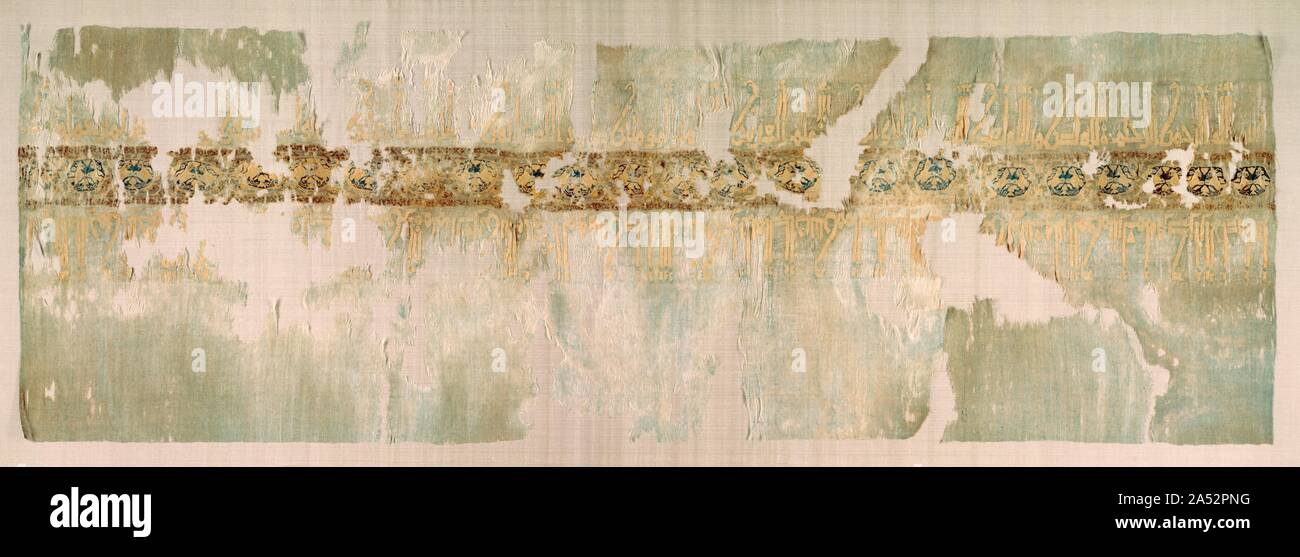 Turban end with tiraz, 983-990. This finely woven linen cloth, dyed a cherished pistachio colour, was cut from a longer fabric worn folded and wrapped as a turban with the silk tapestry-woven decoration shown off in the front. It contains two opposing rows of nearly identical Arabic text separated by a row of medallions displaying a pair of birds. The historical text begins by praising Allah, asking that he assist the Caliph al-‘Aziz and bless him and his ancestors. The inscription also specifies that the vizier Abu ibn Yusuf ordered the cloth from the private factory (tiraz) in Tinnis. Stock Photohttps://www.alamy.com/image-license-details/?v=1https://www.alamy.com/turban-end-with-tiraz-983-990-this-finely-woven-linen-cloth-dyed-a-cherished-pistachio-colour-was-cut-from-a-longer-fabric-worn-folded-and-wrapped-as-a-turban-with-the-silk-tapestry-woven-decoration-shown-off-in-the-front-it-contains-two-opposing-rows-of-nearly-identical-arabic-text-separated-by-a-row-of-medallions-displaying-a-pair-of-birds-the-historical-text-begins-by-praising-allah-asking-that-he-assist-the-caliph-al-x2018aziz-and-bless-him-and-his-ancestors-the-inscription-also-specifies-that-the-vizier-abu-ibn-yusuf-ordered-the-cloth-from-the-private-factory-tiraz-in-tinnis-image330132028.html
Turban end with tiraz, 983-990. This finely woven linen cloth, dyed a cherished pistachio colour, was cut from a longer fabric worn folded and wrapped as a turban with the silk tapestry-woven decoration shown off in the front. It contains two opposing rows of nearly identical Arabic text separated by a row of medallions displaying a pair of birds. The historical text begins by praising Allah, asking that he assist the Caliph al-‘Aziz and bless him and his ancestors. The inscription also specifies that the vizier Abu ibn Yusuf ordered the cloth from the private factory (tiraz) in Tinnis. Stock Photohttps://www.alamy.com/image-license-details/?v=1https://www.alamy.com/turban-end-with-tiraz-983-990-this-finely-woven-linen-cloth-dyed-a-cherished-pistachio-colour-was-cut-from-a-longer-fabric-worn-folded-and-wrapped-as-a-turban-with-the-silk-tapestry-woven-decoration-shown-off-in-the-front-it-contains-two-opposing-rows-of-nearly-identical-arabic-text-separated-by-a-row-of-medallions-displaying-a-pair-of-birds-the-historical-text-begins-by-praising-allah-asking-that-he-assist-the-caliph-al-x2018aziz-and-bless-him-and-his-ancestors-the-inscription-also-specifies-that-the-vizier-abu-ibn-yusuf-ordered-the-cloth-from-the-private-factory-tiraz-in-tinnis-image330132028.htmlRM2A52PNG–Turban end with tiraz, 983-990. This finely woven linen cloth, dyed a cherished pistachio colour, was cut from a longer fabric worn folded and wrapped as a turban with the silk tapestry-woven decoration shown off in the front. It contains two opposing rows of nearly identical Arabic text separated by a row of medallions displaying a pair of birds. The historical text begins by praising Allah, asking that he assist the Caliph al-‘Aziz and bless him and his ancestors. The inscription also specifies that the vizier Abu ibn Yusuf ordered the cloth from the private factory (tiraz) in Tinnis.
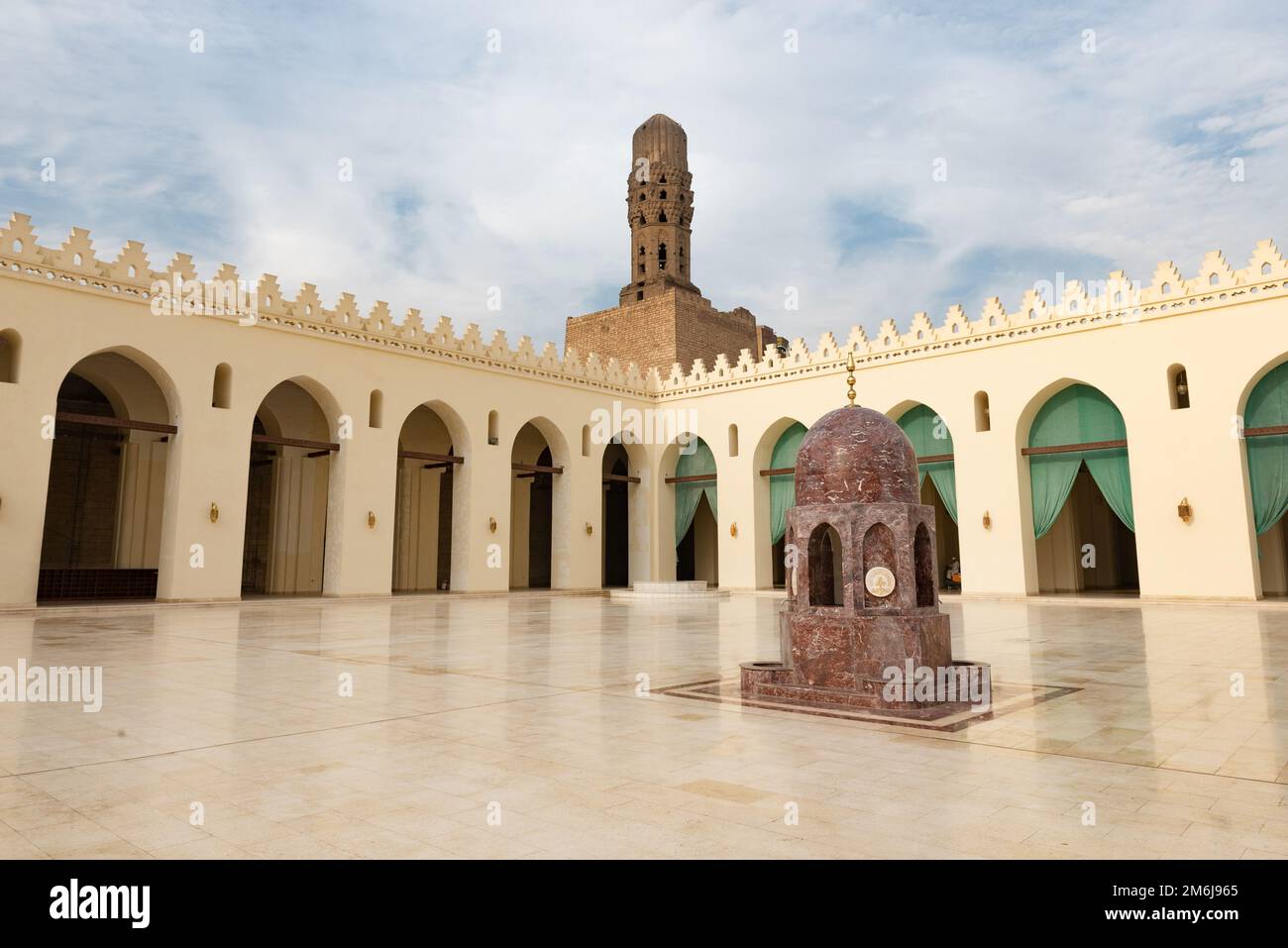 Cairo, Egypt, November 26th 2022 Minaret and ablutions fountain of historic Mosque of al-Hakim, also known as Al-Anwar, named after Al-Hakim bi-Amr Al Stock Photohttps://www.alamy.com/image-license-details/?v=1https://www.alamy.com/cairo-egypt-november-26th-2022-minaret-and-ablutions-fountain-of-historic-mosque-of-al-hakim-also-known-as-al-anwar-named-after-al-hakim-bi-amr-al-image503190973.html
Cairo, Egypt, November 26th 2022 Minaret and ablutions fountain of historic Mosque of al-Hakim, also known as Al-Anwar, named after Al-Hakim bi-Amr Al Stock Photohttps://www.alamy.com/image-license-details/?v=1https://www.alamy.com/cairo-egypt-november-26th-2022-minaret-and-ablutions-fountain-of-historic-mosque-of-al-hakim-also-known-as-al-anwar-named-after-al-hakim-bi-amr-al-image503190973.htmlRM2M6J965–Cairo, Egypt, November 26th 2022 Minaret and ablutions fountain of historic Mosque of al-Hakim, also known as Al-Anwar, named after Al-Hakim bi-Amr Al
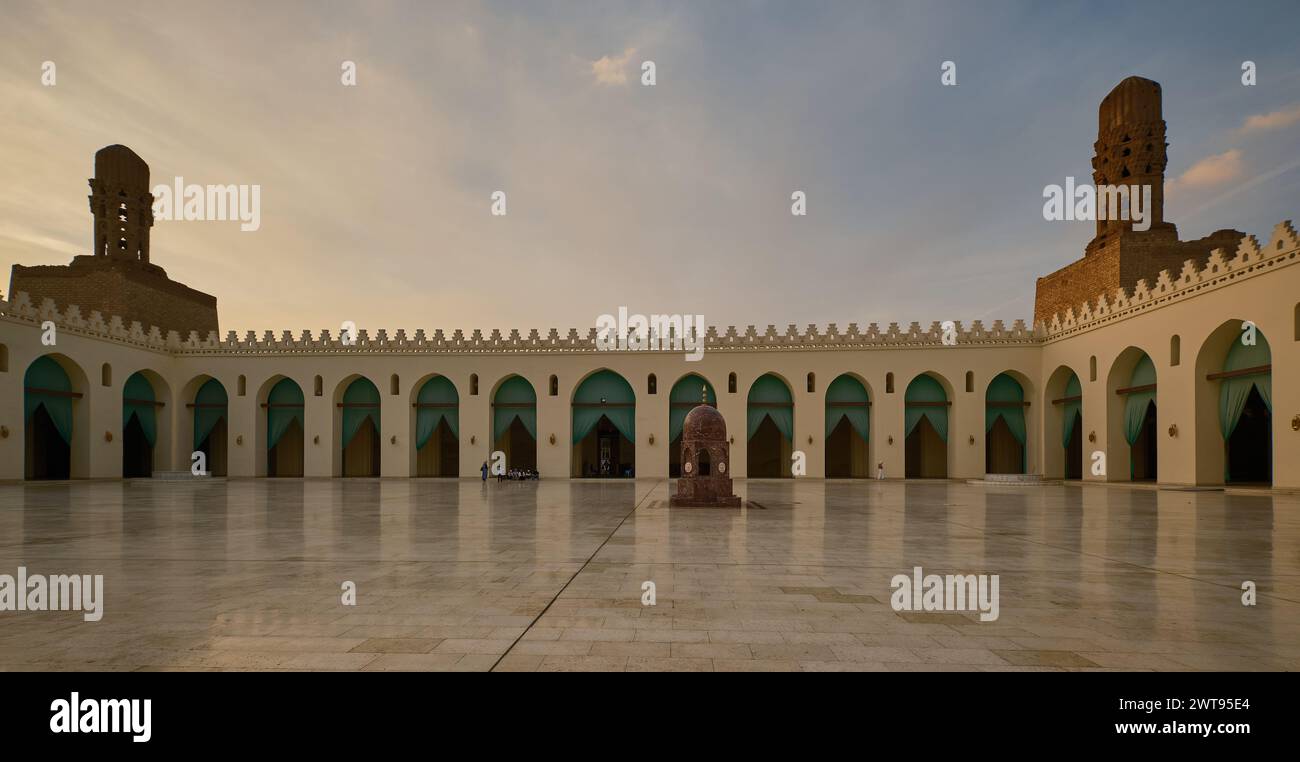 The al-Hakim Mosque, al-Anwar, is a historic mosque in Cairo, Egypt named after Al-Hakim bi-Amr Allah, the sixth Fatimid caliph and 16th Ismaili Imam. Stock Photohttps://www.alamy.com/image-license-details/?v=1https://www.alamy.com/the-al-hakim-mosque-al-anwar-is-a-historic-mosque-in-cairo-egypt-named-after-al-hakim-bi-amr-allah-the-sixth-fatimid-caliph-and-16th-ismaili-imam-image600106140.html
The al-Hakim Mosque, al-Anwar, is a historic mosque in Cairo, Egypt named after Al-Hakim bi-Amr Allah, the sixth Fatimid caliph and 16th Ismaili Imam. Stock Photohttps://www.alamy.com/image-license-details/?v=1https://www.alamy.com/the-al-hakim-mosque-al-anwar-is-a-historic-mosque-in-cairo-egypt-named-after-al-hakim-bi-amr-allah-the-sixth-fatimid-caliph-and-16th-ismaili-imam-image600106140.htmlRF2WT95E4–The al-Hakim Mosque, al-Anwar, is a historic mosque in Cairo, Egypt named after Al-Hakim bi-Amr Allah, the sixth Fatimid caliph and 16th Ismaili Imam.
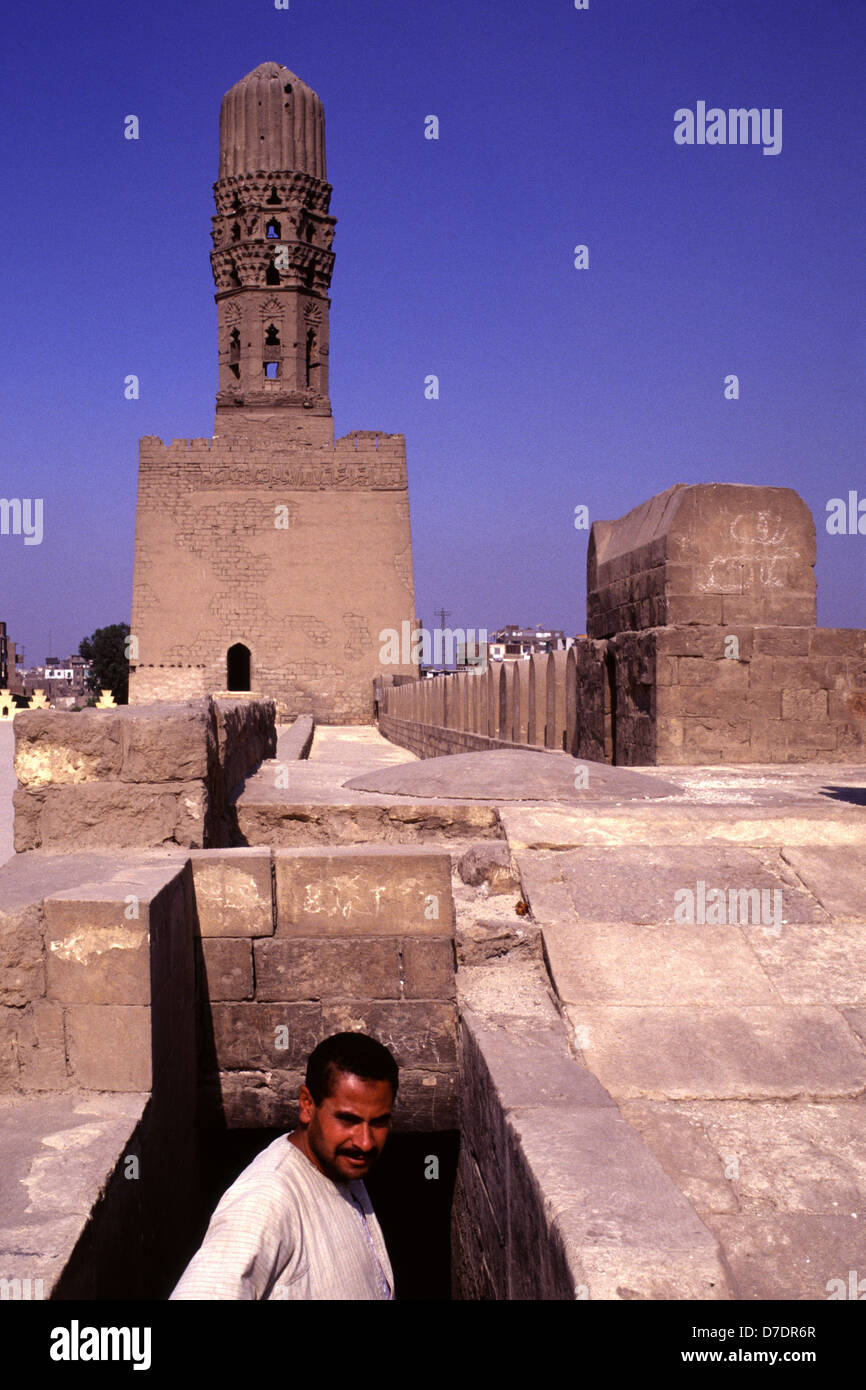 Fatimid style of the minaret of Al Hakim mosque nicknamed al-Anwar named after Al-Hakim bi-Amr Allah (985–1021), the sixth Fatimid caliph and 16th Ismaili Imam located in Islamic Cairo Egypt Stock Photohttps://www.alamy.com/image-license-details/?v=1https://www.alamy.com/stock-photo-fatimid-style-of-the-minaret-of-al-hakim-mosque-nicknamed-al-anwar-56237295.html
Fatimid style of the minaret of Al Hakim mosque nicknamed al-Anwar named after Al-Hakim bi-Amr Allah (985–1021), the sixth Fatimid caliph and 16th Ismaili Imam located in Islamic Cairo Egypt Stock Photohttps://www.alamy.com/image-license-details/?v=1https://www.alamy.com/stock-photo-fatimid-style-of-the-minaret-of-al-hakim-mosque-nicknamed-al-anwar-56237295.htmlRMD7DR6R–Fatimid style of the minaret of Al Hakim mosque nicknamed al-Anwar named after Al-Hakim bi-Amr Allah (985–1021), the sixth Fatimid caliph and 16th Ismaili Imam located in Islamic Cairo Egypt
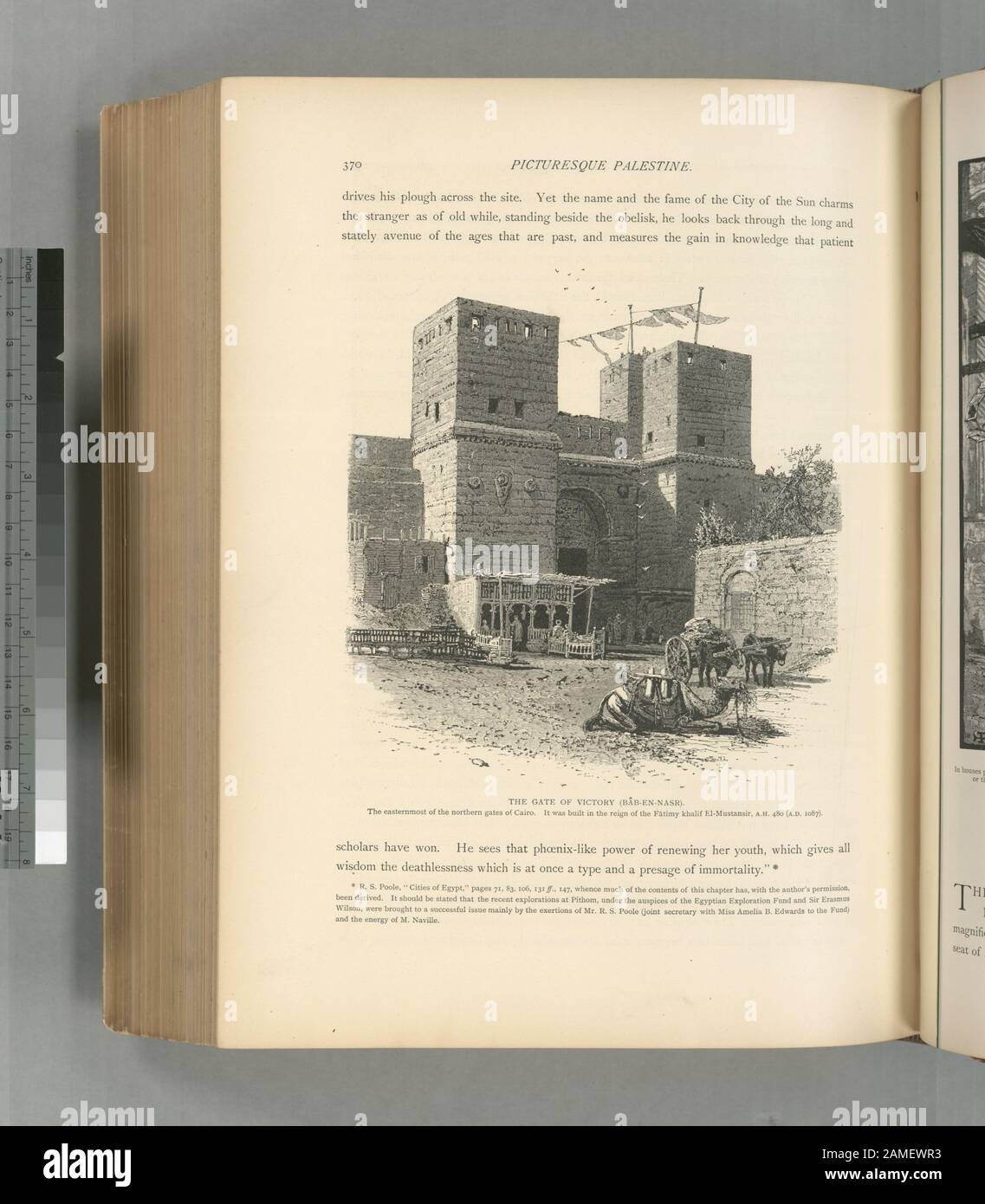 The gate of victory (Bâb-en-Nasr) The easternmost of the northern gates of Cairo It was built in the reign of the Fâtimy khalif El-Mustansir, AH 480 (AD 1087) Colonel Wilson, ed.; The gate of victory. (Bâb-en-Nasr). The easternmost of the northern gates of Cairo. It was built in the reign of the Fâtimy khalif El-Mustansir, A.H. 480 (A.D. 1087). Stock Photohttps://www.alamy.com/image-license-details/?v=1https://www.alamy.com/the-gate-of-victory-bab-en-nasr-the-easternmost-of-the-northern-gates-of-cairo-it-was-built-in-the-reign-of-the-fatimy-khalif-el-mustansir-ah-480-ad-1087-colonel-wilson-ed-the-gate-of-victory-bb-en-nasr-the-easternmost-of-the-northern-gates-of-cairo-it-was-built-in-the-reign-of-the-ftimy-khalif-el-mustansir-ah-480-ad-1087-image339617687.html
The gate of victory (Bâb-en-Nasr) The easternmost of the northern gates of Cairo It was built in the reign of the Fâtimy khalif El-Mustansir, AH 480 (AD 1087) Colonel Wilson, ed.; The gate of victory. (Bâb-en-Nasr). The easternmost of the northern gates of Cairo. It was built in the reign of the Fâtimy khalif El-Mustansir, A.H. 480 (A.D. 1087). Stock Photohttps://www.alamy.com/image-license-details/?v=1https://www.alamy.com/the-gate-of-victory-bab-en-nasr-the-easternmost-of-the-northern-gates-of-cairo-it-was-built-in-the-reign-of-the-fatimy-khalif-el-mustansir-ah-480-ad-1087-colonel-wilson-ed-the-gate-of-victory-bb-en-nasr-the-easternmost-of-the-northern-gates-of-cairo-it-was-built-in-the-reign-of-the-ftimy-khalif-el-mustansir-ah-480-ad-1087-image339617687.htmlRM2AMEWR3–The gate of victory (Bâb-en-Nasr) The easternmost of the northern gates of Cairo It was built in the reign of the Fâtimy khalif El-Mustansir, AH 480 (AD 1087) Colonel Wilson, ed.; The gate of victory. (Bâb-en-Nasr). The easternmost of the northern gates of Cairo. It was built in the reign of the Fâtimy khalif El-Mustansir, A.H. 480 (A.D. 1087).
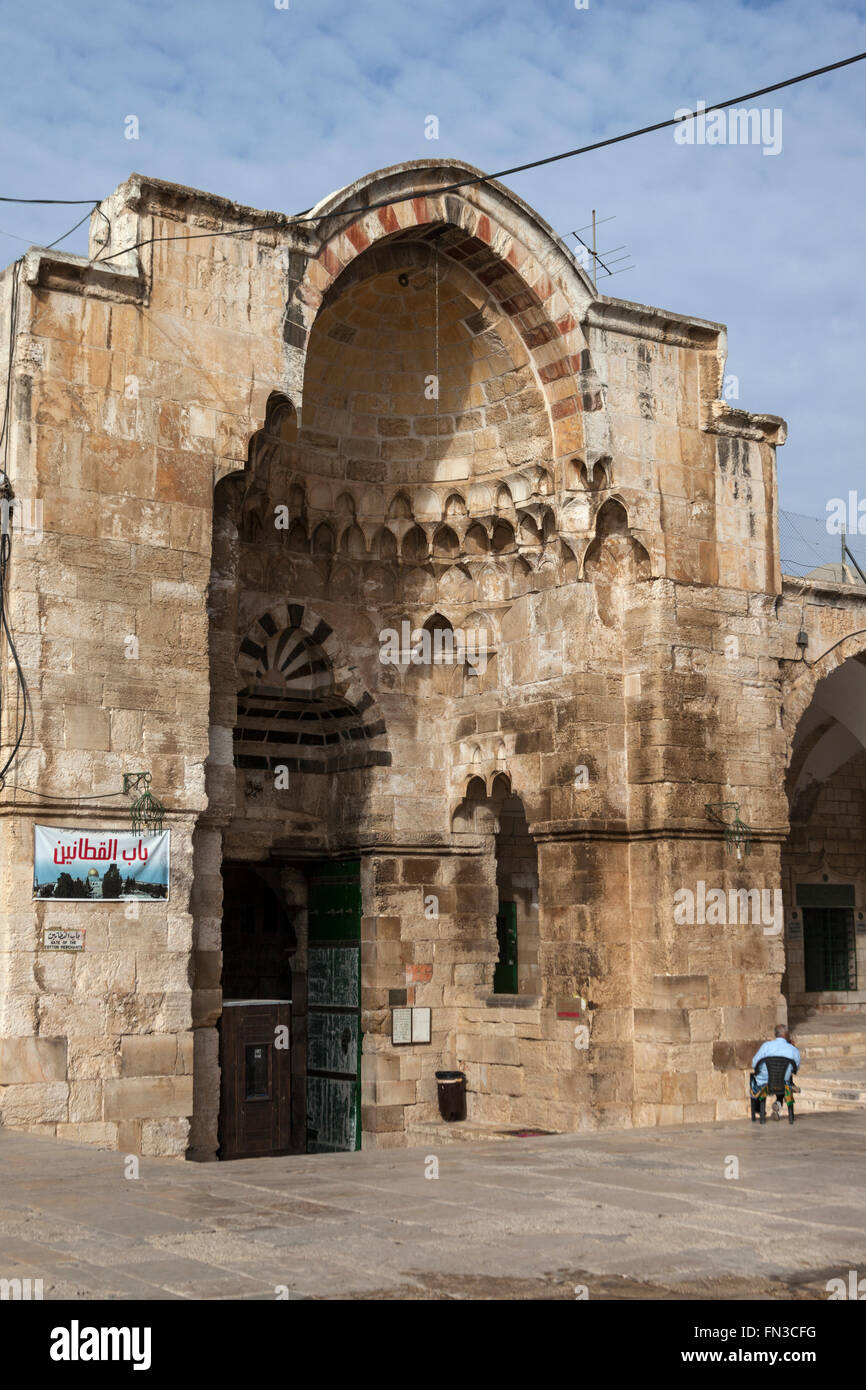 Gate of the Cotton Merchants, l-Haram ash-Sharif or Temple Mount, Old City Jerusalem Stock Photohttps://www.alamy.com/image-license-details/?v=1https://www.alamy.com/stock-photo-gate-of-the-cotton-merchants-l-haram-ash-sharif-or-temple-mount-old-99035316.html
Gate of the Cotton Merchants, l-Haram ash-Sharif or Temple Mount, Old City Jerusalem Stock Photohttps://www.alamy.com/image-license-details/?v=1https://www.alamy.com/stock-photo-gate-of-the-cotton-merchants-l-haram-ash-sharif-or-temple-mount-old-99035316.htmlRMFN3CFG–Gate of the Cotton Merchants, l-Haram ash-Sharif or Temple Mount, Old City Jerusalem
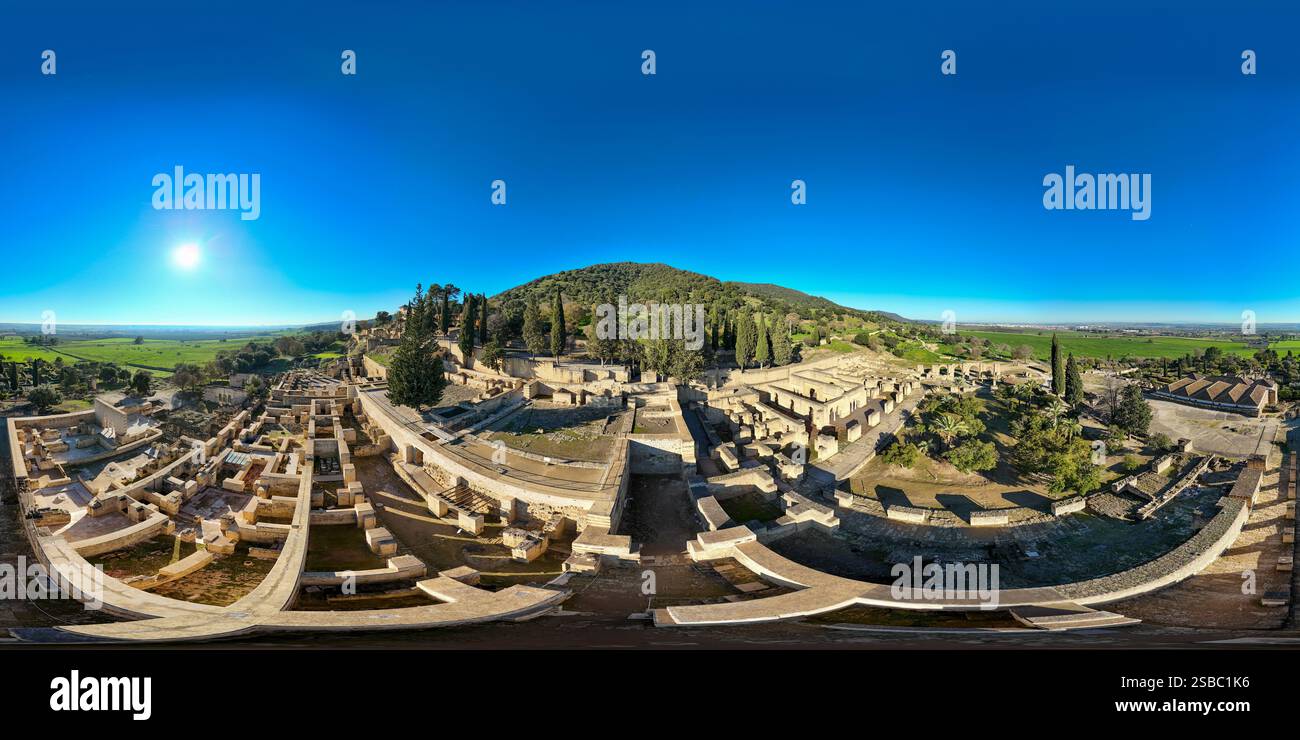 Madinat al-Zahra or Medina Azahara or the radiant city was a fortified palace-city on the western outskirts of Córdoba in present-day Spain. Its remai Stock Photohttps://www.alamy.com/image-license-details/?v=1https://www.alamy.com/madinat-al-zahra-or-medina-azahara-or-the-radiant-city-was-a-fortified-palace-city-on-the-western-outskirts-of-crdoba-in-present-day-spain-its-remai-image643809578.html
Madinat al-Zahra or Medina Azahara or the radiant city was a fortified palace-city on the western outskirts of Córdoba in present-day Spain. Its remai Stock Photohttps://www.alamy.com/image-license-details/?v=1https://www.alamy.com/madinat-al-zahra-or-medina-azahara-or-the-radiant-city-was-a-fortified-palace-city-on-the-western-outskirts-of-crdoba-in-present-day-spain-its-remai-image643809578.htmlRF2SBC1K6–Madinat al-Zahra or Medina Azahara or the radiant city was a fortified palace-city on the western outskirts of Córdoba in present-day Spain. Its remai
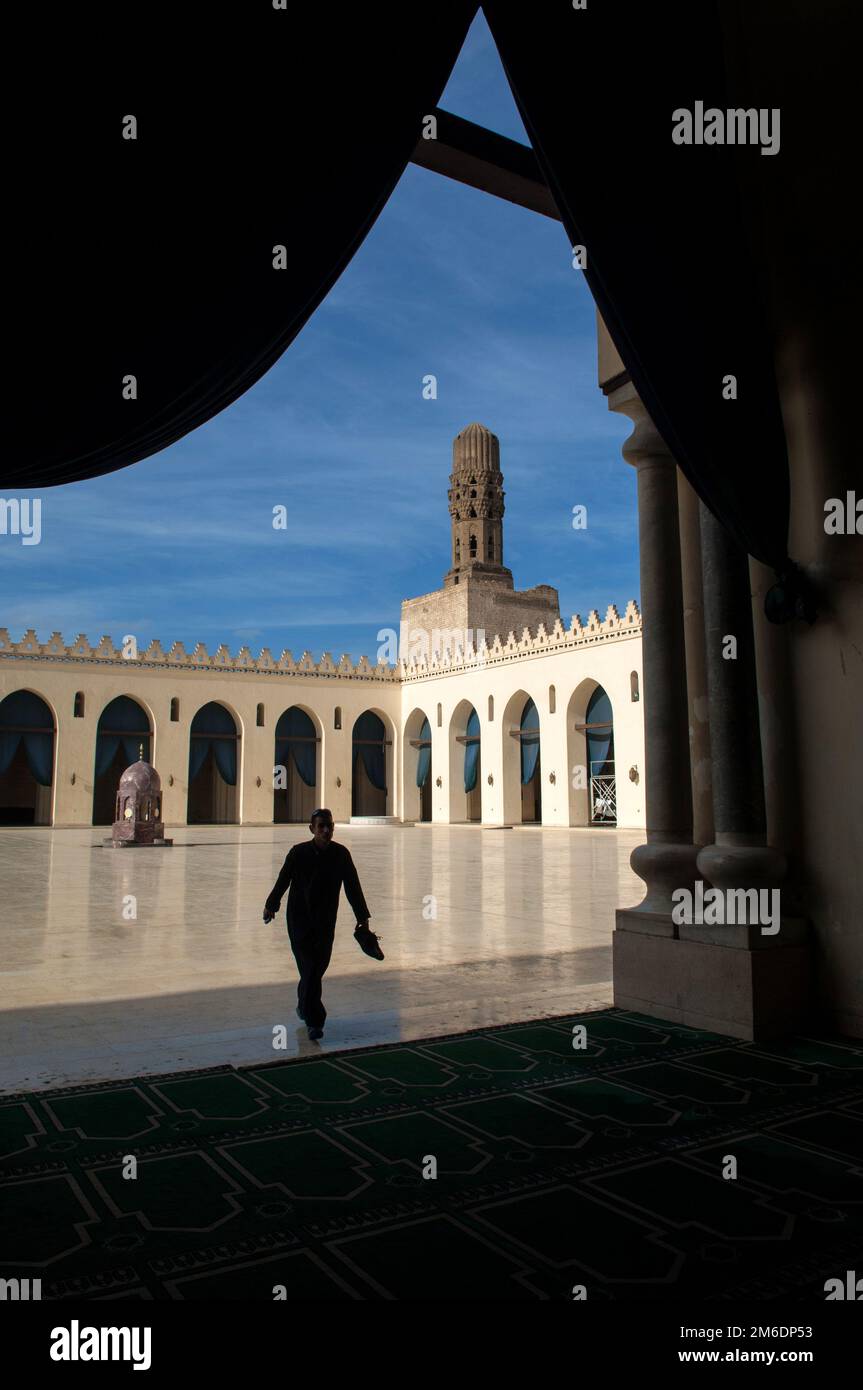 Al Hakim bi Amr Allah, Islamic Cairo, Egypt Stock Photohttps://www.alamy.com/image-license-details/?v=1https://www.alamy.com/al-hakim-bi-amr-allah-islamic-cairo-egypt-image503091375.html
Al Hakim bi Amr Allah, Islamic Cairo, Egypt Stock Photohttps://www.alamy.com/image-license-details/?v=1https://www.alamy.com/al-hakim-bi-amr-allah-islamic-cairo-egypt-image503091375.htmlRM2M6DP53–Al Hakim bi Amr Allah, Islamic Cairo, Egypt
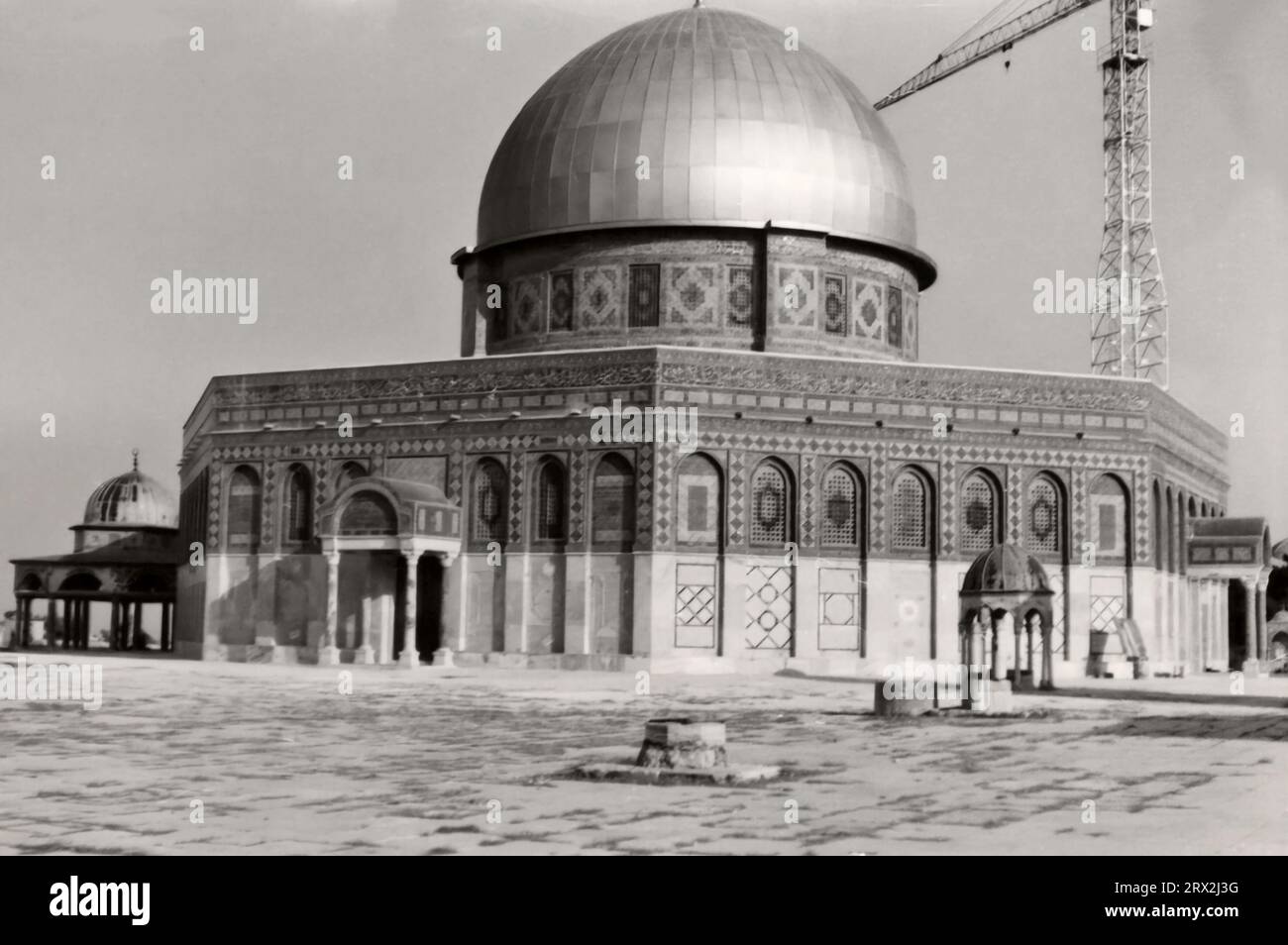 Al-Aqsa Mosque, Jerusalem, Circa 1965 Stock Photohttps://www.alamy.com/image-license-details/?v=1https://www.alamy.com/al-aqsa-mosque-jerusalem-circa-1965-image566770948.html
Al-Aqsa Mosque, Jerusalem, Circa 1965 Stock Photohttps://www.alamy.com/image-license-details/?v=1https://www.alamy.com/al-aqsa-mosque-jerusalem-circa-1965-image566770948.htmlRM2RX2J3G–Al-Aqsa Mosque, Jerusalem, Circa 1965
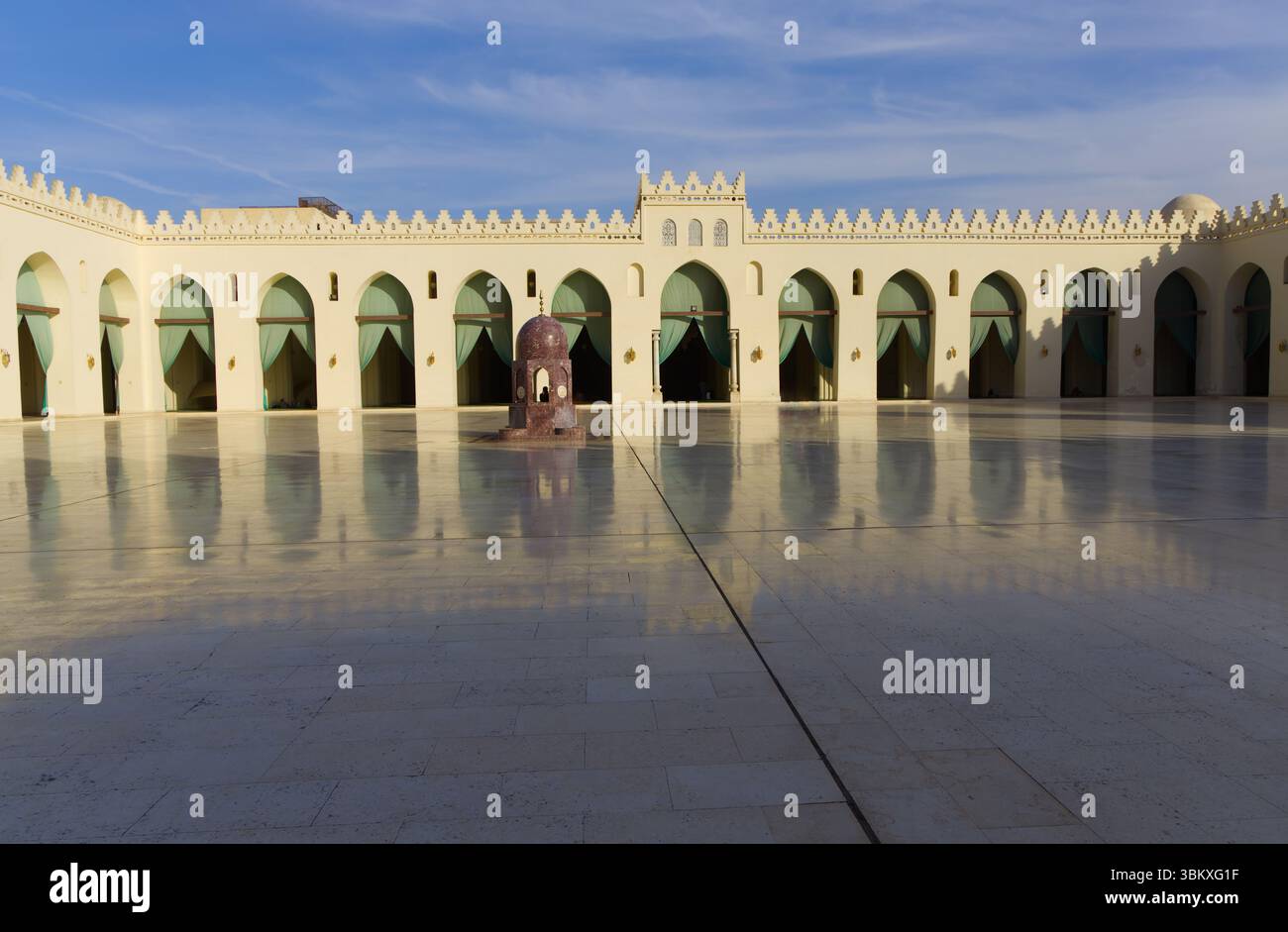 The courtyard of Al-Hakim Mosque, Cairo Stock Photohttps://www.alamy.com/image-license-details/?v=1https://www.alamy.com/the-courtyard-of-al-hakim-mosque-cairo-image683466155.html
The courtyard of Al-Hakim Mosque, Cairo Stock Photohttps://www.alamy.com/image-license-details/?v=1https://www.alamy.com/the-courtyard-of-al-hakim-mosque-cairo-image683466155.htmlRF3BKXG1F–The courtyard of Al-Hakim Mosque, Cairo
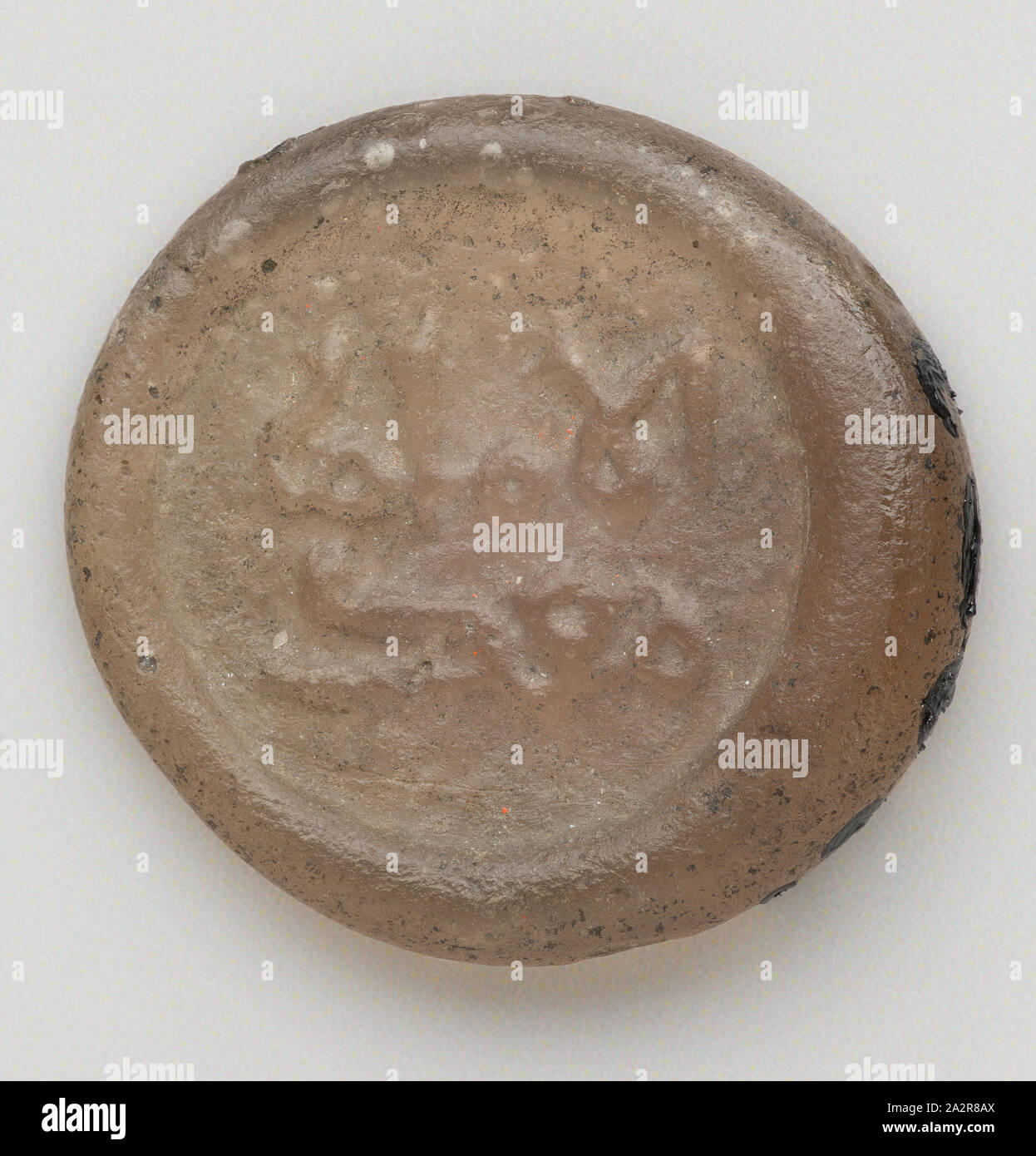 Islamic, Egyptian, Quarter Dirham Coin Weight from the Reign of the Fatimid Caliph al-Mustansir, 1036/1094, Glass, 1/8 x 9/16 in. diam. ( .32 x 1.42 cm Stock Photohttps://www.alamy.com/image-license-details/?v=1https://www.alamy.com/islamic-egyptian-quarter-dirham-coin-weight-from-the-reign-of-the-fatimid-caliph-al-mustansir-10361094-glass-18-x-916-in-diam-32-x-142-cm-image328737778.html
Islamic, Egyptian, Quarter Dirham Coin Weight from the Reign of the Fatimid Caliph al-Mustansir, 1036/1094, Glass, 1/8 x 9/16 in. diam. ( .32 x 1.42 cm Stock Photohttps://www.alamy.com/image-license-details/?v=1https://www.alamy.com/islamic-egyptian-quarter-dirham-coin-weight-from-the-reign-of-the-fatimid-caliph-al-mustansir-10361094-glass-18-x-916-in-diam-32-x-142-cm-image328737778.htmlRM2A2R8AX–Islamic, Egyptian, Quarter Dirham Coin Weight from the Reign of the Fatimid Caliph al-Mustansir, 1036/1094, Glass, 1/8 x 9/16 in. diam. ( .32 x 1.42 cm
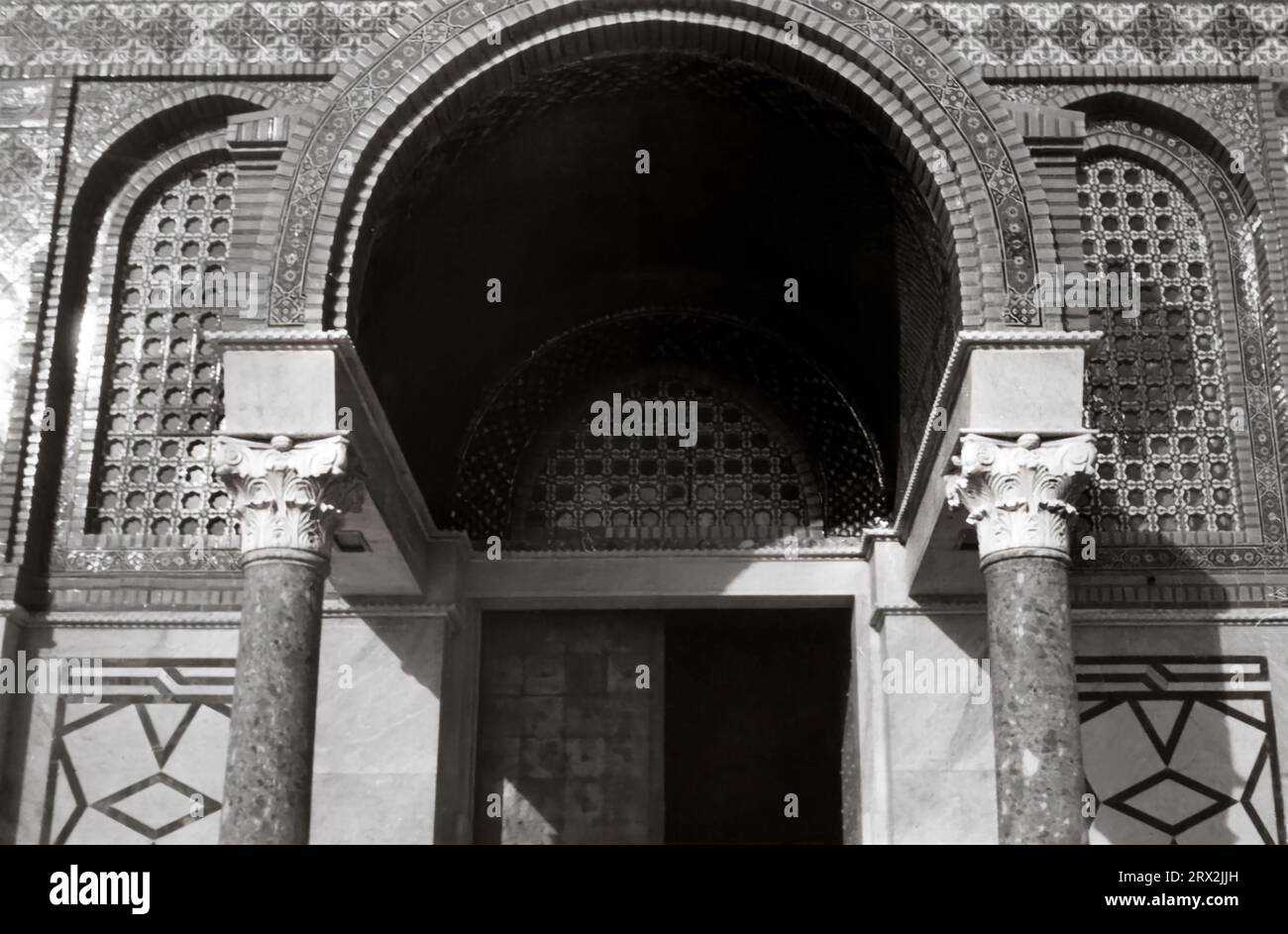 Al-Aqsa Mosque, Jerusalem, Circa 1968 Stock Photohttps://www.alamy.com/image-license-details/?v=1https://www.alamy.com/al-aqsa-mosque-jerusalem-circa-1968-image566771369.html
Al-Aqsa Mosque, Jerusalem, Circa 1968 Stock Photohttps://www.alamy.com/image-license-details/?v=1https://www.alamy.com/al-aqsa-mosque-jerusalem-circa-1968-image566771369.htmlRF2RX2JJH–Al-Aqsa Mosque, Jerusalem, Circa 1968
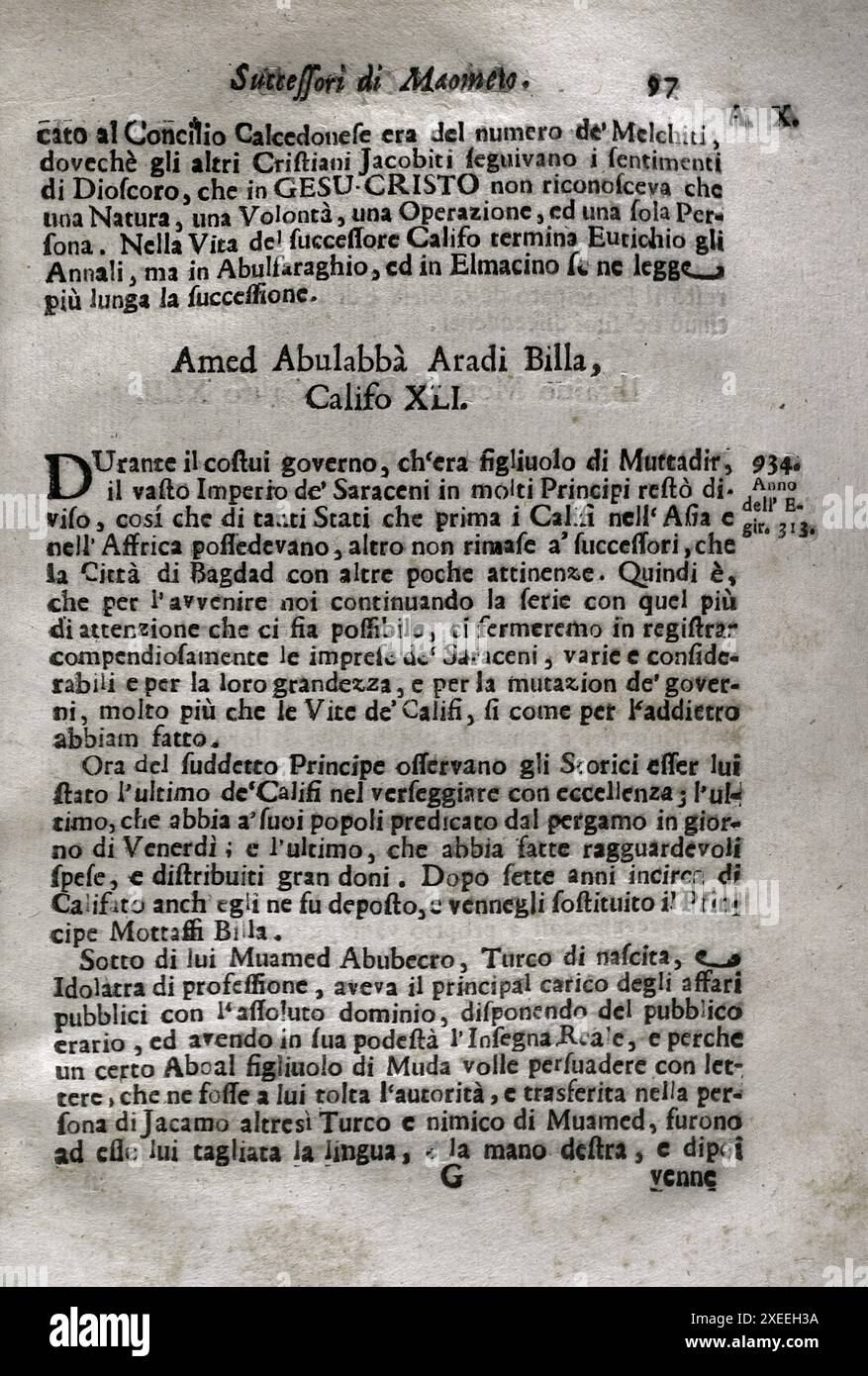 'Mappamondo Istorico'. Volume VI. Part I. It comprises the life of the Mohammedan caliphs and the Ottoman emperors, from 571 to 1566. al-Mahdi Billah (Abd Allah al-Mahdi Billah) (873-934). Imam-Caliph (909-934). By Father Antonio Foresti (1625-1692), of the Society of Jesus. Venice and Parma, 1710. Author: Antonio Foresti (1625-1692). Italian Jesuit and historian. Stock Photohttps://www.alamy.com/image-license-details/?v=1https://www.alamy.com/mappamondo-istorico-volume-vi-part-i-it-comprises-the-life-of-the-mohammedan-caliphs-and-the-ottoman-emperors-from-571-to-1566-al-mahdi-billah-abd-allah-al-mahdi-billah-873-934-imam-caliph-909-934-by-father-antonio-foresti-1625-1692-of-the-society-of-jesus-venice-and-parma-1710-author-antonio-foresti-1625-1692-italian-jesuit-and-historian-image611288814.html
'Mappamondo Istorico'. Volume VI. Part I. It comprises the life of the Mohammedan caliphs and the Ottoman emperors, from 571 to 1566. al-Mahdi Billah (Abd Allah al-Mahdi Billah) (873-934). Imam-Caliph (909-934). By Father Antonio Foresti (1625-1692), of the Society of Jesus. Venice and Parma, 1710. Author: Antonio Foresti (1625-1692). Italian Jesuit and historian. Stock Photohttps://www.alamy.com/image-license-details/?v=1https://www.alamy.com/mappamondo-istorico-volume-vi-part-i-it-comprises-the-life-of-the-mohammedan-caliphs-and-the-ottoman-emperors-from-571-to-1566-al-mahdi-billah-abd-allah-al-mahdi-billah-873-934-imam-caliph-909-934-by-father-antonio-foresti-1625-1692-of-the-society-of-jesus-venice-and-parma-1710-author-antonio-foresti-1625-1692-italian-jesuit-and-historian-image611288814.htmlRM2XEEH3A–'Mappamondo Istorico'. Volume VI. Part I. It comprises the life of the Mohammedan caliphs and the Ottoman emperors, from 571 to 1566. al-Mahdi Billah (Abd Allah al-Mahdi Billah) (873-934). Imam-Caliph (909-934). By Father Antonio Foresti (1625-1692), of the Society of Jesus. Venice and Parma, 1710. Author: Antonio Foresti (1625-1692). Italian Jesuit and historian.
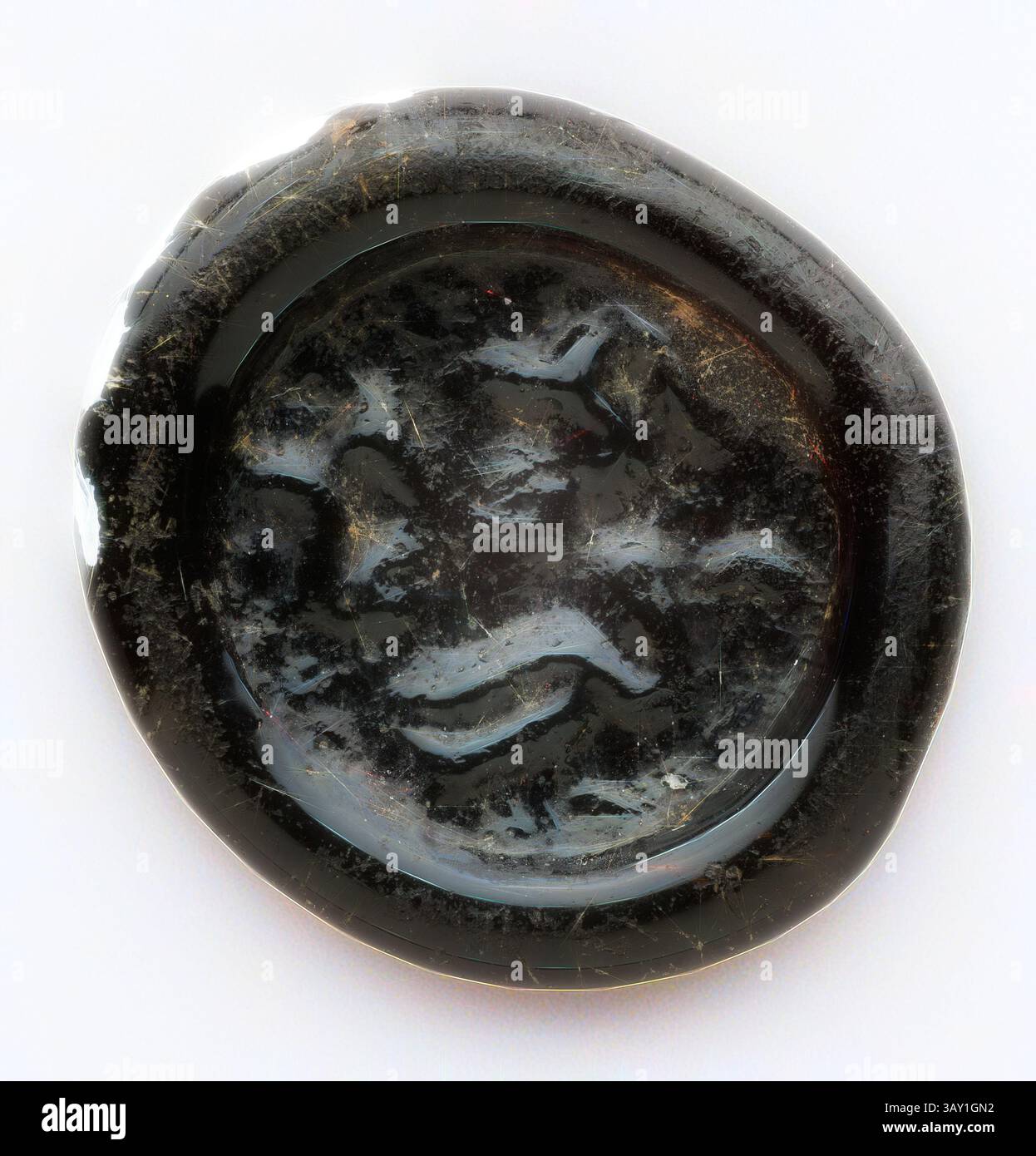 An ornate seal featuring a carved design that depicts a stylized face, surrounded by smooth, reflective edges. The intricate details highlight the craftsmanship involved in its creation, suggesting historical significance or artistic purpose., Islamic, Egyptian, Quarter Dirham Coin Weight from the Reign of the Fatimid Caliph al-Mustansir, 1036/1094, Glass, 1/16 x 9/16 in. diam. ( .15 x 1.42 cm), Classic art with a modern twist reimagined by Artotop Stock Photohttps://www.alamy.com/image-license-details/?v=1https://www.alamy.com/an-ornate-seal-featuring-a-carved-design-that-depicts-a-stylized-face-surrounded-by-smooth-reflective-edges-the-intricate-details-highlight-the-craftsmanship-involved-in-its-creation-suggesting-historical-significance-or-artistic-purpose-islamic-egyptian-quarter-dirham-coin-weight-from-the-reign-of-the-fatimid-caliph-al-mustansir-10361094-glass-116-x-916-in-diam-15-x-142-cm-classic-art-with-a-modern-twist-reimagined-by-artotop-image670624782.html
An ornate seal featuring a carved design that depicts a stylized face, surrounded by smooth, reflective edges. The intricate details highlight the craftsmanship involved in its creation, suggesting historical significance or artistic purpose., Islamic, Egyptian, Quarter Dirham Coin Weight from the Reign of the Fatimid Caliph al-Mustansir, 1036/1094, Glass, 1/16 x 9/16 in. diam. ( .15 x 1.42 cm), Classic art with a modern twist reimagined by Artotop Stock Photohttps://www.alamy.com/image-license-details/?v=1https://www.alamy.com/an-ornate-seal-featuring-a-carved-design-that-depicts-a-stylized-face-surrounded-by-smooth-reflective-edges-the-intricate-details-highlight-the-craftsmanship-involved-in-its-creation-suggesting-historical-significance-or-artistic-purpose-islamic-egyptian-quarter-dirham-coin-weight-from-the-reign-of-the-fatimid-caliph-al-mustansir-10361094-glass-116-x-916-in-diam-15-x-142-cm-classic-art-with-a-modern-twist-reimagined-by-artotop-image670624782.htmlRM3AY1GN2–An ornate seal featuring a carved design that depicts a stylized face, surrounded by smooth, reflective edges. The intricate details highlight the craftsmanship involved in its creation, suggesting historical significance or artistic purpose., Islamic, Egyptian, Quarter Dirham Coin Weight from the Reign of the Fatimid Caliph al-Mustansir, 1036/1094, Glass, 1/16 x 9/16 in. diam. ( .15 x 1.42 cm), Classic art with a modern twist reimagined by Artotop
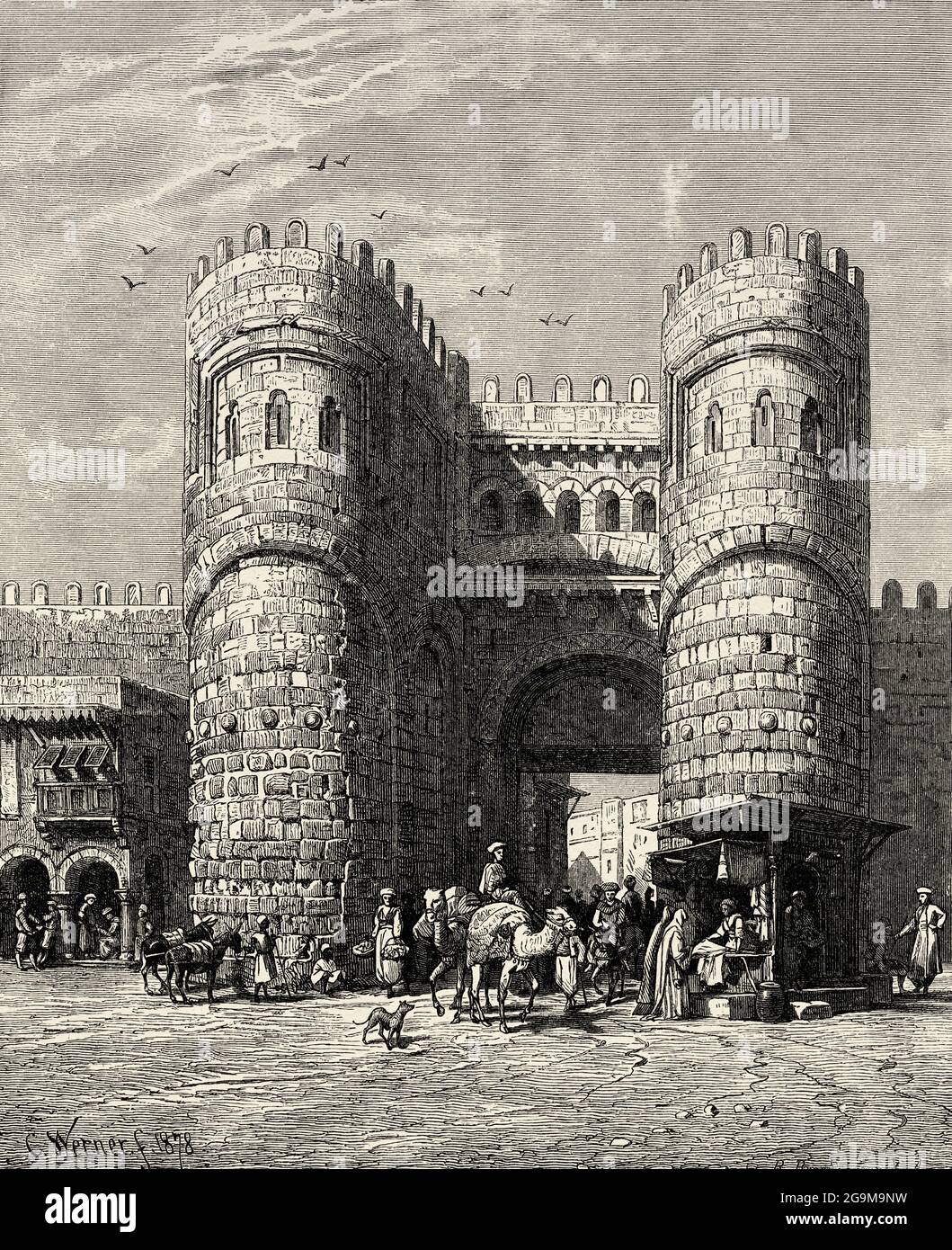 Bab al Futuh gate (Conquest Gate) is one of three remaining gates in the walls of the old city of Cairo, Egypt. It was finished in the year 1087 and faces north. The gate was part of fortification built by Vizier Badr al-Jamali of Fatimid Imam/caliph Mustansir. Egypt, North Africa. Old 19th century engraved illustration from El Mundo Ilustrado 1879 Stock Photohttps://www.alamy.com/image-license-details/?v=1https://www.alamy.com/bab-al-futuh-gate-conquest-gate-is-one-of-three-remaining-gates-in-the-walls-of-the-old-city-of-cairo-egypt-it-was-finished-in-the-year-1087-and-faces-north-the-gate-was-part-of-fortification-built-by-vizier-badr-al-jamali-of-fatimid-imamcaliph-mustansir-egypt-north-africa-old-19th-century-engraved-illustration-from-el-mundo-ilustrado-1879-image436237813.html
Bab al Futuh gate (Conquest Gate) is one of three remaining gates in the walls of the old city of Cairo, Egypt. It was finished in the year 1087 and faces north. The gate was part of fortification built by Vizier Badr al-Jamali of Fatimid Imam/caliph Mustansir. Egypt, North Africa. Old 19th century engraved illustration from El Mundo Ilustrado 1879 Stock Photohttps://www.alamy.com/image-license-details/?v=1https://www.alamy.com/bab-al-futuh-gate-conquest-gate-is-one-of-three-remaining-gates-in-the-walls-of-the-old-city-of-cairo-egypt-it-was-finished-in-the-year-1087-and-faces-north-the-gate-was-part-of-fortification-built-by-vizier-badr-al-jamali-of-fatimid-imamcaliph-mustansir-egypt-north-africa-old-19th-century-engraved-illustration-from-el-mundo-ilustrado-1879-image436237813.htmlRM2G9M9NW–Bab al Futuh gate (Conquest Gate) is one of three remaining gates in the walls of the old city of Cairo, Egypt. It was finished in the year 1087 and faces north. The gate was part of fortification built by Vizier Badr al-Jamali of Fatimid Imam/caliph Mustansir. Egypt, North Africa. Old 19th century engraved illustration from El Mundo Ilustrado 1879
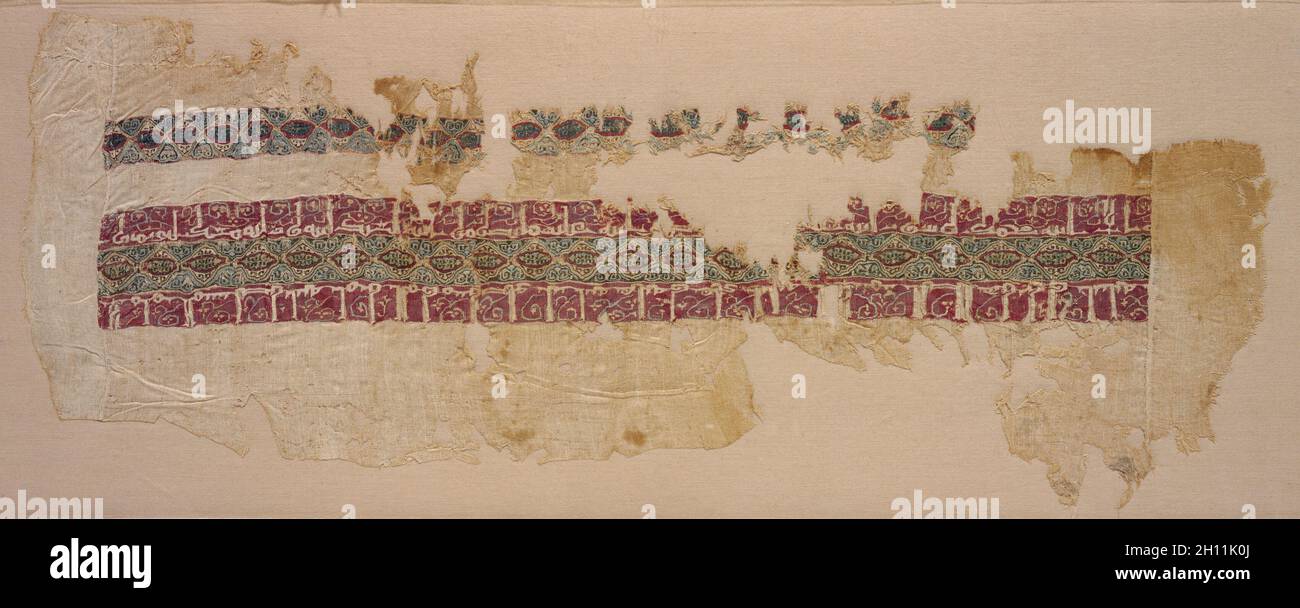 Sleeve with tiraz, 1045 - 1058. Egypt, Fatimid period, reign of Caliph al-Mustansir, 1045-58. Plain weave with inwoven tapestry weave: linen and silk; overall: 20.3 x 51.8 cm (8 x 20 3/8 in.). Stock Photohttps://www.alamy.com/image-license-details/?v=1https://www.alamy.com/sleeve-with-tiraz-1045-1058-egypt-fatimid-period-reign-of-caliph-al-mustansir-1045-58-plain-weave-with-inwoven-tapestry-weave-linen-and-silk-overall-203-x-518-cm-8-x-20-38-in-image448121090.html
Sleeve with tiraz, 1045 - 1058. Egypt, Fatimid period, reign of Caliph al-Mustansir, 1045-58. Plain weave with inwoven tapestry weave: linen and silk; overall: 20.3 x 51.8 cm (8 x 20 3/8 in.). Stock Photohttps://www.alamy.com/image-license-details/?v=1https://www.alamy.com/sleeve-with-tiraz-1045-1058-egypt-fatimid-period-reign-of-caliph-al-mustansir-1045-58-plain-weave-with-inwoven-tapestry-weave-linen-and-silk-overall-203-x-518-cm-8-x-20-38-in-image448121090.htmlRM2H11K0J–Sleeve with tiraz, 1045 - 1058. Egypt, Fatimid period, reign of Caliph al-Mustansir, 1045-58. Plain weave with inwoven tapestry weave: linen and silk; overall: 20.3 x 51.8 cm (8 x 20 3/8 in.).
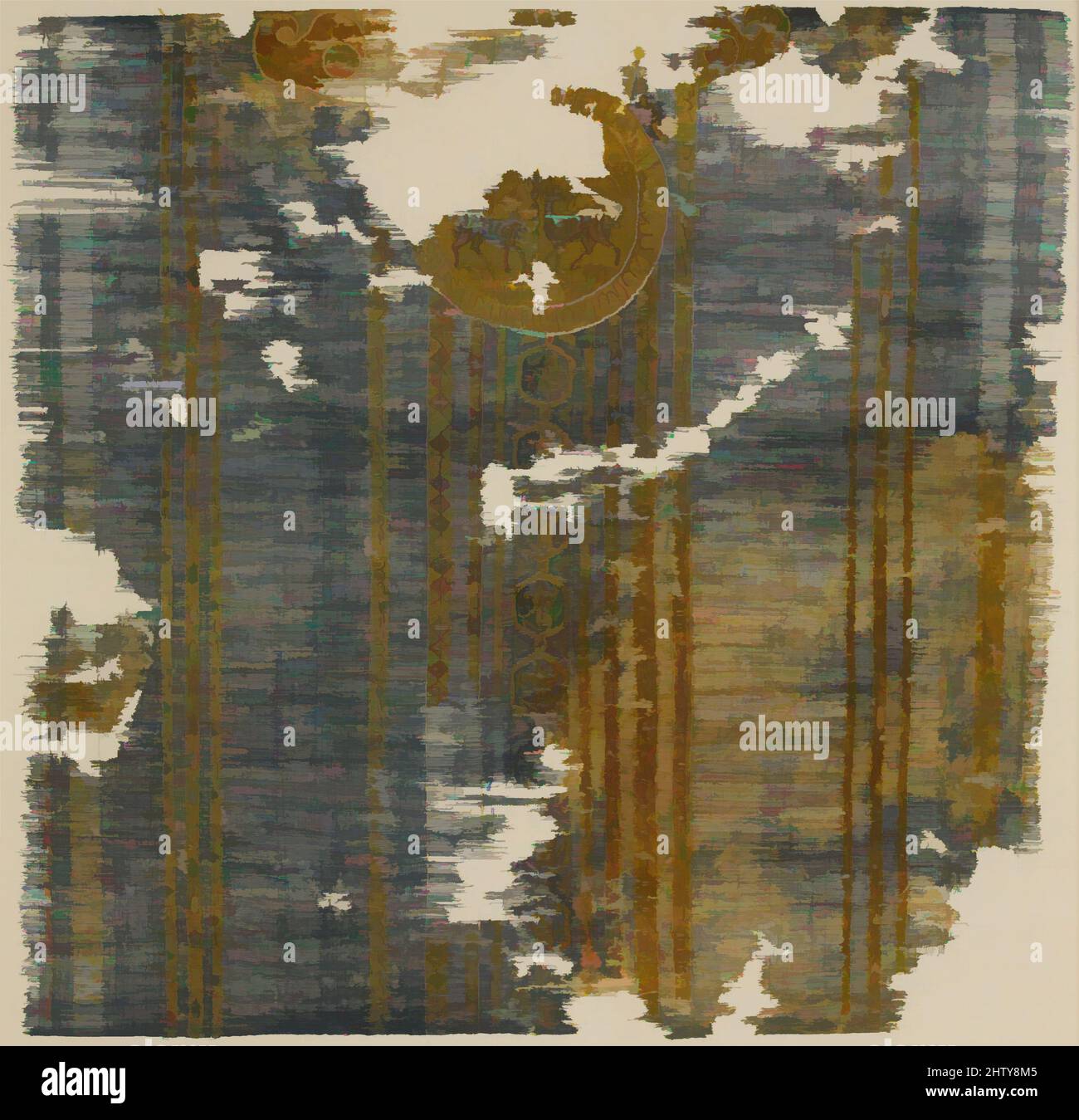 Art inspired by Part of a Garment, 1094–1101, Attributed to Egypt, Damietta, Linen, silk; plain weave, tapestry weave, Textile: L. 28 1/2 in. (72.4 cm), Textiles-Woven, The inscription woven into this piece, along with evidence from fragments of the same textile preserved in other, Classic works modernized by Artotop with a splash of modernity. Shapes, color and value, eye-catching visual impact on art. Emotions through freedom of artworks in a contemporary way. A timeless message pursuing a wildly creative new direction. Artists turning to the digital medium and creating the Artotop NFT Stock Photohttps://www.alamy.com/image-license-details/?v=1https://www.alamy.com/art-inspired-by-part-of-a-garment-10941101-attributed-to-egypt-damietta-linen-silk-plain-weave-tapestry-weave-textile-l-28-12-in-724-cm-textiles-woven-the-inscription-woven-into-this-piece-along-with-evidence-from-fragments-of-the-same-textile-preserved-in-other-classic-works-modernized-by-artotop-with-a-splash-of-modernity-shapes-color-and-value-eye-catching-visual-impact-on-art-emotions-through-freedom-of-artworks-in-a-contemporary-way-a-timeless-message-pursuing-a-wildly-creative-new-direction-artists-turning-to-the-digital-medium-and-creating-the-artotop-nft-image462820853.html
Art inspired by Part of a Garment, 1094–1101, Attributed to Egypt, Damietta, Linen, silk; plain weave, tapestry weave, Textile: L. 28 1/2 in. (72.4 cm), Textiles-Woven, The inscription woven into this piece, along with evidence from fragments of the same textile preserved in other, Classic works modernized by Artotop with a splash of modernity. Shapes, color and value, eye-catching visual impact on art. Emotions through freedom of artworks in a contemporary way. A timeless message pursuing a wildly creative new direction. Artists turning to the digital medium and creating the Artotop NFT Stock Photohttps://www.alamy.com/image-license-details/?v=1https://www.alamy.com/art-inspired-by-part-of-a-garment-10941101-attributed-to-egypt-damietta-linen-silk-plain-weave-tapestry-weave-textile-l-28-12-in-724-cm-textiles-woven-the-inscription-woven-into-this-piece-along-with-evidence-from-fragments-of-the-same-textile-preserved-in-other-classic-works-modernized-by-artotop-with-a-splash-of-modernity-shapes-color-and-value-eye-catching-visual-impact-on-art-emotions-through-freedom-of-artworks-in-a-contemporary-way-a-timeless-message-pursuing-a-wildly-creative-new-direction-artists-turning-to-the-digital-medium-and-creating-the-artotop-nft-image462820853.htmlRF2HTY8M5–Art inspired by Part of a Garment, 1094–1101, Attributed to Egypt, Damietta, Linen, silk; plain weave, tapestry weave, Textile: L. 28 1/2 in. (72.4 cm), Textiles-Woven, The inscription woven into this piece, along with evidence from fragments of the same textile preserved in other, Classic works modernized by Artotop with a splash of modernity. Shapes, color and value, eye-catching visual impact on art. Emotions through freedom of artworks in a contemporary way. A timeless message pursuing a wildly creative new direction. Artists turning to the digital medium and creating the Artotop NFT
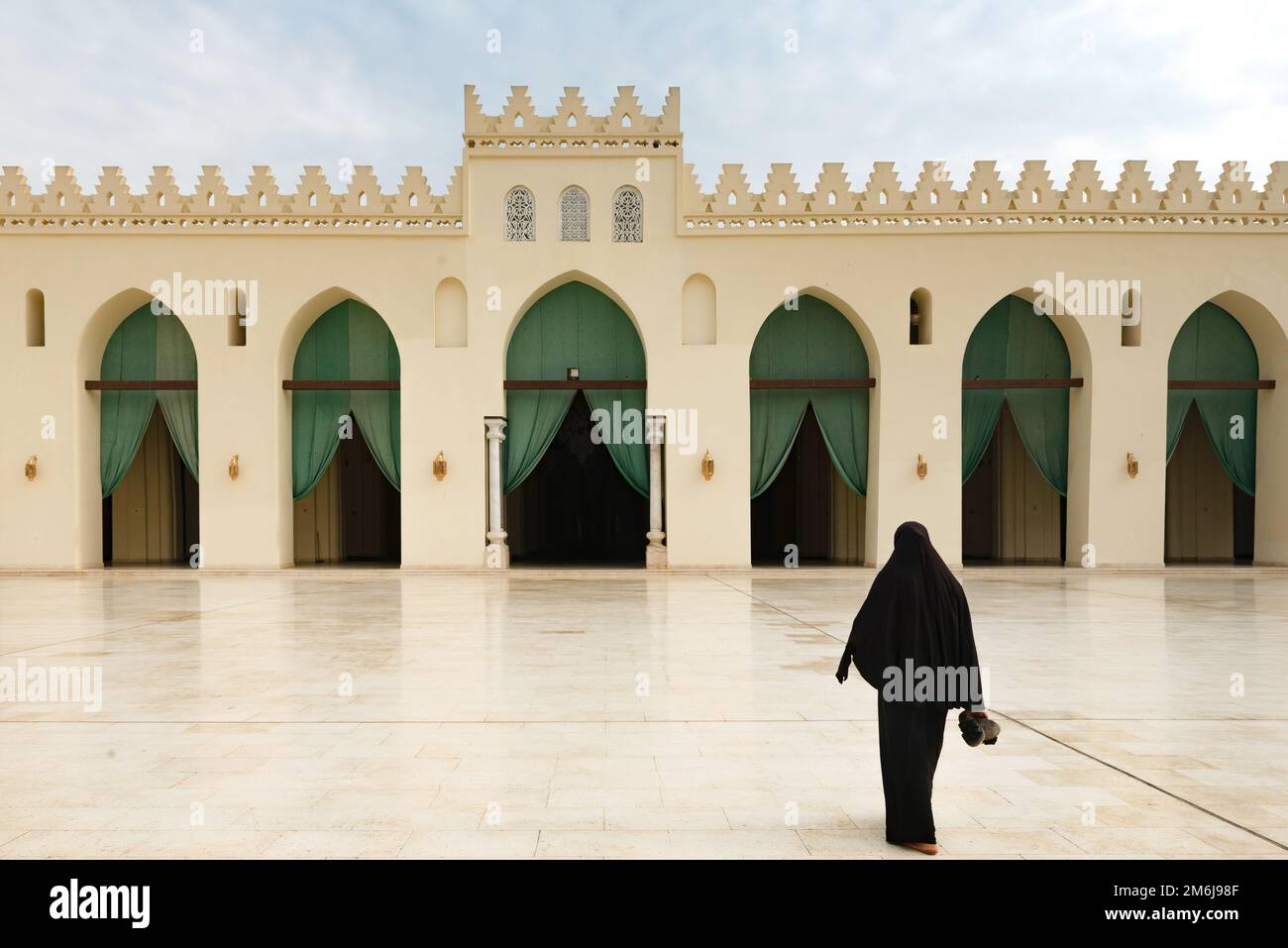 A Muslim women entering the prayer hall of historic Mosque of al-Hakim, also known as Al-Anwar, named after Al-Hakim bi-Amr Allah. Just inside the Fat Stock Photohttps://www.alamy.com/image-license-details/?v=1https://www.alamy.com/a-muslim-women-entering-the-prayer-hall-of-historic-mosque-of-al-hakim-also-known-as-al-anwar-named-after-al-hakim-bi-amr-allah-just-inside-the-fat-image503191039.html
A Muslim women entering the prayer hall of historic Mosque of al-Hakim, also known as Al-Anwar, named after Al-Hakim bi-Amr Allah. Just inside the Fat Stock Photohttps://www.alamy.com/image-license-details/?v=1https://www.alamy.com/a-muslim-women-entering-the-prayer-hall-of-historic-mosque-of-al-hakim-also-known-as-al-anwar-named-after-al-hakim-bi-amr-allah-just-inside-the-fat-image503191039.htmlRM2M6J98F–A Muslim women entering the prayer hall of historic Mosque of al-Hakim, also known as Al-Anwar, named after Al-Hakim bi-Amr Allah. Just inside the Fat
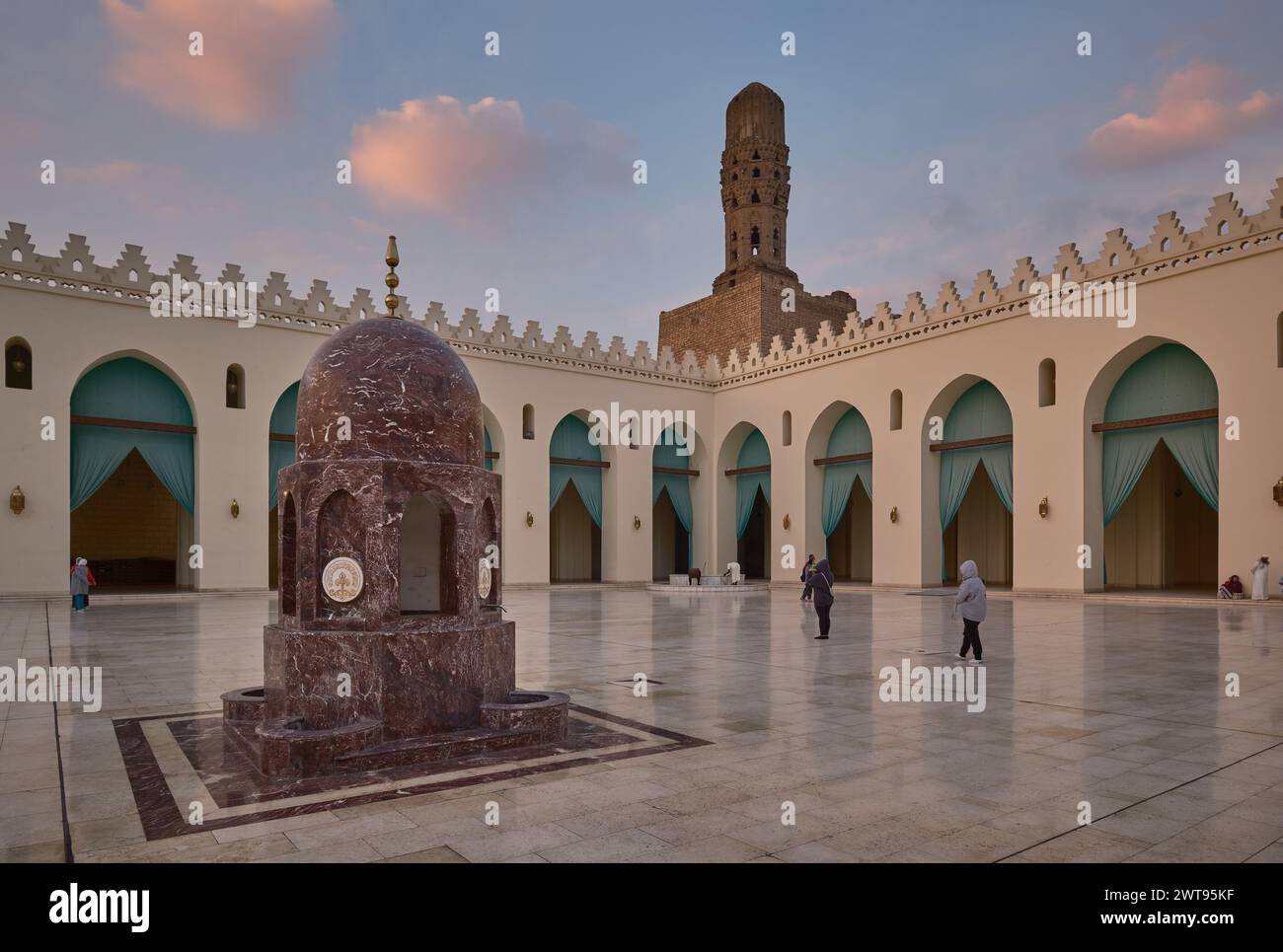 The al-Hakim Mosque, al-Anwar, is a historic mosque in Cairo, Egypt named after Al-Hakim bi-Amr Allah, the sixth Fatimid caliph and 16th Ismaili Imam. Stock Photohttps://www.alamy.com/image-license-details/?v=1https://www.alamy.com/the-al-hakim-mosque-al-anwar-is-a-historic-mosque-in-cairo-egypt-named-after-al-hakim-bi-amr-allah-the-sixth-fatimid-caliph-and-16th-ismaili-imam-image600106291.html
The al-Hakim Mosque, al-Anwar, is a historic mosque in Cairo, Egypt named after Al-Hakim bi-Amr Allah, the sixth Fatimid caliph and 16th Ismaili Imam. Stock Photohttps://www.alamy.com/image-license-details/?v=1https://www.alamy.com/the-al-hakim-mosque-al-anwar-is-a-historic-mosque-in-cairo-egypt-named-after-al-hakim-bi-amr-allah-the-sixth-fatimid-caliph-and-16th-ismaili-imam-image600106291.htmlRF2WT95KF–The al-Hakim Mosque, al-Anwar, is a historic mosque in Cairo, Egypt named after Al-Hakim bi-Amr Allah, the sixth Fatimid caliph and 16th Ismaili Imam.
 Fatimid style of the minaret of Al Hakim mosque nicknamed al-Anwar named after Al-Hakim bi-Amr Allah (985–1021), the sixth Fatimid caliph and 16th Ismaili Imam located in Islamic Cairo Egypt Stock Photohttps://www.alamy.com/image-license-details/?v=1https://www.alamy.com/stock-photo-fatimid-style-of-the-minaret-of-al-hakim-mosque-nicknamed-al-anwar-56237874.html
Fatimid style of the minaret of Al Hakim mosque nicknamed al-Anwar named after Al-Hakim bi-Amr Allah (985–1021), the sixth Fatimid caliph and 16th Ismaili Imam located in Islamic Cairo Egypt Stock Photohttps://www.alamy.com/image-license-details/?v=1https://www.alamy.com/stock-photo-fatimid-style-of-the-minaret-of-al-hakim-mosque-nicknamed-al-anwar-56237874.htmlRMD7DRYE–Fatimid style of the minaret of Al Hakim mosque nicknamed al-Anwar named after Al-Hakim bi-Amr Allah (985–1021), the sixth Fatimid caliph and 16th Ismaili Imam located in Islamic Cairo Egypt
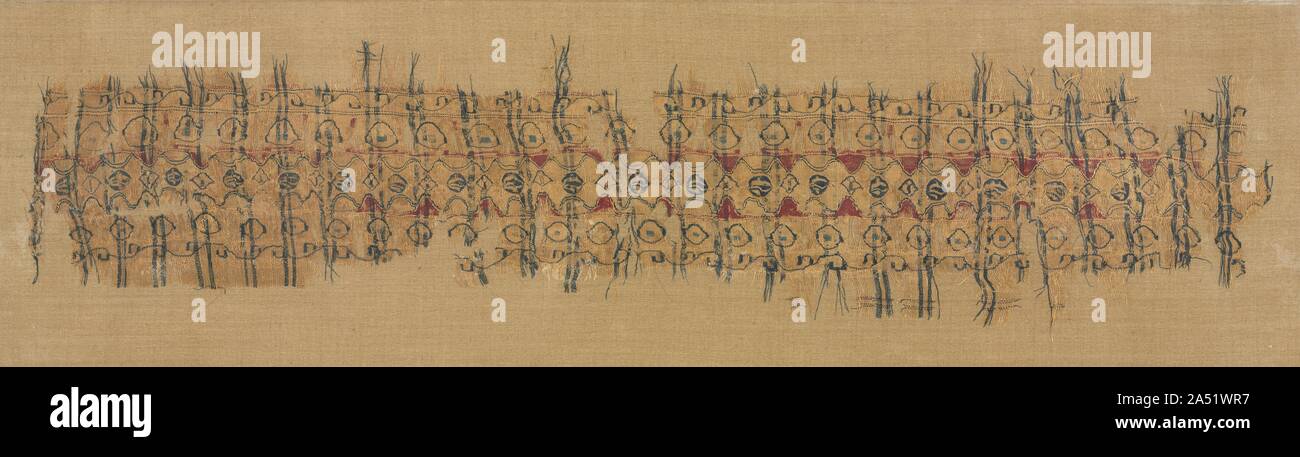 Plaid tiraz, 1101-1149. Stock Photohttps://www.alamy.com/image-license-details/?v=1https://www.alamy.com/plaid-tiraz-1101-1149-image330112475.html
Plaid tiraz, 1101-1149. Stock Photohttps://www.alamy.com/image-license-details/?v=1https://www.alamy.com/plaid-tiraz-1101-1149-image330112475.htmlRM2A51WR7–Plaid tiraz, 1101-1149.
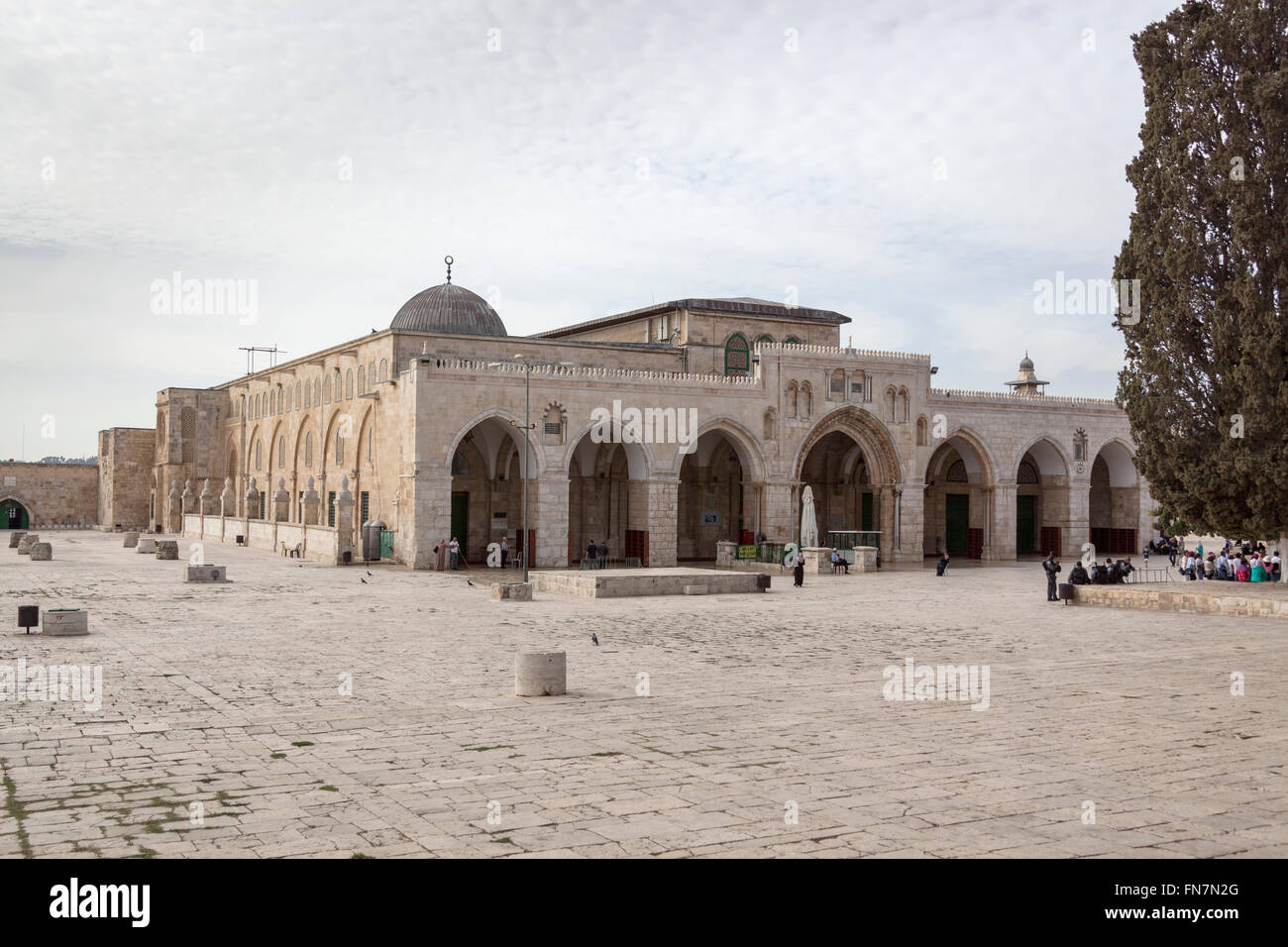 Al-Aqsa Mosque or Bayt al-Muqaddas, Old City Jerusalem Stock Photohttps://www.alamy.com/image-license-details/?v=1https://www.alamy.com/stock-photo-al-aqsa-mosque-or-bayt-al-muqaddas-old-city-jerusalem-99129816.html
Al-Aqsa Mosque or Bayt al-Muqaddas, Old City Jerusalem Stock Photohttps://www.alamy.com/image-license-details/?v=1https://www.alamy.com/stock-photo-al-aqsa-mosque-or-bayt-al-muqaddas-old-city-jerusalem-99129816.htmlRMFN7N2G–Al-Aqsa Mosque or Bayt al-Muqaddas, Old City Jerusalem
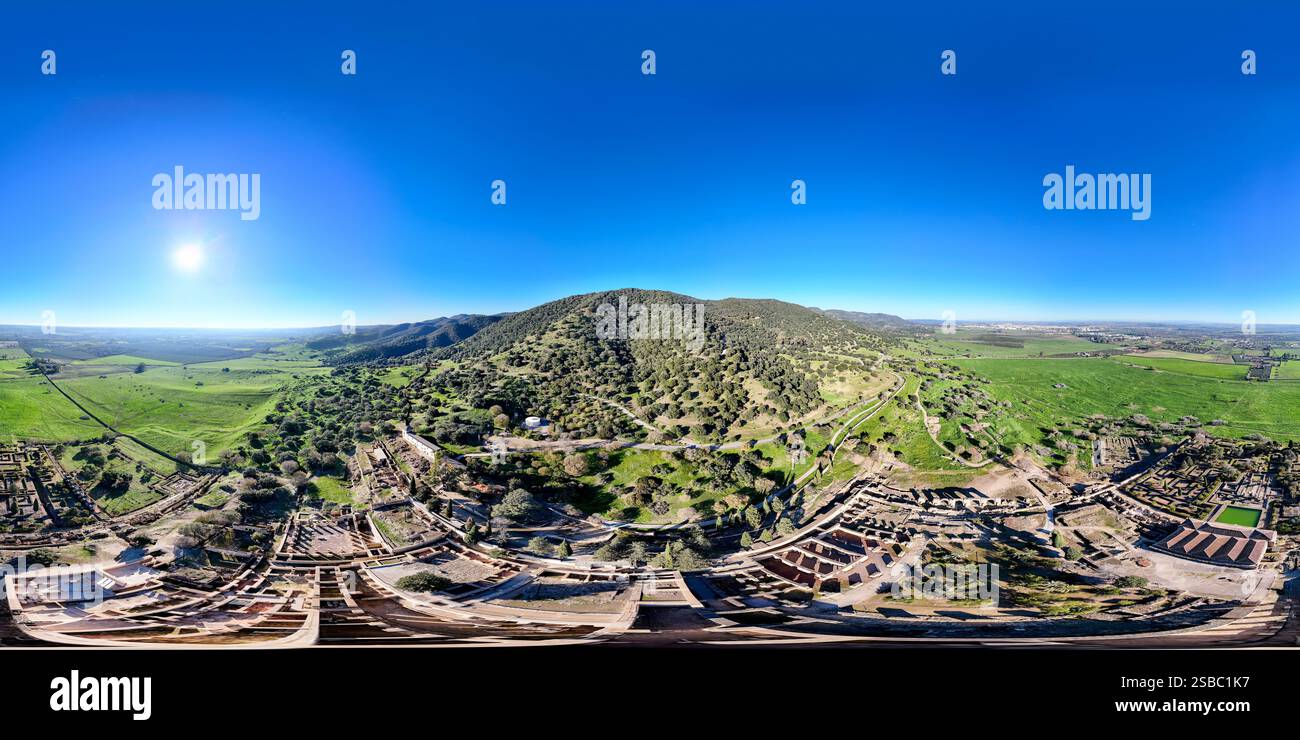 Madinat al-Zahra or Medina Azahara or the radiant city was a fortified palace-city on the western outskirts of Córdoba in present-day Spain. Its remai Stock Photohttps://www.alamy.com/image-license-details/?v=1https://www.alamy.com/madinat-al-zahra-or-medina-azahara-or-the-radiant-city-was-a-fortified-palace-city-on-the-western-outskirts-of-crdoba-in-present-day-spain-its-remai-image643809579.html
Madinat al-Zahra or Medina Azahara or the radiant city was a fortified palace-city on the western outskirts of Córdoba in present-day Spain. Its remai Stock Photohttps://www.alamy.com/image-license-details/?v=1https://www.alamy.com/madinat-al-zahra-or-medina-azahara-or-the-radiant-city-was-a-fortified-palace-city-on-the-western-outskirts-of-crdoba-in-present-day-spain-its-remai-image643809579.htmlRF2SBC1K7–Madinat al-Zahra or Medina Azahara or the radiant city was a fortified palace-city on the western outskirts of Córdoba in present-day Spain. Its remai
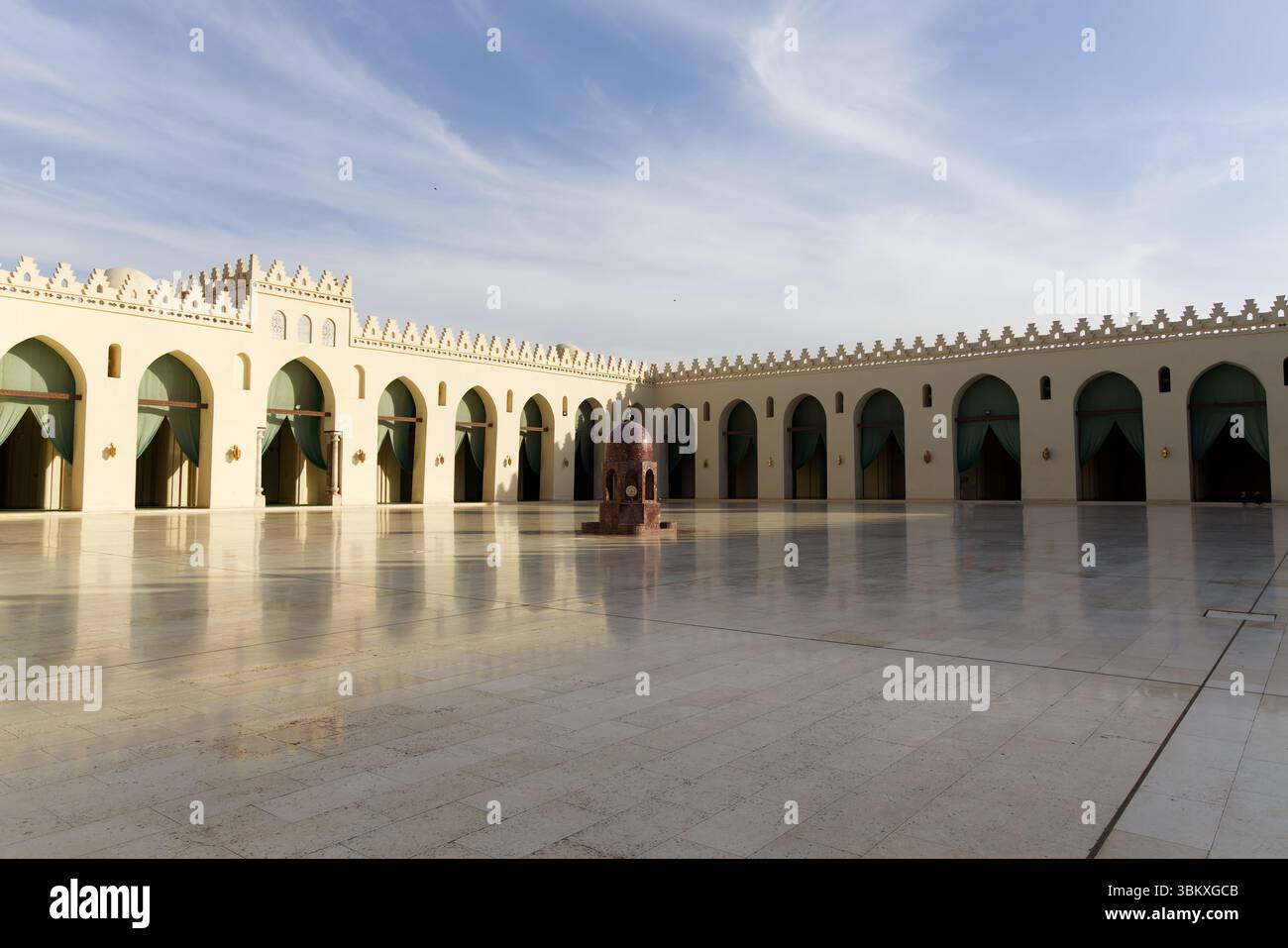 The courtyard of Al-Hakim Mosque, Cairo Stock Photohttps://www.alamy.com/image-license-details/?v=1https://www.alamy.com/the-courtyard-of-al-hakim-mosque-cairo-image683466459.html
The courtyard of Al-Hakim Mosque, Cairo Stock Photohttps://www.alamy.com/image-license-details/?v=1https://www.alamy.com/the-courtyard-of-al-hakim-mosque-cairo-image683466459.htmlRF3BKXGCB–The courtyard of Al-Hakim Mosque, Cairo
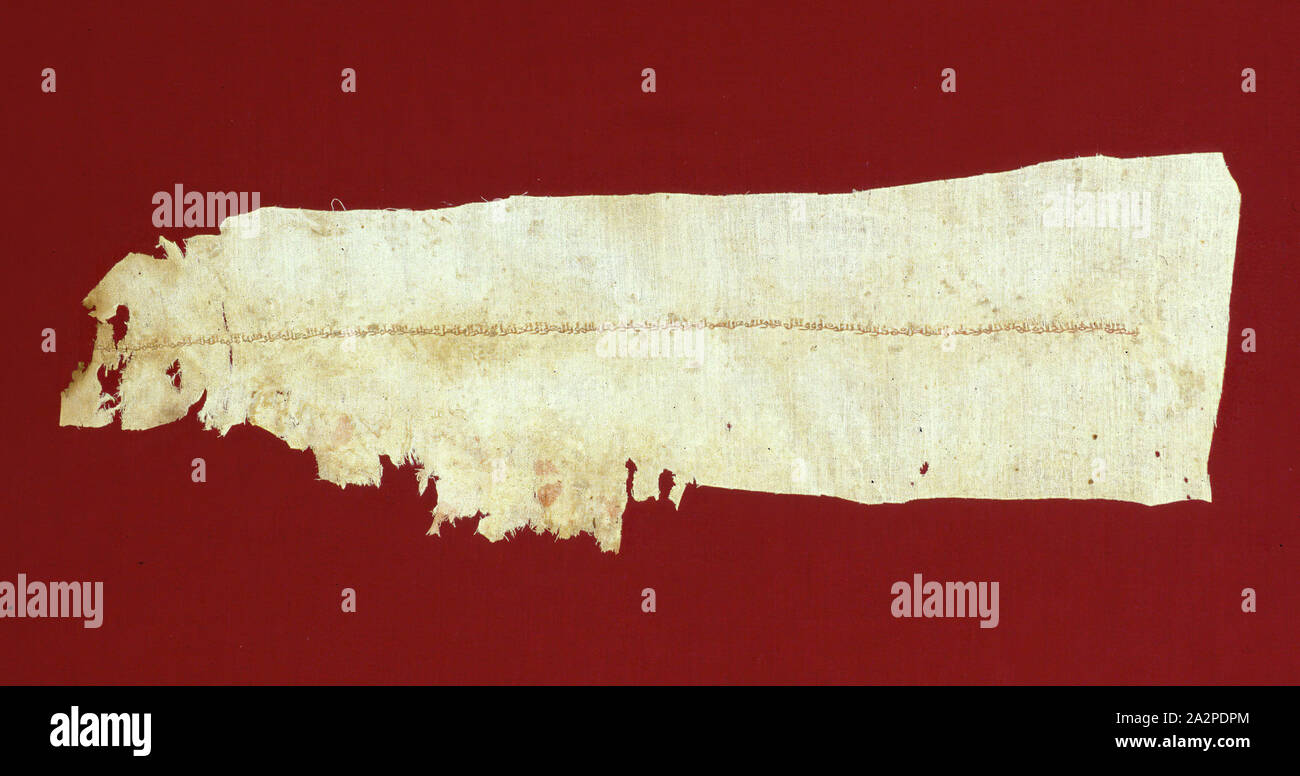 Islamic, Egyptian, Fragment of a Tiraz Textile made for the Fatimid Caliph al-Zahir, 1020/1035, Balanced plain weave (tabby); weft faced plain weave with discontinuous wefts (tapestry); weft faced plain weave with supplementary silk weft; possibly glazed, 6 x 17 3/4 in Stock Photohttps://www.alamy.com/image-license-details/?v=1https://www.alamy.com/islamic-egyptian-fragment-of-a-tiraz-textile-made-for-the-fatimid-caliph-al-zahir-10201035-balanced-plain-weave-tabby-weft-faced-plain-weave-with-discontinuous-wefts-tapestry-weft-faced-plain-weave-with-supplementary-silk-weft-possibly-glazed-6-x-17-34-in-image328720076.html
Islamic, Egyptian, Fragment of a Tiraz Textile made for the Fatimid Caliph al-Zahir, 1020/1035, Balanced plain weave (tabby); weft faced plain weave with discontinuous wefts (tapestry); weft faced plain weave with supplementary silk weft; possibly glazed, 6 x 17 3/4 in Stock Photohttps://www.alamy.com/image-license-details/?v=1https://www.alamy.com/islamic-egyptian-fragment-of-a-tiraz-textile-made-for-the-fatimid-caliph-al-zahir-10201035-balanced-plain-weave-tabby-weft-faced-plain-weave-with-discontinuous-wefts-tapestry-weft-faced-plain-weave-with-supplementary-silk-weft-possibly-glazed-6-x-17-34-in-image328720076.htmlRM2A2PDPM–Islamic, Egyptian, Fragment of a Tiraz Textile made for the Fatimid Caliph al-Zahir, 1020/1035, Balanced plain weave (tabby); weft faced plain weave with discontinuous wefts (tapestry); weft faced plain weave with supplementary silk weft; possibly glazed, 6 x 17 3/4 in
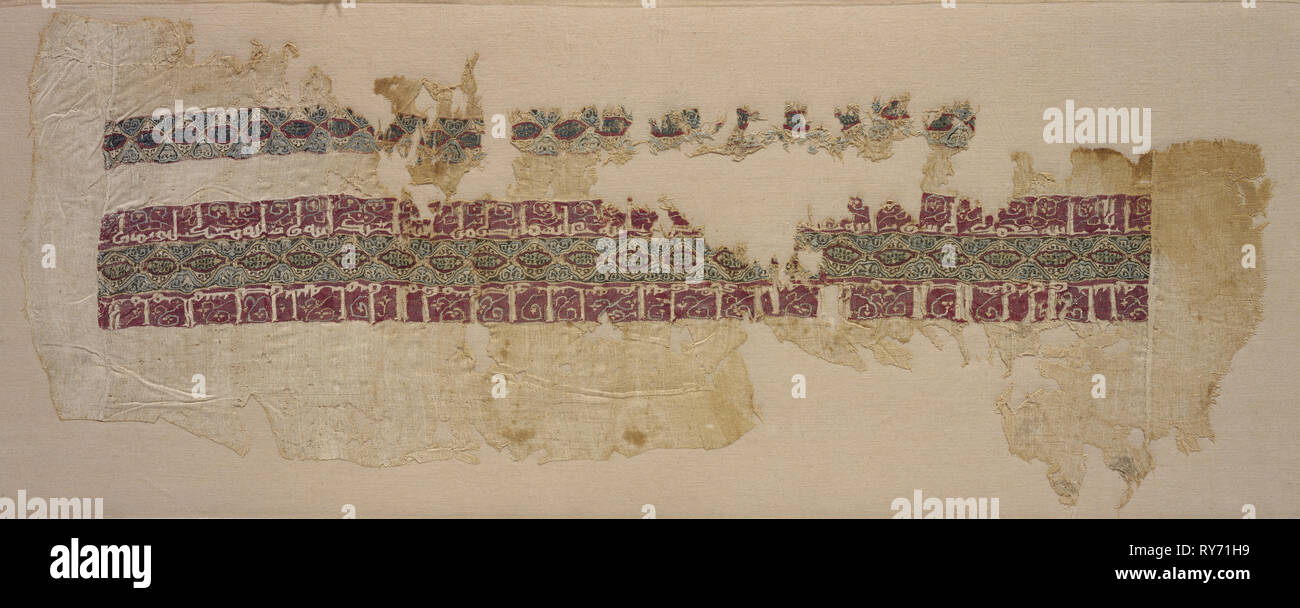 Sleeve with tiraz, 1045 - 1058. Egypt, Fatimid period, reign of Caliph al-Mustansir, 1045-58. Plain weave with inwoven tapestry weave: linen and silk; overall: 20.3 x 51.8 cm (8 x 20 3/8 in Stock Photohttps://www.alamy.com/image-license-details/?v=1https://www.alamy.com/sleeve-with-tiraz-1045-1058-egypt-fatimid-period-reign-of-caliph-al-mustansir-1045-58-plain-weave-with-inwoven-tapestry-weave-linen-and-silk-overall-203-x-518-cm-8-x-20-38-in-image240485429.html
Sleeve with tiraz, 1045 - 1058. Egypt, Fatimid period, reign of Caliph al-Mustansir, 1045-58. Plain weave with inwoven tapestry weave: linen and silk; overall: 20.3 x 51.8 cm (8 x 20 3/8 in Stock Photohttps://www.alamy.com/image-license-details/?v=1https://www.alamy.com/sleeve-with-tiraz-1045-1058-egypt-fatimid-period-reign-of-caliph-al-mustansir-1045-58-plain-weave-with-inwoven-tapestry-weave-linen-and-silk-overall-203-x-518-cm-8-x-20-38-in-image240485429.htmlRMRY71H9–Sleeve with tiraz, 1045 - 1058. Egypt, Fatimid period, reign of Caliph al-Mustansir, 1045-58. Plain weave with inwoven tapestry weave: linen and silk; overall: 20.3 x 51.8 cm (8 x 20 3/8 in
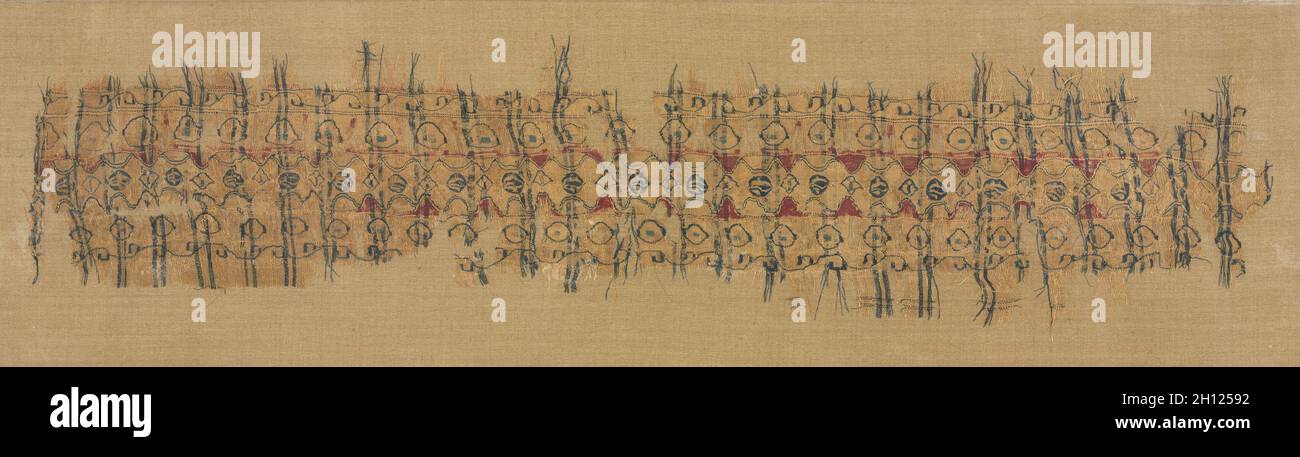 Plaid tiraz, 1101-1149. Egypt, Fatimid period, reign of Caliph al-Amir or al-Hafiz. Plain weave with inwoven tapestry weave: linen and silk; overall: 12.5 x 51.8 cm (4 15/16 x 20 3/8 in.). Stock Photohttps://www.alamy.com/image-license-details/?v=1https://www.alamy.com/plaid-tiraz-1101-1149-egypt-fatimid-period-reign-of-caliph-al-amir-or-al-hafiz-plain-weave-with-inwoven-tapestry-weave-linen-and-silk-overall-125-x-518-cm-4-1516-x-20-38-in-image448132302.html
Plaid tiraz, 1101-1149. Egypt, Fatimid period, reign of Caliph al-Amir or al-Hafiz. Plain weave with inwoven tapestry weave: linen and silk; overall: 12.5 x 51.8 cm (4 15/16 x 20 3/8 in.). Stock Photohttps://www.alamy.com/image-license-details/?v=1https://www.alamy.com/plaid-tiraz-1101-1149-egypt-fatimid-period-reign-of-caliph-al-amir-or-al-hafiz-plain-weave-with-inwoven-tapestry-weave-linen-and-silk-overall-125-x-518-cm-4-1516-x-20-38-in-image448132302.htmlRM2H12592–Plaid tiraz, 1101-1149. Egypt, Fatimid period, reign of Caliph al-Amir or al-Hafiz. Plain weave with inwoven tapestry weave: linen and silk; overall: 12.5 x 51.8 cm (4 15/16 x 20 3/8 in.).
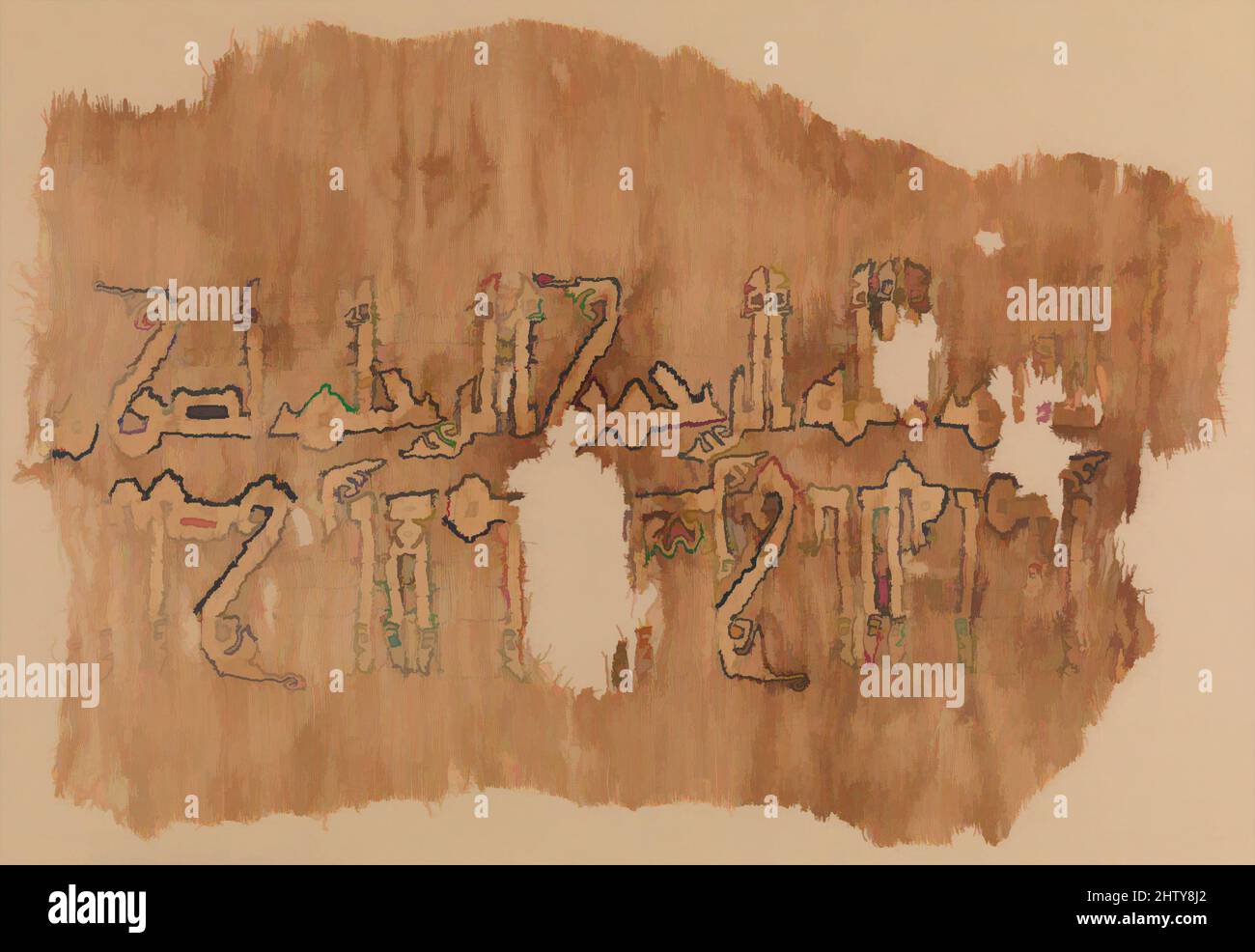 Art inspired by Tiraz Textile Fragment, late 10th century, Attributed to Egypt, Linen, silk; plain weave, tapestry weave, Textile: H. 9 1/4 in. (23.5 cm), Textiles-Tapestries, The manufacture of this undated tiraz textile can be definitively linked to the last quarter of the tenth, Classic works modernized by Artotop with a splash of modernity. Shapes, color and value, eye-catching visual impact on art. Emotions through freedom of artworks in a contemporary way. A timeless message pursuing a wildly creative new direction. Artists turning to the digital medium and creating the Artotop NFT Stock Photohttps://www.alamy.com/image-license-details/?v=1https://www.alamy.com/art-inspired-by-tiraz-textile-fragment-late-10th-century-attributed-to-egypt-linen-silk-plain-weave-tapestry-weave-textile-h-9-14-in-235-cm-textiles-tapestries-the-manufacture-of-this-undated-tiraz-textile-can-be-definitively-linked-to-the-last-quarter-of-the-tenth-classic-works-modernized-by-artotop-with-a-splash-of-modernity-shapes-color-and-value-eye-catching-visual-impact-on-art-emotions-through-freedom-of-artworks-in-a-contemporary-way-a-timeless-message-pursuing-a-wildly-creative-new-direction-artists-turning-to-the-digital-medium-and-creating-the-artotop-nft-image462820794.html
Art inspired by Tiraz Textile Fragment, late 10th century, Attributed to Egypt, Linen, silk; plain weave, tapestry weave, Textile: H. 9 1/4 in. (23.5 cm), Textiles-Tapestries, The manufacture of this undated tiraz textile can be definitively linked to the last quarter of the tenth, Classic works modernized by Artotop with a splash of modernity. Shapes, color and value, eye-catching visual impact on art. Emotions through freedom of artworks in a contemporary way. A timeless message pursuing a wildly creative new direction. Artists turning to the digital medium and creating the Artotop NFT Stock Photohttps://www.alamy.com/image-license-details/?v=1https://www.alamy.com/art-inspired-by-tiraz-textile-fragment-late-10th-century-attributed-to-egypt-linen-silk-plain-weave-tapestry-weave-textile-h-9-14-in-235-cm-textiles-tapestries-the-manufacture-of-this-undated-tiraz-textile-can-be-definitively-linked-to-the-last-quarter-of-the-tenth-classic-works-modernized-by-artotop-with-a-splash-of-modernity-shapes-color-and-value-eye-catching-visual-impact-on-art-emotions-through-freedom-of-artworks-in-a-contemporary-way-a-timeless-message-pursuing-a-wildly-creative-new-direction-artists-turning-to-the-digital-medium-and-creating-the-artotop-nft-image462820794.htmlRF2HTY8J2–Art inspired by Tiraz Textile Fragment, late 10th century, Attributed to Egypt, Linen, silk; plain weave, tapestry weave, Textile: H. 9 1/4 in. (23.5 cm), Textiles-Tapestries, The manufacture of this undated tiraz textile can be definitively linked to the last quarter of the tenth, Classic works modernized by Artotop with a splash of modernity. Shapes, color and value, eye-catching visual impact on art. Emotions through freedom of artworks in a contemporary way. A timeless message pursuing a wildly creative new direction. Artists turning to the digital medium and creating the Artotop NFT
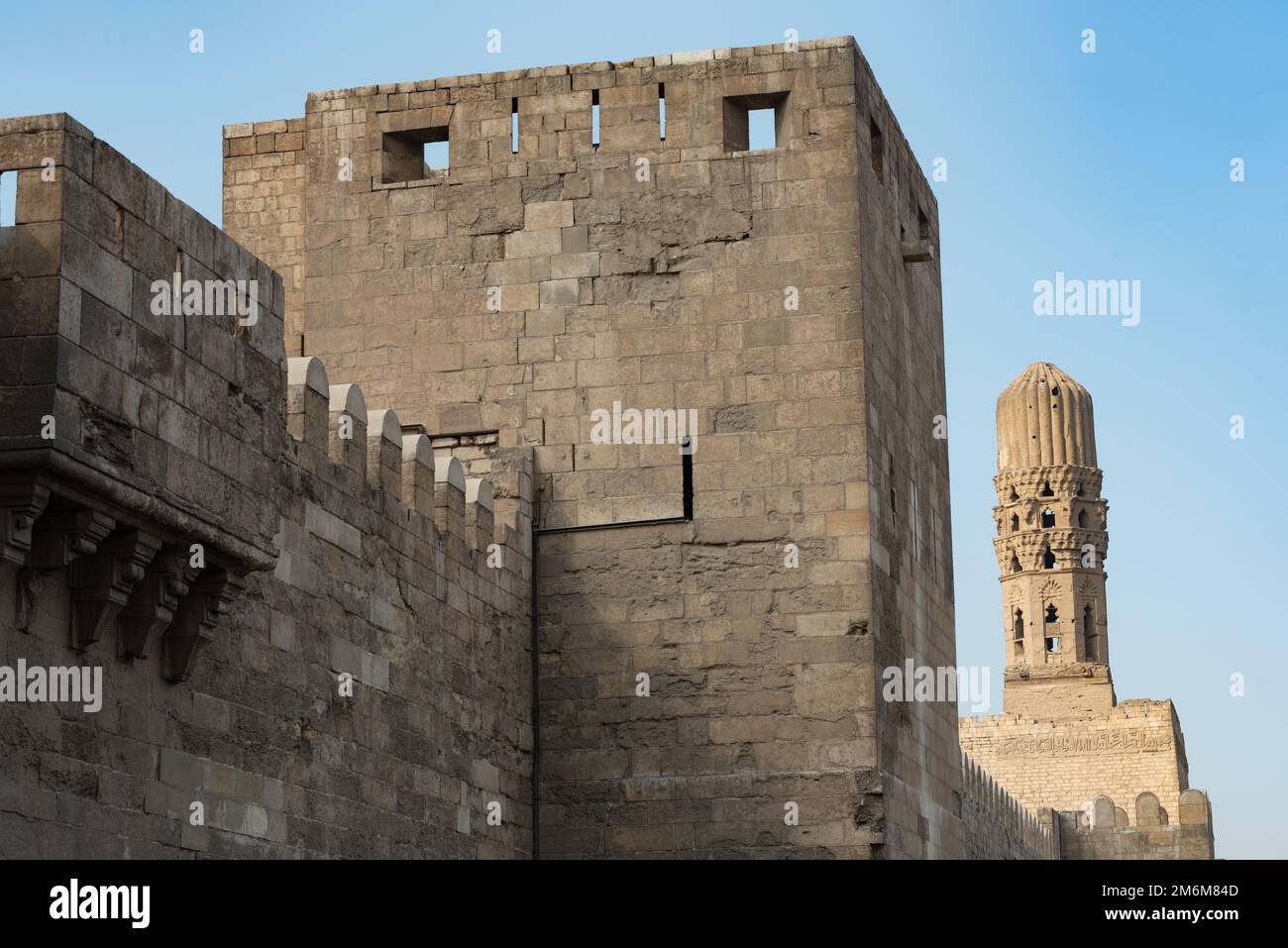 Minaret of the Al Hakim Mosque with the fortified defensive Northern walls of Islamic Cairo, near Bab El Futuh one of the ancient gates of the histori Stock Photohttps://www.alamy.com/image-license-details/?v=1https://www.alamy.com/minaret-of-the-al-hakim-mosque-with-the-fortified-defensive-northern-walls-of-islamic-cairo-near-bab-el-futuh-one-of-the-ancient-gates-of-the-histori-image503234045.html
Minaret of the Al Hakim Mosque with the fortified defensive Northern walls of Islamic Cairo, near Bab El Futuh one of the ancient gates of the histori Stock Photohttps://www.alamy.com/image-license-details/?v=1https://www.alamy.com/minaret-of-the-al-hakim-mosque-with-the-fortified-defensive-northern-walls-of-islamic-cairo-near-bab-el-futuh-one-of-the-ancient-gates-of-the-histori-image503234045.htmlRM2M6M84D–Minaret of the Al Hakim Mosque with the fortified defensive Northern walls of Islamic Cairo, near Bab El Futuh one of the ancient gates of the histori
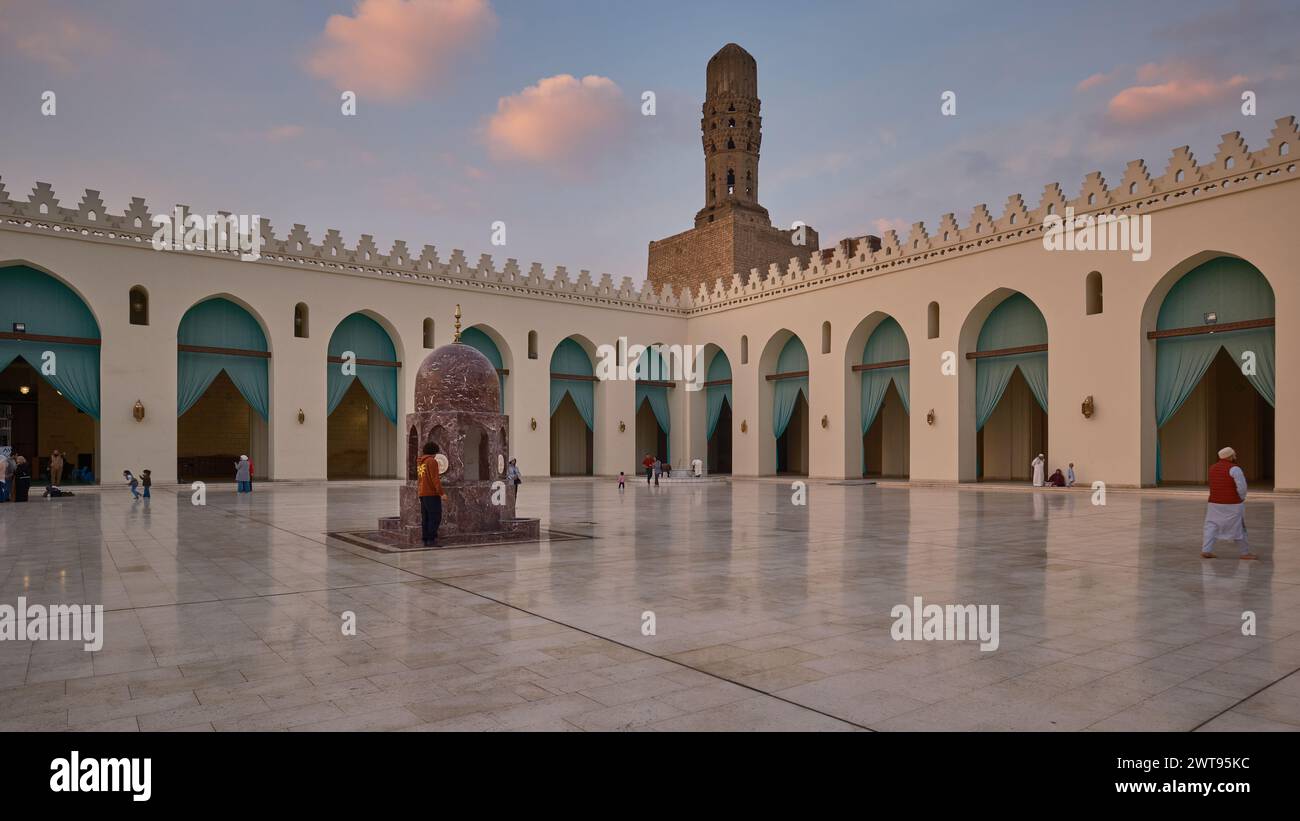 The al-Hakim Mosque, al-Anwar, is a historic mosque in Cairo, Egypt named after Al-Hakim bi-Amr Allah, the sixth Fatimid caliph and 16th Ismaili Imam. Stock Photohttps://www.alamy.com/image-license-details/?v=1https://www.alamy.com/the-al-hakim-mosque-al-anwar-is-a-historic-mosque-in-cairo-egypt-named-after-al-hakim-bi-amr-allah-the-sixth-fatimid-caliph-and-16th-ismaili-imam-image600106288.html
The al-Hakim Mosque, al-Anwar, is a historic mosque in Cairo, Egypt named after Al-Hakim bi-Amr Allah, the sixth Fatimid caliph and 16th Ismaili Imam. Stock Photohttps://www.alamy.com/image-license-details/?v=1https://www.alamy.com/the-al-hakim-mosque-al-anwar-is-a-historic-mosque-in-cairo-egypt-named-after-al-hakim-bi-amr-allah-the-sixth-fatimid-caliph-and-16th-ismaili-imam-image600106288.htmlRF2WT95KC–The al-Hakim Mosque, al-Anwar, is a historic mosque in Cairo, Egypt named after Al-Hakim bi-Amr Allah, the sixth Fatimid caliph and 16th Ismaili Imam.
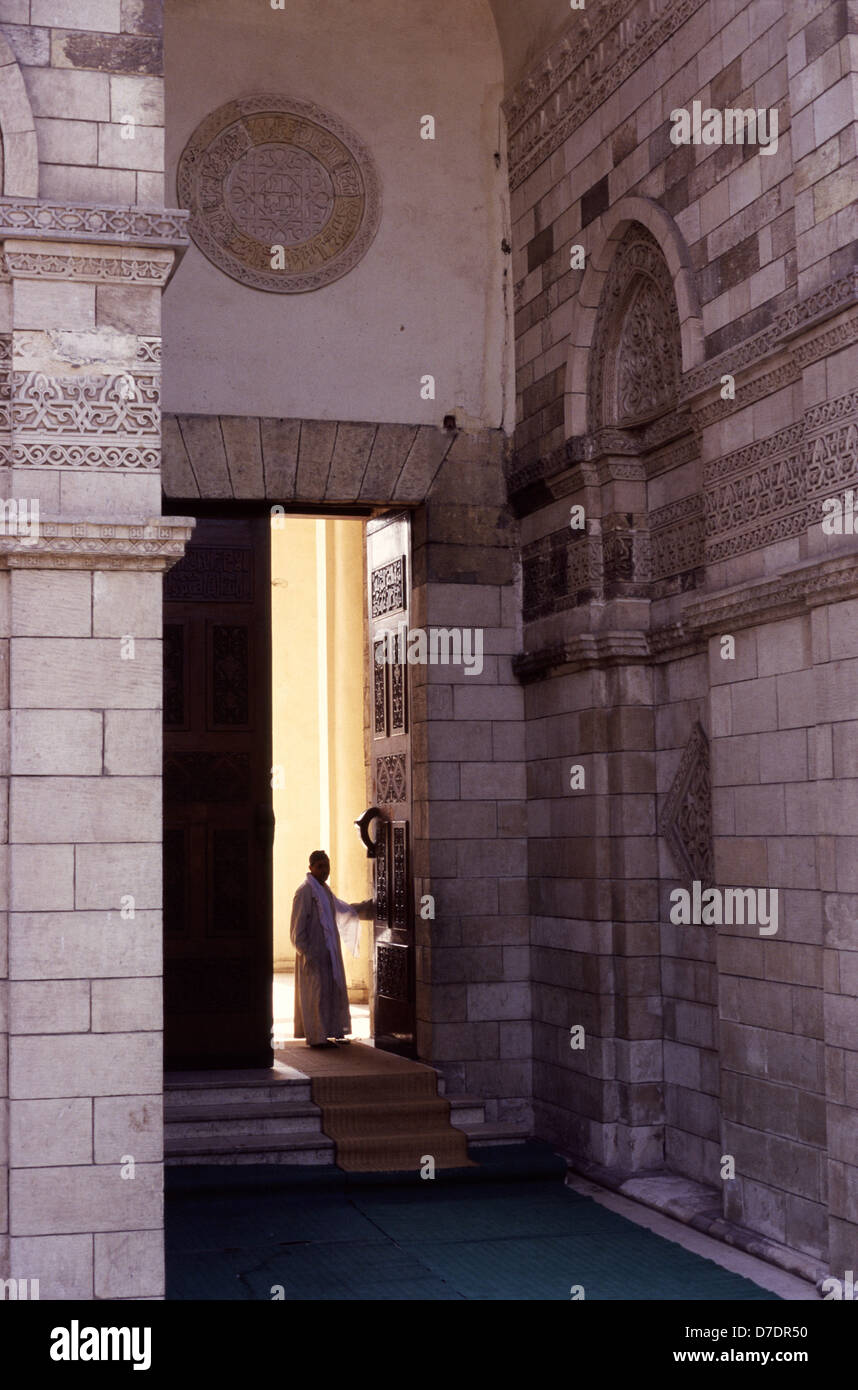 The monumental entrance with its projecting stone porch of Al Hakim mosque nicknamed al-Anwar named after Al-Hakim bi-Amr Allah (985–1021), the sixth Fatimid caliph and 16th Ismaili Imam located in Islamic Cairo Egypt Stock Photohttps://www.alamy.com/image-license-details/?v=1https://www.alamy.com/stock-photo-the-monumental-entrance-with-its-projecting-stone-porch-of-al-hakim-56237244.html
The monumental entrance with its projecting stone porch of Al Hakim mosque nicknamed al-Anwar named after Al-Hakim bi-Amr Allah (985–1021), the sixth Fatimid caliph and 16th Ismaili Imam located in Islamic Cairo Egypt Stock Photohttps://www.alamy.com/image-license-details/?v=1https://www.alamy.com/stock-photo-the-monumental-entrance-with-its-projecting-stone-porch-of-al-hakim-56237244.htmlRMD7DR50–The monumental entrance with its projecting stone porch of Al Hakim mosque nicknamed al-Anwar named after Al-Hakim bi-Amr Allah (985–1021), the sixth Fatimid caliph and 16th Ismaili Imam located in Islamic Cairo Egypt
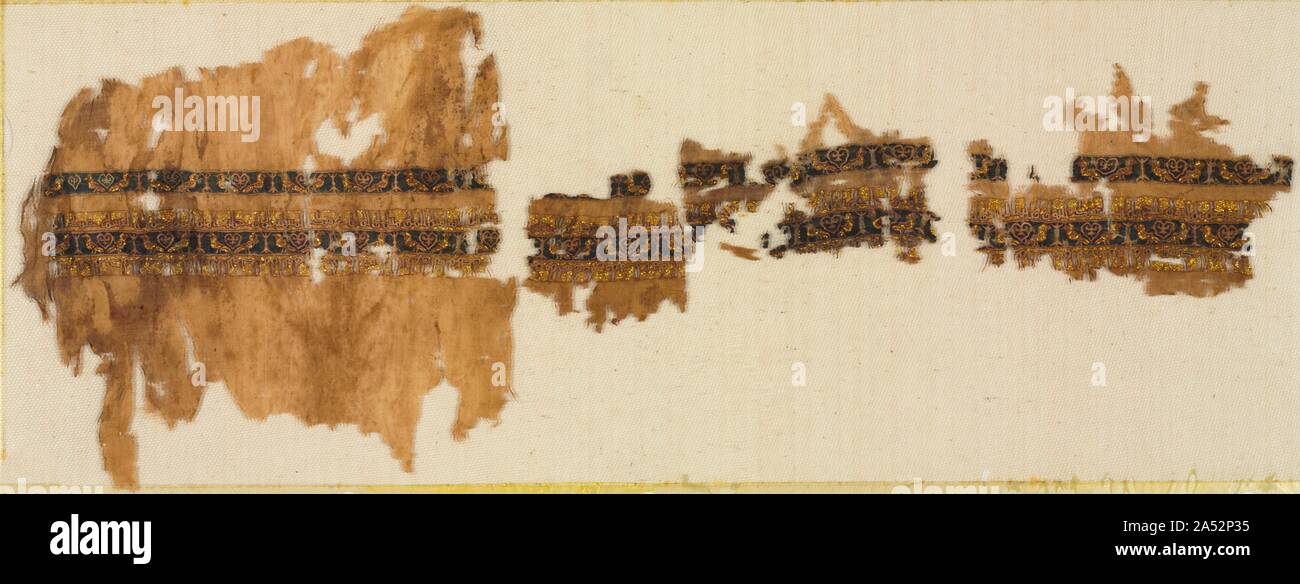 Tiraz with gold, probably from a wide sleeve, 1013-1020. This textile with expensive gold foil is among the rarest surviving examples among thousands of medieval textiles with historic or generic inscriptions in Arabic, known as tiraz . Tiraz were "emblems of dignity," the prerogative of sovereigns and those they wished to honor. This inscription is masterful. The tall letters are woven with silk thread on only two warps in slit-tapestry weave while the ground was woven with pure gold foil wrapped around a silk core that was not beaten in—to show off its brilliance. The text Stock Photohttps://www.alamy.com/image-license-details/?v=1https://www.alamy.com/tiraz-with-gold-probably-from-a-wide-sleeve-1013-1020-this-textile-with-expensive-gold-foil-is-among-the-rarest-surviving-examples-among-thousands-of-medieval-textiles-with-historic-or-generic-inscriptions-in-arabic-known-as-tiraz-tiraz-were-quotemblems-of-dignityquot-the-prerogative-of-sovereigns-and-those-they-wished-to-honor-this-inscription-is-masterful-the-tall-letters-are-woven-with-silk-thread-on-only-two-warps-in-slit-tapestry-weave-while-the-ground-was-woven-with-pure-gold-foil-wrapped-around-a-silk-core-that-was-not-beaten-inx2014to-show-off-its-brilliance-the-text-image330131513.html
Tiraz with gold, probably from a wide sleeve, 1013-1020. This textile with expensive gold foil is among the rarest surviving examples among thousands of medieval textiles with historic or generic inscriptions in Arabic, known as tiraz . Tiraz were "emblems of dignity," the prerogative of sovereigns and those they wished to honor. This inscription is masterful. The tall letters are woven with silk thread on only two warps in slit-tapestry weave while the ground was woven with pure gold foil wrapped around a silk core that was not beaten in—to show off its brilliance. The text Stock Photohttps://www.alamy.com/image-license-details/?v=1https://www.alamy.com/tiraz-with-gold-probably-from-a-wide-sleeve-1013-1020-this-textile-with-expensive-gold-foil-is-among-the-rarest-surviving-examples-among-thousands-of-medieval-textiles-with-historic-or-generic-inscriptions-in-arabic-known-as-tiraz-tiraz-were-quotemblems-of-dignityquot-the-prerogative-of-sovereigns-and-those-they-wished-to-honor-this-inscription-is-masterful-the-tall-letters-are-woven-with-silk-thread-on-only-two-warps-in-slit-tapestry-weave-while-the-ground-was-woven-with-pure-gold-foil-wrapped-around-a-silk-core-that-was-not-beaten-inx2014to-show-off-its-brilliance-the-text-image330131513.htmlRM2A52P35–Tiraz with gold, probably from a wide sleeve, 1013-1020. This textile with expensive gold foil is among the rarest surviving examples among thousands of medieval textiles with historic or generic inscriptions in Arabic, known as tiraz . Tiraz were "emblems of dignity," the prerogative of sovereigns and those they wished to honor. This inscription is masterful. The tall letters are woven with silk thread on only two warps in slit-tapestry weave while the ground was woven with pure gold foil wrapped around a silk core that was not beaten in—to show off its brilliance. The text
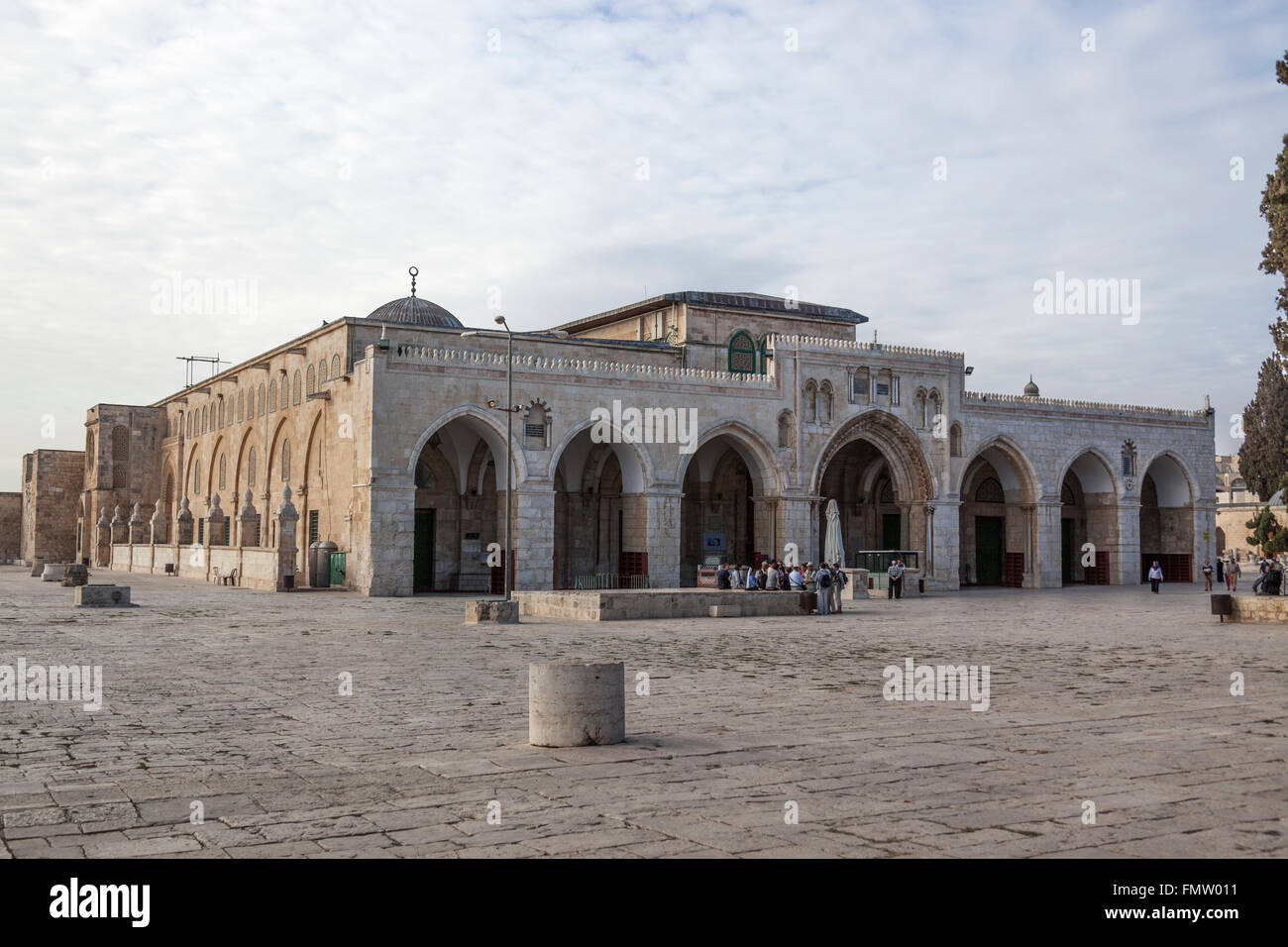 Al-Aqsa Mosque or Bayt al-Muqaddas, Old City Jerusalem Stock Photohttps://www.alamy.com/image-license-details/?v=1https://www.alamy.com/stock-photo-al-aqsa-mosque-or-bayt-al-muqaddas-old-city-jerusalem-98893789.html
Al-Aqsa Mosque or Bayt al-Muqaddas, Old City Jerusalem Stock Photohttps://www.alamy.com/image-license-details/?v=1https://www.alamy.com/stock-photo-al-aqsa-mosque-or-bayt-al-muqaddas-old-city-jerusalem-98893789.htmlRMFMW011–Al-Aqsa Mosque or Bayt al-Muqaddas, Old City Jerusalem
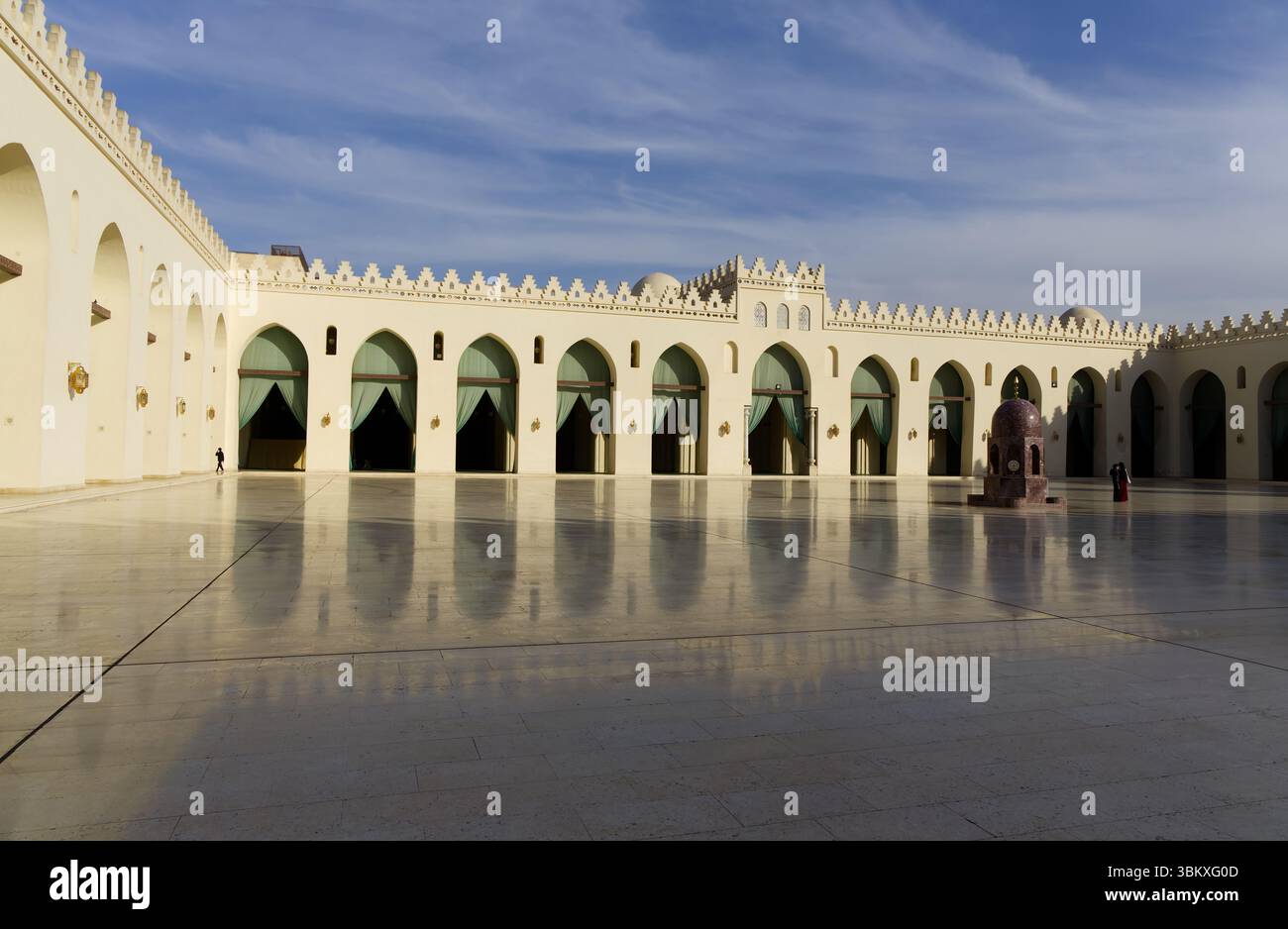 The courtyard of Al-Hakim Mosque, Cairo Stock Photohttps://www.alamy.com/image-license-details/?v=1https://www.alamy.com/the-courtyard-of-al-hakim-mosque-cairo-image683466125.html
The courtyard of Al-Hakim Mosque, Cairo Stock Photohttps://www.alamy.com/image-license-details/?v=1https://www.alamy.com/the-courtyard-of-al-hakim-mosque-cairo-image683466125.htmlRF3BKXG0D–The courtyard of Al-Hakim Mosque, Cairo
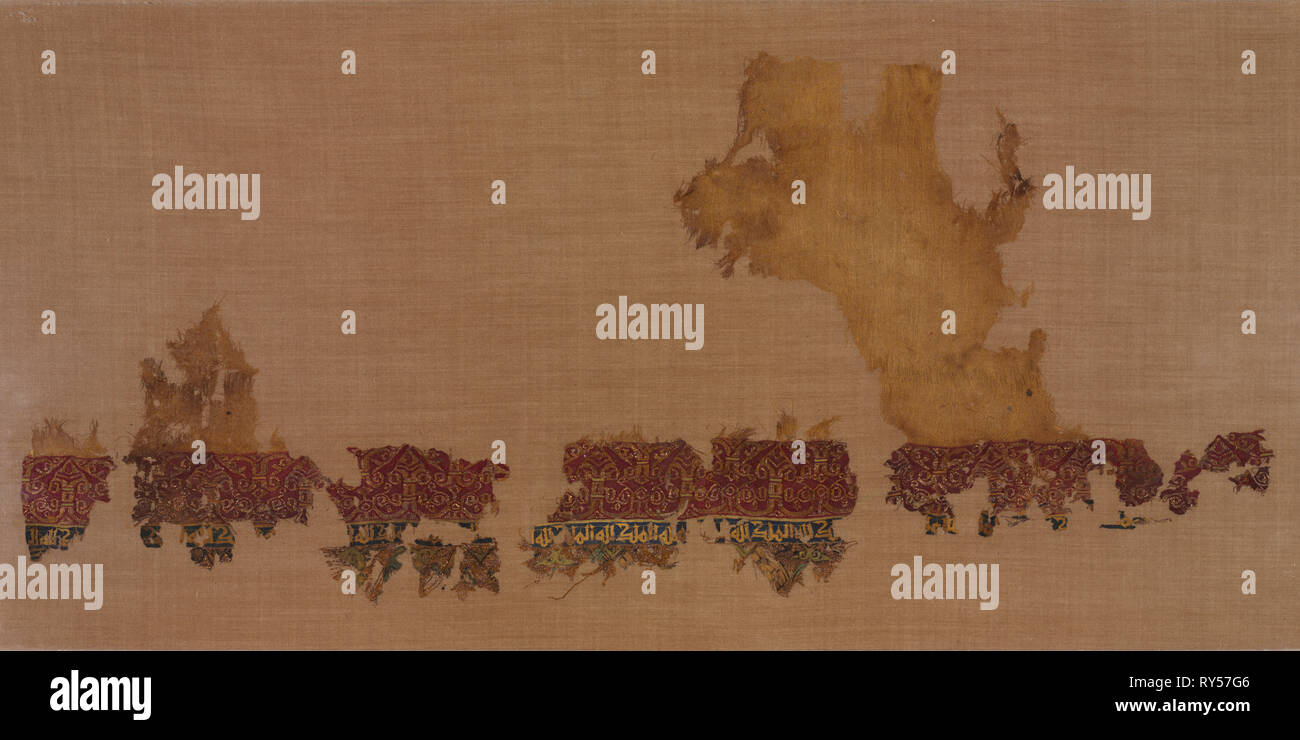 Tiraz with gold, 1013-1020. Egypt, Fatimid period, reign of Caliph al-Hakim, 1013–1020. Plain weave with inwoven tapestry weave: linen, silk, and gold filé; overall: 25 x 57.8 cm (9 13/16 x 22 3/4 in Stock Photohttps://www.alamy.com/image-license-details/?v=1https://www.alamy.com/tiraz-with-gold-1013-1020-egypt-fatimid-period-reign-of-caliph-al-hakim-10131020-plain-weave-with-inwoven-tapestry-weave-linen-silk-and-gold-fil-overall-25-x-578-cm-9-1316-x-22-34-in-image240446198.html
Tiraz with gold, 1013-1020. Egypt, Fatimid period, reign of Caliph al-Hakim, 1013–1020. Plain weave with inwoven tapestry weave: linen, silk, and gold filé; overall: 25 x 57.8 cm (9 13/16 x 22 3/4 in Stock Photohttps://www.alamy.com/image-license-details/?v=1https://www.alamy.com/tiraz-with-gold-1013-1020-egypt-fatimid-period-reign-of-caliph-al-hakim-10131020-plain-weave-with-inwoven-tapestry-weave-linen-silk-and-gold-fil-overall-25-x-578-cm-9-1316-x-22-34-in-image240446198.htmlRMRY57G6–Tiraz with gold, 1013-1020. Egypt, Fatimid period, reign of Caliph al-Hakim, 1013–1020. Plain weave with inwoven tapestry weave: linen, silk, and gold filé; overall: 25 x 57.8 cm (9 13/16 x 22 3/4 in
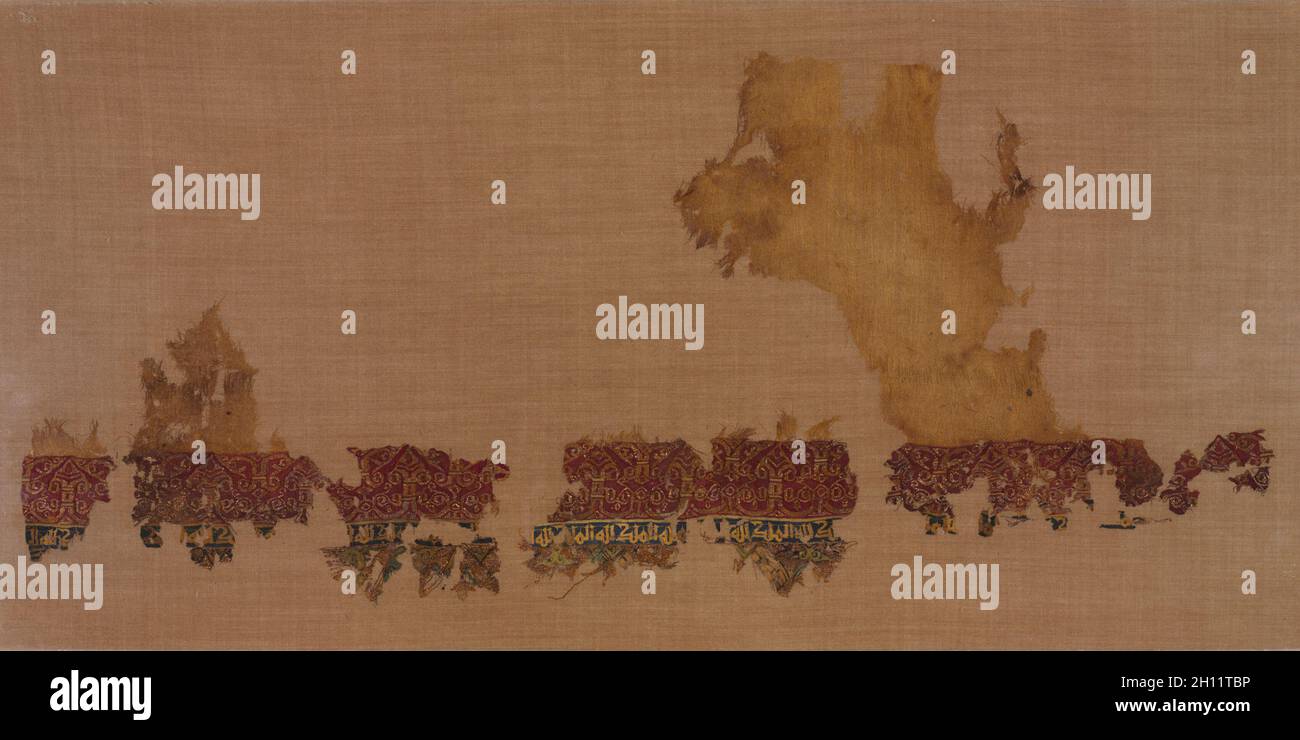 Tiraz with gold, 1013-1020. Egypt, Fatimid period, reign of Caliph al-Hakim, 1013–1020. Plain weave with inwoven tapestry weave: linen, silk, and gold filé; overall: 25 x 57.8 cm (9 13/16 x 22 3/4 in.). Stock Photohttps://www.alamy.com/image-license-details/?v=1https://www.alamy.com/tiraz-with-gold-1013-1020-egypt-fatimid-period-reign-of-caliph-al-hakim-10131020-plain-weave-with-inwoven-tapestry-weave-linen-silk-and-gold-fil-overall-25-x-578-cm-9-1316-x-22-34-in-image448125322.html
Tiraz with gold, 1013-1020. Egypt, Fatimid period, reign of Caliph al-Hakim, 1013–1020. Plain weave with inwoven tapestry weave: linen, silk, and gold filé; overall: 25 x 57.8 cm (9 13/16 x 22 3/4 in.). Stock Photohttps://www.alamy.com/image-license-details/?v=1https://www.alamy.com/tiraz-with-gold-1013-1020-egypt-fatimid-period-reign-of-caliph-al-hakim-10131020-plain-weave-with-inwoven-tapestry-weave-linen-silk-and-gold-fil-overall-25-x-578-cm-9-1316-x-22-34-in-image448125322.htmlRM2H11TBP–Tiraz with gold, 1013-1020. Egypt, Fatimid period, reign of Caliph al-Hakim, 1013–1020. Plain weave with inwoven tapestry weave: linen, silk, and gold filé; overall: 25 x 57.8 cm (9 13/16 x 22 3/4 in.).
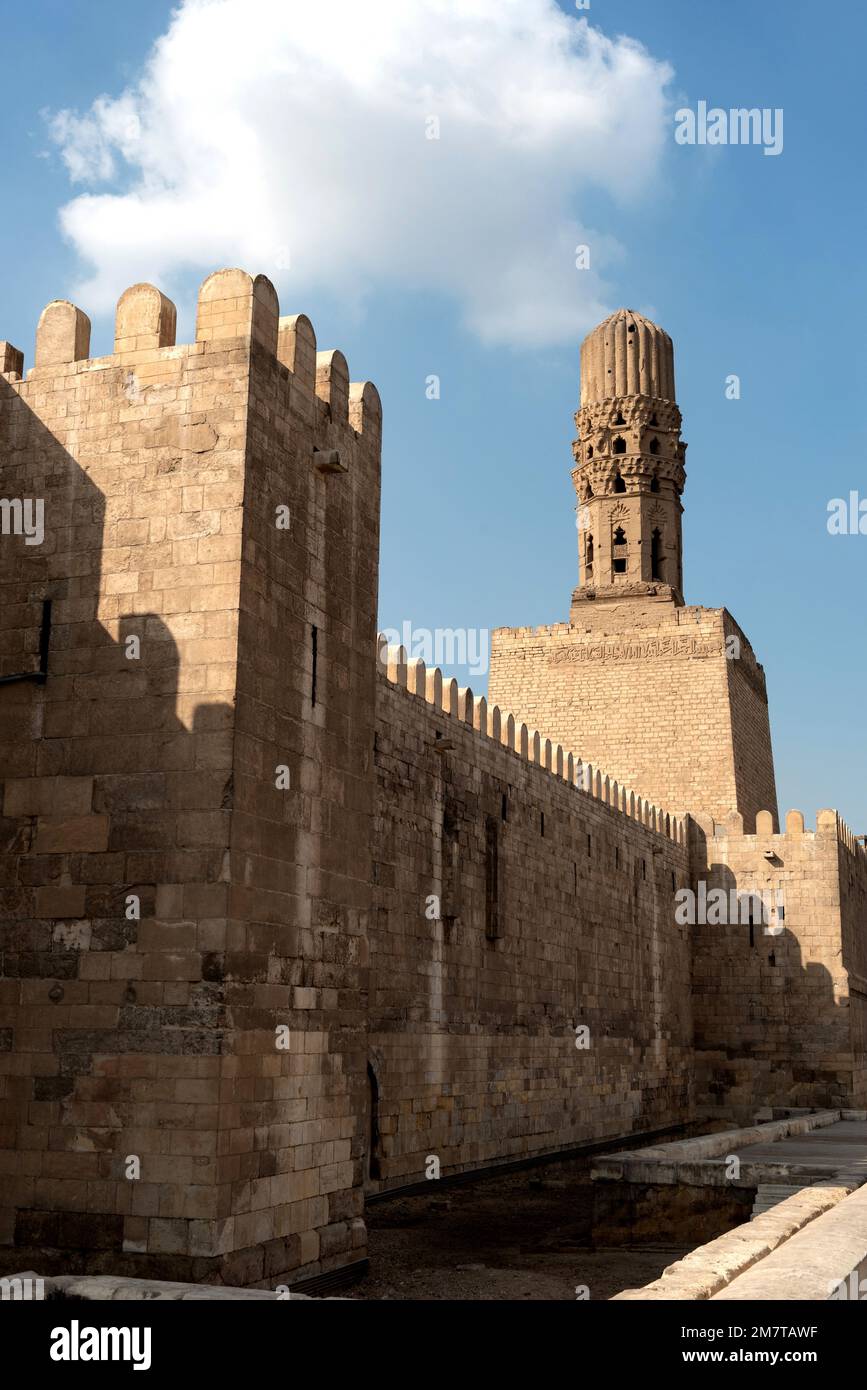 Cairo, Egypt, November 26th 2022 Minaret of the Al Hakim Mosque with the fortified defensive Northern walls of Islamic Cairo, near Bab El Futuh one of Stock Photohttps://www.alamy.com/image-license-details/?v=1https://www.alamy.com/cairo-egypt-november-26th-2022-minaret-of-the-al-hakim-mosque-with-the-fortified-defensive-northern-walls-of-islamic-cairo-near-bab-el-futuh-one-of-image503938667.html
Cairo, Egypt, November 26th 2022 Minaret of the Al Hakim Mosque with the fortified defensive Northern walls of Islamic Cairo, near Bab El Futuh one of Stock Photohttps://www.alamy.com/image-license-details/?v=1https://www.alamy.com/cairo-egypt-november-26th-2022-minaret-of-the-al-hakim-mosque-with-the-fortified-defensive-northern-walls-of-islamic-cairo-near-bab-el-futuh-one-of-image503938667.htmlRM2M7TAWF–Cairo, Egypt, November 26th 2022 Minaret of the Al Hakim Mosque with the fortified defensive Northern walls of Islamic Cairo, near Bab El Futuh one of
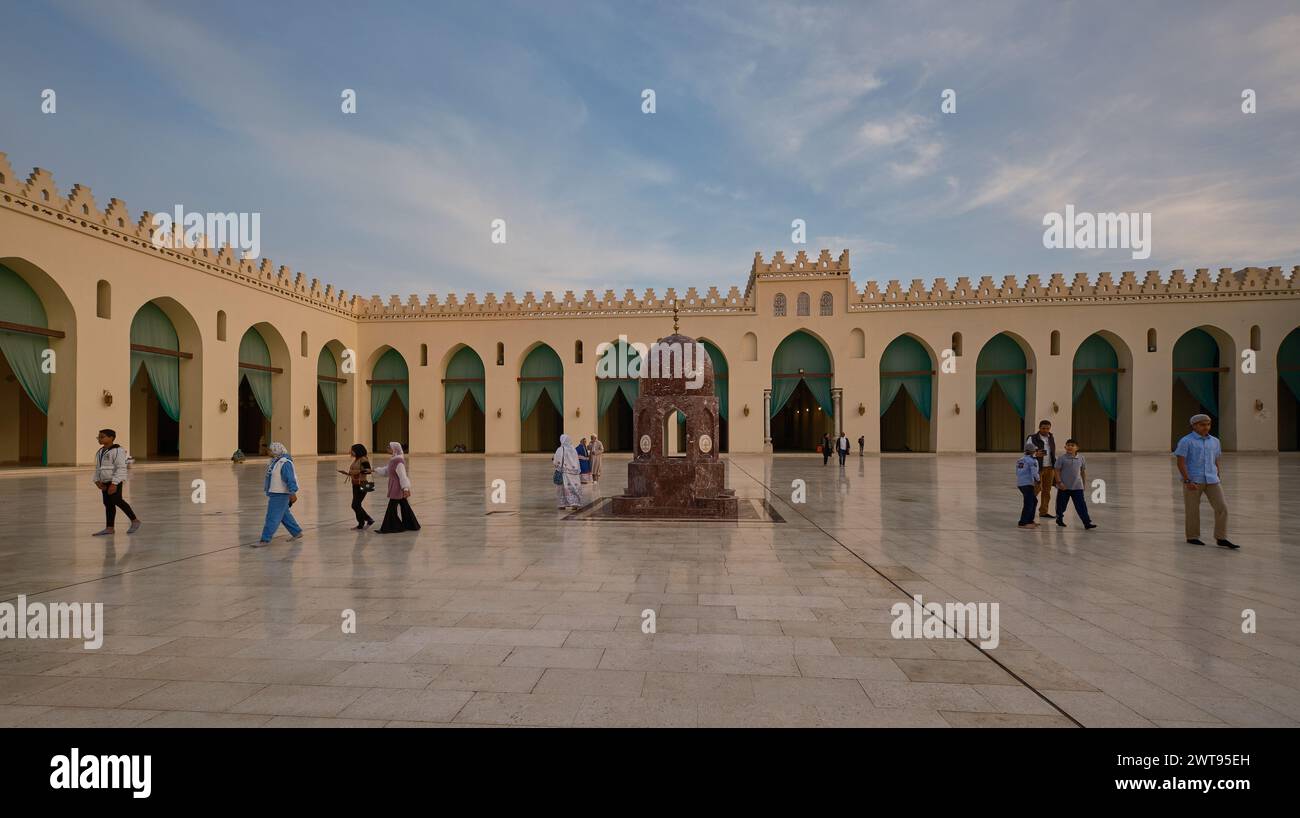 The al-Hakim Mosque, al-Anwar, is a historic mosque in Cairo, Egypt named after Al-Hakim bi-Amr Allah, the sixth Fatimid caliph and 16th Ismaili Imam. Stock Photohttps://www.alamy.com/image-license-details/?v=1https://www.alamy.com/the-al-hakim-mosque-al-anwar-is-a-historic-mosque-in-cairo-egypt-named-after-al-hakim-bi-amr-allah-the-sixth-fatimid-caliph-and-16th-ismaili-imam-image600106153.html
The al-Hakim Mosque, al-Anwar, is a historic mosque in Cairo, Egypt named after Al-Hakim bi-Amr Allah, the sixth Fatimid caliph and 16th Ismaili Imam. Stock Photohttps://www.alamy.com/image-license-details/?v=1https://www.alamy.com/the-al-hakim-mosque-al-anwar-is-a-historic-mosque-in-cairo-egypt-named-after-al-hakim-bi-amr-allah-the-sixth-fatimid-caliph-and-16th-ismaili-imam-image600106153.htmlRF2WT95EH–The al-Hakim Mosque, al-Anwar, is a historic mosque in Cairo, Egypt named after Al-Hakim bi-Amr Allah, the sixth Fatimid caliph and 16th Ismaili Imam.
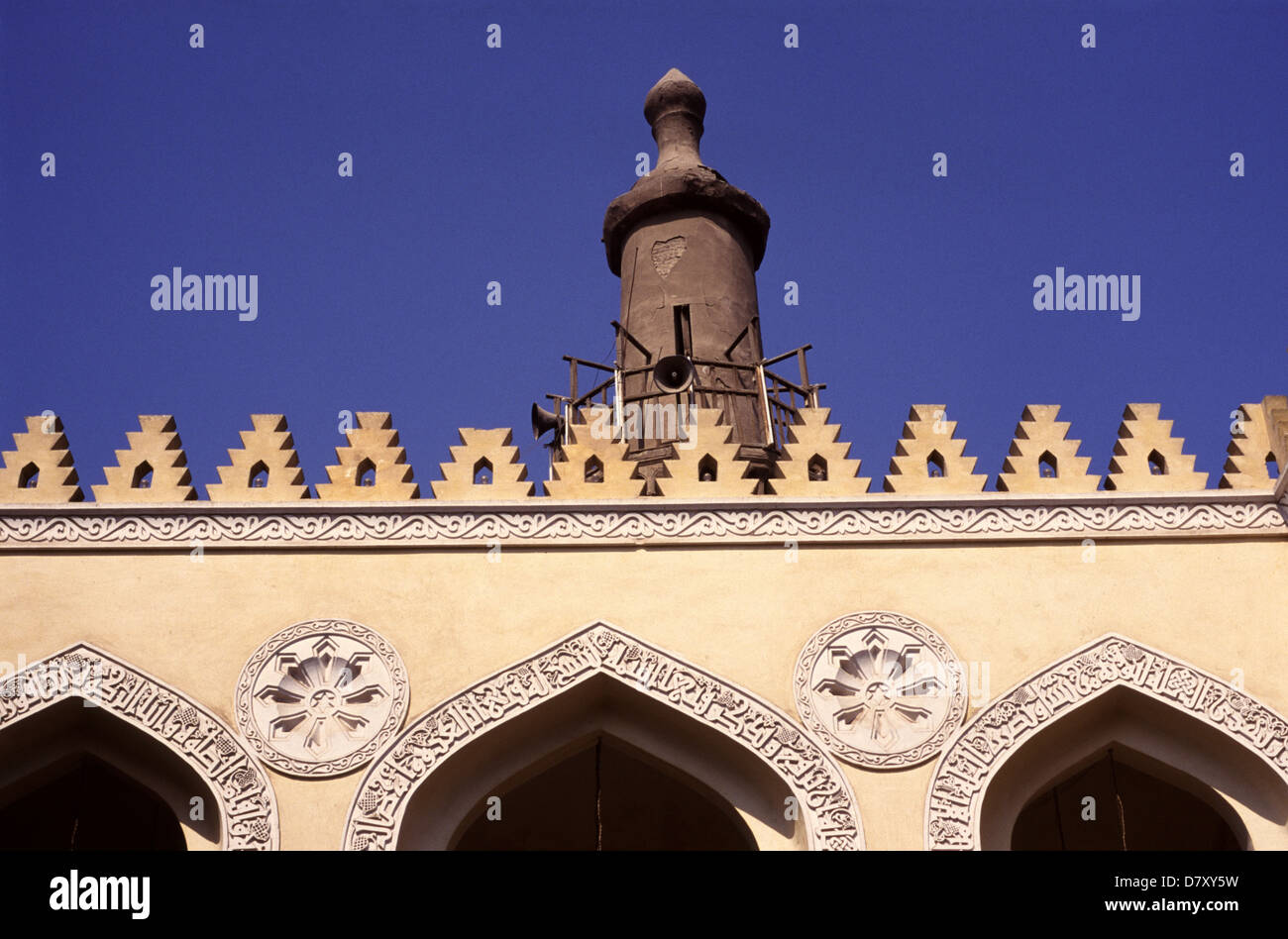 Finial ornament iat the courtyard of the minaret of Al Hakim mosque nicknamed al-Anwar named after Al-Hakim bi-Amr Allah (985–1021), the sixth Fatimid caliph and 16th Ismaili Imam located in Islamic Cairo Egypt Stock Photohttps://www.alamy.com/image-license-details/?v=1https://www.alamy.com/stock-photo-finial-ornament-iat-the-courtyard-of-the-minaret-of-al-hakim-mosque-56525781.html
Finial ornament iat the courtyard of the minaret of Al Hakim mosque nicknamed al-Anwar named after Al-Hakim bi-Amr Allah (985–1021), the sixth Fatimid caliph and 16th Ismaili Imam located in Islamic Cairo Egypt Stock Photohttps://www.alamy.com/image-license-details/?v=1https://www.alamy.com/stock-photo-finial-ornament-iat-the-courtyard-of-the-minaret-of-al-hakim-mosque-56525781.htmlRMD7XY5W–Finial ornament iat the courtyard of the minaret of Al Hakim mosque nicknamed al-Anwar named after Al-Hakim bi-Amr Allah (985–1021), the sixth Fatimid caliph and 16th Ismaili Imam located in Islamic Cairo Egypt
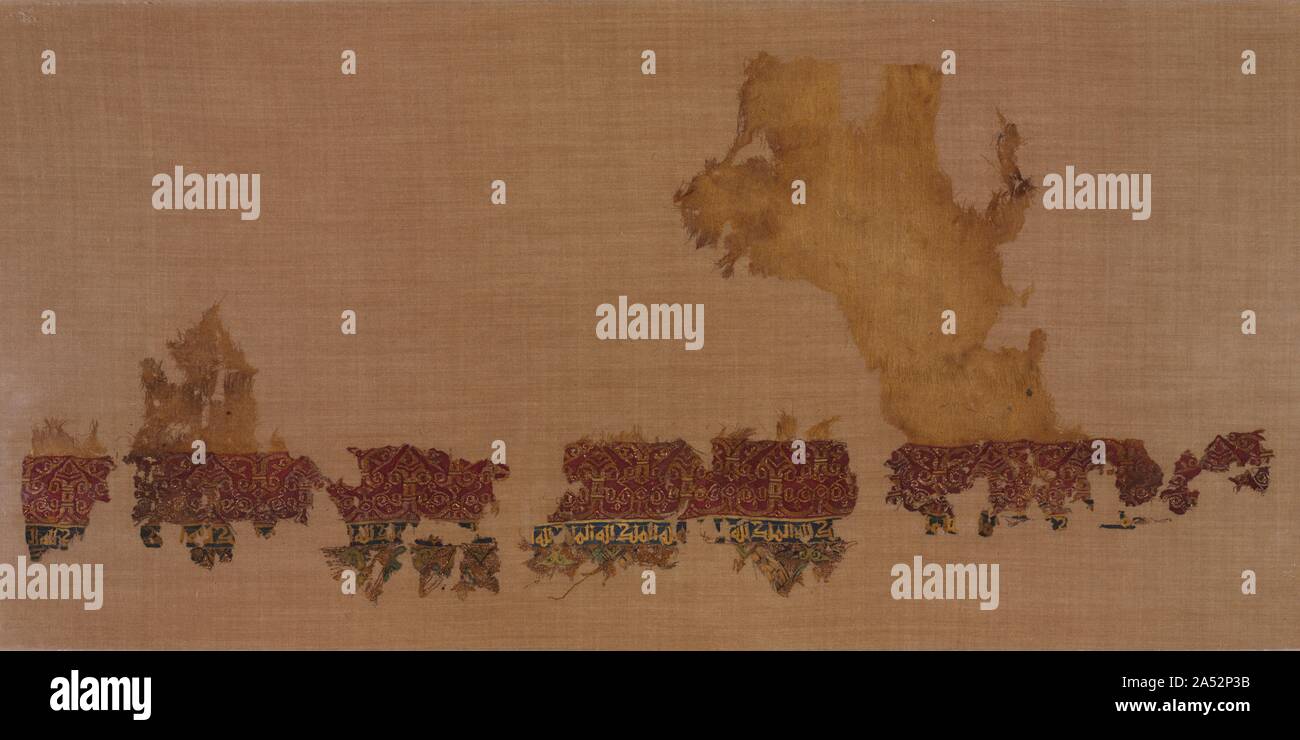 Tiraz with gold, 1013-1020. Stock Photohttps://www.alamy.com/image-license-details/?v=1https://www.alamy.com/tiraz-with-gold-1013-1020-image330131519.html
Tiraz with gold, 1013-1020. Stock Photohttps://www.alamy.com/image-license-details/?v=1https://www.alamy.com/tiraz-with-gold-1013-1020-image330131519.htmlRM2A52P3B–Tiraz with gold, 1013-1020.
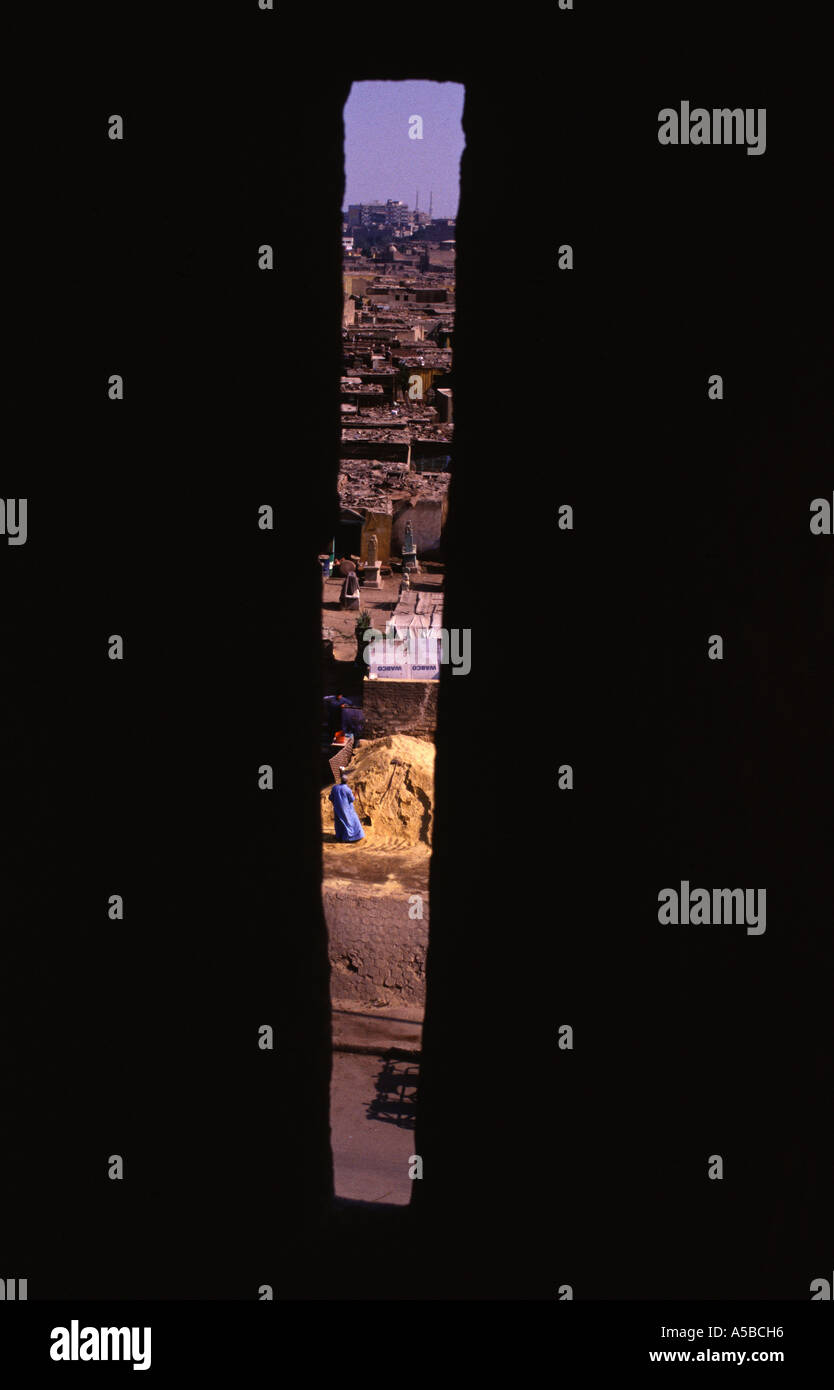 Old city as seen through arrow loop of Al Hakim mosque nicknamed al-Anwar named after Al-Hakim bi-Amr Allah (985–1021), the sixth Fatimid caliph and 1 Stock Photohttps://www.alamy.com/image-license-details/?v=1https://www.alamy.com/old-city-as-seen-through-arrow-loop-of-al-hakim-mosque-nicknamed-al-image6433813.html
Old city as seen through arrow loop of Al Hakim mosque nicknamed al-Anwar named after Al-Hakim bi-Amr Allah (985–1021), the sixth Fatimid caliph and 1 Stock Photohttps://www.alamy.com/image-license-details/?v=1https://www.alamy.com/old-city-as-seen-through-arrow-loop-of-al-hakim-mosque-nicknamed-al-image6433813.htmlRMA5BCH6–Old city as seen through arrow loop of Al Hakim mosque nicknamed al-Anwar named after Al-Hakim bi-Amr Allah (985–1021), the sixth Fatimid caliph and 1
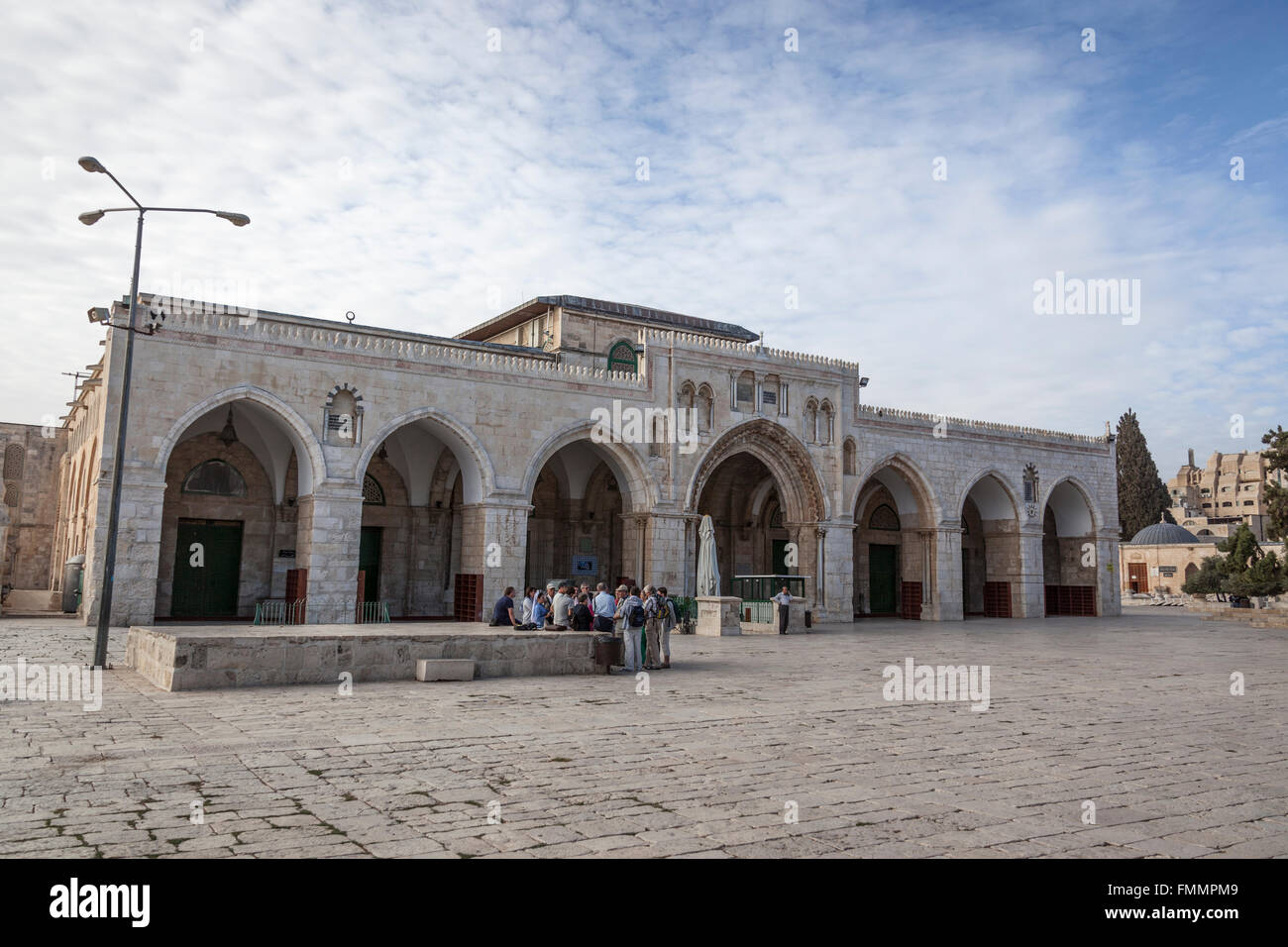 Al-Aqsa Mosque or Bayt al-Muqaddas, Old City Jerusalem Stock Photohttps://www.alamy.com/image-license-details/?v=1https://www.alamy.com/stock-photo-al-aqsa-mosque-or-bayt-al-muqaddas-old-city-jerusalem-98801817.html
Al-Aqsa Mosque or Bayt al-Muqaddas, Old City Jerusalem Stock Photohttps://www.alamy.com/image-license-details/?v=1https://www.alamy.com/stock-photo-al-aqsa-mosque-or-bayt-al-muqaddas-old-city-jerusalem-98801817.htmlRMFMMPM9–Al-Aqsa Mosque or Bayt al-Muqaddas, Old City Jerusalem
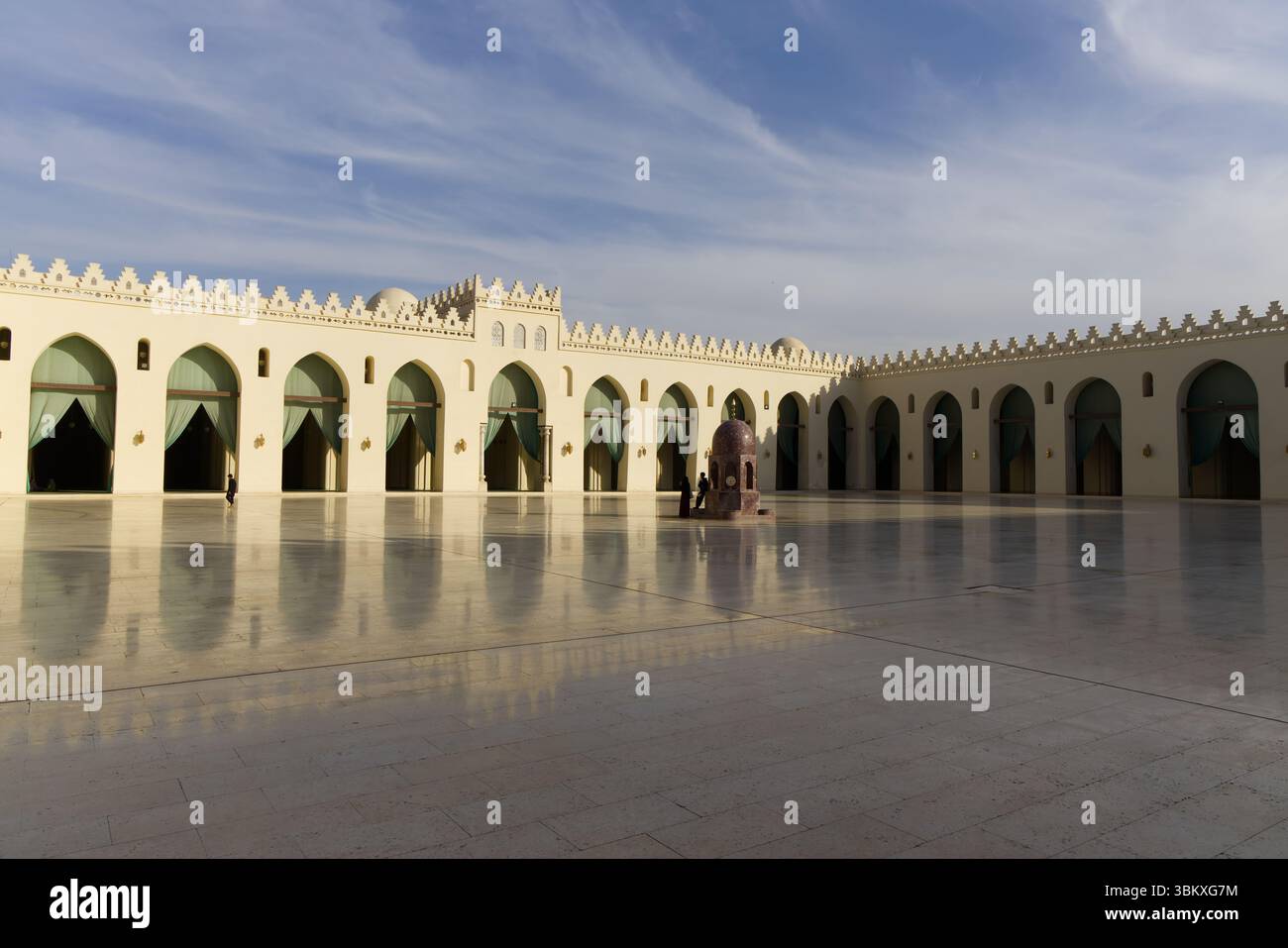 The courtyard of Al-Hakim Mosque, Cairo Stock Photohttps://www.alamy.com/image-license-details/?v=1https://www.alamy.com/the-courtyard-of-al-hakim-mosque-cairo-image683466328.html
The courtyard of Al-Hakim Mosque, Cairo Stock Photohttps://www.alamy.com/image-license-details/?v=1https://www.alamy.com/the-courtyard-of-al-hakim-mosque-cairo-image683466328.htmlRF3BKXG7M–The courtyard of Al-Hakim Mosque, Cairo
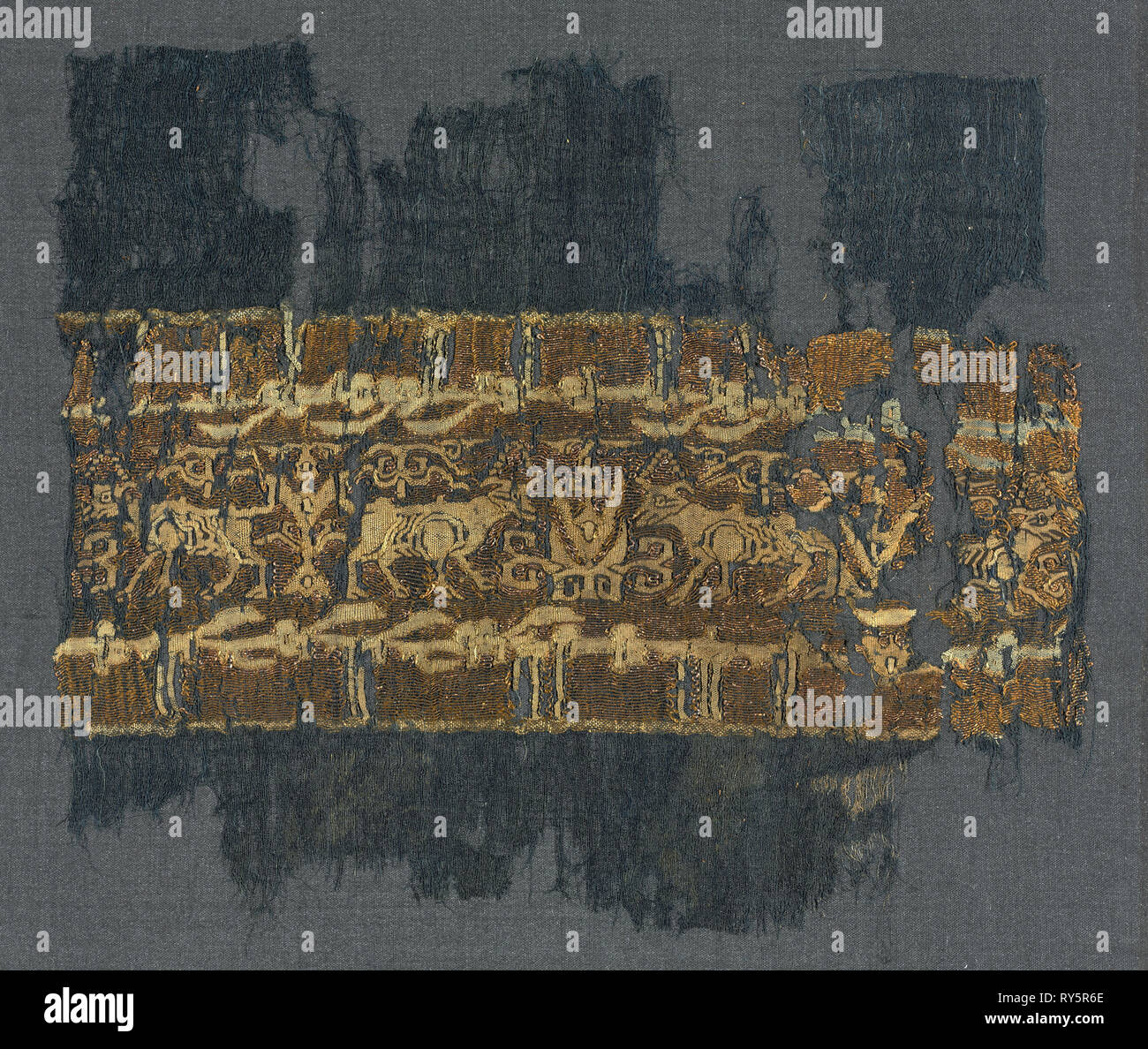 Tiraz with gold, 1020 - 1035. Egypt, Fatimid period, reign of Caliph al-Zahir, 1020–1035. Plain weave with inwoven tapestry weave: linen, silk, and gold filé; overall: 16.9 x 9.7 cm (6 5/8 x 3 13/16 in Stock Photohttps://www.alamy.com/image-license-details/?v=1https://www.alamy.com/tiraz-with-gold-1020-1035-egypt-fatimid-period-reign-of-caliph-al-zahir-10201035-plain-weave-with-inwoven-tapestry-weave-linen-silk-and-gold-fil-overall-169-x-97-cm-6-58-x-3-1316-in-image240458470.html
Tiraz with gold, 1020 - 1035. Egypt, Fatimid period, reign of Caliph al-Zahir, 1020–1035. Plain weave with inwoven tapestry weave: linen, silk, and gold filé; overall: 16.9 x 9.7 cm (6 5/8 x 3 13/16 in Stock Photohttps://www.alamy.com/image-license-details/?v=1https://www.alamy.com/tiraz-with-gold-1020-1035-egypt-fatimid-period-reign-of-caliph-al-zahir-10201035-plain-weave-with-inwoven-tapestry-weave-linen-silk-and-gold-fil-overall-169-x-97-cm-6-58-x-3-1316-in-image240458470.htmlRMRY5R6E–Tiraz with gold, 1020 - 1035. Egypt, Fatimid period, reign of Caliph al-Zahir, 1020–1035. Plain weave with inwoven tapestry weave: linen, silk, and gold filé; overall: 16.9 x 9.7 cm (6 5/8 x 3 13/16 in
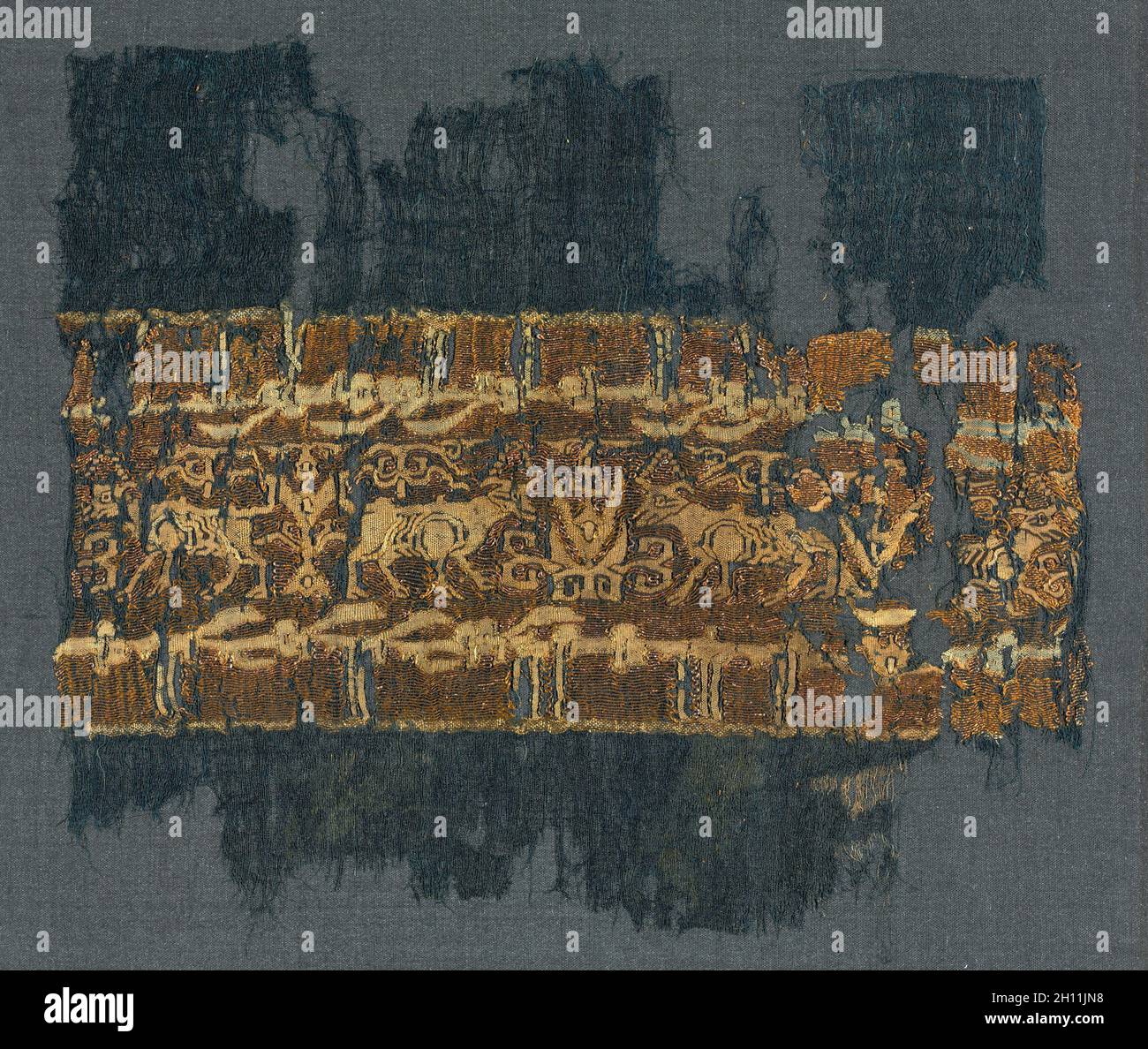 Tiraz with gold, 1020 - 1035. Egypt, Fatimid period, reign of Caliph al-Zahir, 1020–1035. Plain weave with inwoven tapestry weave: linen, silk, and gold filé; overall: 16.9 x 9.7 cm (6 5/8 x 3 13/16 in.). Stock Photohttps://www.alamy.com/image-license-details/?v=1https://www.alamy.com/tiraz-with-gold-1020-1035-egypt-fatimid-period-reign-of-caliph-al-zahir-10201035-plain-weave-with-inwoven-tapestry-weave-linen-silk-and-gold-fil-overall-169-x-97-cm-6-58-x-3-1316-in-image448120884.html
Tiraz with gold, 1020 - 1035. Egypt, Fatimid period, reign of Caliph al-Zahir, 1020–1035. Plain weave with inwoven tapestry weave: linen, silk, and gold filé; overall: 16.9 x 9.7 cm (6 5/8 x 3 13/16 in.). Stock Photohttps://www.alamy.com/image-license-details/?v=1https://www.alamy.com/tiraz-with-gold-1020-1035-egypt-fatimid-period-reign-of-caliph-al-zahir-10201035-plain-weave-with-inwoven-tapestry-weave-linen-silk-and-gold-fil-overall-169-x-97-cm-6-58-x-3-1316-in-image448120884.htmlRM2H11JN8–Tiraz with gold, 1020 - 1035. Egypt, Fatimid period, reign of Caliph al-Zahir, 1020–1035. Plain weave with inwoven tapestry weave: linen, silk, and gold filé; overall: 16.9 x 9.7 cm (6 5/8 x 3 13/16 in.).
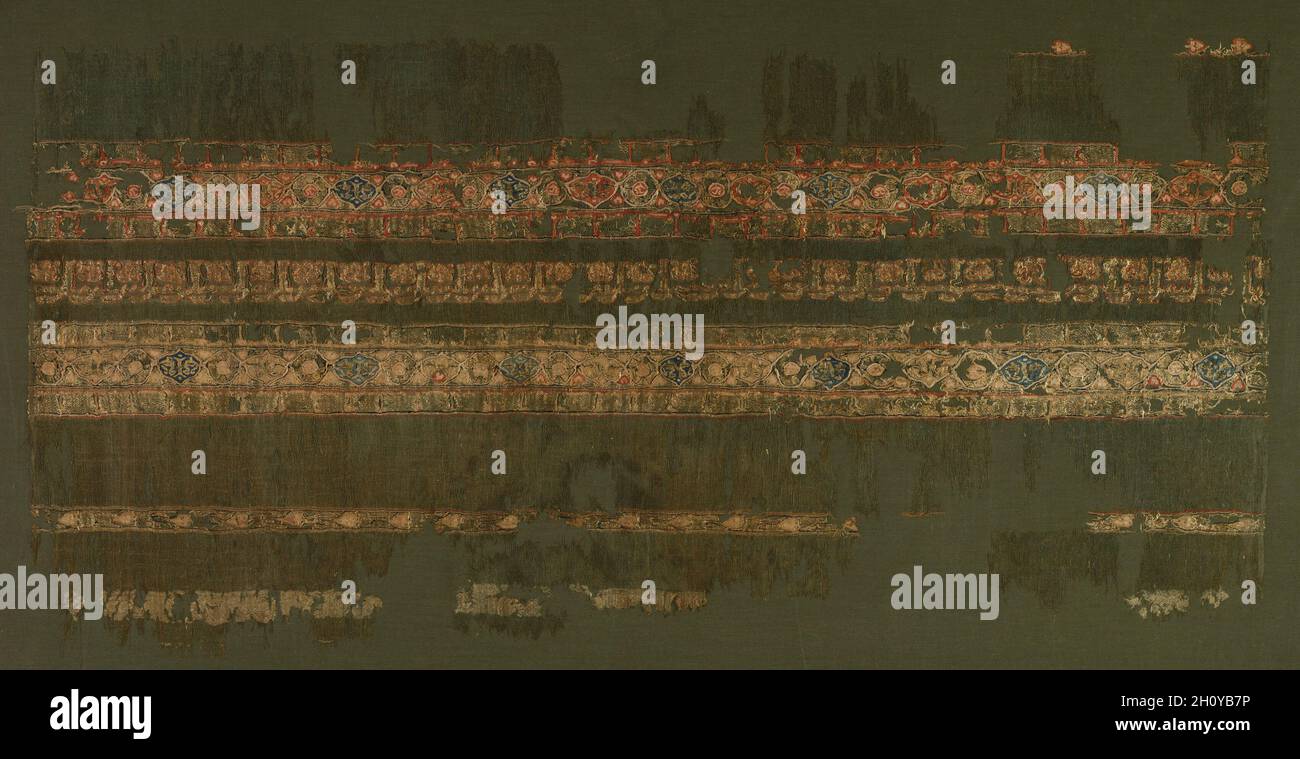 Tiraz with gold, 1094 - 1101. Egypt, Fatimid period, reign of Caliph al-Musta‘lī, 1094–1101. Plain weave with inwoven tapestry weave: linen, silk, and gold filé; mounted: 50.8 x 89.5 cm (20 x 35 1/4 in.); overall: 38.1 x 78.8 cm (15 x 31 in.). Stock Photohttps://www.alamy.com/image-license-details/?v=1https://www.alamy.com/tiraz-with-gold-1094-1101-egypt-fatimid-period-reign-of-caliph-al-mustal-10941101-plain-weave-with-inwoven-tapestry-weave-linen-silk-and-gold-fil-mounted-508-x-895-cm-20-x-35-14-in-overall-381-x-788-cm-15-x-31-in-image448071114.html
Tiraz with gold, 1094 - 1101. Egypt, Fatimid period, reign of Caliph al-Musta‘lī, 1094–1101. Plain weave with inwoven tapestry weave: linen, silk, and gold filé; mounted: 50.8 x 89.5 cm (20 x 35 1/4 in.); overall: 38.1 x 78.8 cm (15 x 31 in.). Stock Photohttps://www.alamy.com/image-license-details/?v=1https://www.alamy.com/tiraz-with-gold-1094-1101-egypt-fatimid-period-reign-of-caliph-al-mustal-10941101-plain-weave-with-inwoven-tapestry-weave-linen-silk-and-gold-fil-mounted-508-x-895-cm-20-x-35-14-in-overall-381-x-788-cm-15-x-31-in-image448071114.htmlRM2H0YB7P–Tiraz with gold, 1094 - 1101. Egypt, Fatimid period, reign of Caliph al-Musta‘lī, 1094–1101. Plain weave with inwoven tapestry weave: linen, silk, and gold filé; mounted: 50.8 x 89.5 cm (20 x 35 1/4 in.); overall: 38.1 x 78.8 cm (15 x 31 in.).
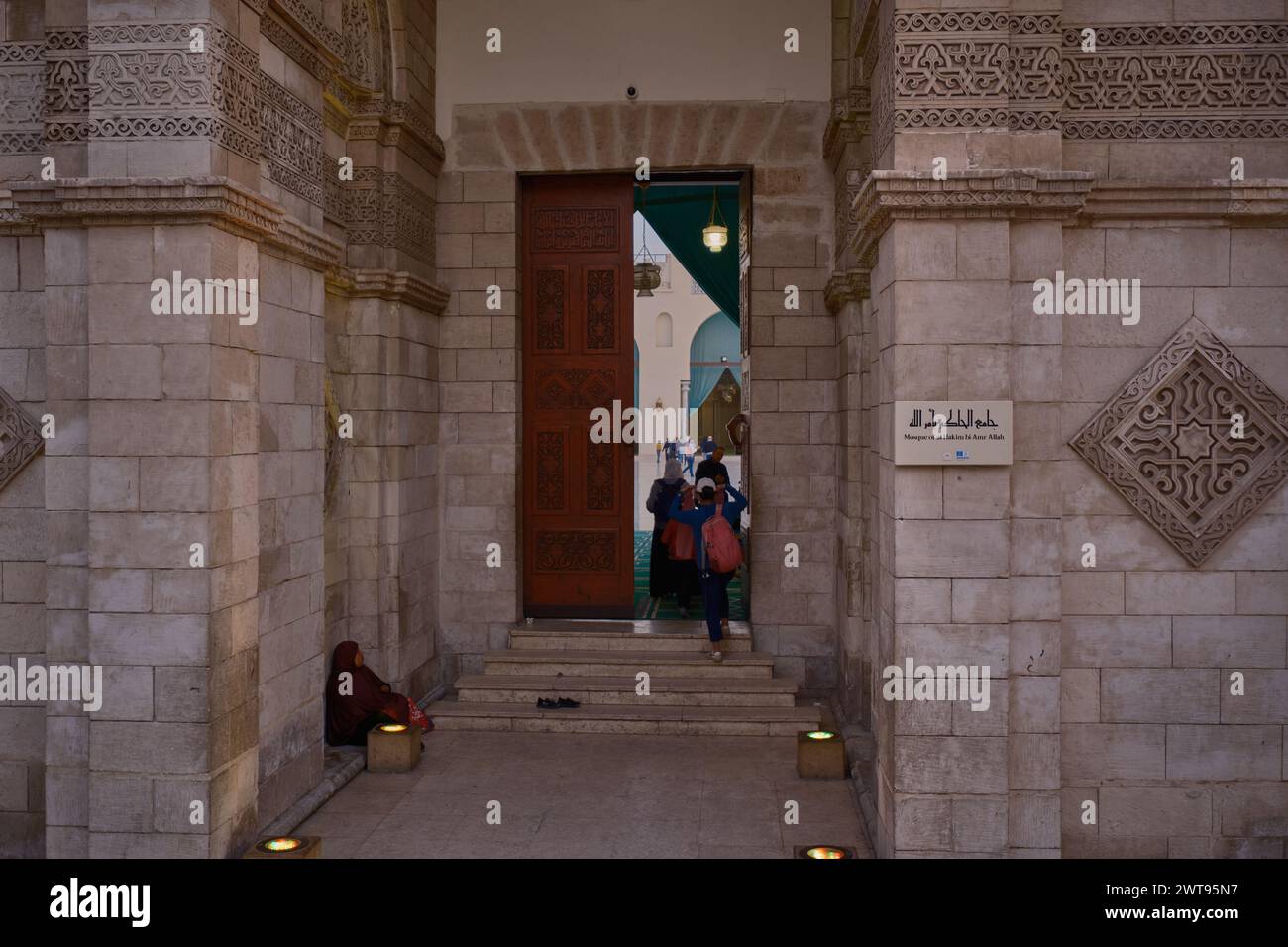 The al-Hakim Mosque, al-Anwar, is a historic mosque in Cairo, Egypt named after Al-Hakim bi-Amr Allah, the sixth Fatimid caliph and 16th Ismaili Imam. Stock Photohttps://www.alamy.com/image-license-details/?v=1https://www.alamy.com/the-al-hakim-mosque-al-anwar-is-a-historic-mosque-in-cairo-egypt-named-after-al-hakim-bi-amr-allah-the-sixth-fatimid-caliph-and-16th-ismaili-imam-image600106339.html
The al-Hakim Mosque, al-Anwar, is a historic mosque in Cairo, Egypt named after Al-Hakim bi-Amr Allah, the sixth Fatimid caliph and 16th Ismaili Imam. Stock Photohttps://www.alamy.com/image-license-details/?v=1https://www.alamy.com/the-al-hakim-mosque-al-anwar-is-a-historic-mosque-in-cairo-egypt-named-after-al-hakim-bi-amr-allah-the-sixth-fatimid-caliph-and-16th-ismaili-imam-image600106339.htmlRF2WT95N7–The al-Hakim Mosque, al-Anwar, is a historic mosque in Cairo, Egypt named after Al-Hakim bi-Amr Allah, the sixth Fatimid caliph and 16th Ismaili Imam.
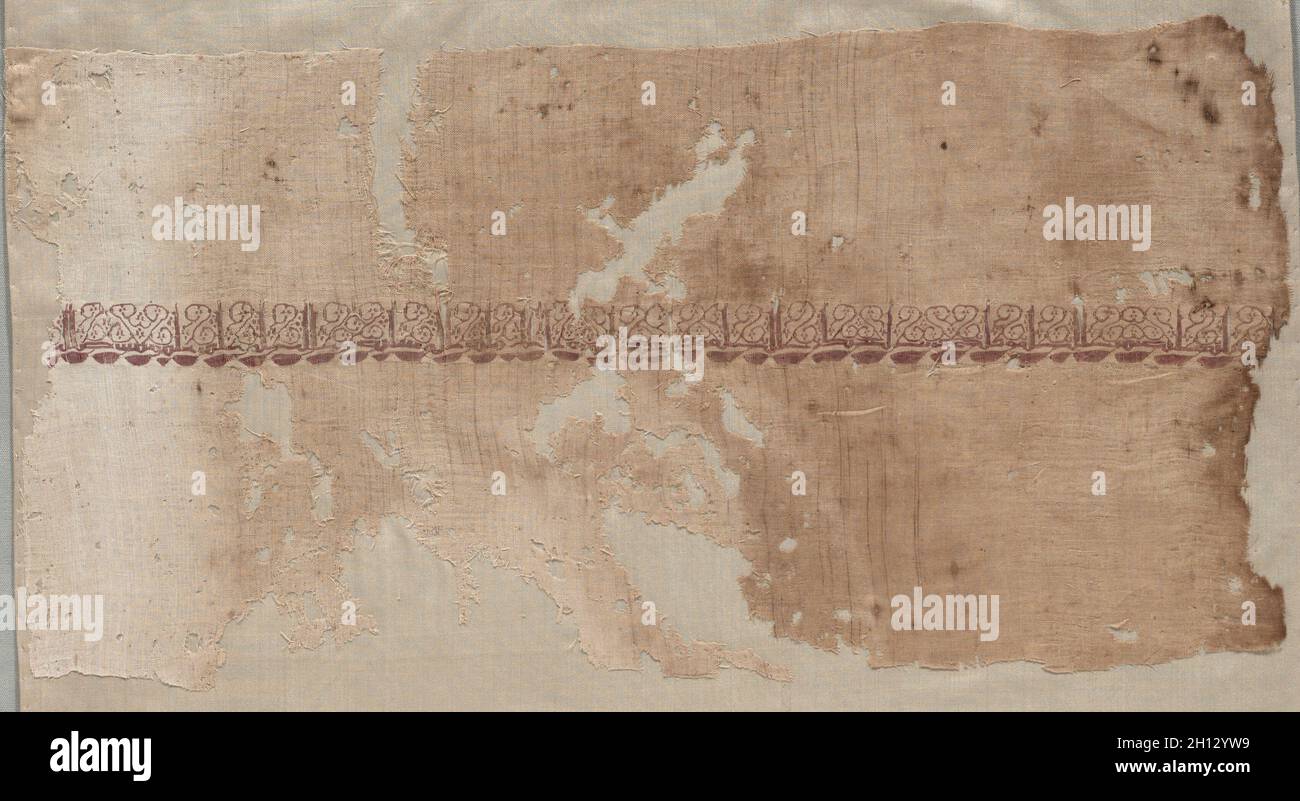 Fragment of a Tiraz, 1036 - 1044. Egypt, Fatimid period, Reign of Caliphate al-Mustansir, c. AH 427-436 (AD 1036-1044). Tabby ground with inwoven tapestry ornament; linen and silk; overall: 24.5 x 47.3 cm (9 5/8 x 18 5/8 in.). Stock Photohttps://www.alamy.com/image-license-details/?v=1https://www.alamy.com/fragment-of-a-tiraz-1036-1044-egypt-fatimid-period-reign-of-caliphate-al-mustansir-c-ah-427-436-ad-1036-1044-tabby-ground-with-inwoven-tapestry-ornament-linen-and-silk-overall-245-x-473-cm-9-58-x-18-58-in-image448150005.html
Fragment of a Tiraz, 1036 - 1044. Egypt, Fatimid period, Reign of Caliphate al-Mustansir, c. AH 427-436 (AD 1036-1044). Tabby ground with inwoven tapestry ornament; linen and silk; overall: 24.5 x 47.3 cm (9 5/8 x 18 5/8 in.). Stock Photohttps://www.alamy.com/image-license-details/?v=1https://www.alamy.com/fragment-of-a-tiraz-1036-1044-egypt-fatimid-period-reign-of-caliphate-al-mustansir-c-ah-427-436-ad-1036-1044-tabby-ground-with-inwoven-tapestry-ornament-linen-and-silk-overall-245-x-473-cm-9-58-x-18-58-in-image448150005.htmlRM2H12YW9–Fragment of a Tiraz, 1036 - 1044. Egypt, Fatimid period, Reign of Caliphate al-Mustansir, c. AH 427-436 (AD 1036-1044). Tabby ground with inwoven tapestry ornament; linen and silk; overall: 24.5 x 47.3 cm (9 5/8 x 18 5/8 in.).
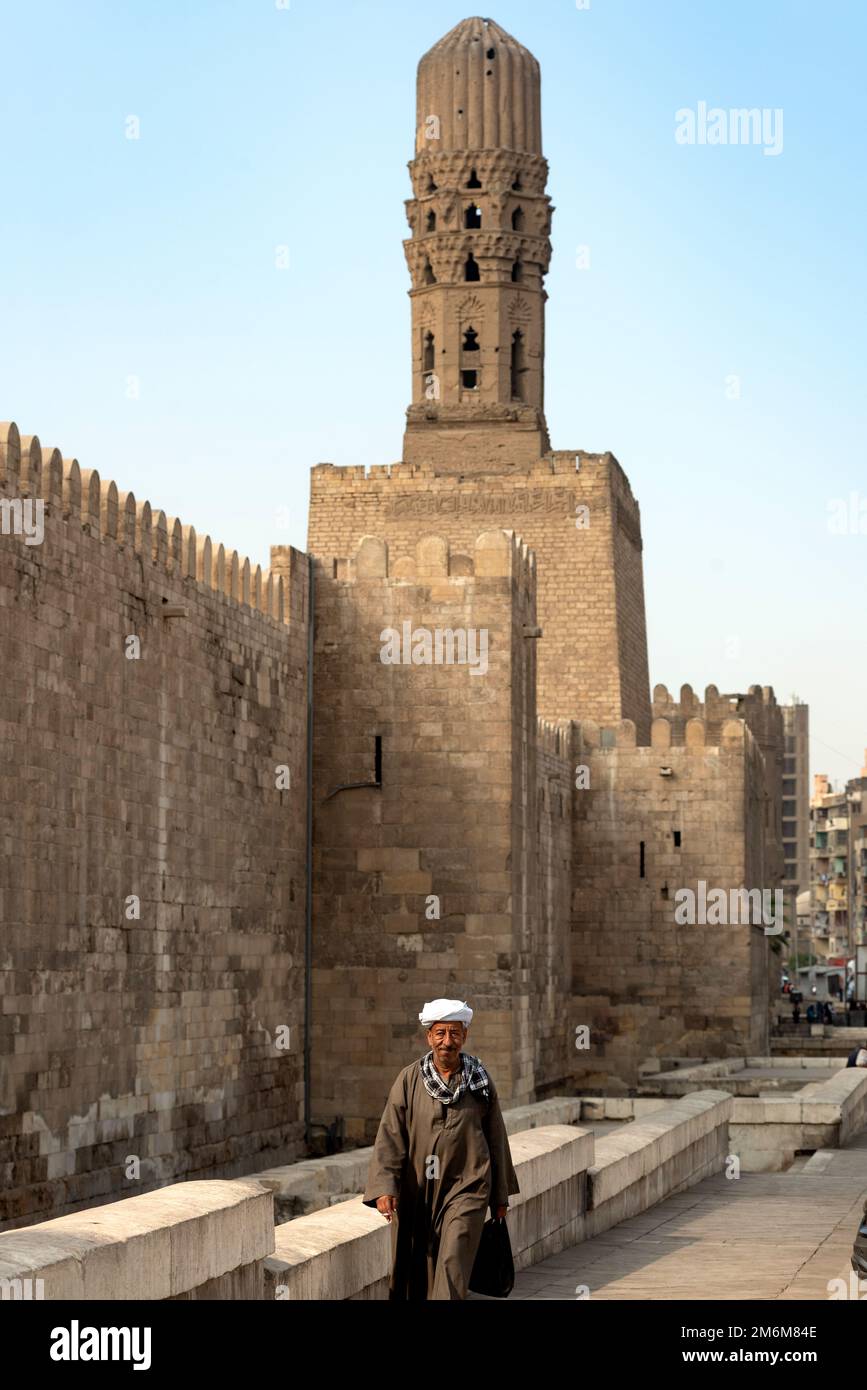 Cairo, Egypt, November 26th 2022 An Egyptian man wearing traditional clothes walking in front of the minaret of Al Hakim Mosque and the ancient city w Stock Photohttps://www.alamy.com/image-license-details/?v=1https://www.alamy.com/cairo-egypt-november-26th-2022-an-egyptian-man-wearing-traditional-clothes-walking-in-front-of-the-minaret-of-al-hakim-mosque-and-the-ancient-city-w-image503234046.html
Cairo, Egypt, November 26th 2022 An Egyptian man wearing traditional clothes walking in front of the minaret of Al Hakim Mosque and the ancient city w Stock Photohttps://www.alamy.com/image-license-details/?v=1https://www.alamy.com/cairo-egypt-november-26th-2022-an-egyptian-man-wearing-traditional-clothes-walking-in-front-of-the-minaret-of-al-hakim-mosque-and-the-ancient-city-w-image503234046.htmlRM2M6M84E–Cairo, Egypt, November 26th 2022 An Egyptian man wearing traditional clothes walking in front of the minaret of Al Hakim Mosque and the ancient city w
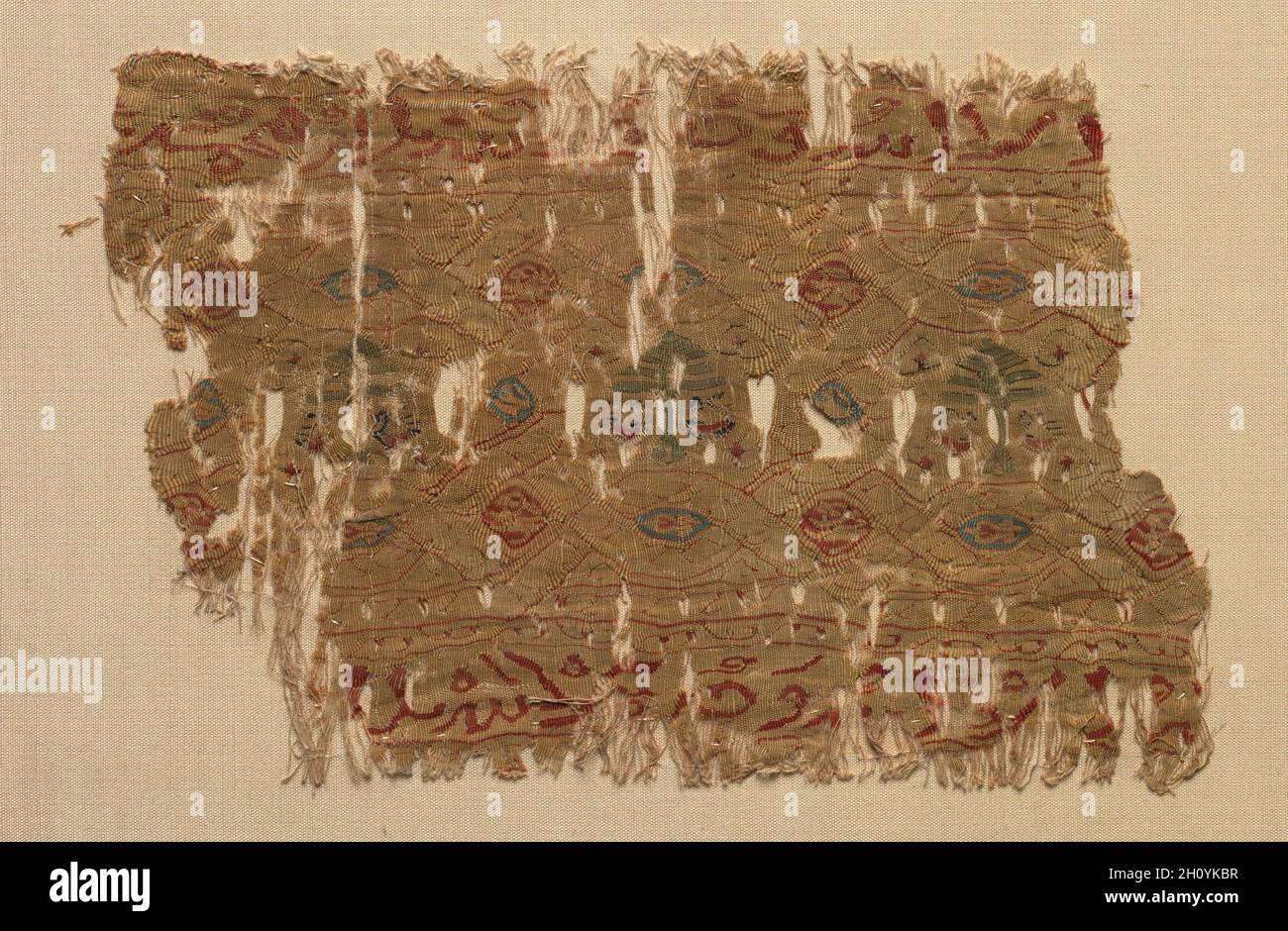 Fragment of a Tiraz, 1130 - 1149. Egypt, Fatimid period, probably during Caliphate of al-Hafiz, AH 524-544 (A.D. 1130-1149). Tapestry (originally inwoven in a tabby ground); linen and silk; overall: 11.5 x 17.2 cm (4 1/2 x 6 3/4 in.). Stock Photohttps://www.alamy.com/image-license-details/?v=1https://www.alamy.com/fragment-of-a-tiraz-1130-1149-egypt-fatimid-period-probably-during-caliphate-of-al-hafiz-ah-524-544-ad-1130-1149-tapestry-originally-inwoven-in-a-tabby-ground-linen-and-silk-overall-115-x-172-cm-4-12-x-6-34-in-image448077499.html
Fragment of a Tiraz, 1130 - 1149. Egypt, Fatimid period, probably during Caliphate of al-Hafiz, AH 524-544 (A.D. 1130-1149). Tapestry (originally inwoven in a tabby ground); linen and silk; overall: 11.5 x 17.2 cm (4 1/2 x 6 3/4 in.). Stock Photohttps://www.alamy.com/image-license-details/?v=1https://www.alamy.com/fragment-of-a-tiraz-1130-1149-egypt-fatimid-period-probably-during-caliphate-of-al-hafiz-ah-524-544-ad-1130-1149-tapestry-originally-inwoven-in-a-tabby-ground-linen-and-silk-overall-115-x-172-cm-4-12-x-6-34-in-image448077499.htmlRM2H0YKBR–Fragment of a Tiraz, 1130 - 1149. Egypt, Fatimid period, probably during Caliphate of al-Hafiz, AH 524-544 (A.D. 1130-1149). Tapestry (originally inwoven in a tabby ground); linen and silk; overall: 11.5 x 17.2 cm (4 1/2 x 6 3/4 in.).
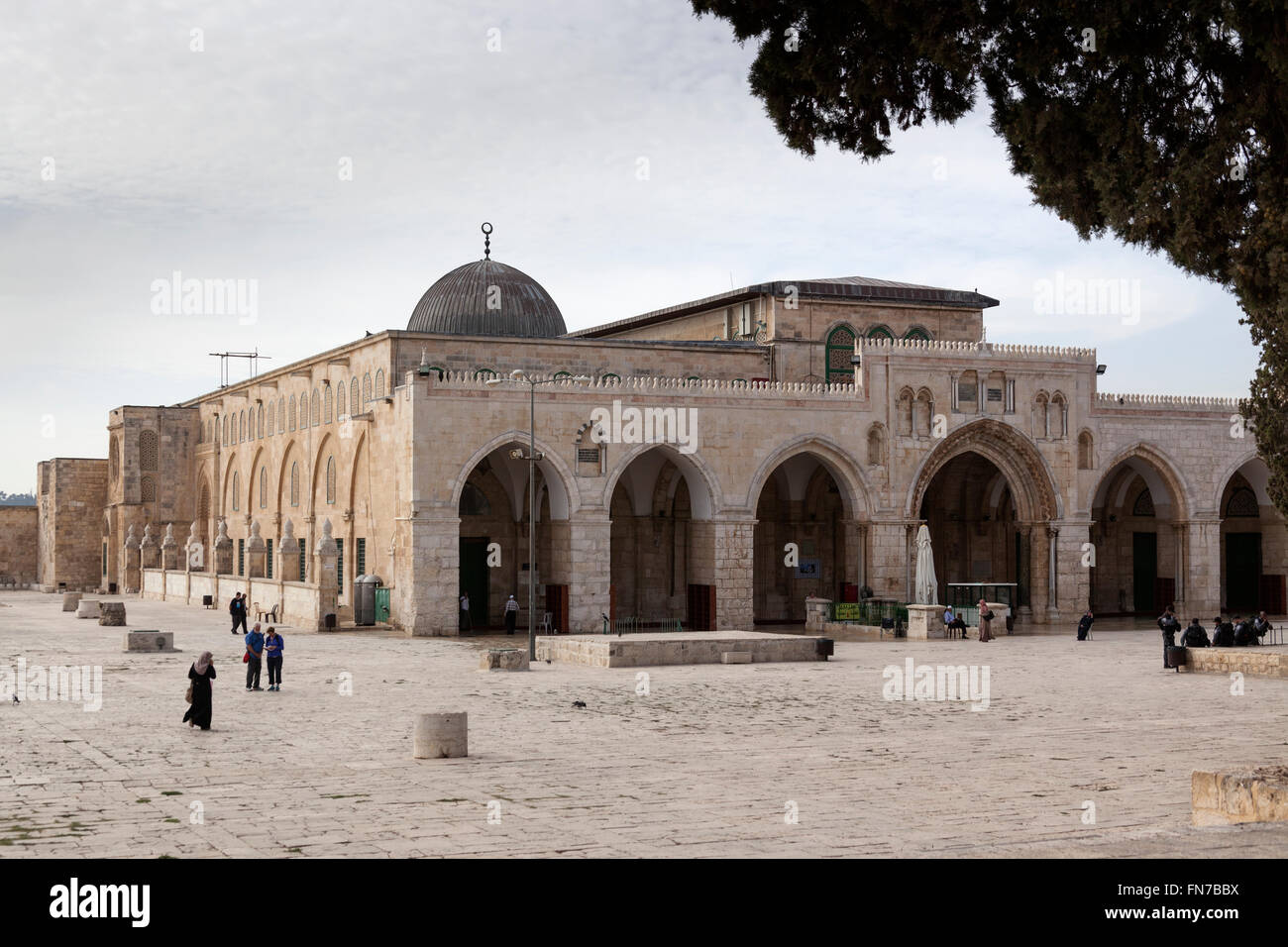 Al-Aqsa Mosque or Bayt al-Muqaddas, Old City Jerusalem Stock Photohttps://www.alamy.com/image-license-details/?v=1https://www.alamy.com/stock-photo-al-aqsa-mosque-or-bayt-al-muqaddas-old-city-jerusalem-99122238.html
Al-Aqsa Mosque or Bayt al-Muqaddas, Old City Jerusalem Stock Photohttps://www.alamy.com/image-license-details/?v=1https://www.alamy.com/stock-photo-al-aqsa-mosque-or-bayt-al-muqaddas-old-city-jerusalem-99122238.htmlRMFN7BBX–Al-Aqsa Mosque or Bayt al-Muqaddas, Old City Jerusalem
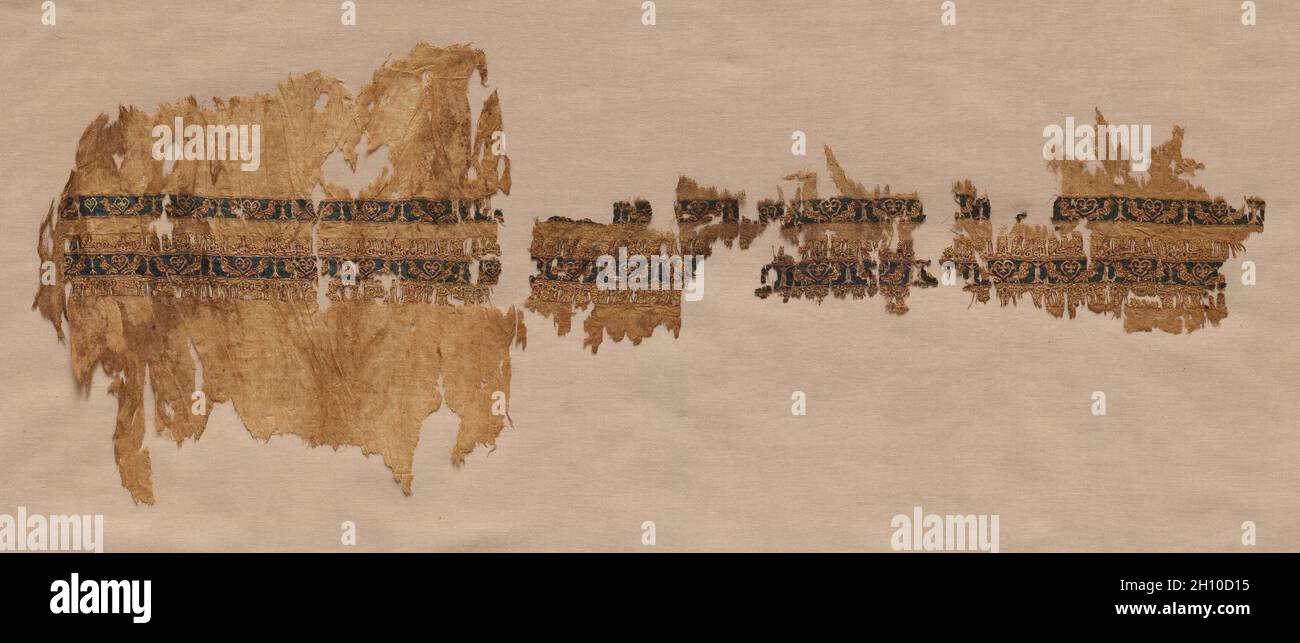 Tiraz with gold, probably from a wide sleeve, 1013-1020. Egypt, Fatimid period, reign of Caliph al-Hakim, 1013–20. Plain weave with inwoven tapestry weave: linen, silk, and gold filé; overall: 23.5 x 62.3 cm (9 1/4 x 24 1/2 in.). This textile with expensive gold foil is among the rarest surviving examples among thousands of medieval textiles with historic or generic inscriptions in Arabic, known as tiraz. Tiraz were 'emblems of dignity,' the prerogative of sovereigns and those they wished to honor. This inscription is masterful. The tall letters are woven with silk thread on only two warps in Stock Photohttps://www.alamy.com/image-license-details/?v=1https://www.alamy.com/tiraz-with-gold-probably-from-a-wide-sleeve-1013-1020-egypt-fatimid-period-reign-of-caliph-al-hakim-101320-plain-weave-with-inwoven-tapestry-weave-linen-silk-and-gold-fil-overall-235-x-623-cm-9-14-x-24-12-in-this-textile-with-expensive-gold-foil-is-among-the-rarest-surviving-examples-among-thousands-of-medieval-textiles-with-historic-or-generic-inscriptions-in-arabic-known-as-tiraz-tiraz-were-emblems-of-dignity-the-prerogative-of-sovereigns-and-those-they-wished-to-honor-this-inscription-is-masterful-the-tall-letters-are-woven-with-silk-thread-on-only-two-warps-in-image448094449.html
Tiraz with gold, probably from a wide sleeve, 1013-1020. Egypt, Fatimid period, reign of Caliph al-Hakim, 1013–20. Plain weave with inwoven tapestry weave: linen, silk, and gold filé; overall: 23.5 x 62.3 cm (9 1/4 x 24 1/2 in.). This textile with expensive gold foil is among the rarest surviving examples among thousands of medieval textiles with historic or generic inscriptions in Arabic, known as tiraz. Tiraz were 'emblems of dignity,' the prerogative of sovereigns and those they wished to honor. This inscription is masterful. The tall letters are woven with silk thread on only two warps in Stock Photohttps://www.alamy.com/image-license-details/?v=1https://www.alamy.com/tiraz-with-gold-probably-from-a-wide-sleeve-1013-1020-egypt-fatimid-period-reign-of-caliph-al-hakim-101320-plain-weave-with-inwoven-tapestry-weave-linen-silk-and-gold-fil-overall-235-x-623-cm-9-14-x-24-12-in-this-textile-with-expensive-gold-foil-is-among-the-rarest-surviving-examples-among-thousands-of-medieval-textiles-with-historic-or-generic-inscriptions-in-arabic-known-as-tiraz-tiraz-were-emblems-of-dignity-the-prerogative-of-sovereigns-and-those-they-wished-to-honor-this-inscription-is-masterful-the-tall-letters-are-woven-with-silk-thread-on-only-two-warps-in-image448094449.htmlRM2H10D15–Tiraz with gold, probably from a wide sleeve, 1013-1020. Egypt, Fatimid period, reign of Caliph al-Hakim, 1013–20. Plain weave with inwoven tapestry weave: linen, silk, and gold filé; overall: 23.5 x 62.3 cm (9 1/4 x 24 1/2 in.). This textile with expensive gold foil is among the rarest surviving examples among thousands of medieval textiles with historic or generic inscriptions in Arabic, known as tiraz. Tiraz were 'emblems of dignity,' the prerogative of sovereigns and those they wished to honor. This inscription is masterful. The tall letters are woven with silk thread on only two warps in
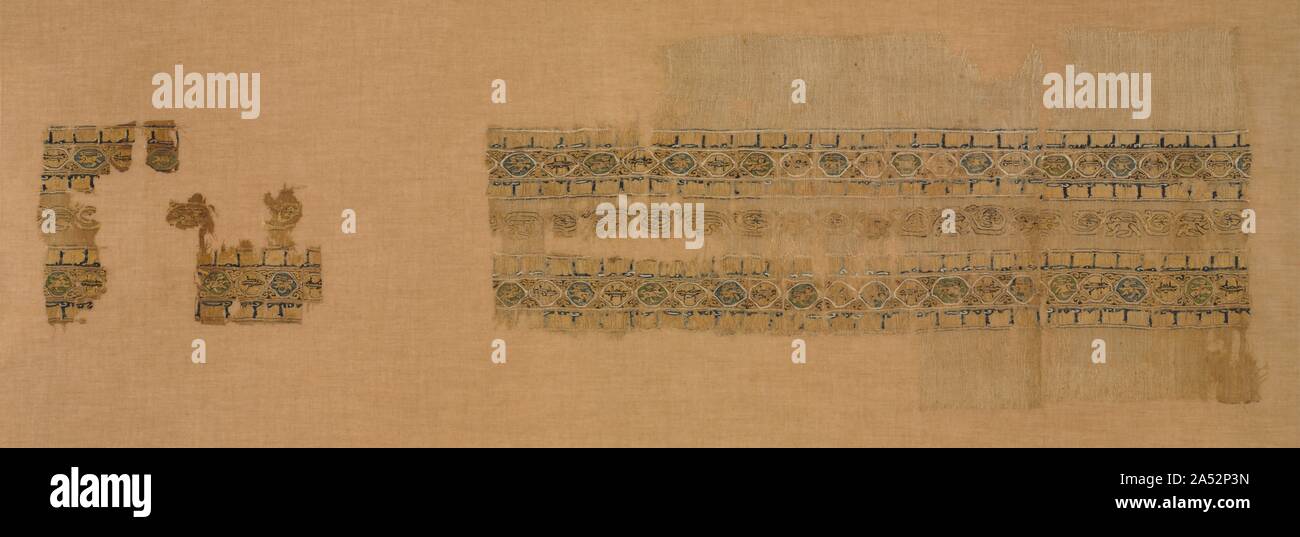 Tiraz with gold, 1094 - 1101. Stock Photohttps://www.alamy.com/image-license-details/?v=1https://www.alamy.com/tiraz-with-gold-1094-1101-image330131529.html
Tiraz with gold, 1094 - 1101. Stock Photohttps://www.alamy.com/image-license-details/?v=1https://www.alamy.com/tiraz-with-gold-1094-1101-image330131529.htmlRM2A52P3N–Tiraz with gold, 1094 - 1101.
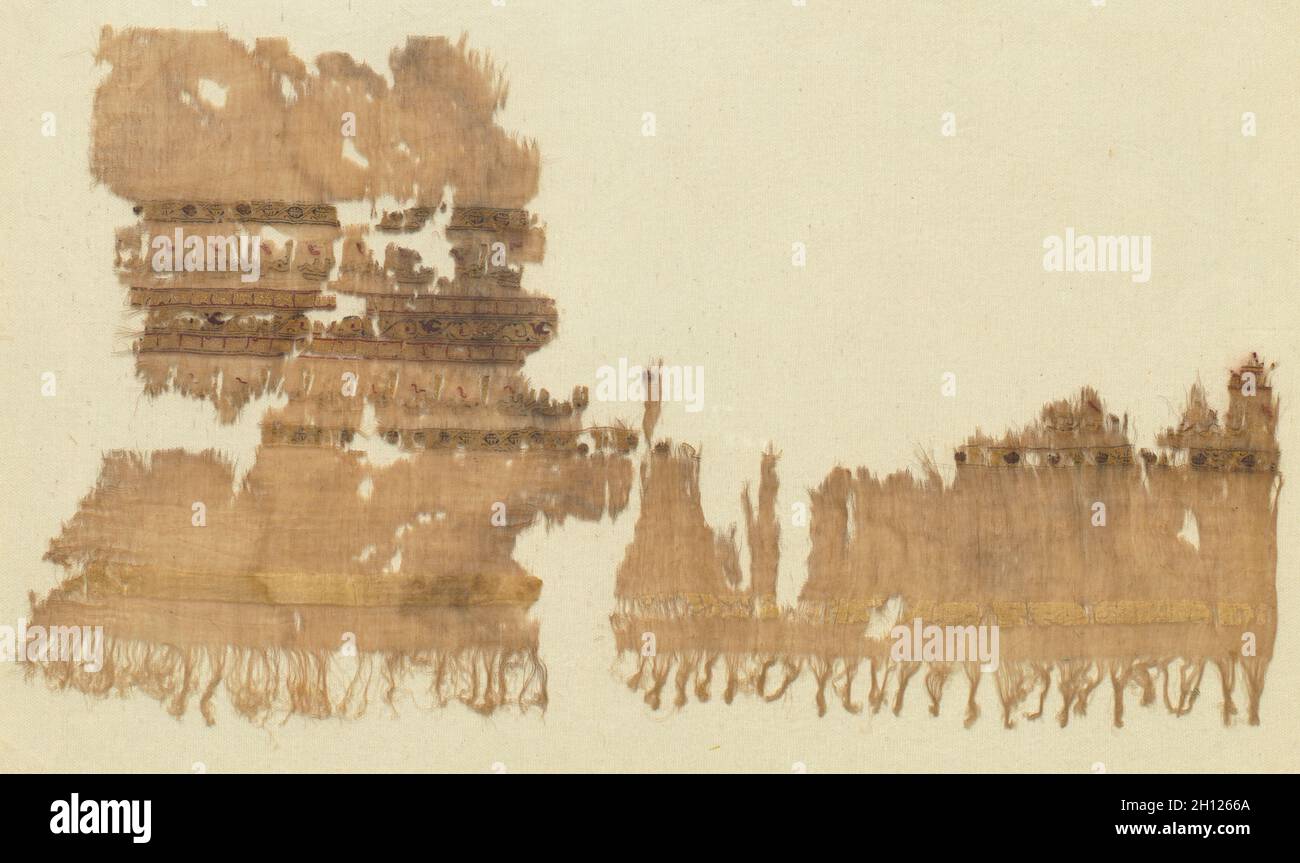 Tiraz with gold, 1094 - 1101. Egypt, Fatimid period, reign of Caliph al-Musta‘lī, 1094–1101. Plain weave with inwoven tapestry weave: linen, silk, and gold filé; mounted: 52.1 x 74.9 cm (20 1/2 x 29 1/2 in.); overall (both pieces): 38.7 x 70.5 cm (15 1/4 x 27 3/4 in.). Stock Photohttps://www.alamy.com/image-license-details/?v=1https://www.alamy.com/tiraz-with-gold-1094-1101-egypt-fatimid-period-reign-of-caliph-al-mustal-10941101-plain-weave-with-inwoven-tapestry-weave-linen-silk-and-gold-fil-mounted-521-x-749-cm-20-12-x-29-12-in-overall-both-pieces-387-x-705-cm-15-14-x-27-34-in-image448133010.html
Tiraz with gold, 1094 - 1101. Egypt, Fatimid period, reign of Caliph al-Musta‘lī, 1094–1101. Plain weave with inwoven tapestry weave: linen, silk, and gold filé; mounted: 52.1 x 74.9 cm (20 1/2 x 29 1/2 in.); overall (both pieces): 38.7 x 70.5 cm (15 1/4 x 27 3/4 in.). Stock Photohttps://www.alamy.com/image-license-details/?v=1https://www.alamy.com/tiraz-with-gold-1094-1101-egypt-fatimid-period-reign-of-caliph-al-mustal-10941101-plain-weave-with-inwoven-tapestry-weave-linen-silk-and-gold-fil-mounted-521-x-749-cm-20-12-x-29-12-in-overall-both-pieces-387-x-705-cm-15-14-x-27-34-in-image448133010.htmlRM2H1266A–Tiraz with gold, 1094 - 1101. Egypt, Fatimid period, reign of Caliph al-Musta‘lī, 1094–1101. Plain weave with inwoven tapestry weave: linen, silk, and gold filé; mounted: 52.1 x 74.9 cm (20 1/2 x 29 1/2 in.); overall (both pieces): 38.7 x 70.5 cm (15 1/4 x 27 3/4 in.).
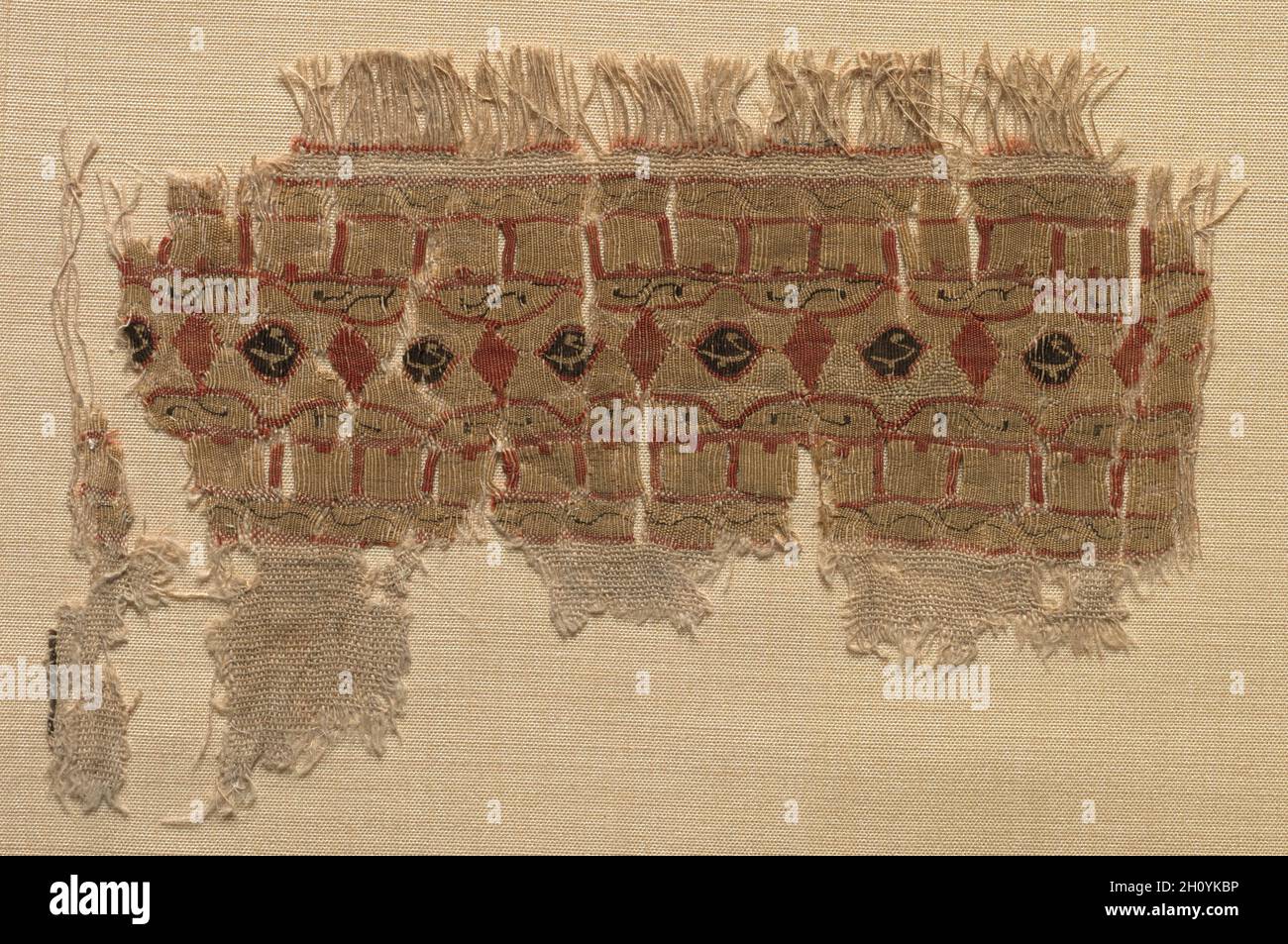 Fragment of a Tiraz-Style Textile, 1101 - 1149. Egypt, Fatimid period, Caliphate of al-Amir or al-Hafiz, AH 495-544, 12th Century. Tabby ground with inwoven tapestry ornament; linen and silk; overall: 8.3 x 12.7 cm (3 1/4 x 5 in.). Stock Photohttps://www.alamy.com/image-license-details/?v=1https://www.alamy.com/fragment-of-a-tiraz-style-textile-1101-1149-egypt-fatimid-period-caliphate-of-al-amir-or-al-hafiz-ah-495-544-12th-century-tabby-ground-with-inwoven-tapestry-ornament-linen-and-silk-overall-83-x-127-cm-3-14-x-5-in-image448077498.html
Fragment of a Tiraz-Style Textile, 1101 - 1149. Egypt, Fatimid period, Caliphate of al-Amir or al-Hafiz, AH 495-544, 12th Century. Tabby ground with inwoven tapestry ornament; linen and silk; overall: 8.3 x 12.7 cm (3 1/4 x 5 in.). Stock Photohttps://www.alamy.com/image-license-details/?v=1https://www.alamy.com/fragment-of-a-tiraz-style-textile-1101-1149-egypt-fatimid-period-caliphate-of-al-amir-or-al-hafiz-ah-495-544-12th-century-tabby-ground-with-inwoven-tapestry-ornament-linen-and-silk-overall-83-x-127-cm-3-14-x-5-in-image448077498.htmlRM2H0YKBP–Fragment of a Tiraz-Style Textile, 1101 - 1149. Egypt, Fatimid period, Caliphate of al-Amir or al-Hafiz, AH 495-544, 12th Century. Tabby ground with inwoven tapestry ornament; linen and silk; overall: 8.3 x 12.7 cm (3 1/4 x 5 in.).
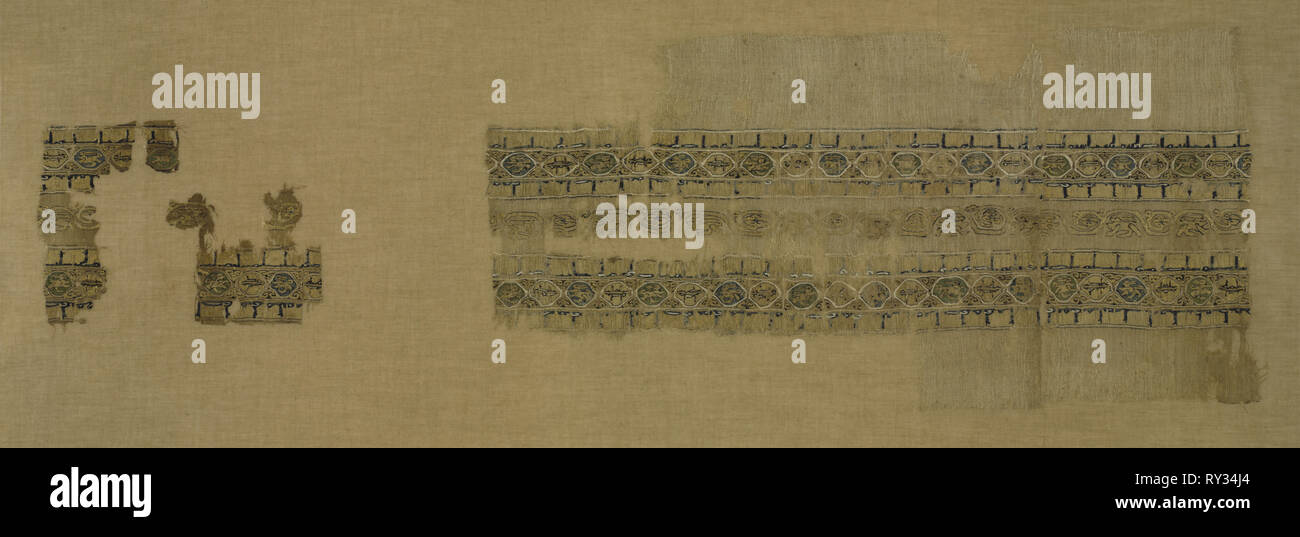 Tiraz with gold, 1094 - 1101. Egypt, Fatimid period, reign of Caliph al-Musta‘lī, 1094–1101. Plain weave with inwoven tapestry weave: linen, silk, and gold filé; overall: 21.6 x 55.6 cm (8 1/2 x 21 7/8 in Stock Photohttps://www.alamy.com/image-license-details/?v=1https://www.alamy.com/tiraz-with-gold-1094-1101-egypt-fatimid-period-reign-of-caliph-al-mustal-10941101-plain-weave-with-inwoven-tapestry-weave-linen-silk-and-gold-fil-overall-216-x-556-cm-8-12-x-21-78-in-image240399996.html
Tiraz with gold, 1094 - 1101. Egypt, Fatimid period, reign of Caliph al-Musta‘lī, 1094–1101. Plain weave with inwoven tapestry weave: linen, silk, and gold filé; overall: 21.6 x 55.6 cm (8 1/2 x 21 7/8 in Stock Photohttps://www.alamy.com/image-license-details/?v=1https://www.alamy.com/tiraz-with-gold-1094-1101-egypt-fatimid-period-reign-of-caliph-al-mustal-10941101-plain-weave-with-inwoven-tapestry-weave-linen-silk-and-gold-fil-overall-216-x-556-cm-8-12-x-21-78-in-image240399996.htmlRMRY34J4–Tiraz with gold, 1094 - 1101. Egypt, Fatimid period, reign of Caliph al-Musta‘lī, 1094–1101. Plain weave with inwoven tapestry weave: linen, silk, and gold filé; overall: 21.6 x 55.6 cm (8 1/2 x 21 7/8 in
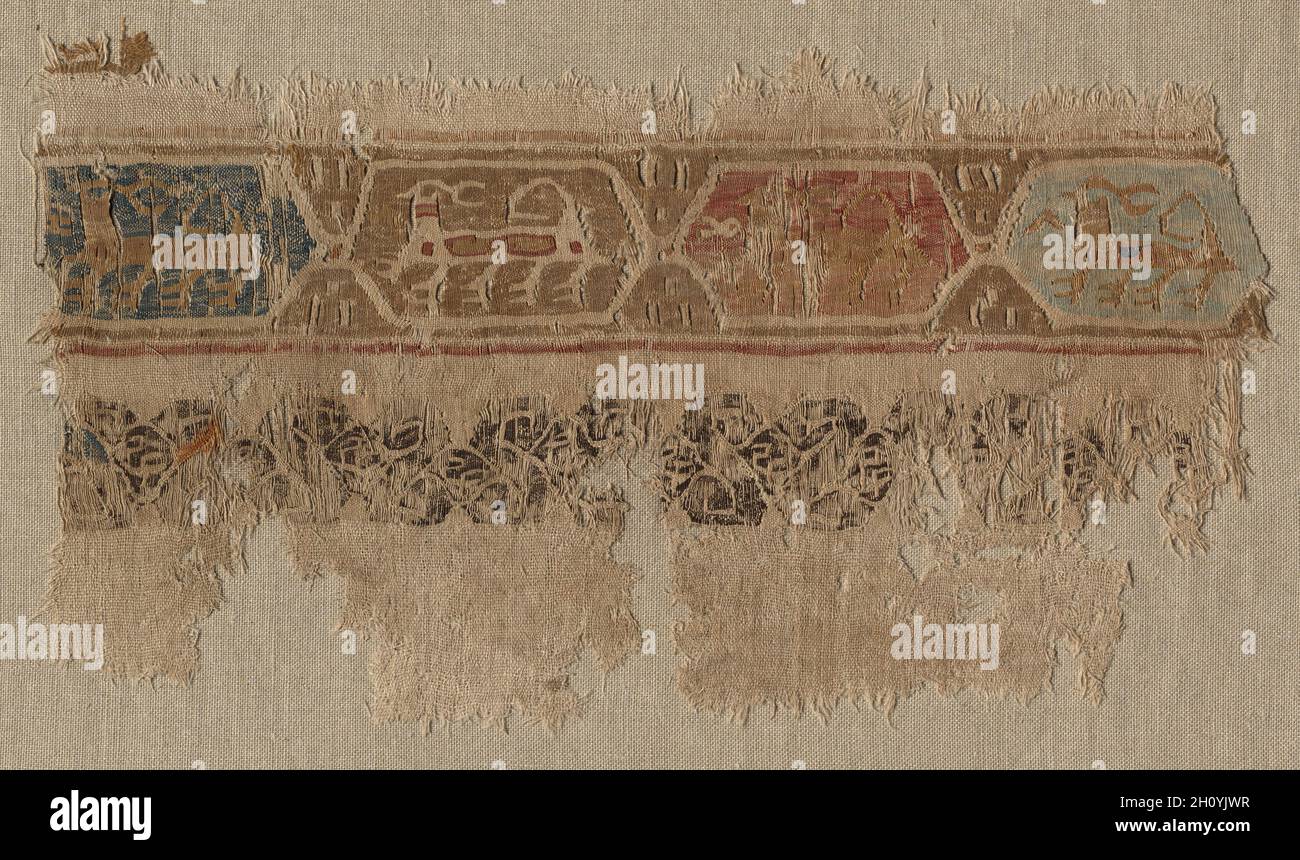 Fragment of a Tiraz-Style Textile, 1081 - 1094. Egypt, Fatimid period, latter part of Caliphate of al-Mustansir, AH 475-487 (A.D. 1081-1094). Tabby ground with inwoven tapestry ornament; linen and silk; overall: 20.4 x 36.9 cm (8 1/16 x 14 1/2 in.). Stock Photohttps://www.alamy.com/image-license-details/?v=1https://www.alamy.com/fragment-of-a-tiraz-style-textile-1081-1094-egypt-fatimid-period-latter-part-of-caliphate-of-al-mustansir-ah-475-487-ad-1081-1094-tabby-ground-with-inwoven-tapestry-ornament-linen-and-silk-overall-204-x-369-cm-8-116-x-14-12-in-image448077107.html
Fragment of a Tiraz-Style Textile, 1081 - 1094. Egypt, Fatimid period, latter part of Caliphate of al-Mustansir, AH 475-487 (A.D. 1081-1094). Tabby ground with inwoven tapestry ornament; linen and silk; overall: 20.4 x 36.9 cm (8 1/16 x 14 1/2 in.). Stock Photohttps://www.alamy.com/image-license-details/?v=1https://www.alamy.com/fragment-of-a-tiraz-style-textile-1081-1094-egypt-fatimid-period-latter-part-of-caliphate-of-al-mustansir-ah-475-487-ad-1081-1094-tabby-ground-with-inwoven-tapestry-ornament-linen-and-silk-overall-204-x-369-cm-8-116-x-14-12-in-image448077107.htmlRM2H0YJWR–Fragment of a Tiraz-Style Textile, 1081 - 1094. Egypt, Fatimid period, latter part of Caliphate of al-Mustansir, AH 475-487 (A.D. 1081-1094). Tabby ground with inwoven tapestry ornament; linen and silk; overall: 20.4 x 36.9 cm (8 1/16 x 14 1/2 in.).
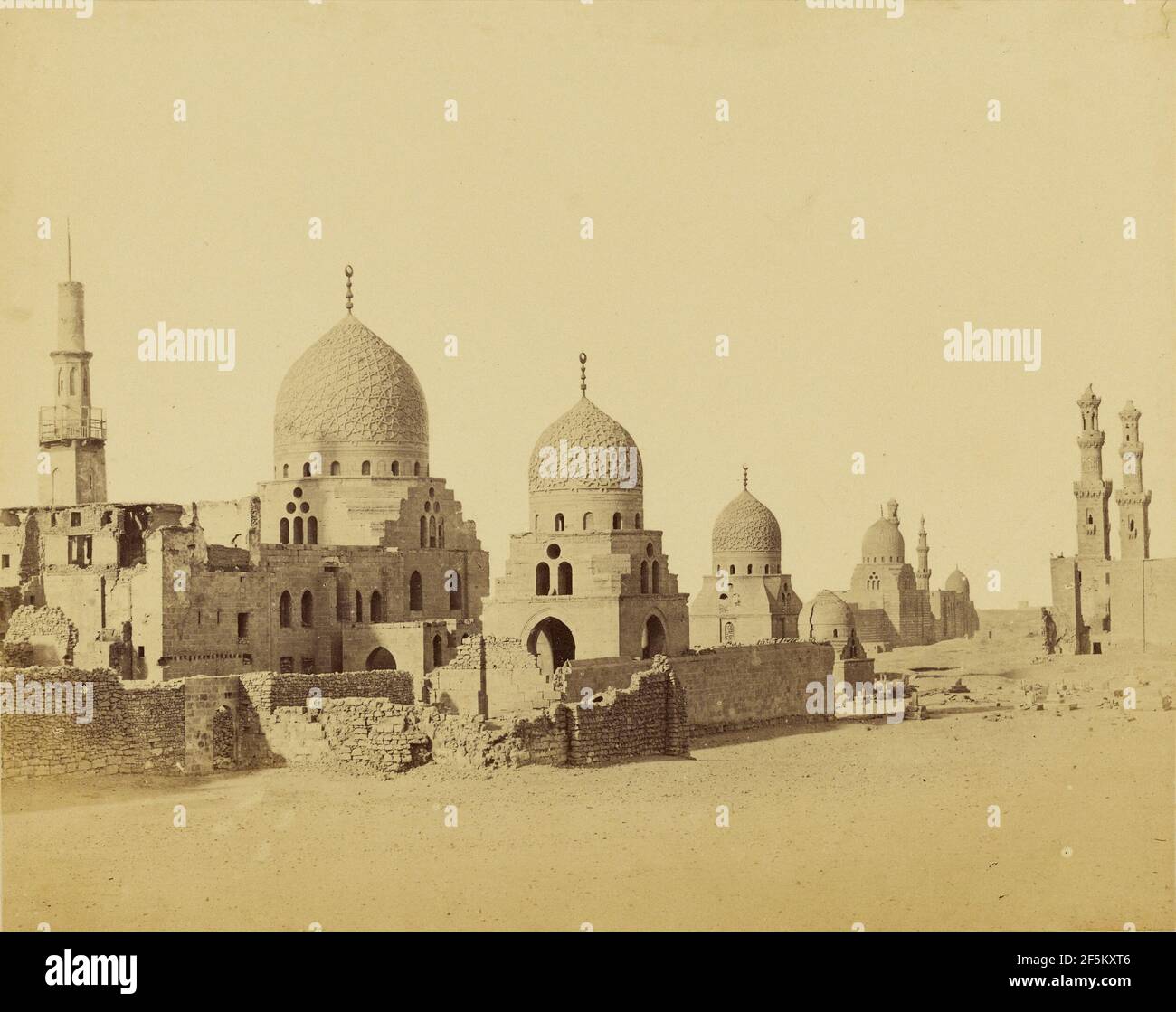 Tombeaux des Califes.. Attributed to Baron Paul des Granges (French ?, active Greece 1860s) Stock Photohttps://www.alamy.com/image-license-details/?v=1https://www.alamy.com/tombeaux-des-califes-attributed-to-baron-paul-des-granges-french-active-greece-1860s-image416560262.html
Tombeaux des Califes.. Attributed to Baron Paul des Granges (French ?, active Greece 1860s) Stock Photohttps://www.alamy.com/image-license-details/?v=1https://www.alamy.com/tombeaux-des-califes-attributed-to-baron-paul-des-granges-french-active-greece-1860s-image416560262.htmlRM2F5KXT6–Tombeaux des Califes.. Attributed to Baron Paul des Granges (French ?, active Greece 1860s)
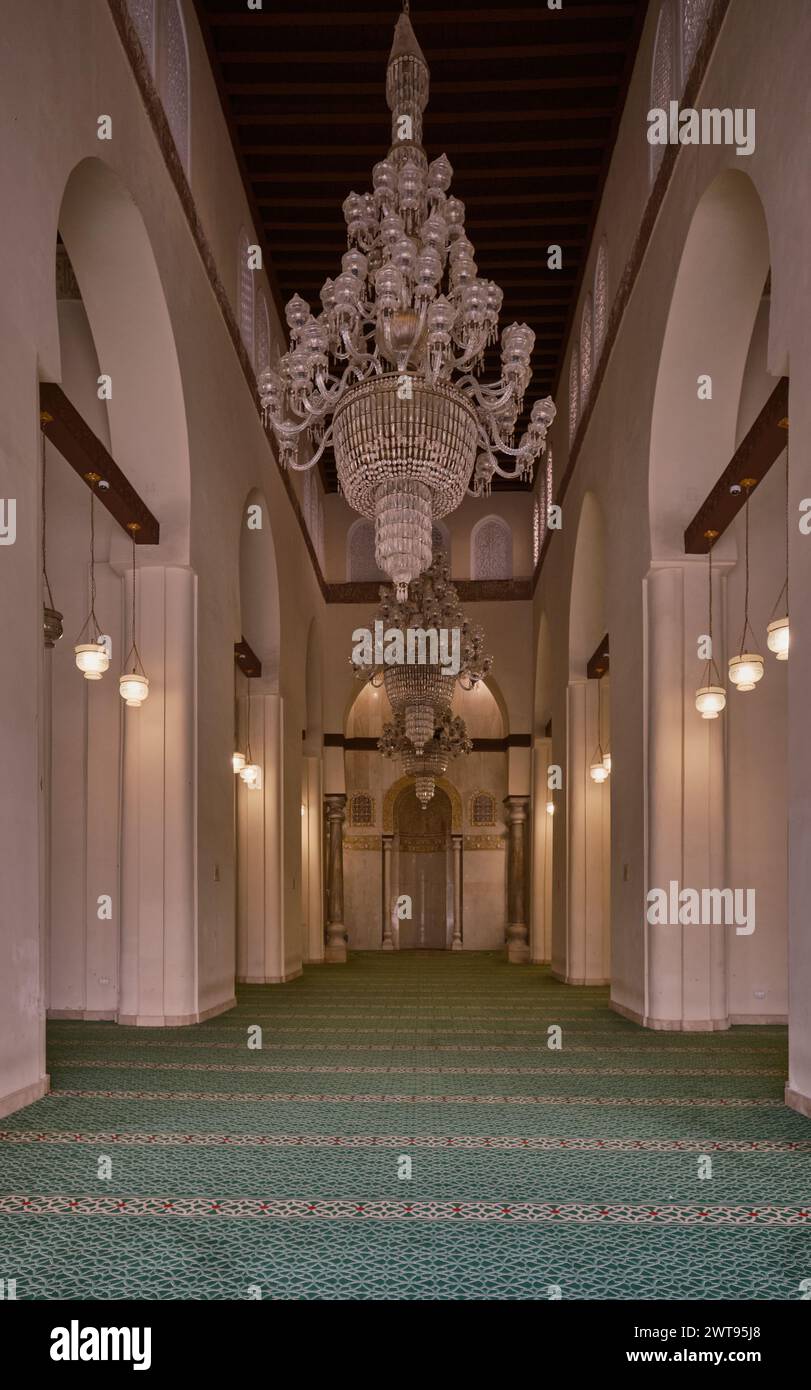 The al-Hakim Mosque, al-Anwar, is a historic mosque in Cairo, Egypt named after Al-Hakim bi-Amr Allah, the sixth Fatimid caliph and 16th Ismaili Imam. Stock Photohttps://www.alamy.com/image-license-details/?v=1https://www.alamy.com/the-al-hakim-mosque-al-anwar-is-a-historic-mosque-in-cairo-egypt-named-after-al-hakim-bi-amr-allah-the-sixth-fatimid-caliph-and-16th-ismaili-imam-image600106256.html
The al-Hakim Mosque, al-Anwar, is a historic mosque in Cairo, Egypt named after Al-Hakim bi-Amr Allah, the sixth Fatimid caliph and 16th Ismaili Imam. Stock Photohttps://www.alamy.com/image-license-details/?v=1https://www.alamy.com/the-al-hakim-mosque-al-anwar-is-a-historic-mosque-in-cairo-egypt-named-after-al-hakim-bi-amr-allah-the-sixth-fatimid-caliph-and-16th-ismaili-imam-image600106256.htmlRF2WT95J8–The al-Hakim Mosque, al-Anwar, is a historic mosque in Cairo, Egypt named after Al-Hakim bi-Amr Allah, the sixth Fatimid caliph and 16th Ismaili Imam.
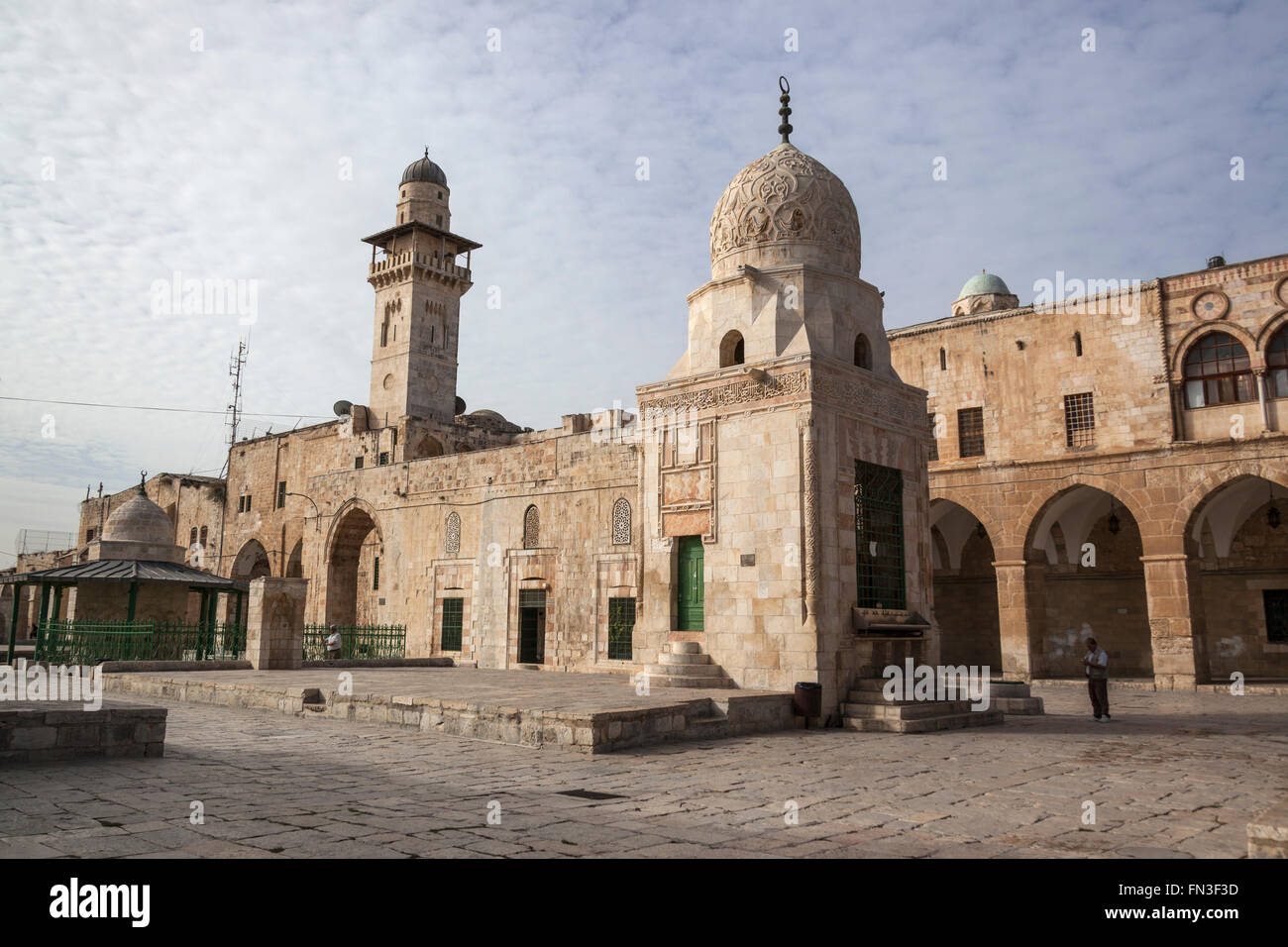 Al-Aqsa Mosque or Bayt al-Muqaddas, Old City Jerusalem Stock Photohttps://www.alamy.com/image-license-details/?v=1https://www.alamy.com/stock-photo-al-aqsa-mosque-or-bayt-al-muqaddas-old-city-jerusalem-99037329.html
Al-Aqsa Mosque or Bayt al-Muqaddas, Old City Jerusalem Stock Photohttps://www.alamy.com/image-license-details/?v=1https://www.alamy.com/stock-photo-al-aqsa-mosque-or-bayt-al-muqaddas-old-city-jerusalem-99037329.htmlRMFN3F3D–Al-Aqsa Mosque or Bayt al-Muqaddas, Old City Jerusalem
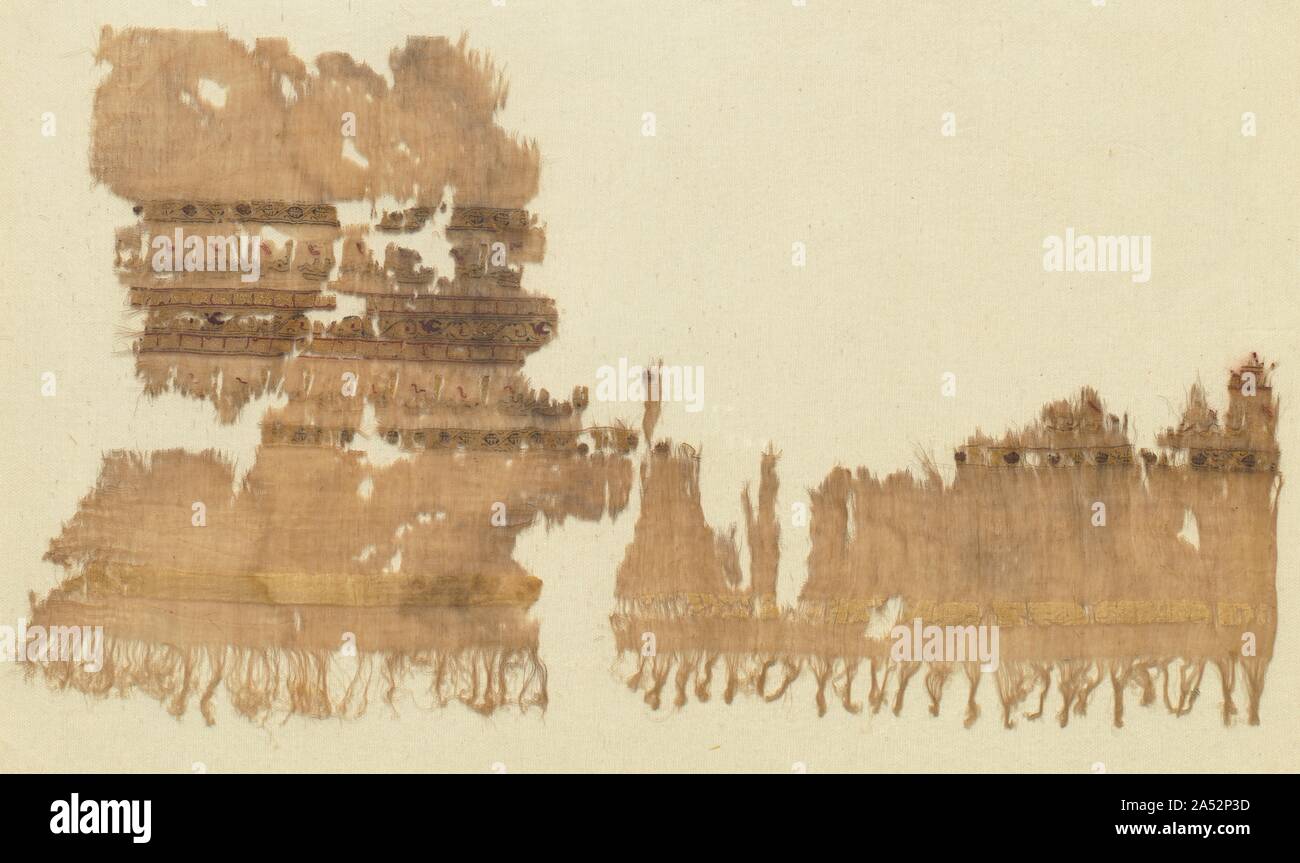 Tiraz with gold, 1094 - 1101. Stock Photohttps://www.alamy.com/image-license-details/?v=1https://www.alamy.com/tiraz-with-gold-1094-1101-image330131521.html
Tiraz with gold, 1094 - 1101. Stock Photohttps://www.alamy.com/image-license-details/?v=1https://www.alamy.com/tiraz-with-gold-1094-1101-image330131521.htmlRM2A52P3D–Tiraz with gold, 1094 - 1101.
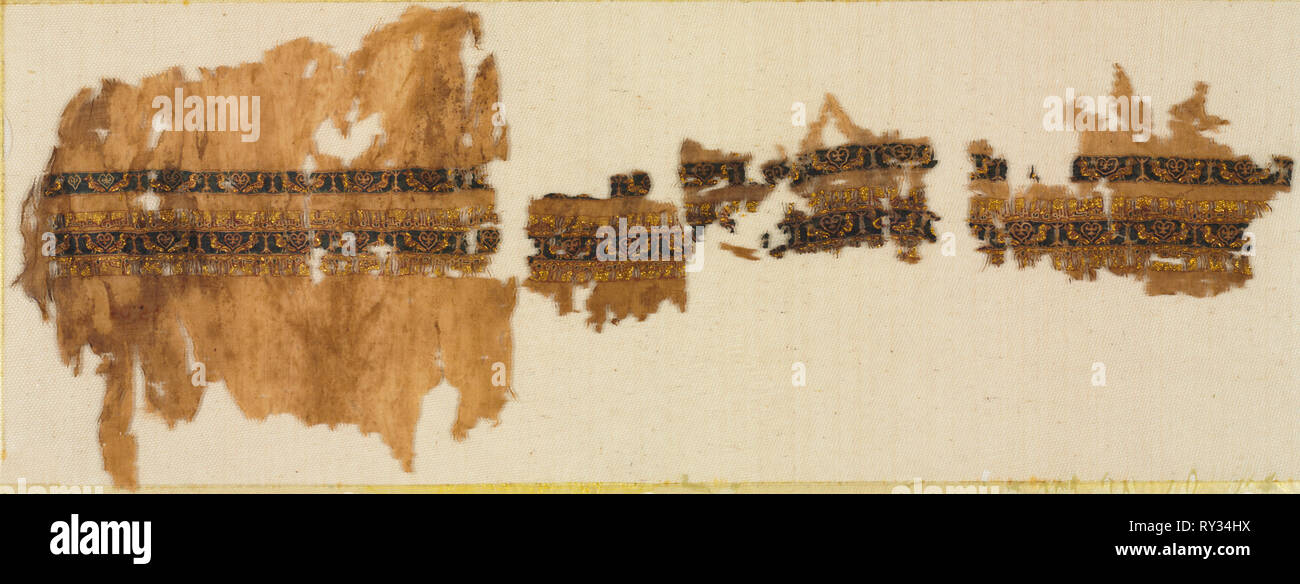 Tiraz with gold, probably from a wide sleeve, 1013-1020. Egypt, Fatimid period, reign of Caliph al-Hakim, 1013–20. Plain weave with inwoven tapestry weave: linen, silk, and gold filé; overall: 23.5 x 62.3 cm (9 1/4 x 24 1/2 in Stock Photohttps://www.alamy.com/image-license-details/?v=1https://www.alamy.com/tiraz-with-gold-probably-from-a-wide-sleeve-1013-1020-egypt-fatimid-period-reign-of-caliph-al-hakim-101320-plain-weave-with-inwoven-tapestry-weave-linen-silk-and-gold-fil-overall-235-x-623-cm-9-14-x-24-12-in-image240399990.html
Tiraz with gold, probably from a wide sleeve, 1013-1020. Egypt, Fatimid period, reign of Caliph al-Hakim, 1013–20. Plain weave with inwoven tapestry weave: linen, silk, and gold filé; overall: 23.5 x 62.3 cm (9 1/4 x 24 1/2 in Stock Photohttps://www.alamy.com/image-license-details/?v=1https://www.alamy.com/tiraz-with-gold-probably-from-a-wide-sleeve-1013-1020-egypt-fatimid-period-reign-of-caliph-al-hakim-101320-plain-weave-with-inwoven-tapestry-weave-linen-silk-and-gold-fil-overall-235-x-623-cm-9-14-x-24-12-in-image240399990.htmlRMRY34HX–Tiraz with gold, probably from a wide sleeve, 1013-1020. Egypt, Fatimid period, reign of Caliph al-Hakim, 1013–20. Plain weave with inwoven tapestry weave: linen, silk, and gold filé; overall: 23.5 x 62.3 cm (9 1/4 x 24 1/2 in
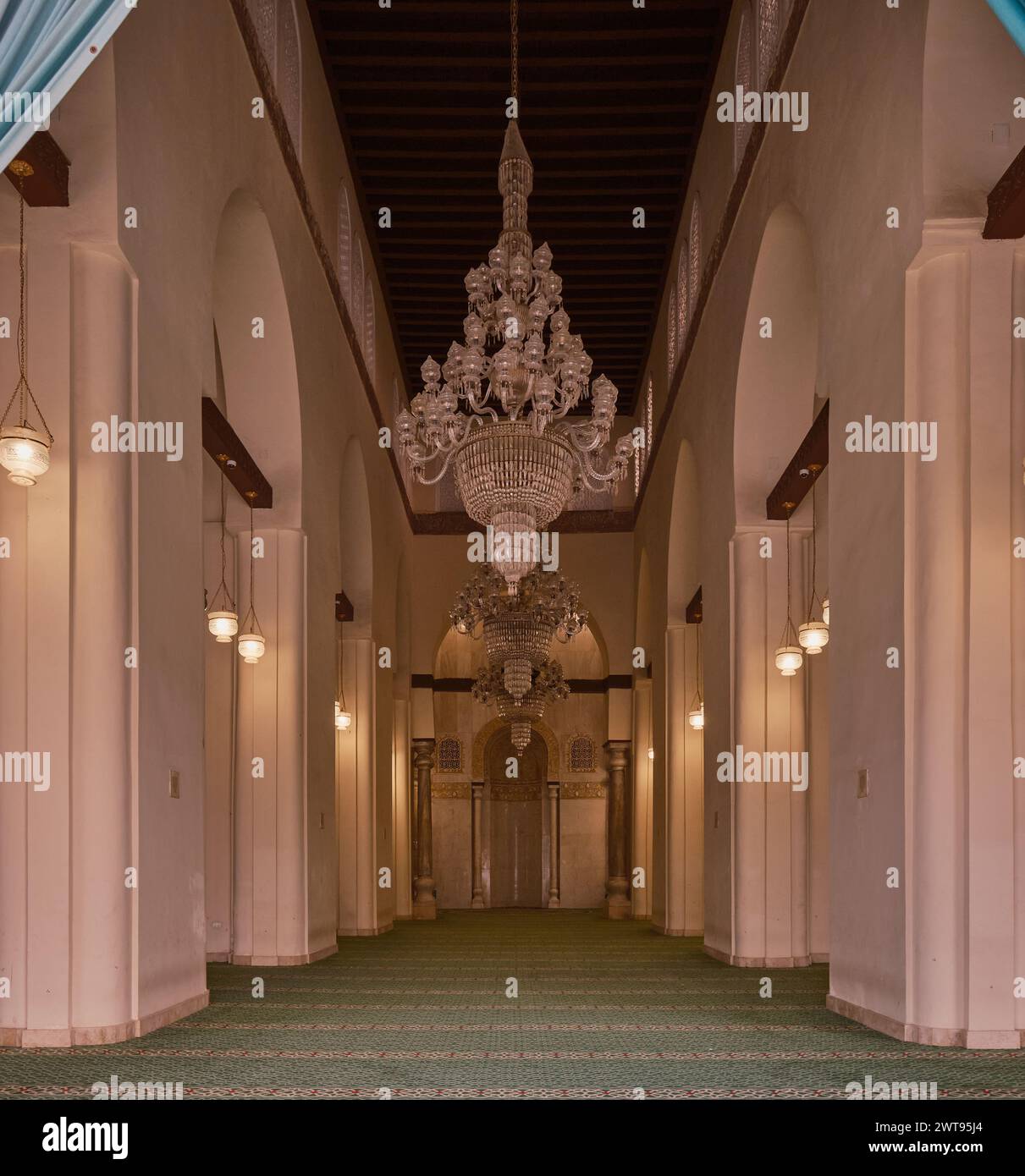 The al-Hakim Mosque, al-Anwar, is a historic mosque in Cairo, Egypt named after Al-Hakim bi-Amr Allah, the sixth Fatimid caliph and 16th Ismaili Imam. Stock Photohttps://www.alamy.com/image-license-details/?v=1https://www.alamy.com/the-al-hakim-mosque-al-anwar-is-a-historic-mosque-in-cairo-egypt-named-after-al-hakim-bi-amr-allah-the-sixth-fatimid-caliph-and-16th-ismaili-imam-image600106252.html
The al-Hakim Mosque, al-Anwar, is a historic mosque in Cairo, Egypt named after Al-Hakim bi-Amr Allah, the sixth Fatimid caliph and 16th Ismaili Imam. Stock Photohttps://www.alamy.com/image-license-details/?v=1https://www.alamy.com/the-al-hakim-mosque-al-anwar-is-a-historic-mosque-in-cairo-egypt-named-after-al-hakim-bi-amr-allah-the-sixth-fatimid-caliph-and-16th-ismaili-imam-image600106252.htmlRF2WT95J4–The al-Hakim Mosque, al-Anwar, is a historic mosque in Cairo, Egypt named after Al-Hakim bi-Amr Allah, the sixth Fatimid caliph and 16th Ismaili Imam.
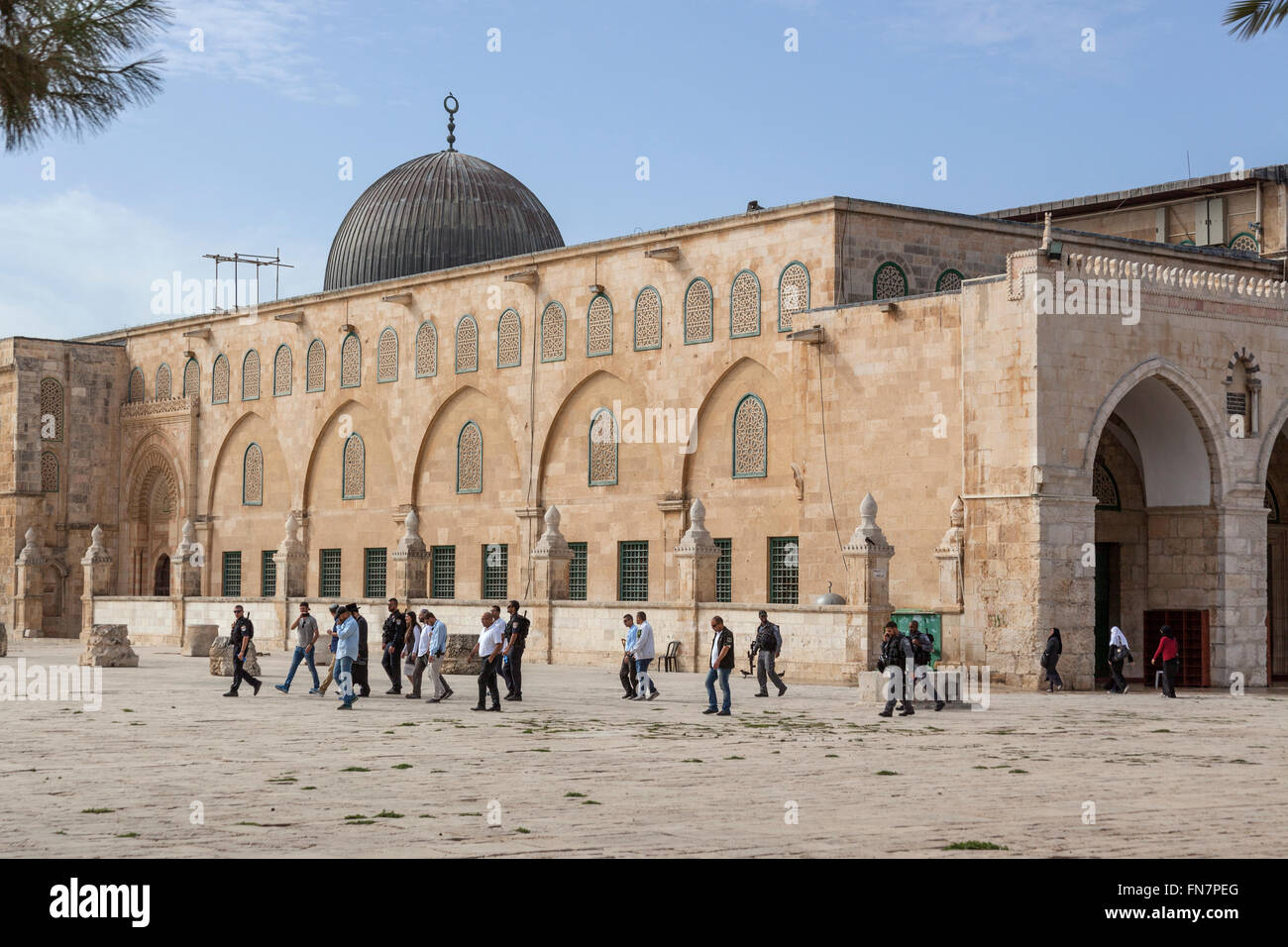 Al-Aqsa Mosque or Bayt al-Muqaddas, Old City Jerusalem Stock Photohttps://www.alamy.com/image-license-details/?v=1https://www.alamy.com/stock-photo-al-aqsa-mosque-or-bayt-al-muqaddas-old-city-jerusalem-99130936.html
Al-Aqsa Mosque or Bayt al-Muqaddas, Old City Jerusalem Stock Photohttps://www.alamy.com/image-license-details/?v=1https://www.alamy.com/stock-photo-al-aqsa-mosque-or-bayt-al-muqaddas-old-city-jerusalem-99130936.htmlRMFN7PEG–Al-Aqsa Mosque or Bayt al-Muqaddas, Old City Jerusalem
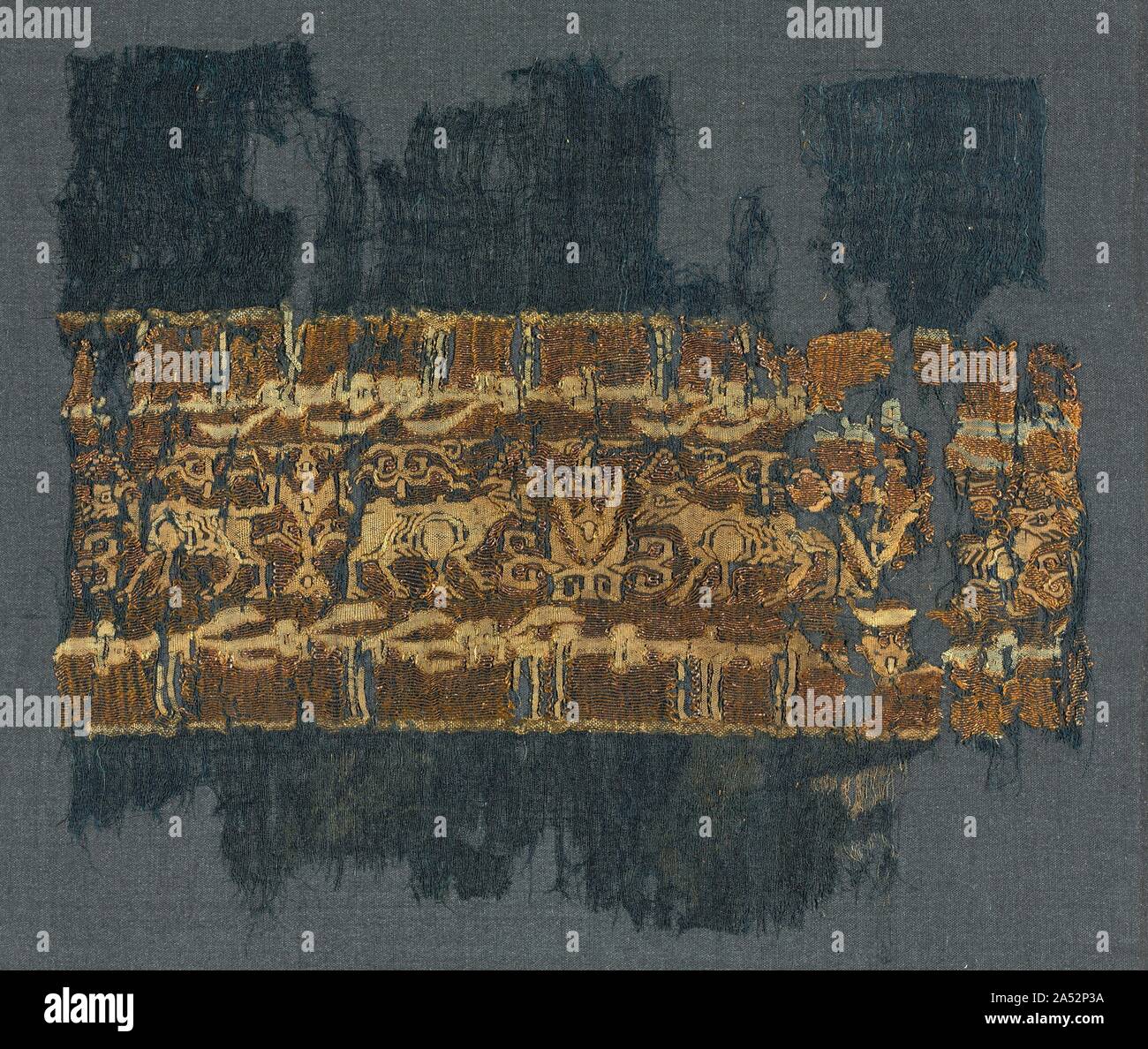 Tiraz with gold, 1020 - 1035. Stock Photohttps://www.alamy.com/image-license-details/?v=1https://www.alamy.com/tiraz-with-gold-1020-1035-image330131518.html
Tiraz with gold, 1020 - 1035. Stock Photohttps://www.alamy.com/image-license-details/?v=1https://www.alamy.com/tiraz-with-gold-1020-1035-image330131518.htmlRM2A52P3A–Tiraz with gold, 1020 - 1035.
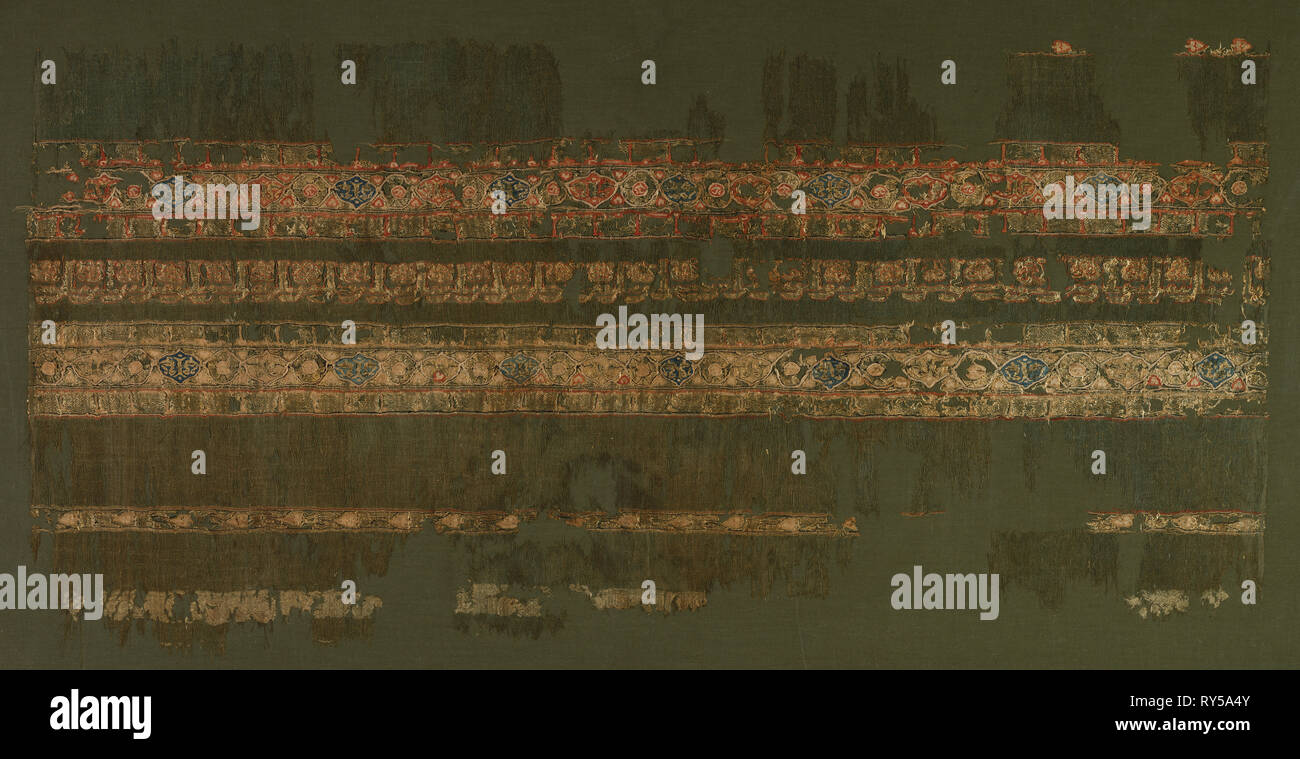 Tiraz with gold, 1094 - 1101. Egypt, Fatimid period, reign of Caliph al-Musta‘lī, 1094–1101. Plain weave with inwoven tapestry weave: linen, silk, and gold filé; mounted: 50.8 x 89.5 cm (20 x 35 1/4 in.); overall: 38.1 x 78.8 cm (15 x 31 in Stock Photohttps://www.alamy.com/image-license-details/?v=1https://www.alamy.com/tiraz-with-gold-1094-1101-egypt-fatimid-period-reign-of-caliph-al-mustal-10941101-plain-weave-with-inwoven-tapestry-weave-linen-silk-and-gold-fil-mounted-508-x-895-cm-20-x-35-14-in-overall-381-x-788-cm-15-x-31-in-image240448235.html
Tiraz with gold, 1094 - 1101. Egypt, Fatimid period, reign of Caliph al-Musta‘lī, 1094–1101. Plain weave with inwoven tapestry weave: linen, silk, and gold filé; mounted: 50.8 x 89.5 cm (20 x 35 1/4 in.); overall: 38.1 x 78.8 cm (15 x 31 in Stock Photohttps://www.alamy.com/image-license-details/?v=1https://www.alamy.com/tiraz-with-gold-1094-1101-egypt-fatimid-period-reign-of-caliph-al-mustal-10941101-plain-weave-with-inwoven-tapestry-weave-linen-silk-and-gold-fil-mounted-508-x-895-cm-20-x-35-14-in-overall-381-x-788-cm-15-x-31-in-image240448235.htmlRMRY5A4Y–Tiraz with gold, 1094 - 1101. Egypt, Fatimid period, reign of Caliph al-Musta‘lī, 1094–1101. Plain weave with inwoven tapestry weave: linen, silk, and gold filé; mounted: 50.8 x 89.5 cm (20 x 35 1/4 in.); overall: 38.1 x 78.8 cm (15 x 31 in
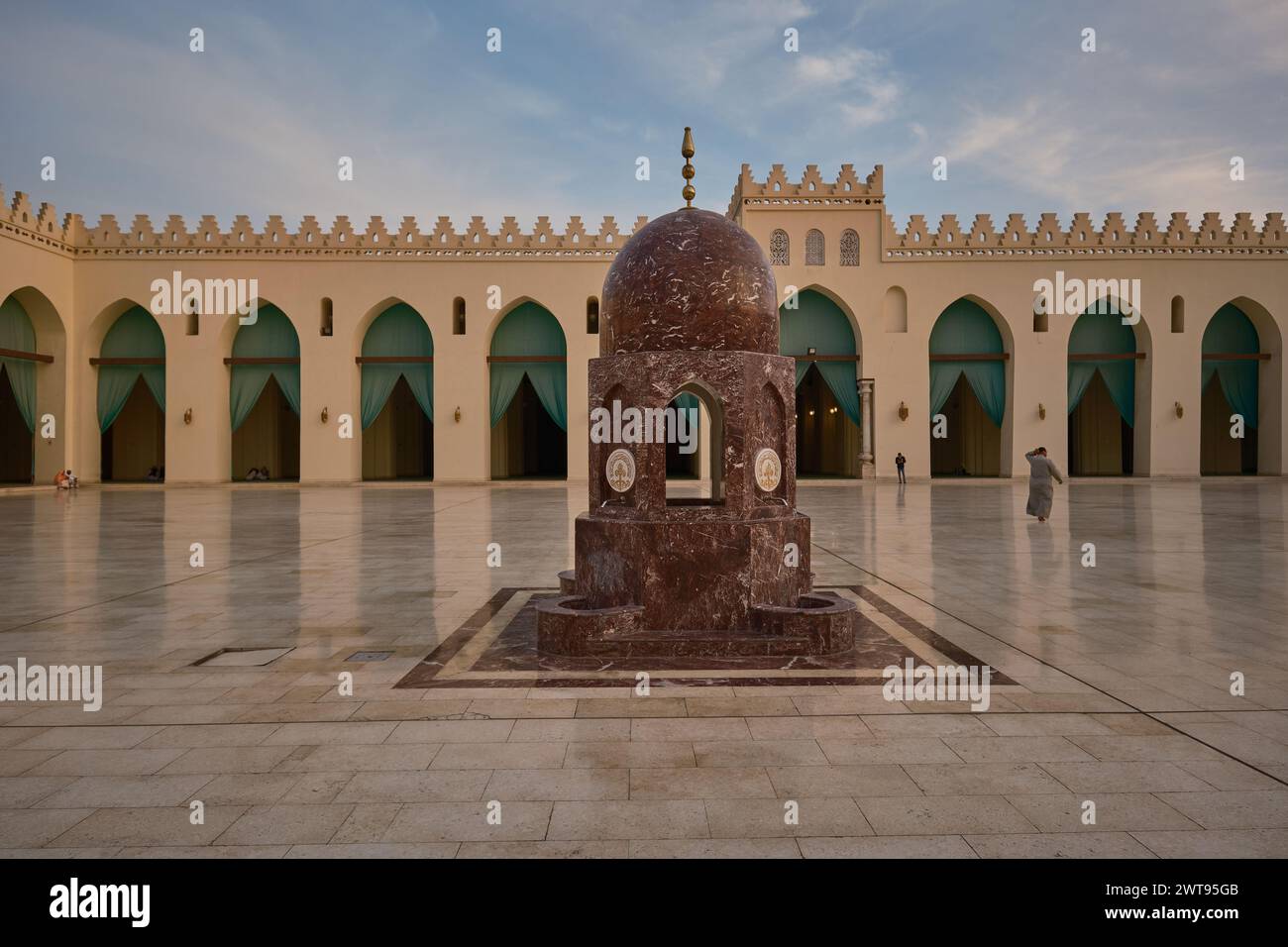 The al-Hakim Mosque, al-Anwar, is a historic mosque in Cairo, Egypt named after Al-Hakim bi-Amr Allah, the sixth Fatimid caliph and 16th Ismaili Imam. Stock Photohttps://www.alamy.com/image-license-details/?v=1https://www.alamy.com/the-al-hakim-mosque-al-anwar-is-a-historic-mosque-in-cairo-egypt-named-after-al-hakim-bi-amr-allah-the-sixth-fatimid-caliph-and-16th-ismaili-imam-image600106203.html
The al-Hakim Mosque, al-Anwar, is a historic mosque in Cairo, Egypt named after Al-Hakim bi-Amr Allah, the sixth Fatimid caliph and 16th Ismaili Imam. Stock Photohttps://www.alamy.com/image-license-details/?v=1https://www.alamy.com/the-al-hakim-mosque-al-anwar-is-a-historic-mosque-in-cairo-egypt-named-after-al-hakim-bi-amr-allah-the-sixth-fatimid-caliph-and-16th-ismaili-imam-image600106203.htmlRF2WT95GB–The al-Hakim Mosque, al-Anwar, is a historic mosque in Cairo, Egypt named after Al-Hakim bi-Amr Allah, the sixth Fatimid caliph and 16th Ismaili Imam.
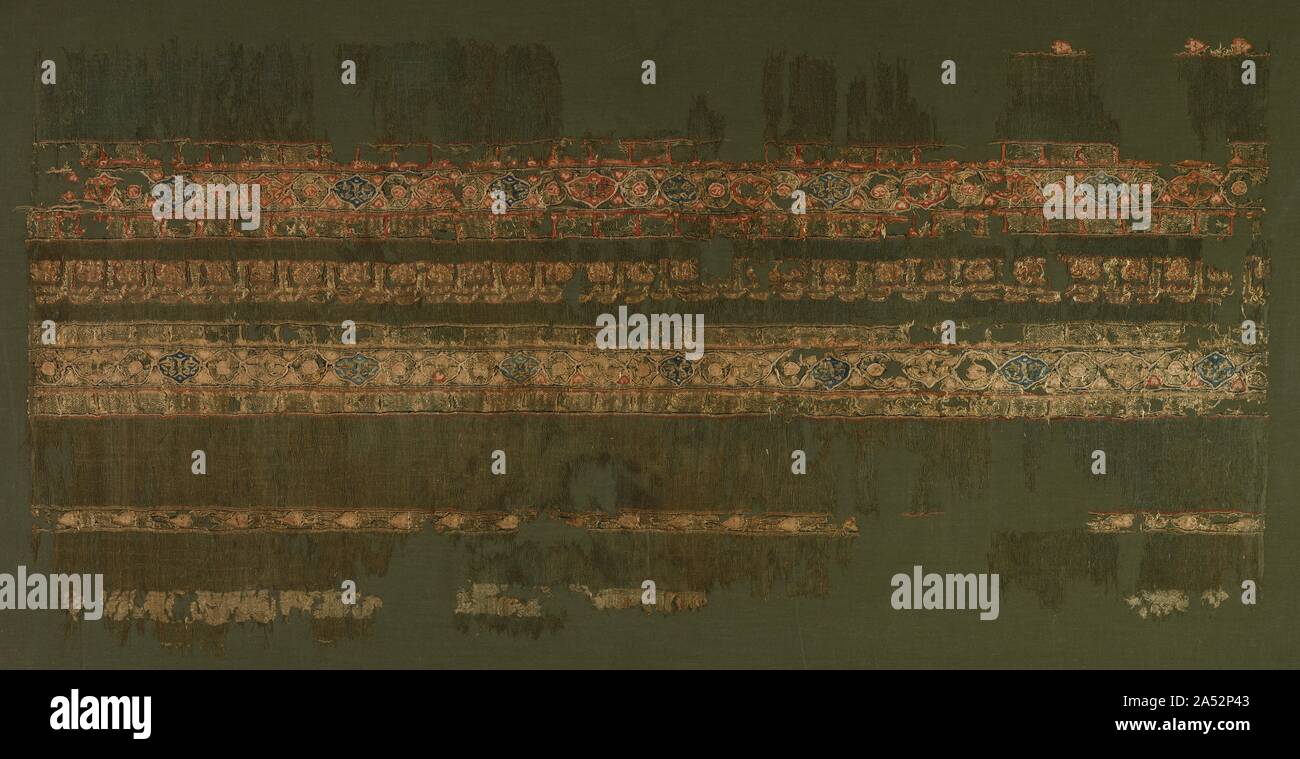 Tiraz with gold, 1094 - 1101. Stock Photohttps://www.alamy.com/image-license-details/?v=1https://www.alamy.com/tiraz-with-gold-1094-1101-image330131539.html
Tiraz with gold, 1094 - 1101. Stock Photohttps://www.alamy.com/image-license-details/?v=1https://www.alamy.com/tiraz-with-gold-1094-1101-image330131539.htmlRM2A52P43–Tiraz with gold, 1094 - 1101.
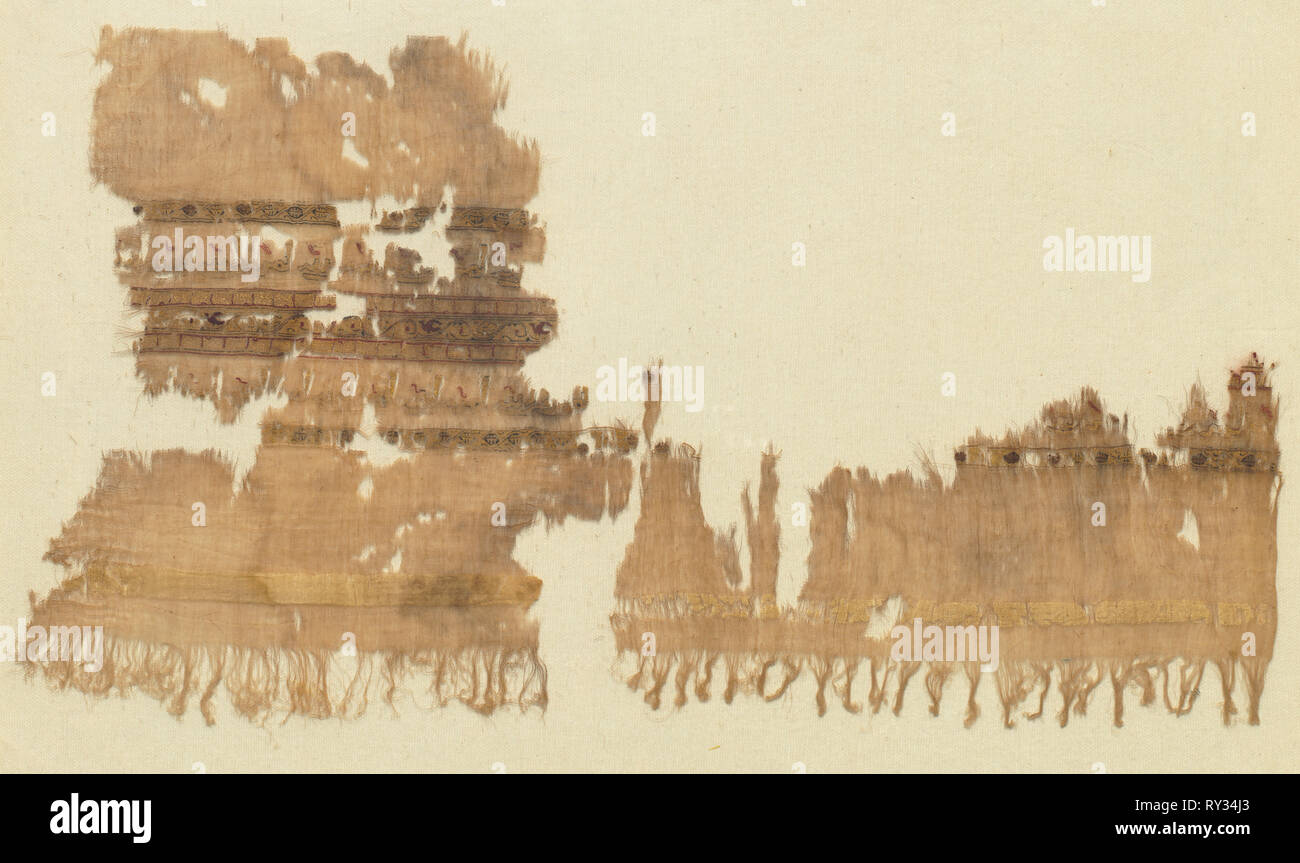 Tiraz with gold, 1094 - 1101. Egypt, Fatimid period, reign of Caliph al-Musta‘lī, 1094–1101. Plain weave with inwoven tapestry weave: linen, silk, and gold filé; mounted: 52.1 x 74.9 cm (20 1/2 x 29 1/2 in.); overall (both pieces): 38.7 x 70.5 cm (15 1/4 x 27 3/4 in Stock Photohttps://www.alamy.com/image-license-details/?v=1https://www.alamy.com/tiraz-with-gold-1094-1101-egypt-fatimid-period-reign-of-caliph-al-mustal-10941101-plain-weave-with-inwoven-tapestry-weave-linen-silk-and-gold-fil-mounted-521-x-749-cm-20-12-x-29-12-in-overall-both-pieces-387-x-705-cm-15-14-x-27-34-in-image240399995.html
Tiraz with gold, 1094 - 1101. Egypt, Fatimid period, reign of Caliph al-Musta‘lī, 1094–1101. Plain weave with inwoven tapestry weave: linen, silk, and gold filé; mounted: 52.1 x 74.9 cm (20 1/2 x 29 1/2 in.); overall (both pieces): 38.7 x 70.5 cm (15 1/4 x 27 3/4 in Stock Photohttps://www.alamy.com/image-license-details/?v=1https://www.alamy.com/tiraz-with-gold-1094-1101-egypt-fatimid-period-reign-of-caliph-al-mustal-10941101-plain-weave-with-inwoven-tapestry-weave-linen-silk-and-gold-fil-mounted-521-x-749-cm-20-12-x-29-12-in-overall-both-pieces-387-x-705-cm-15-14-x-27-34-in-image240399995.htmlRMRY34J3–Tiraz with gold, 1094 - 1101. Egypt, Fatimid period, reign of Caliph al-Musta‘lī, 1094–1101. Plain weave with inwoven tapestry weave: linen, silk, and gold filé; mounted: 52.1 x 74.9 cm (20 1/2 x 29 1/2 in.); overall (both pieces): 38.7 x 70.5 cm (15 1/4 x 27 3/4 in